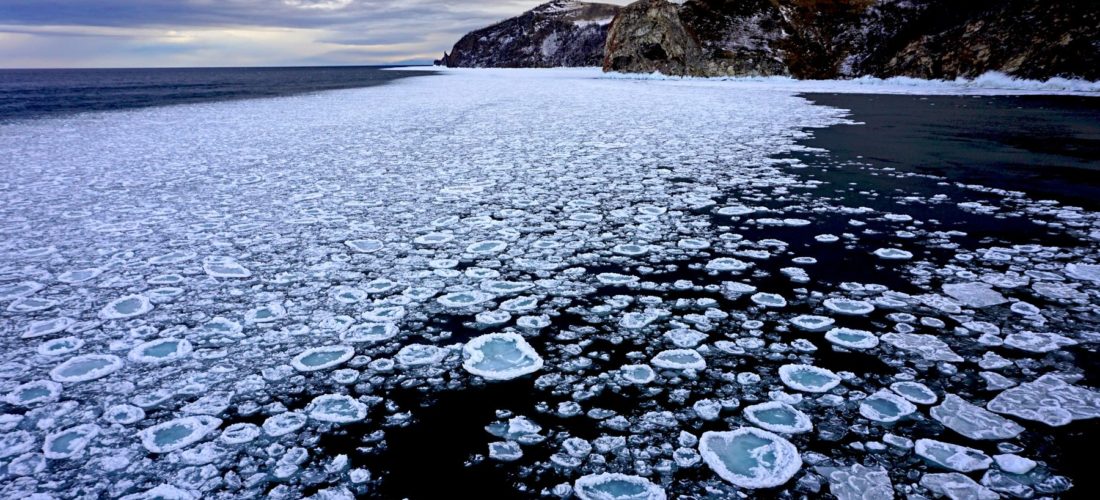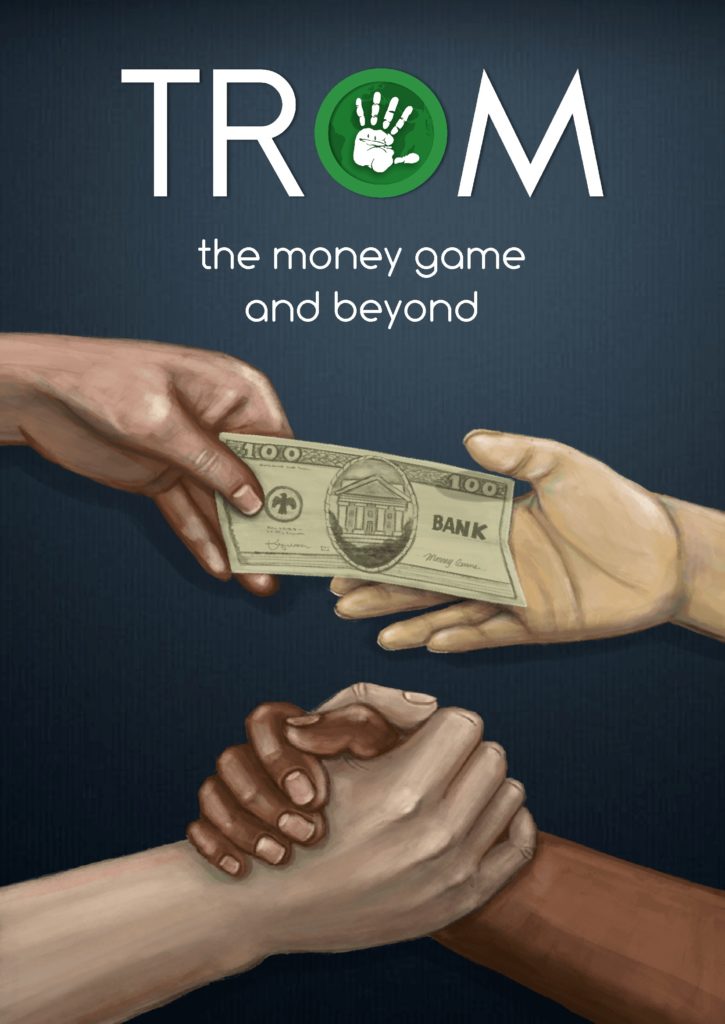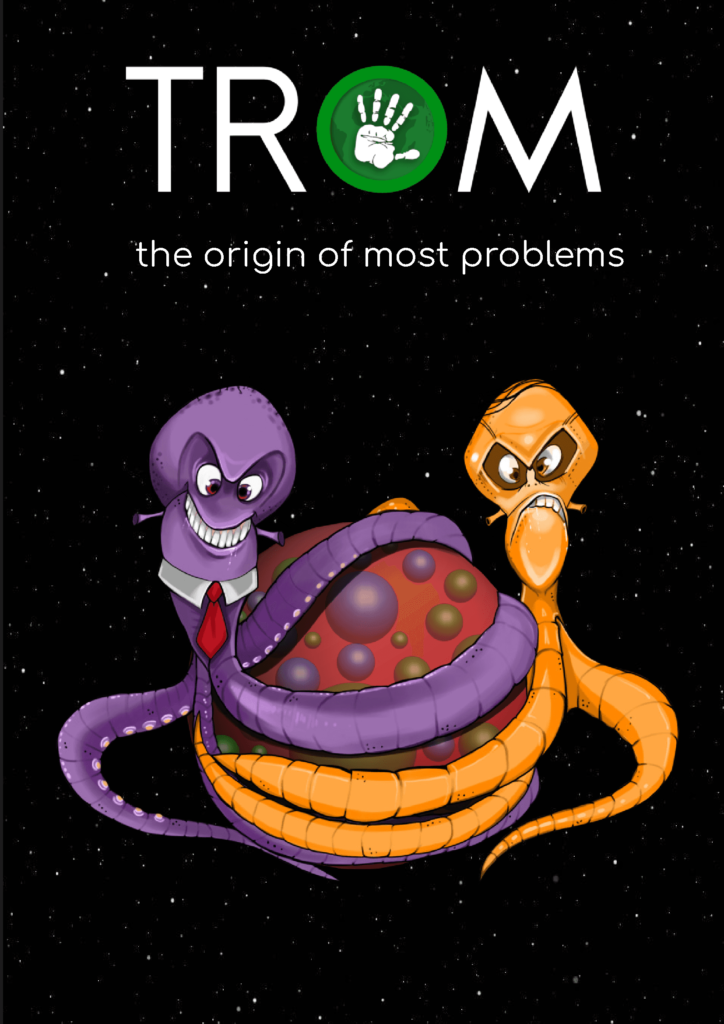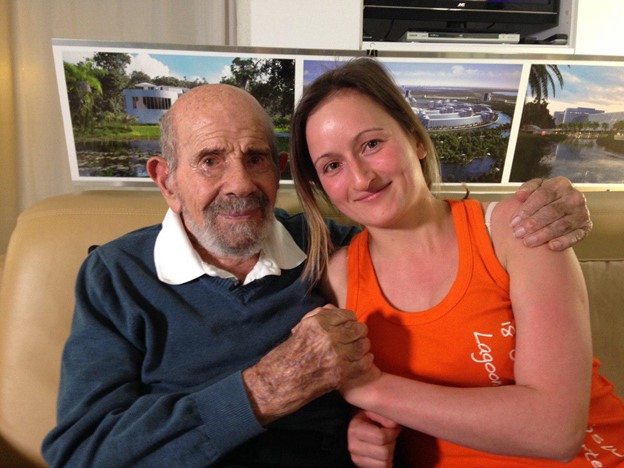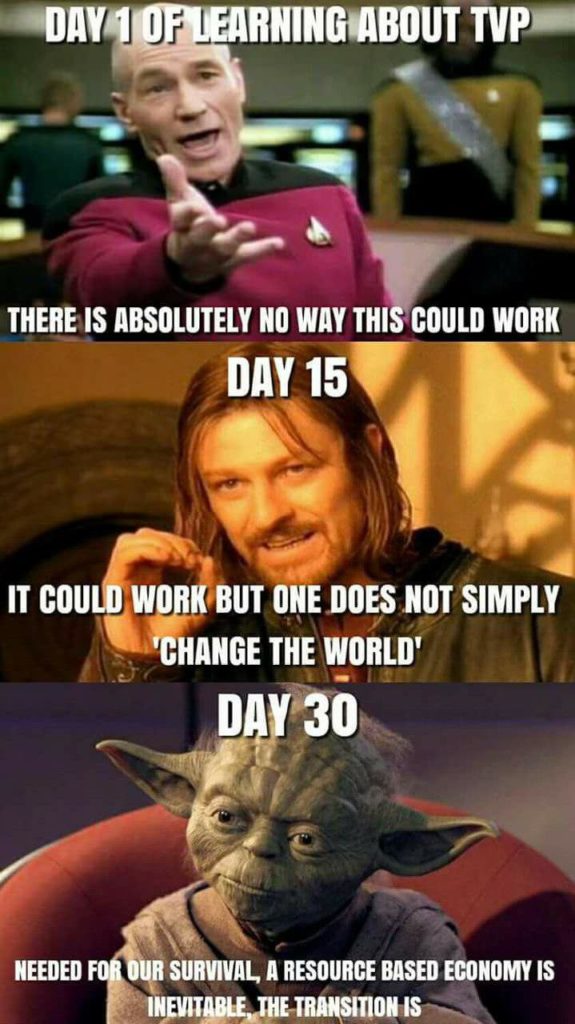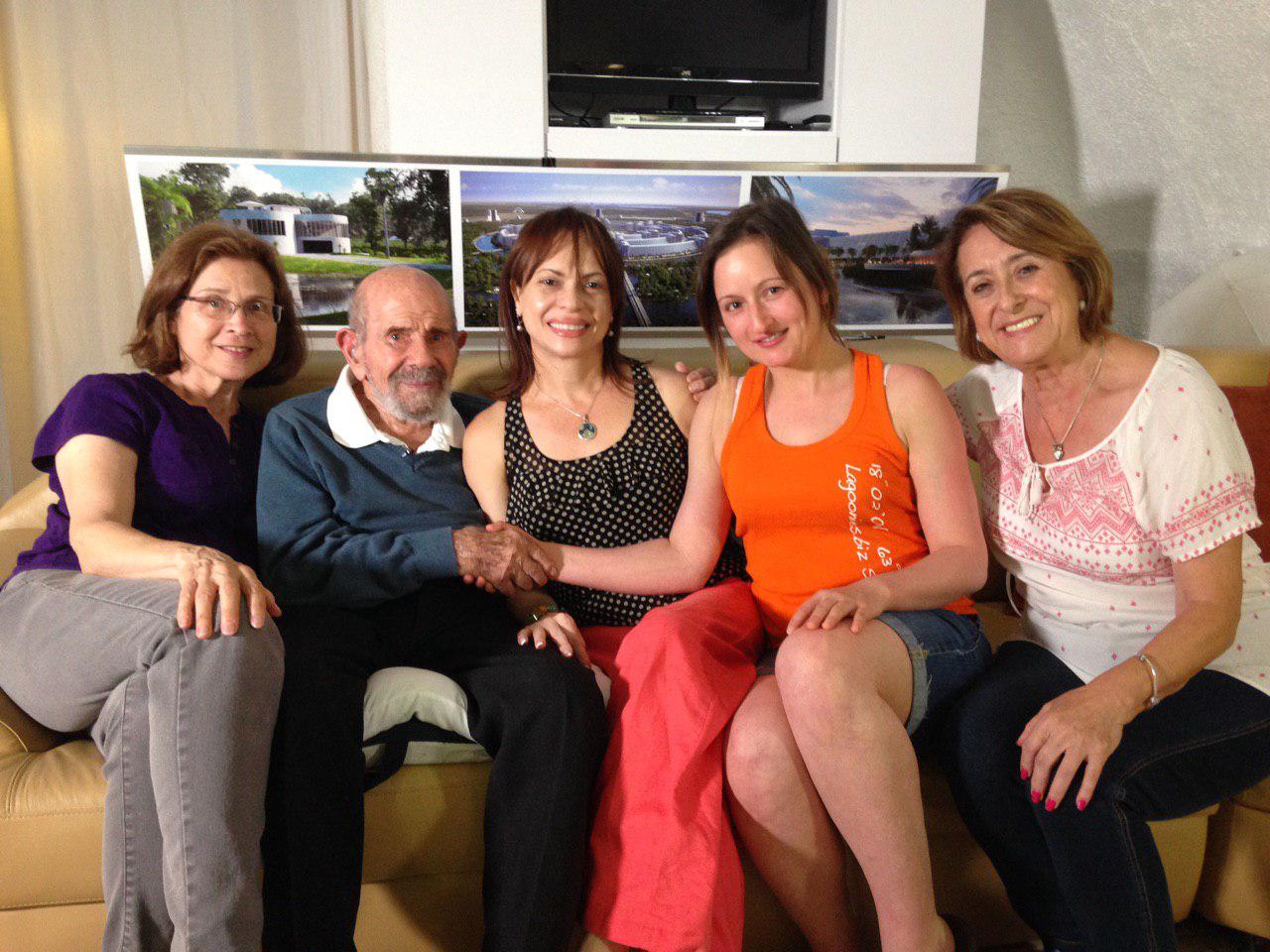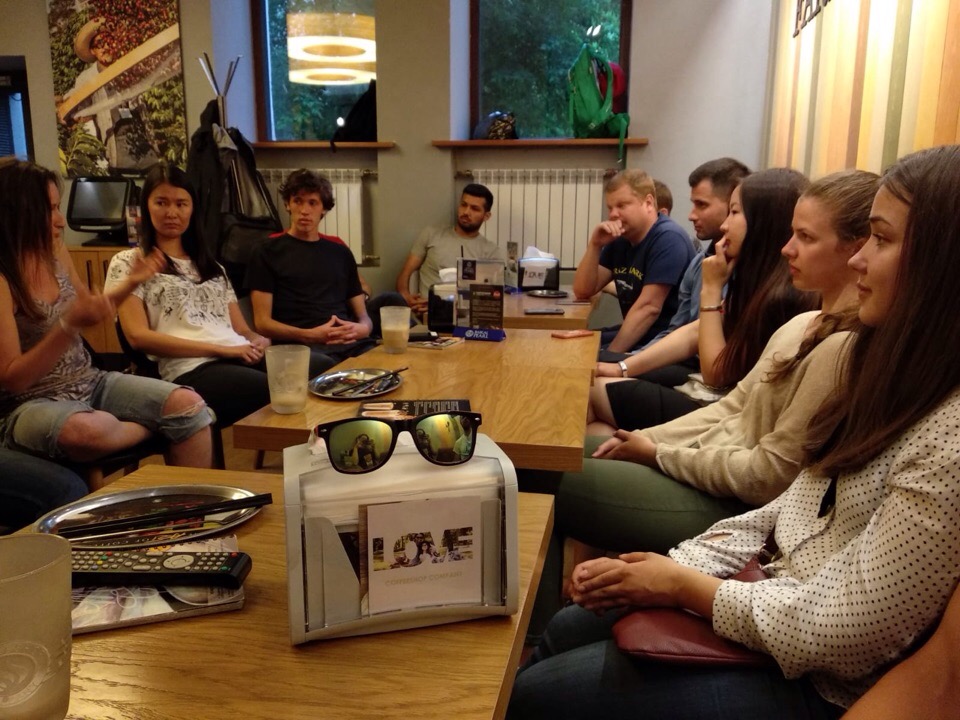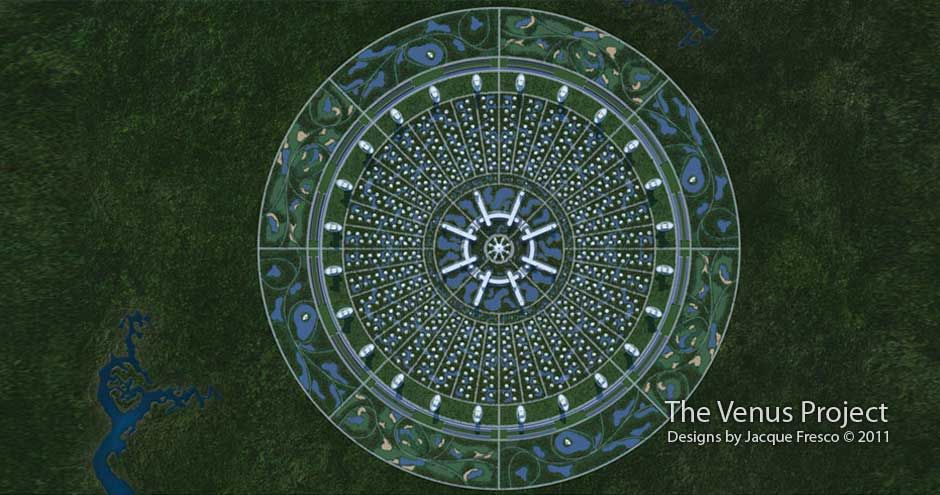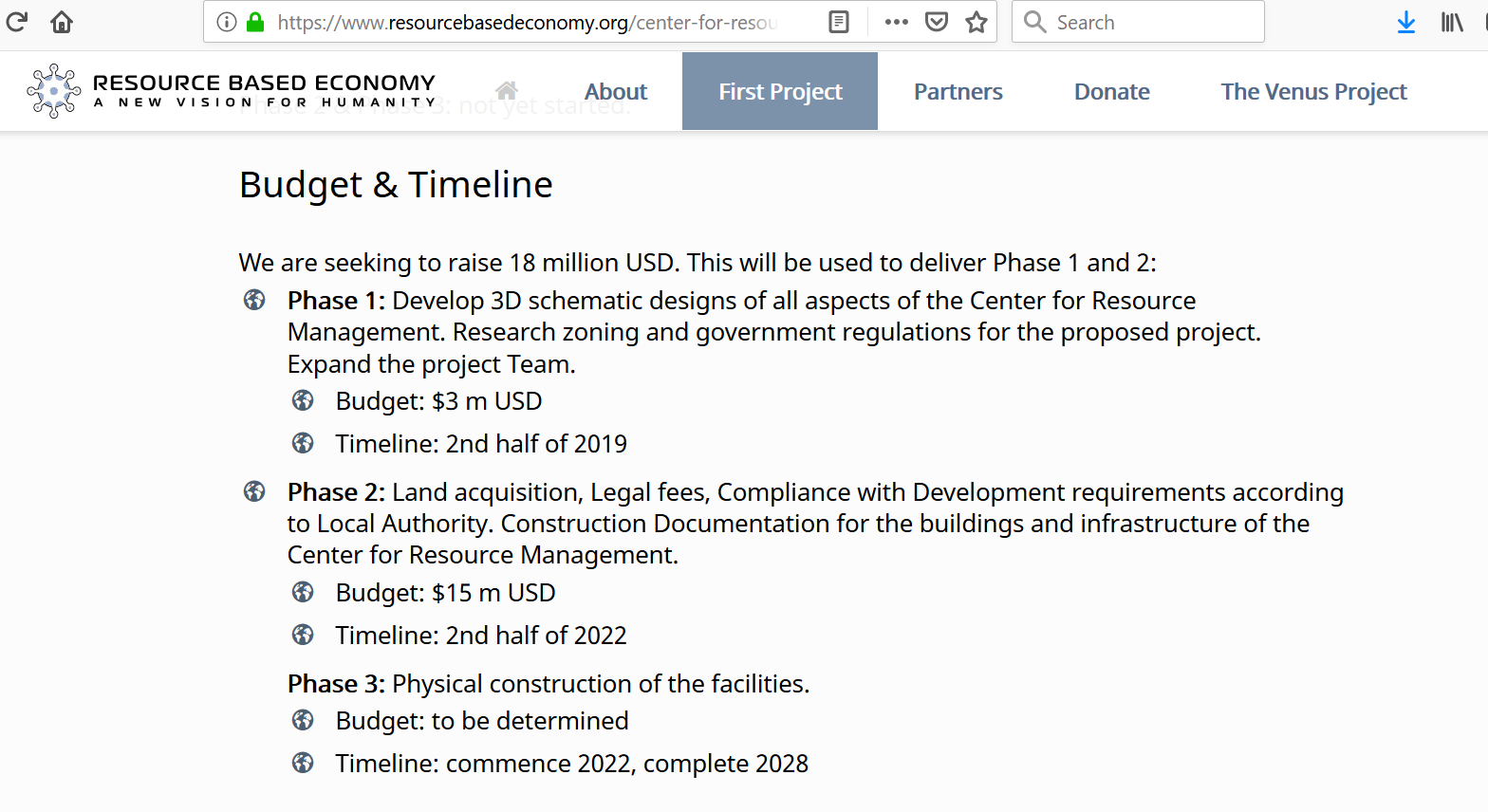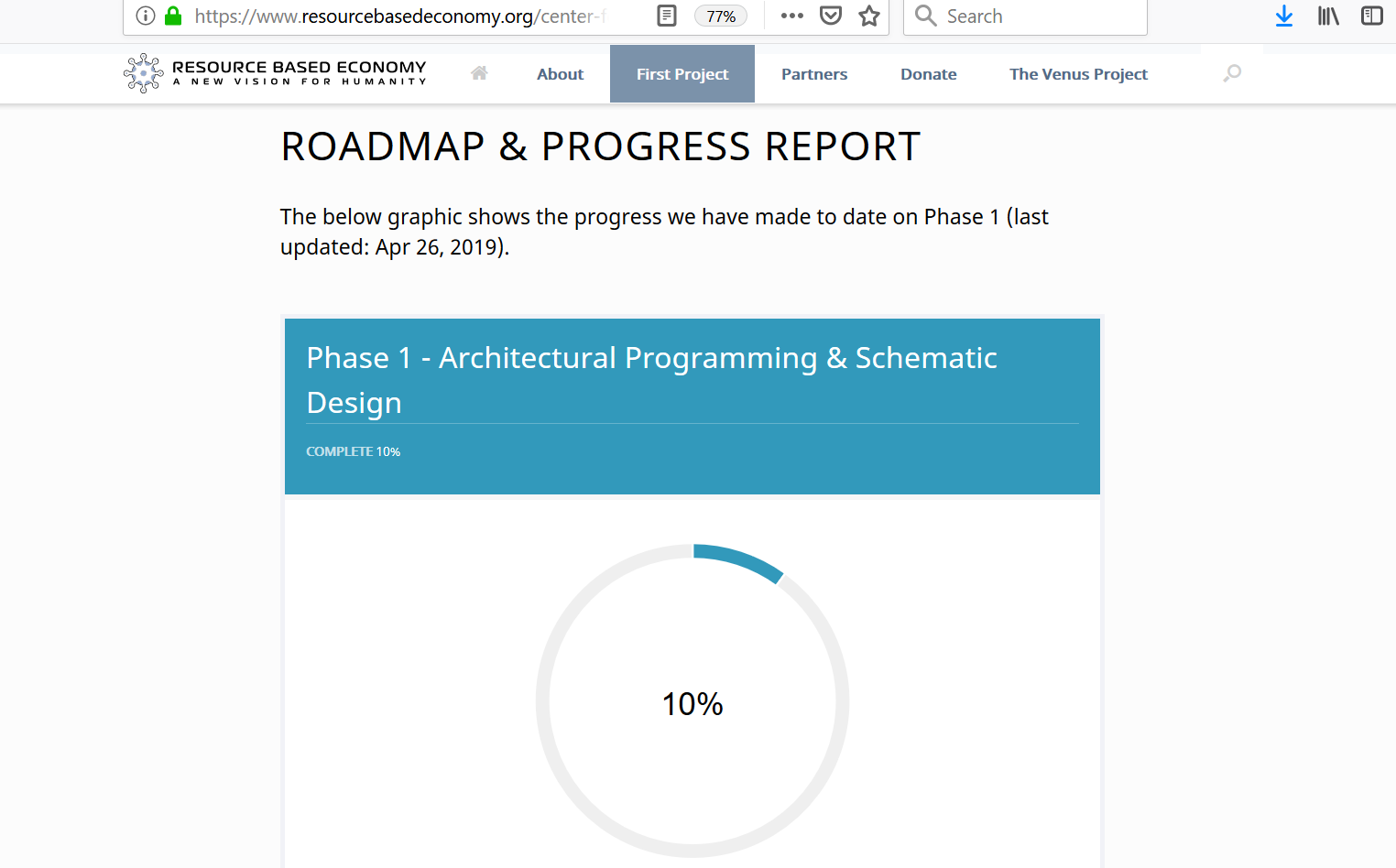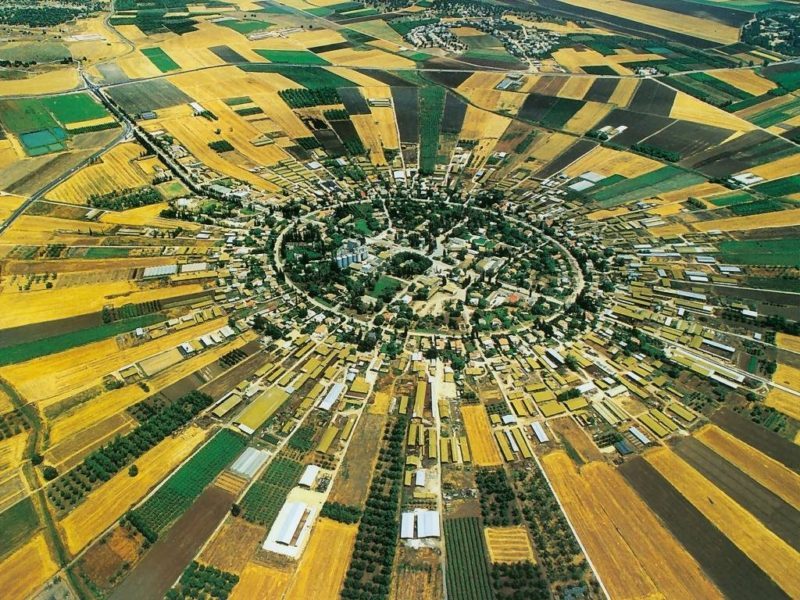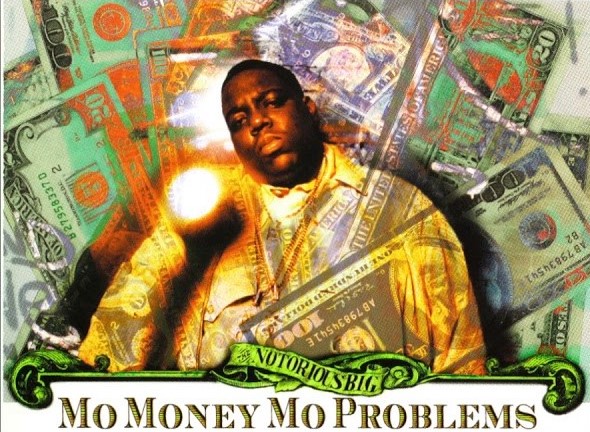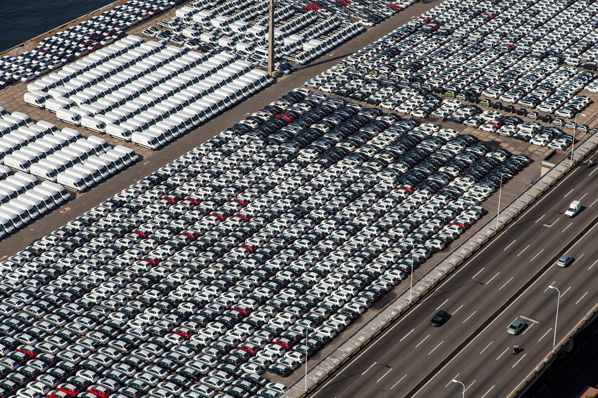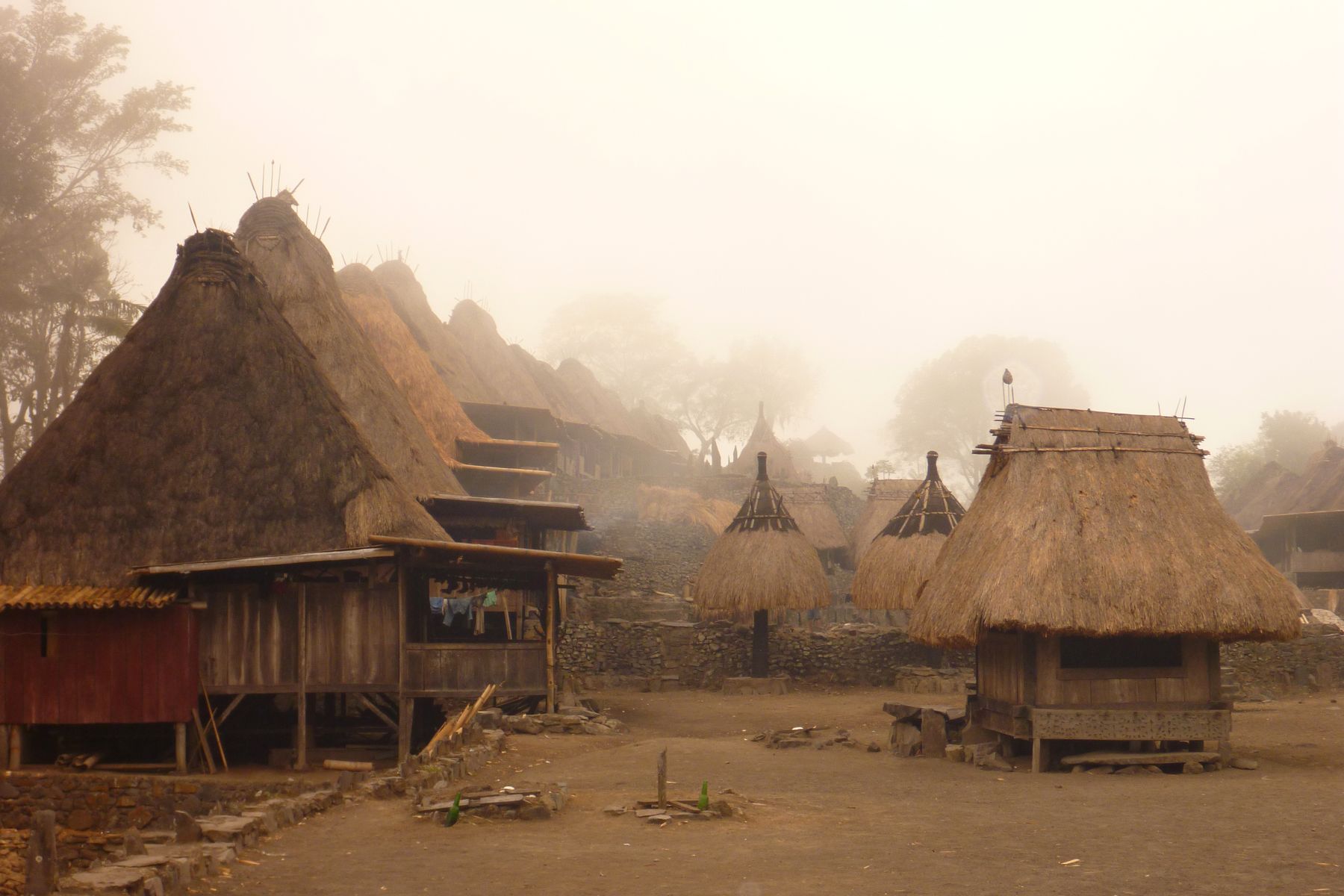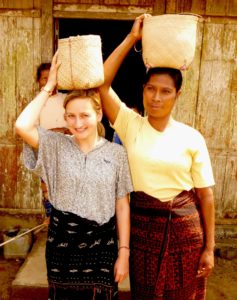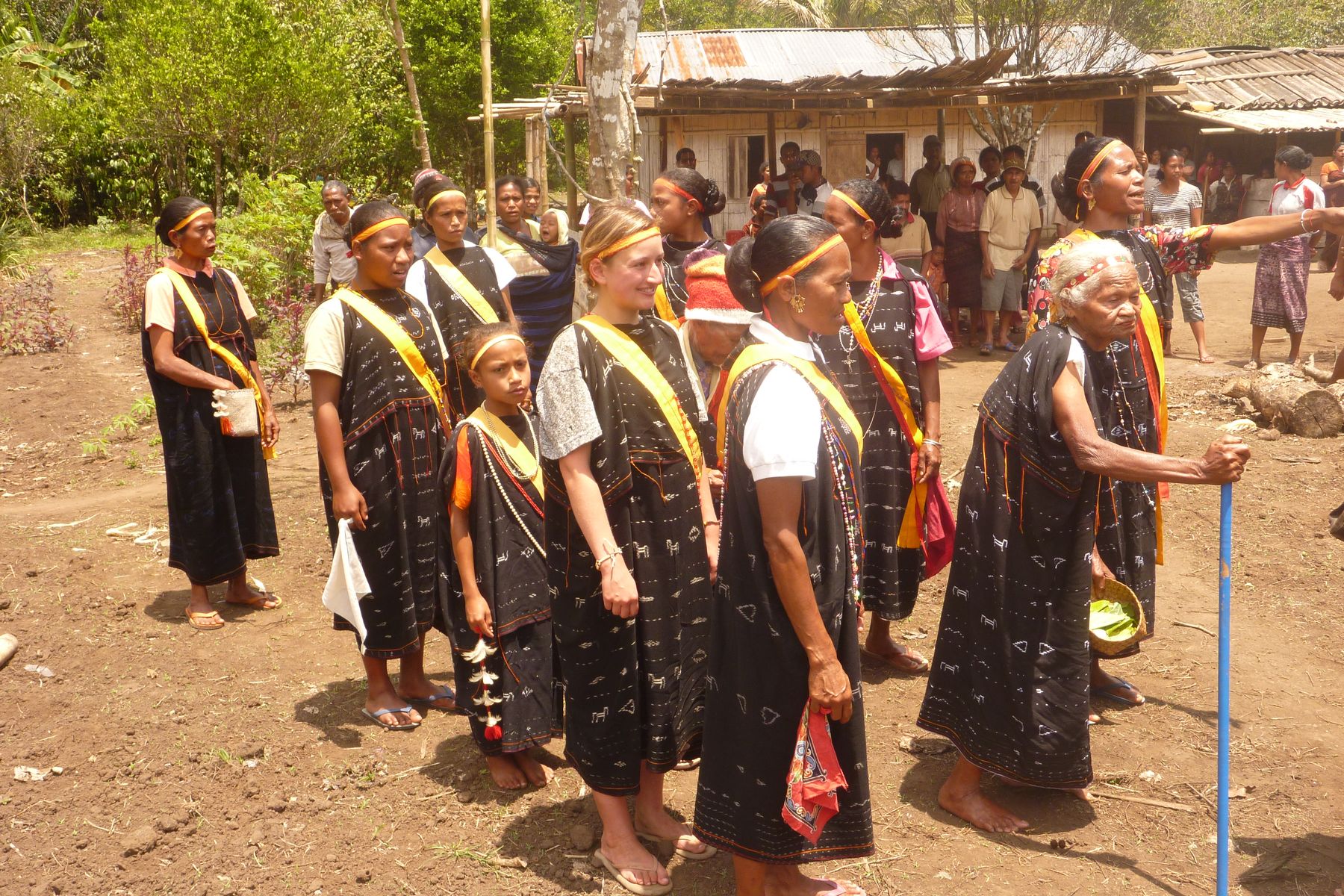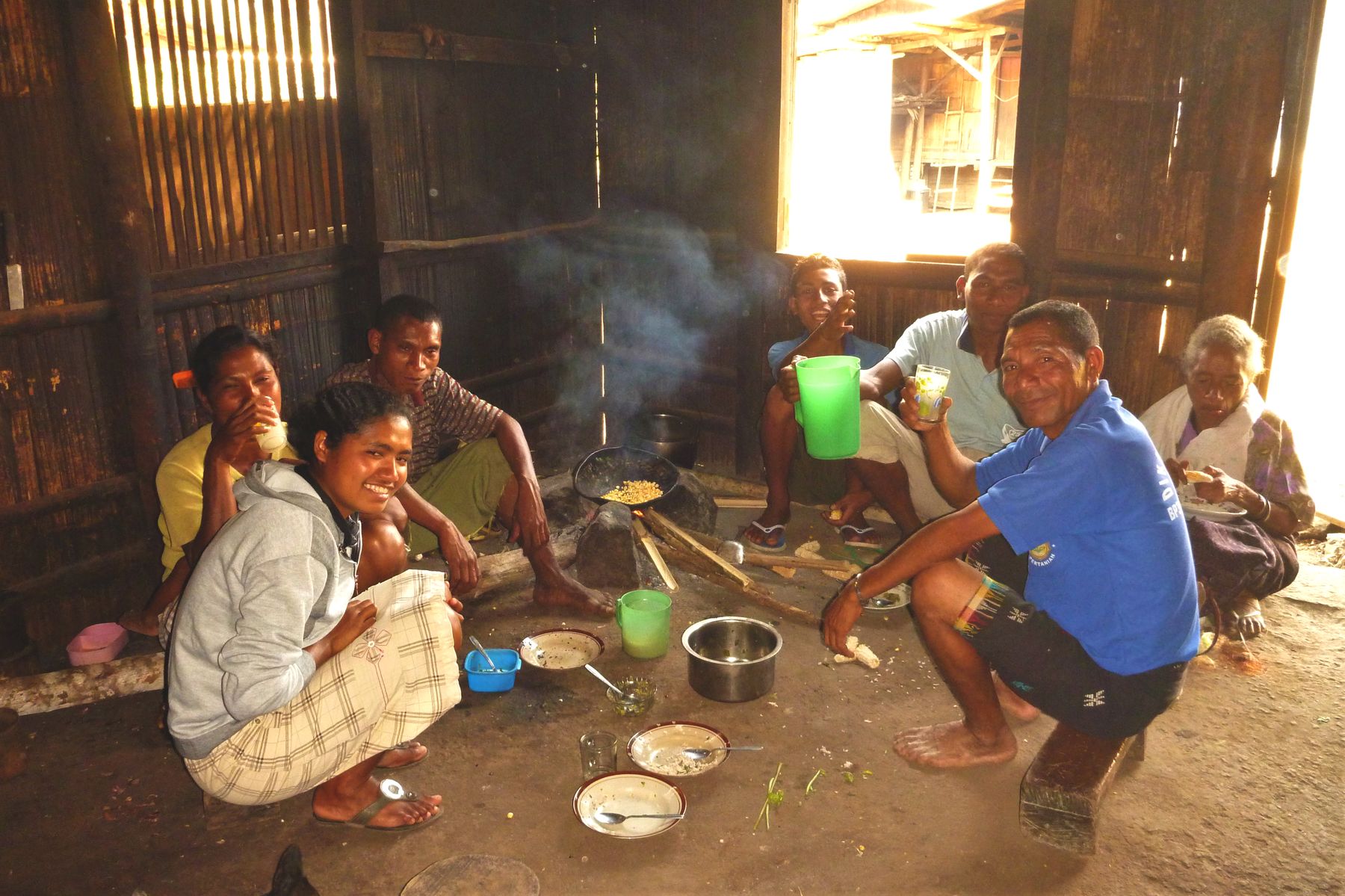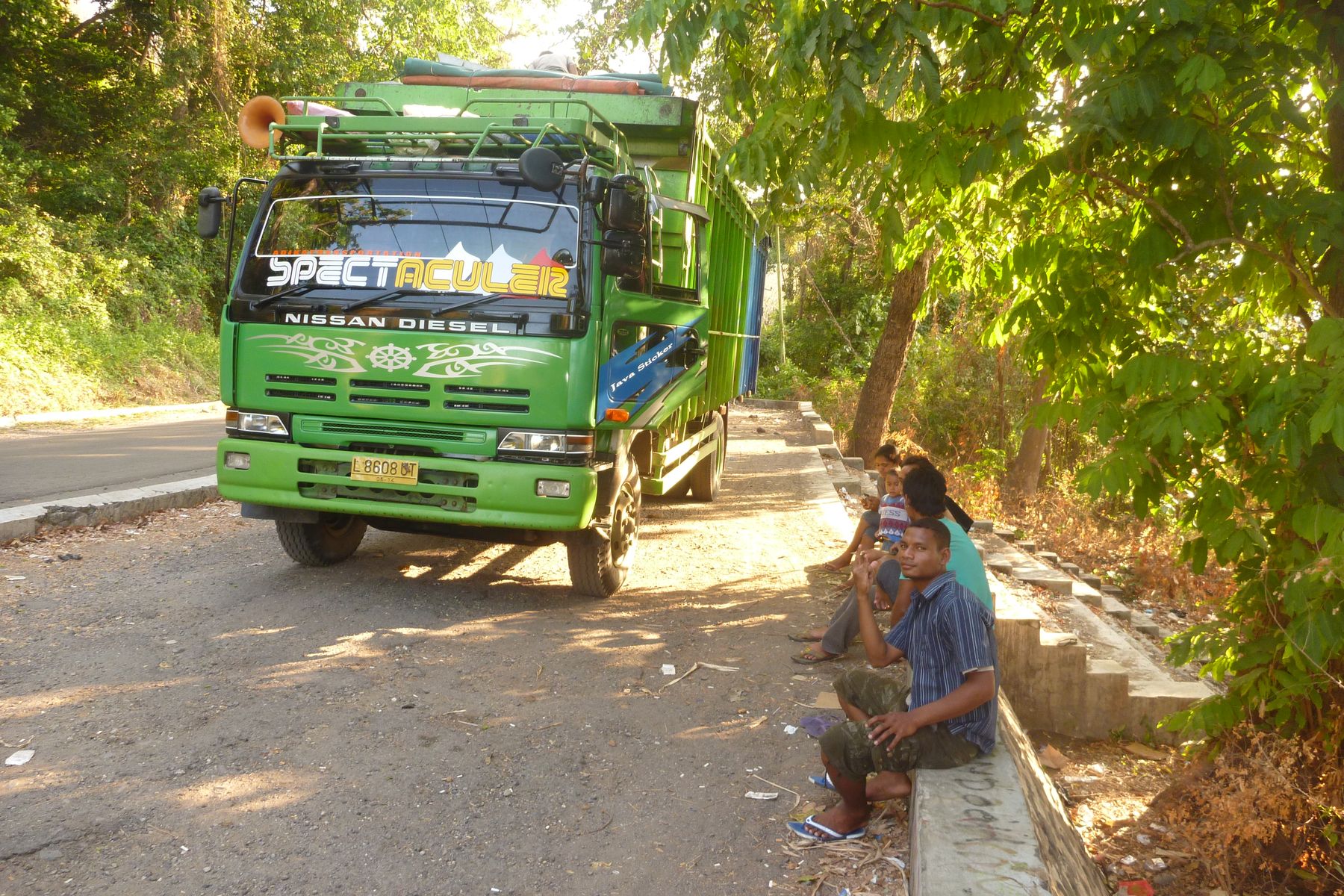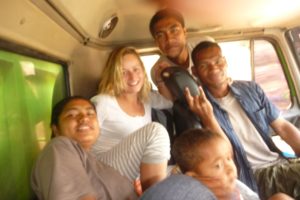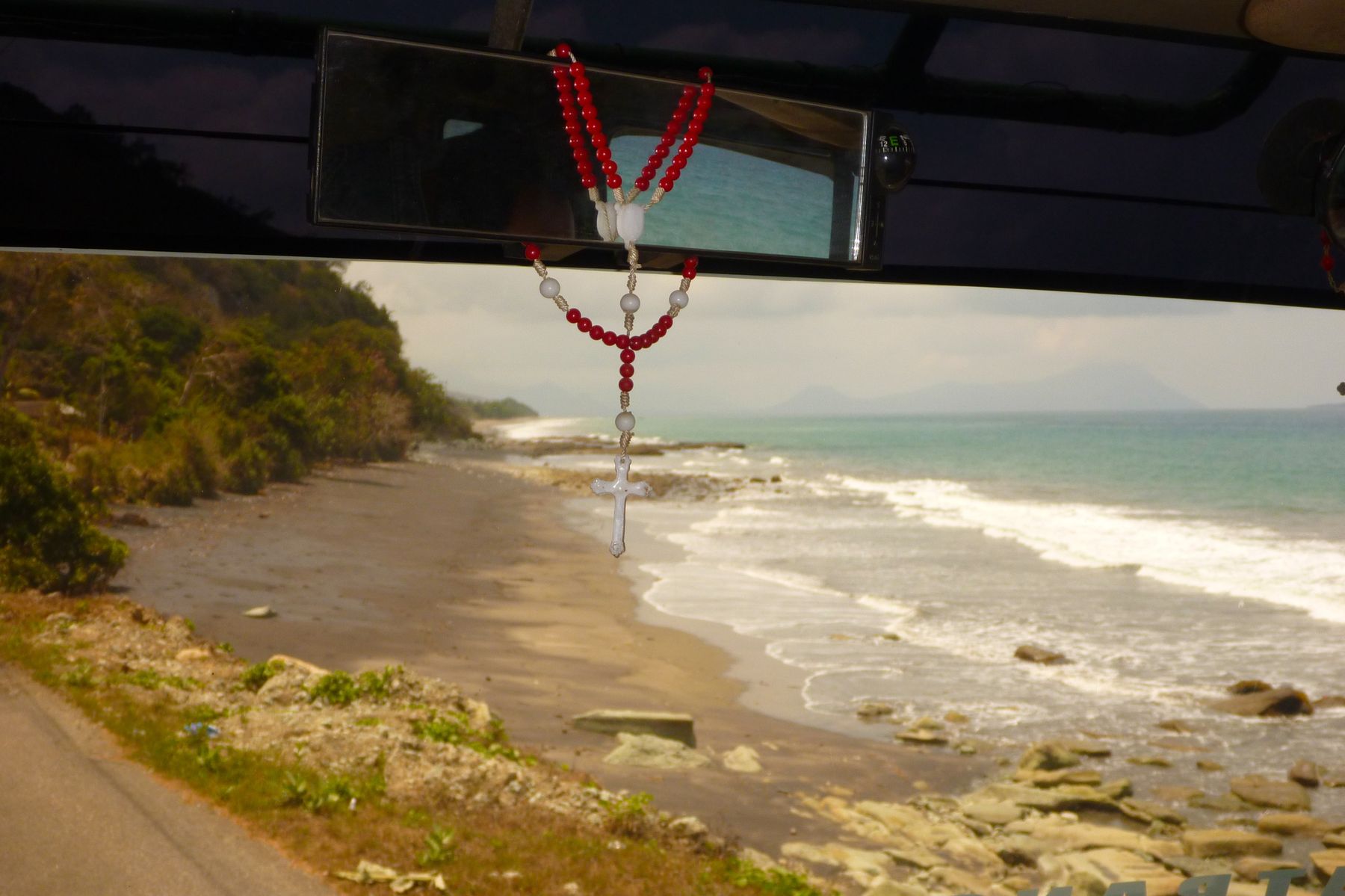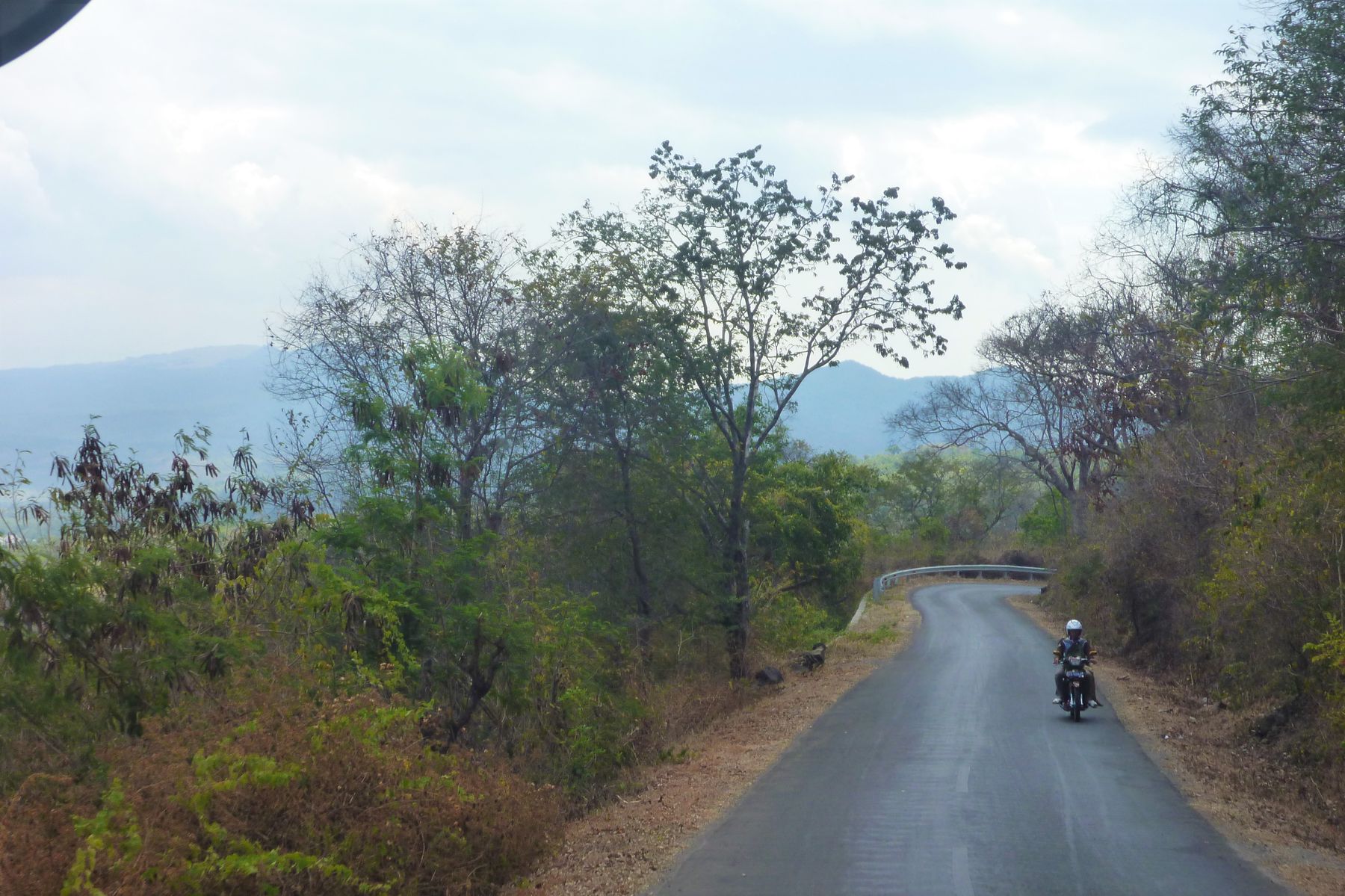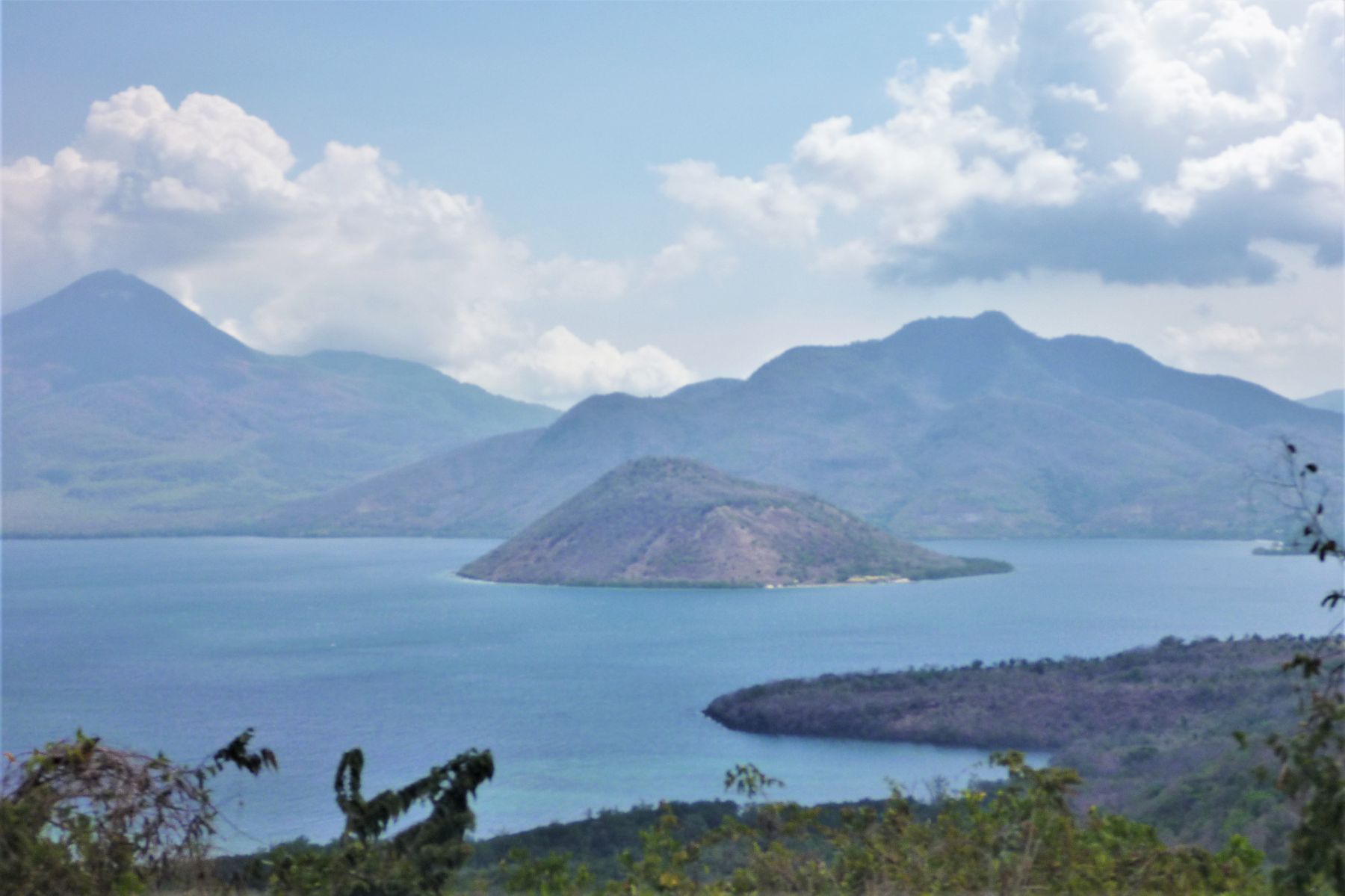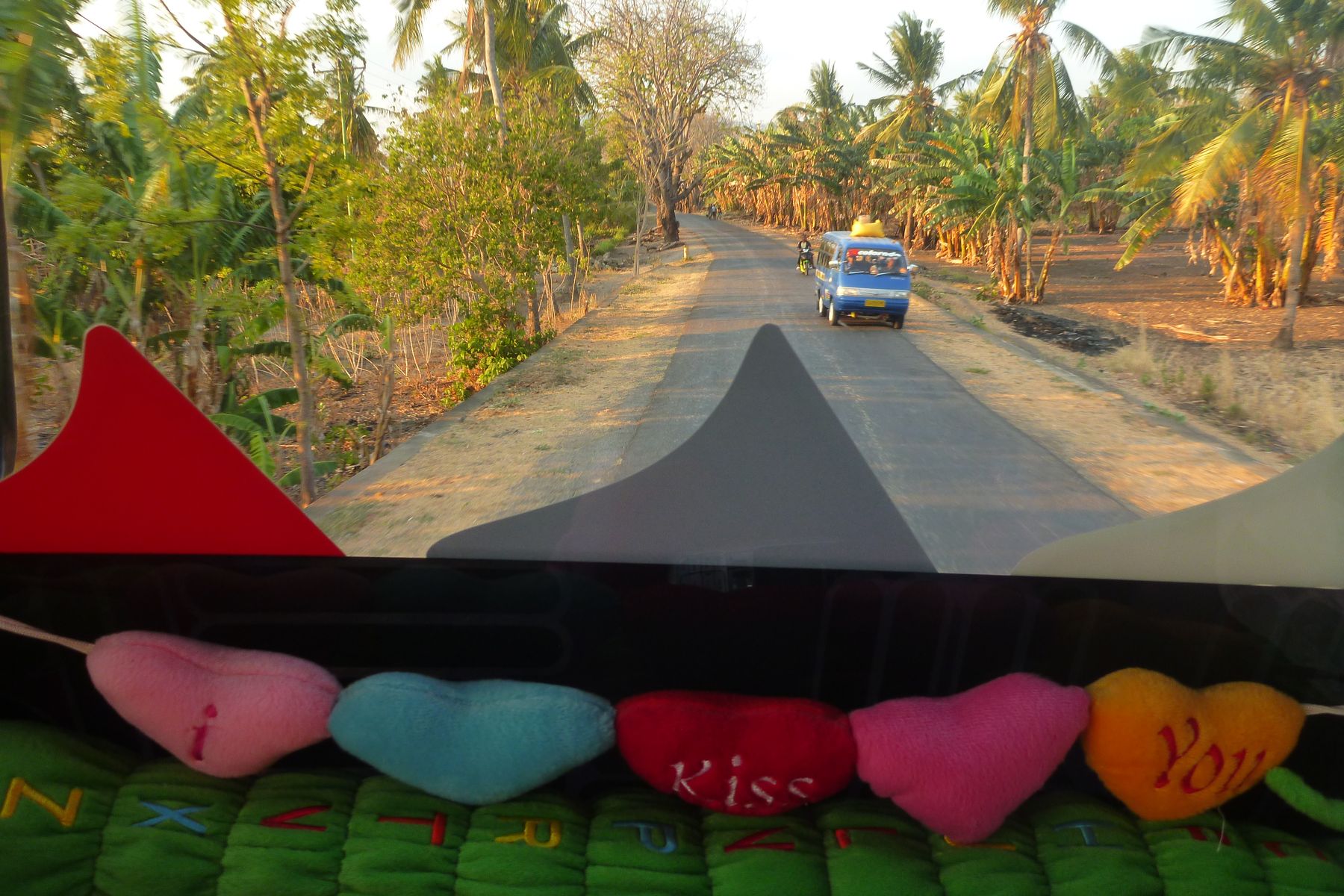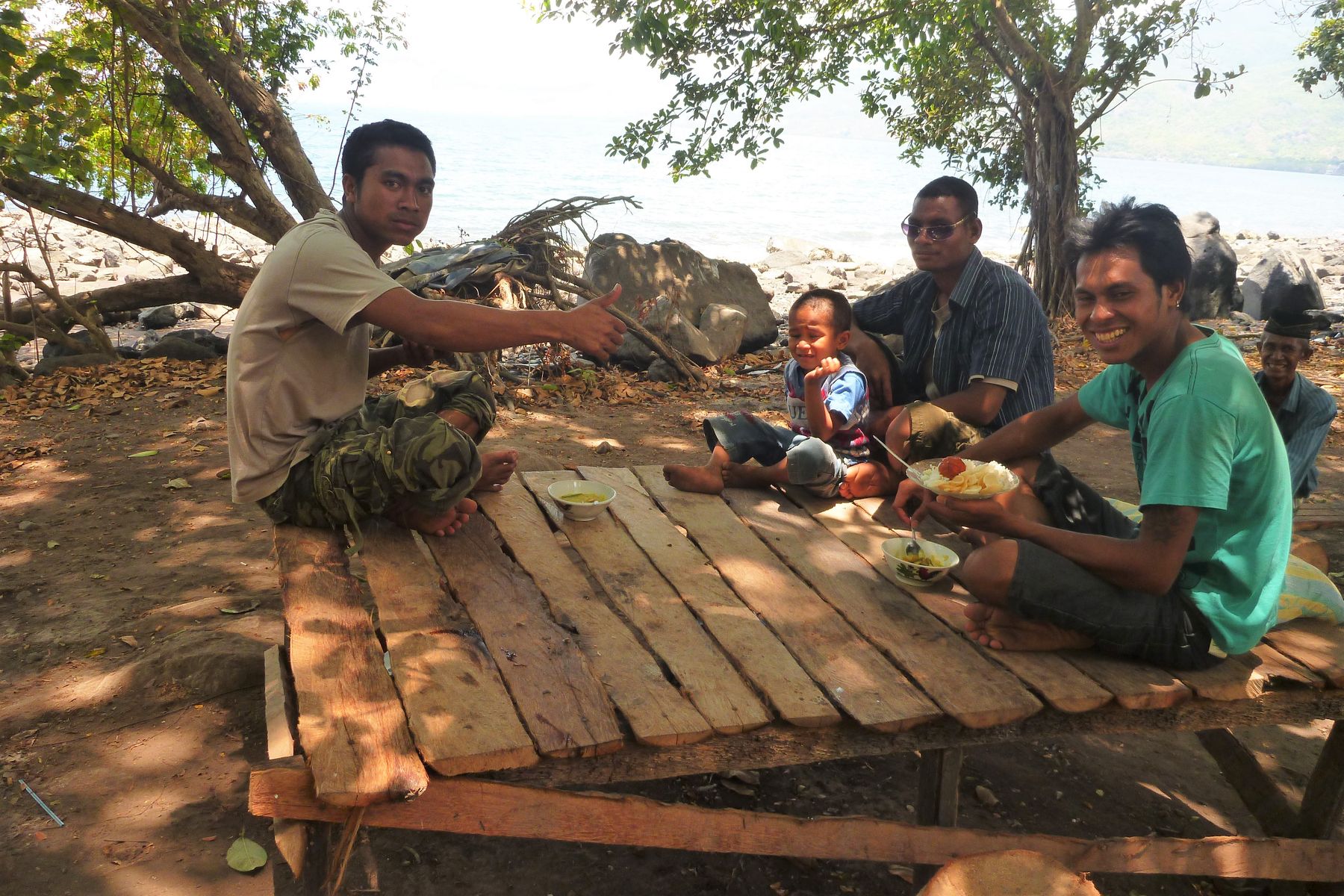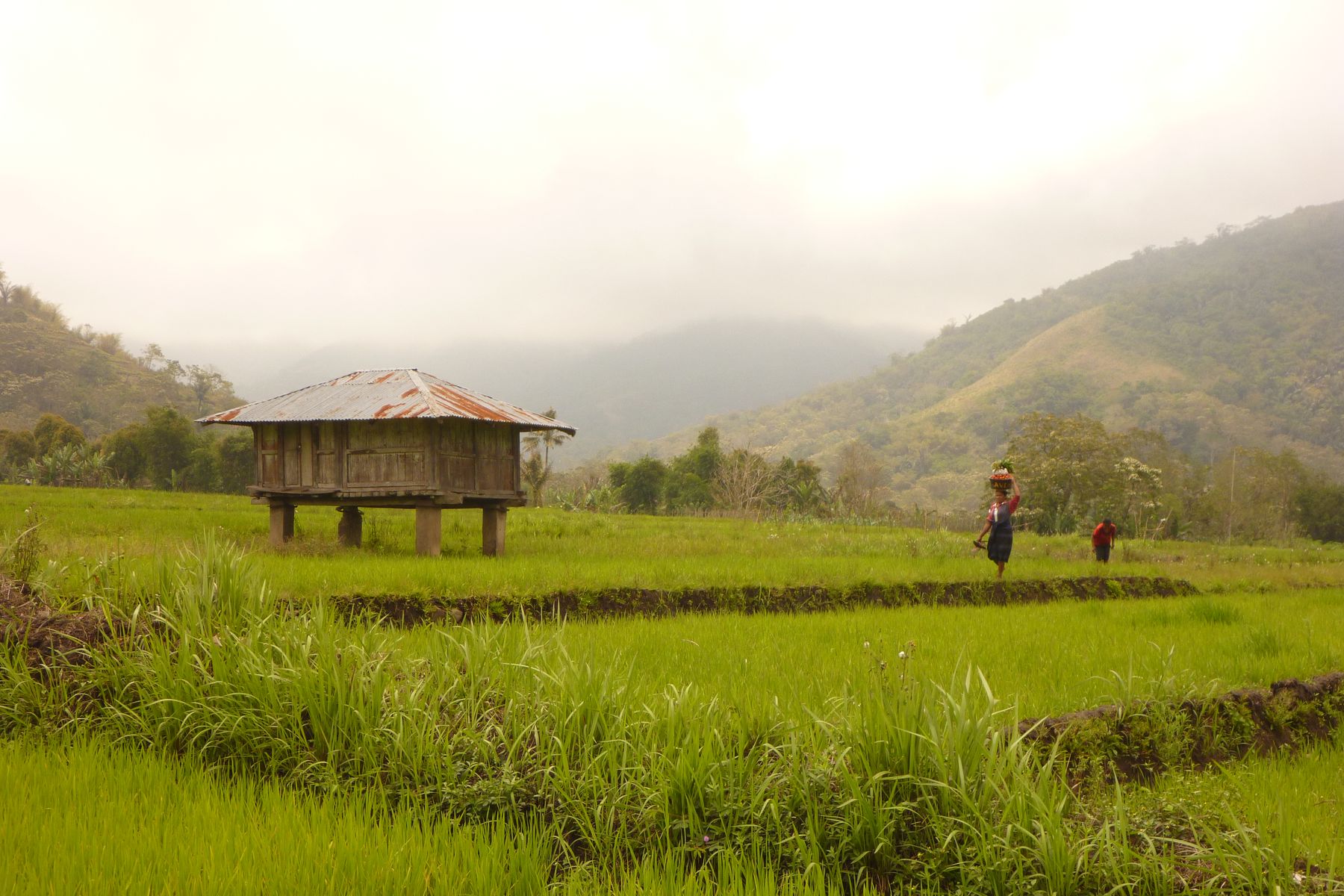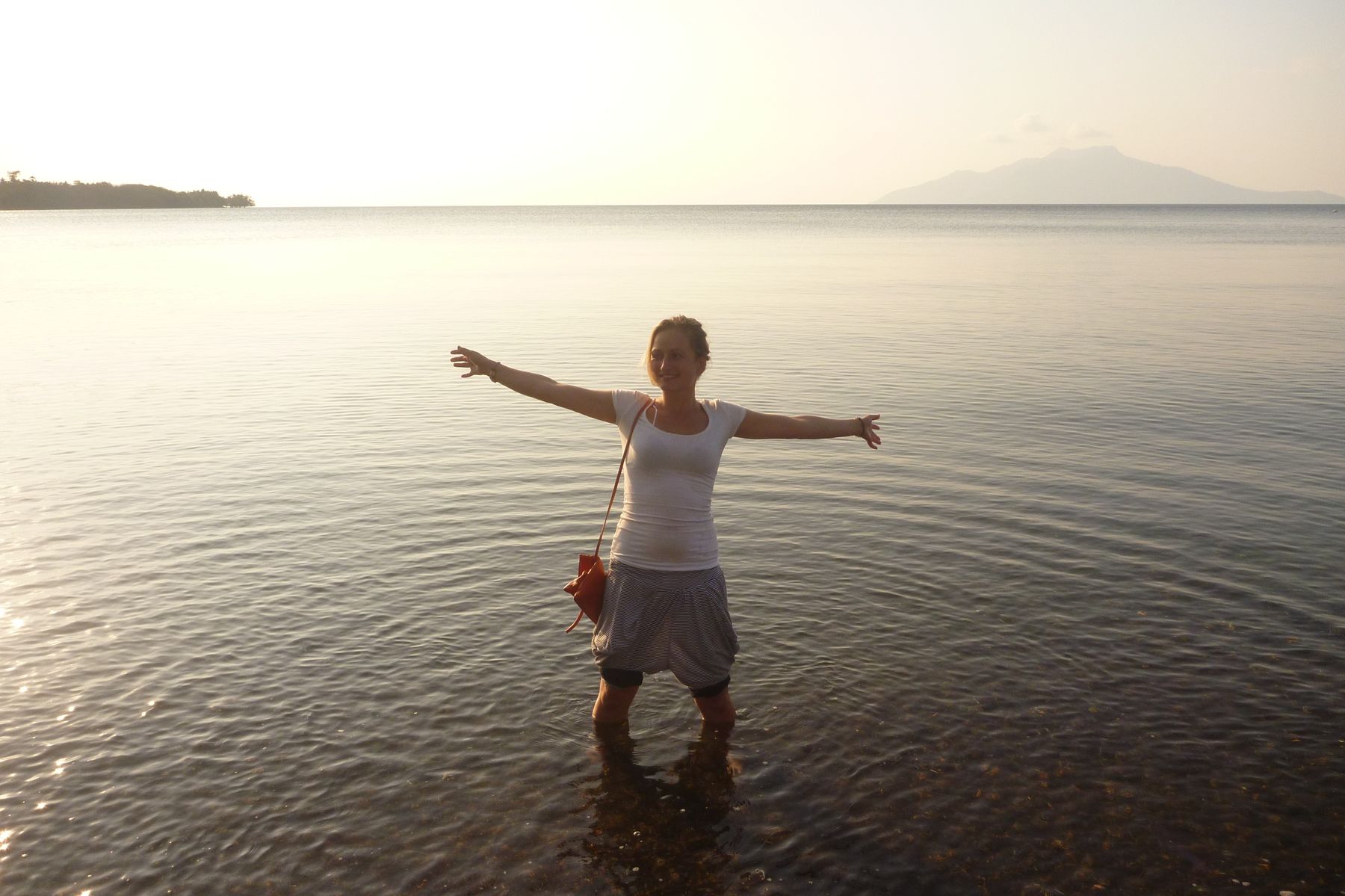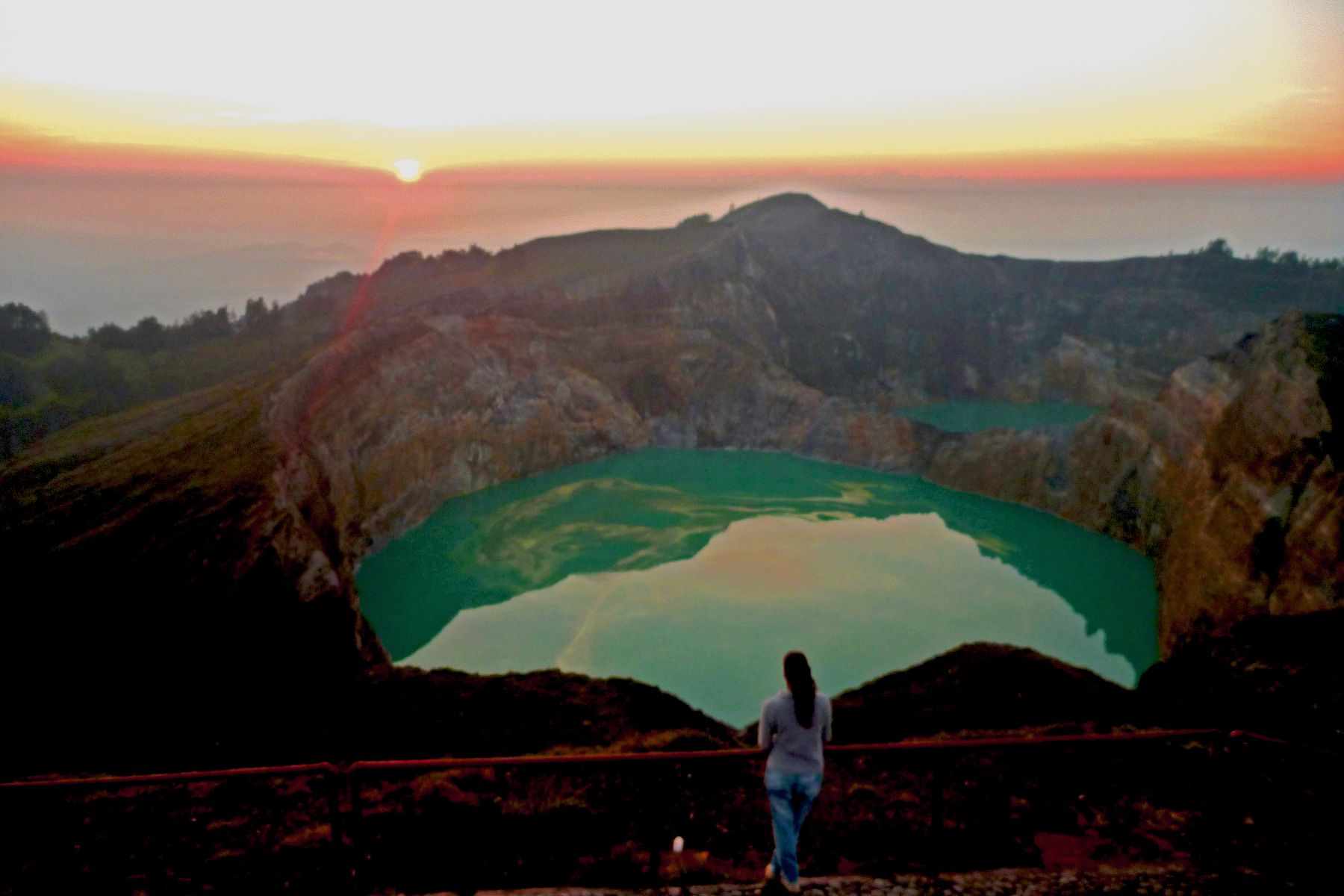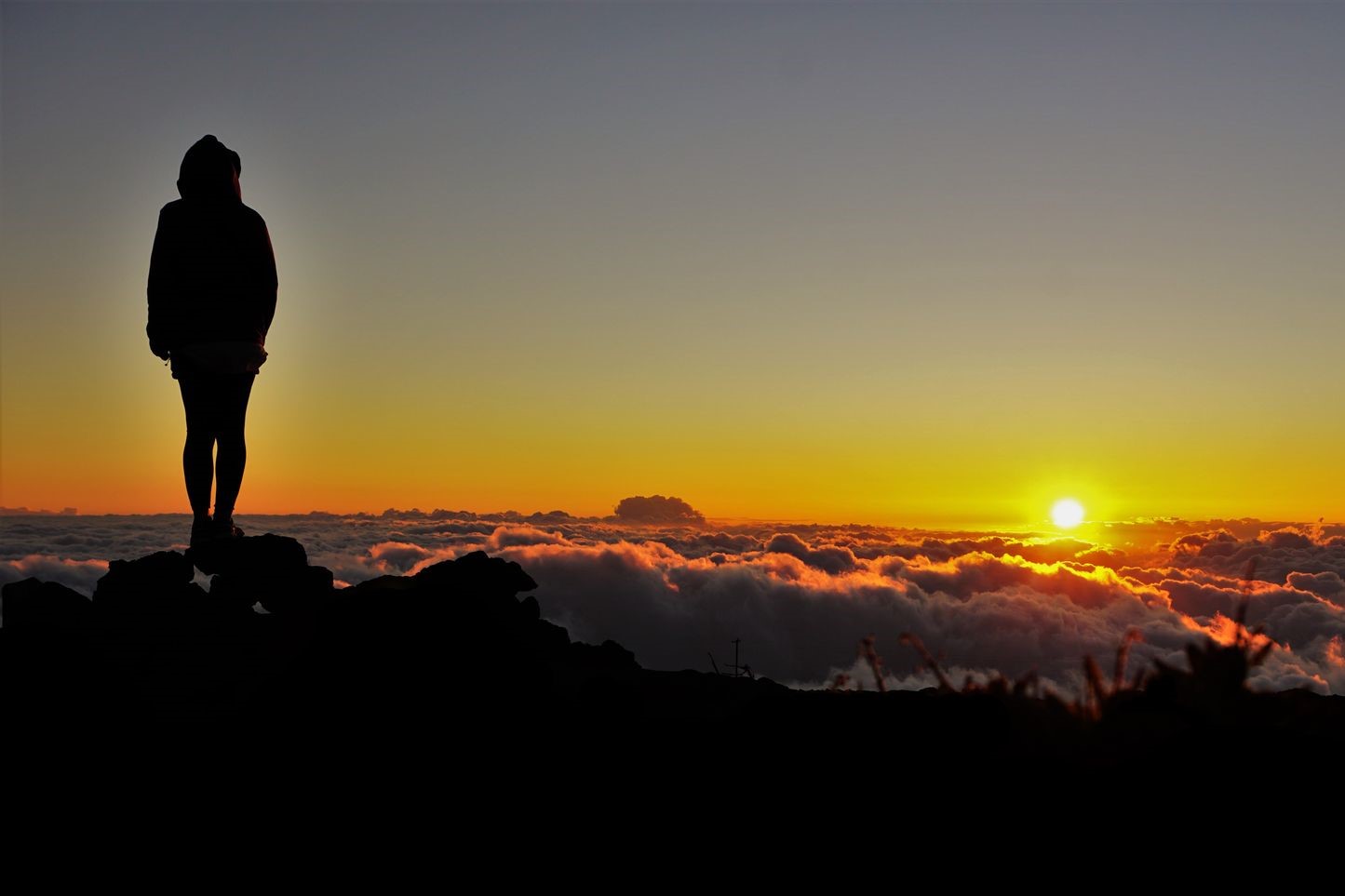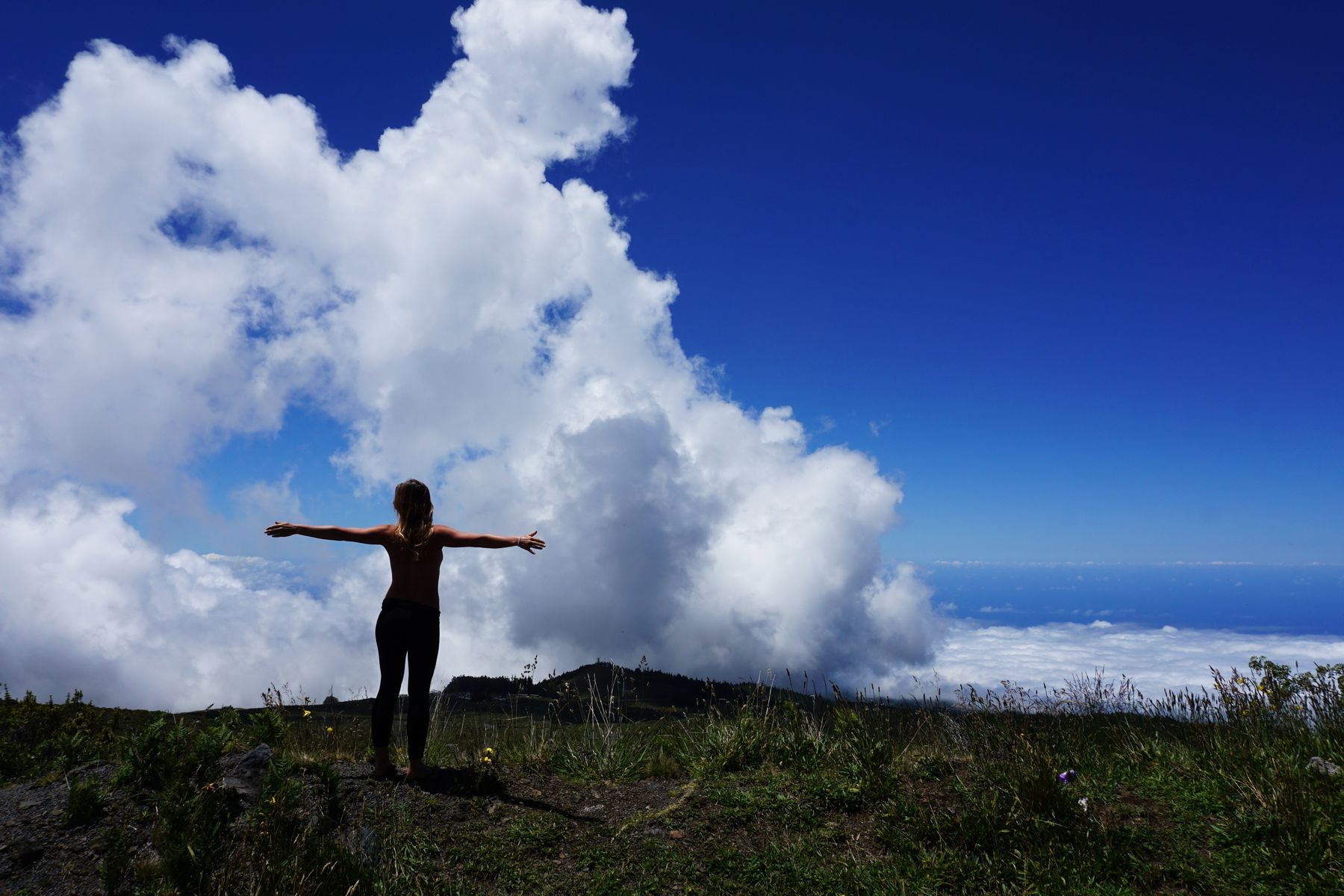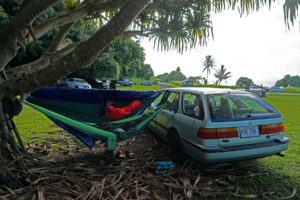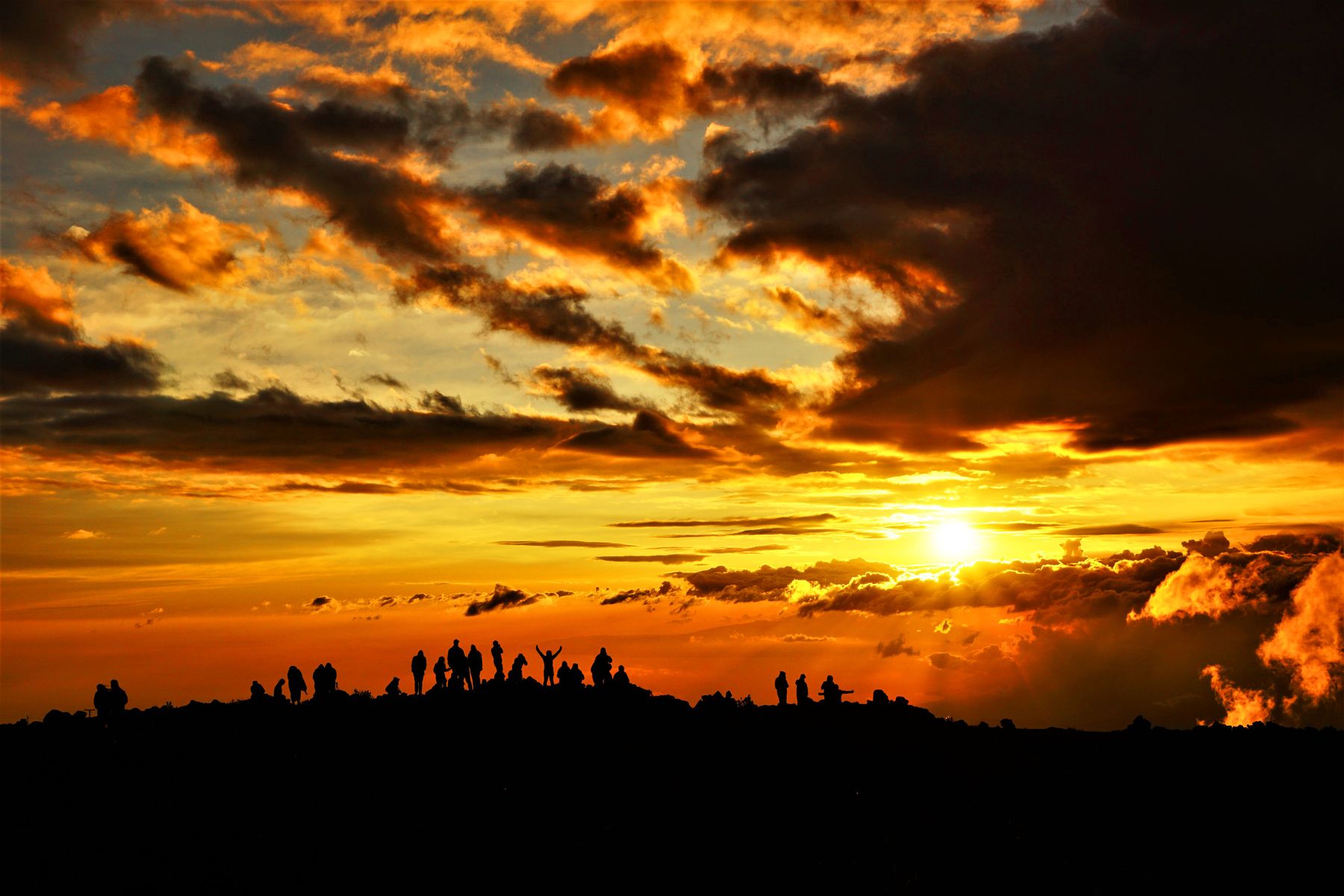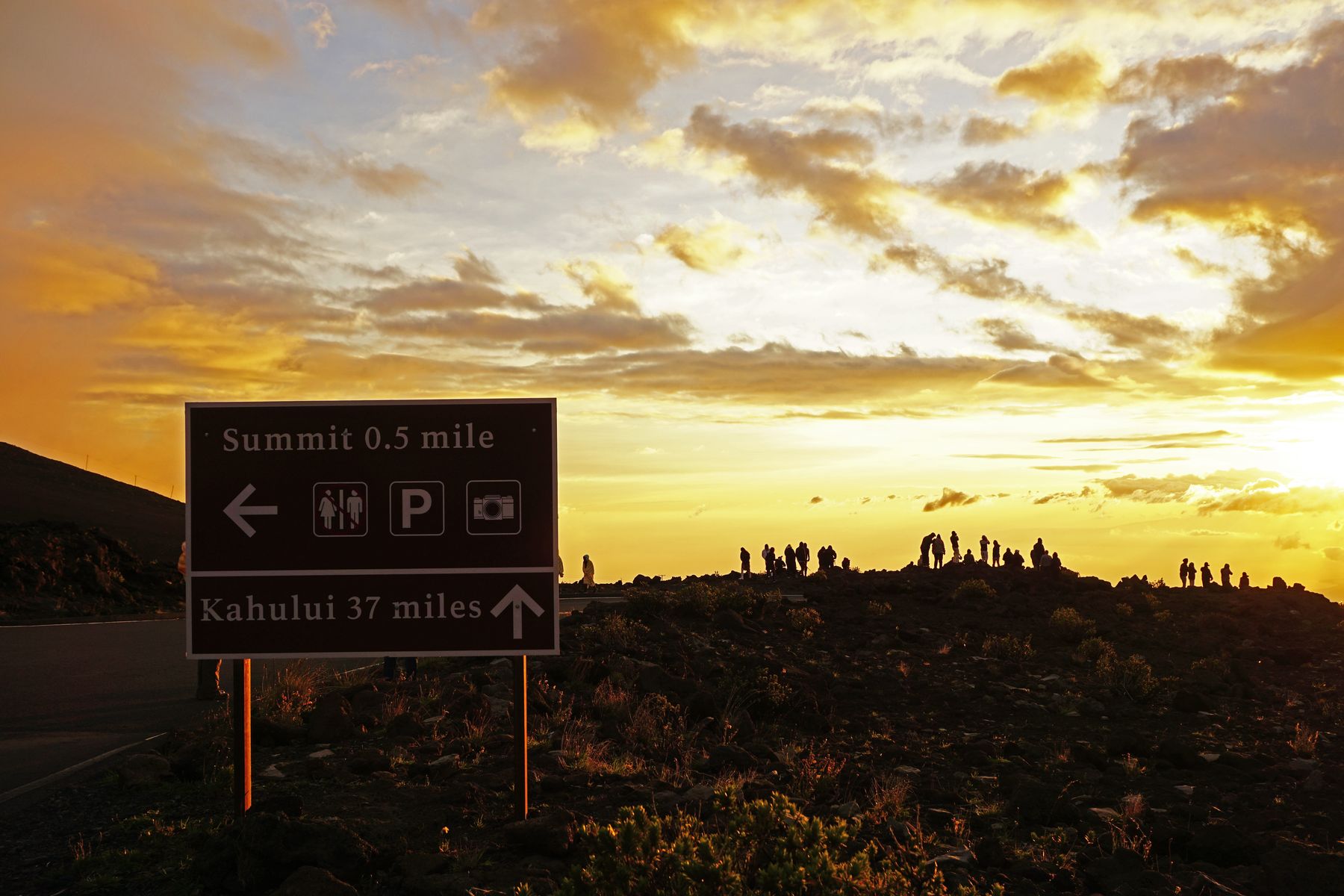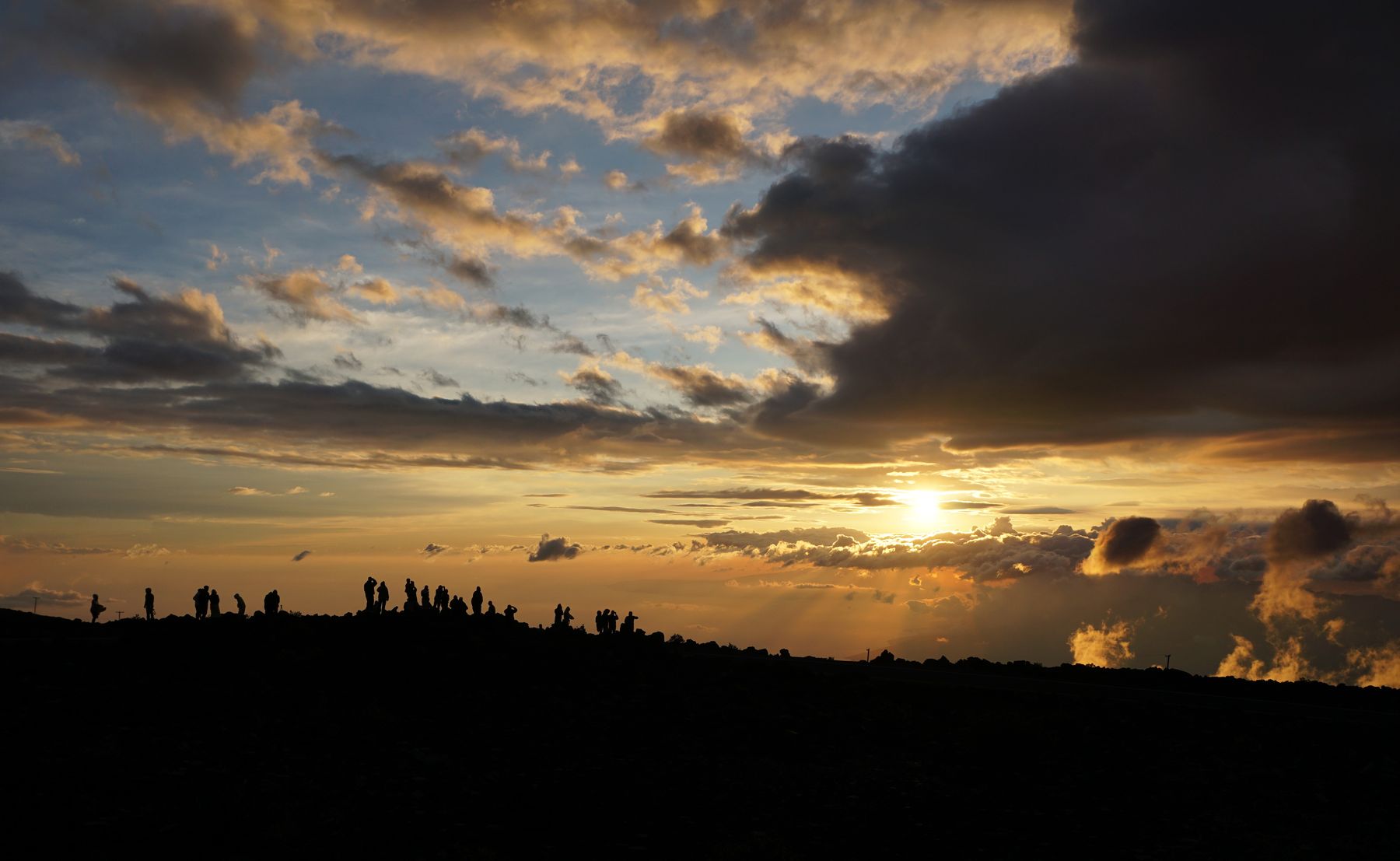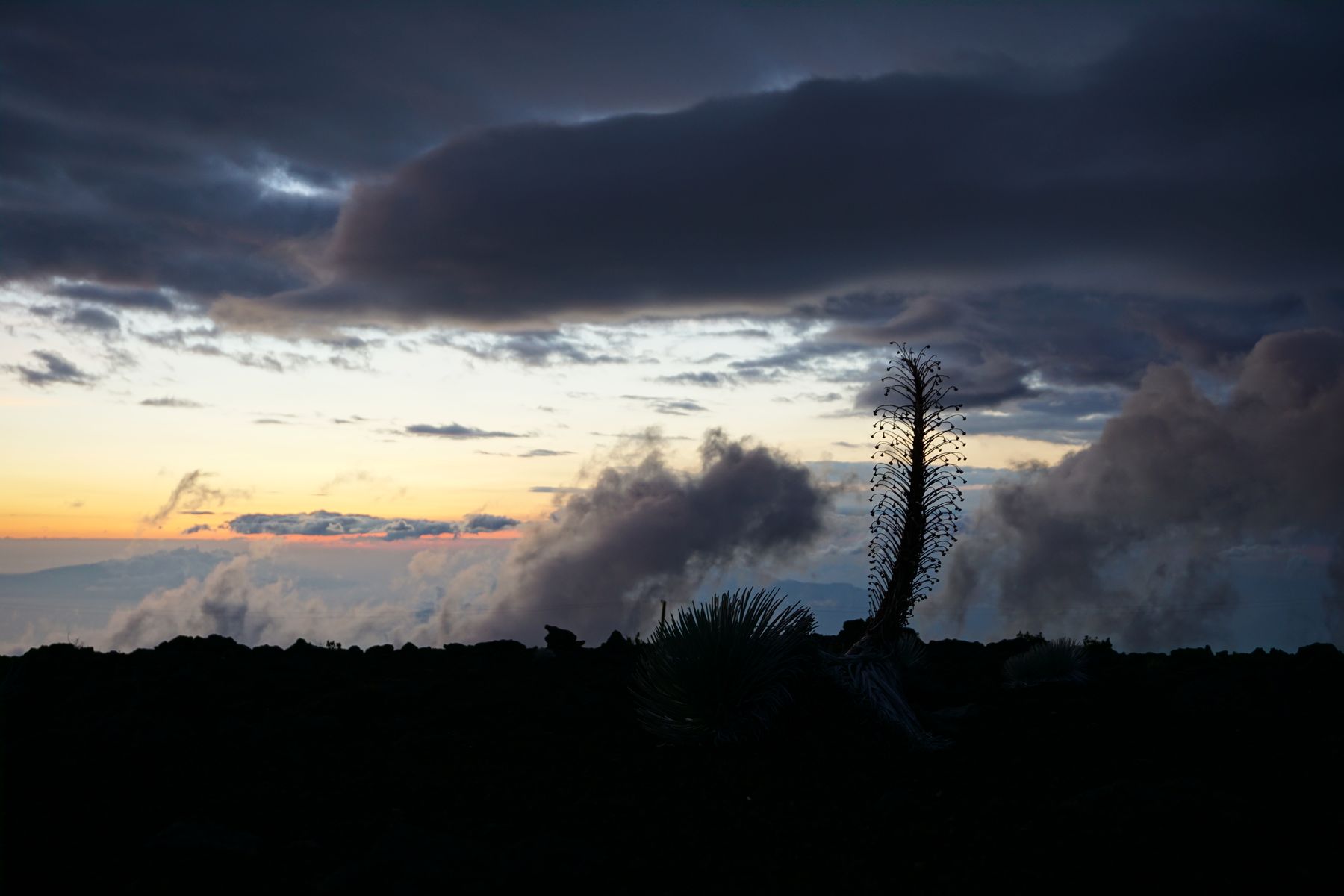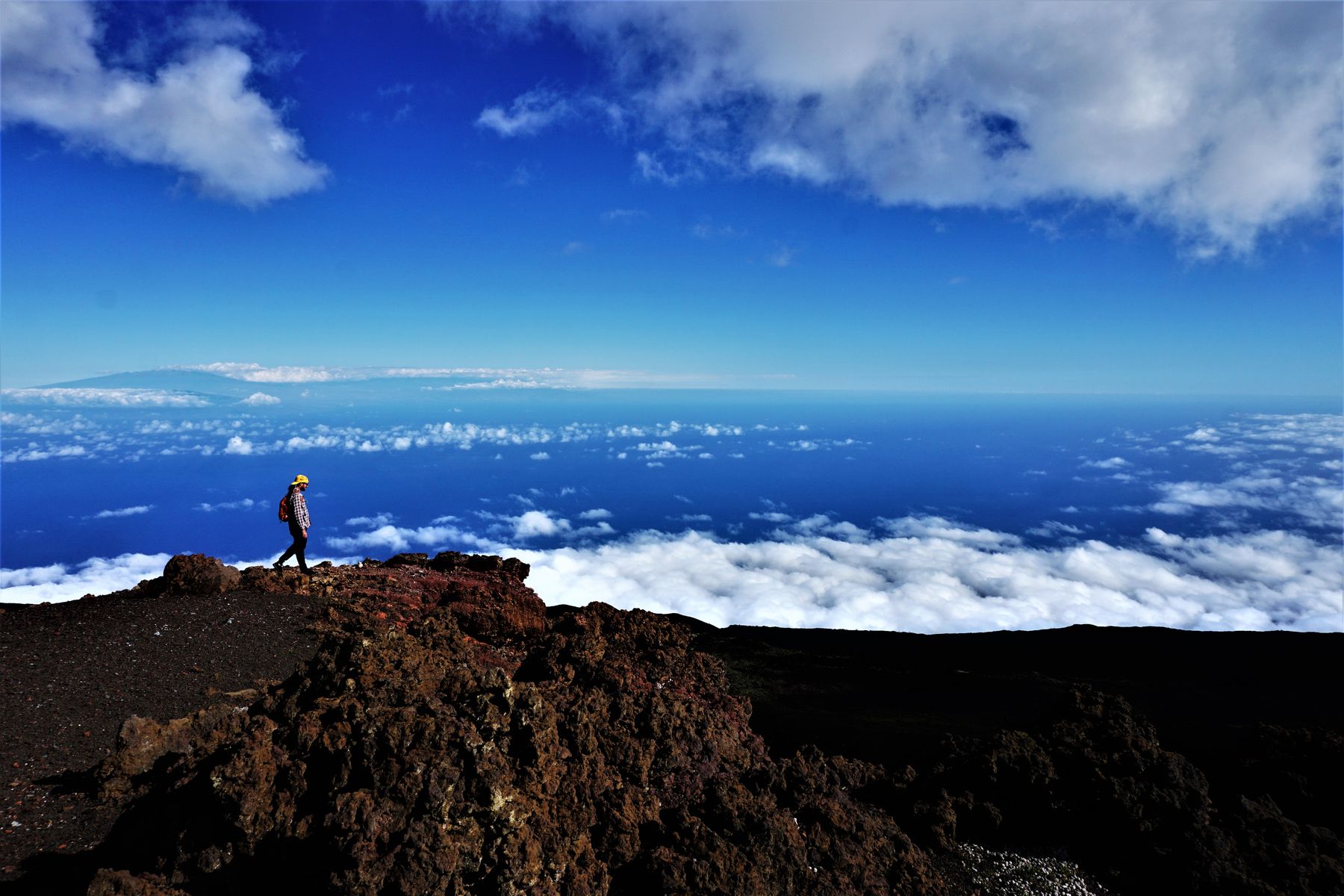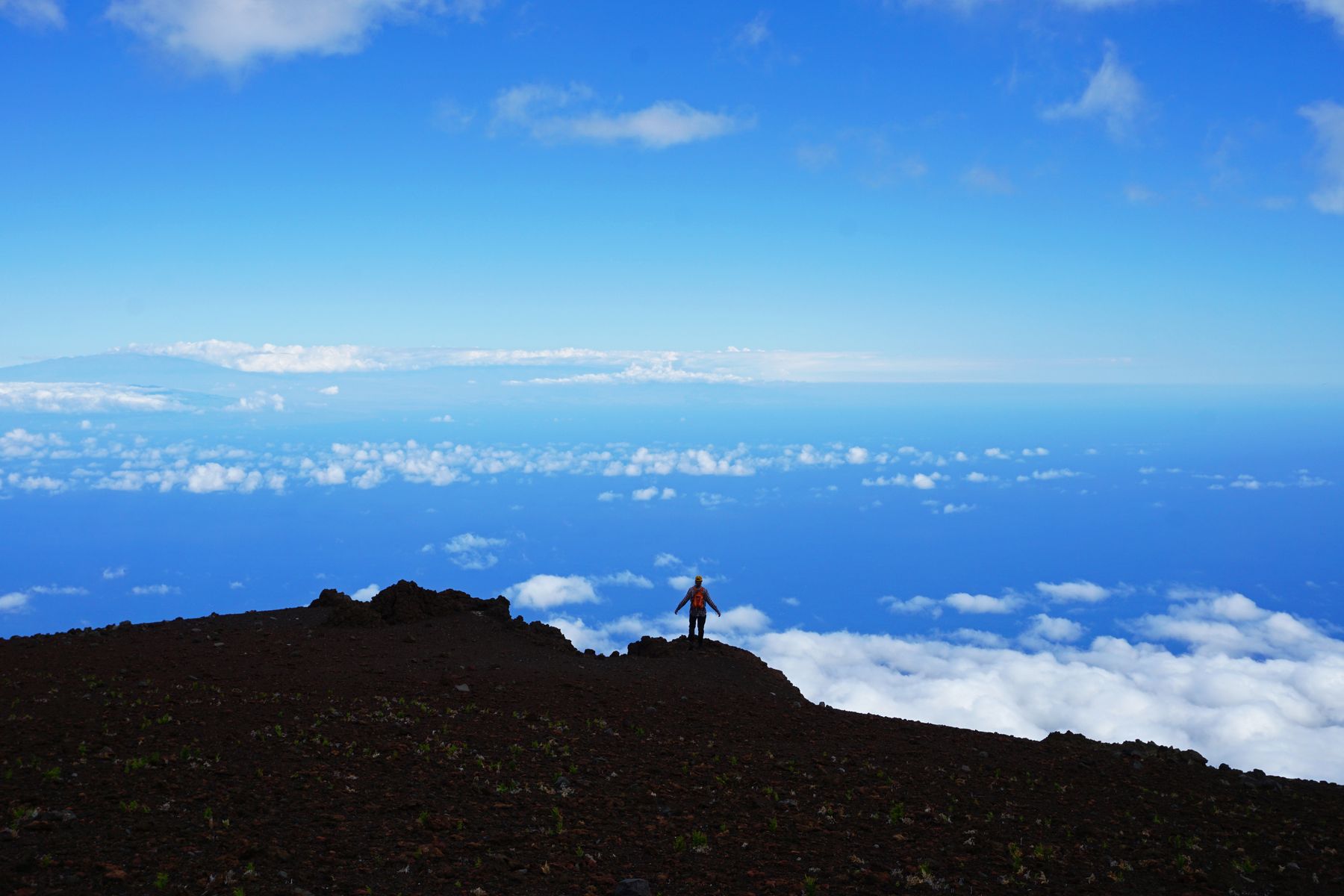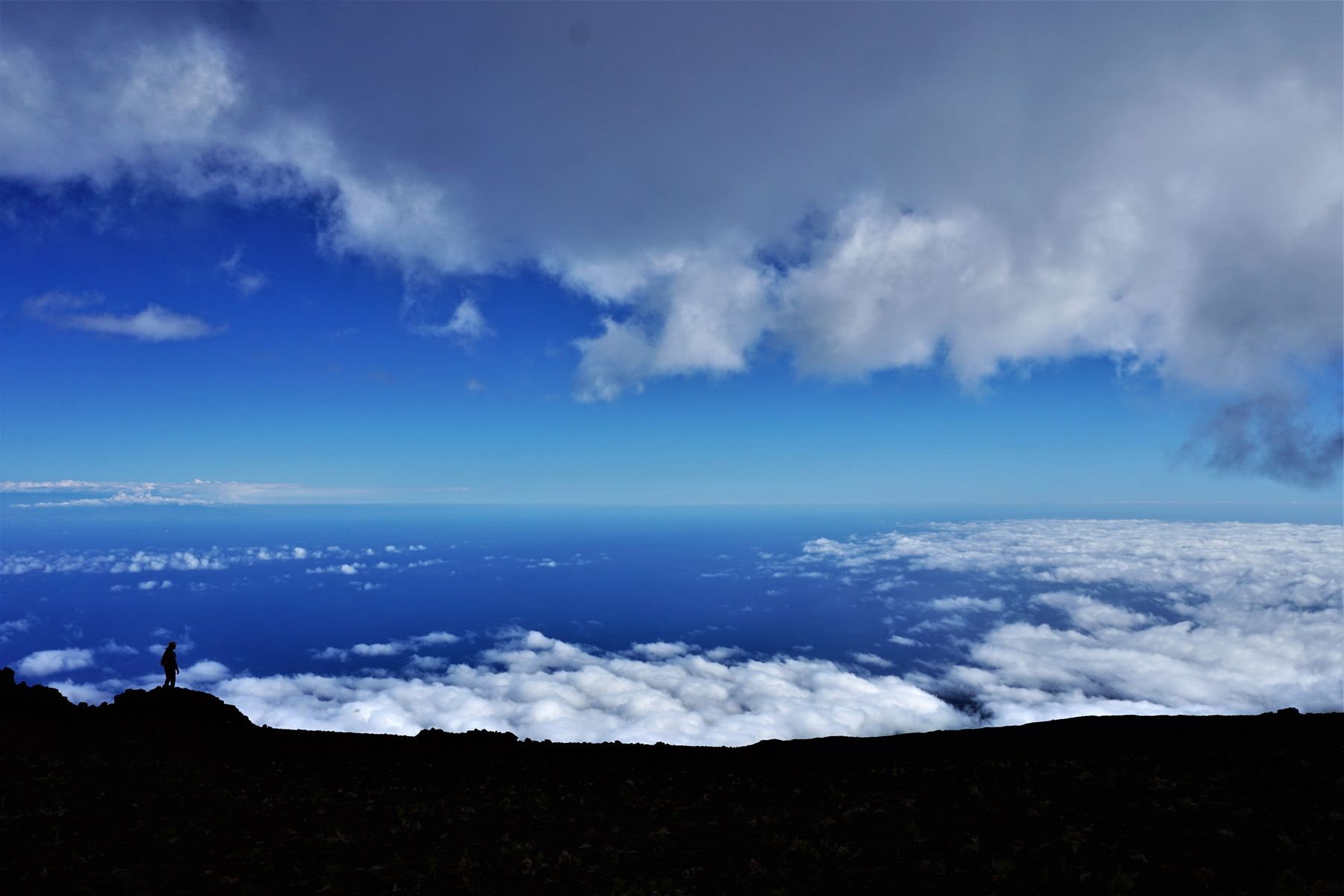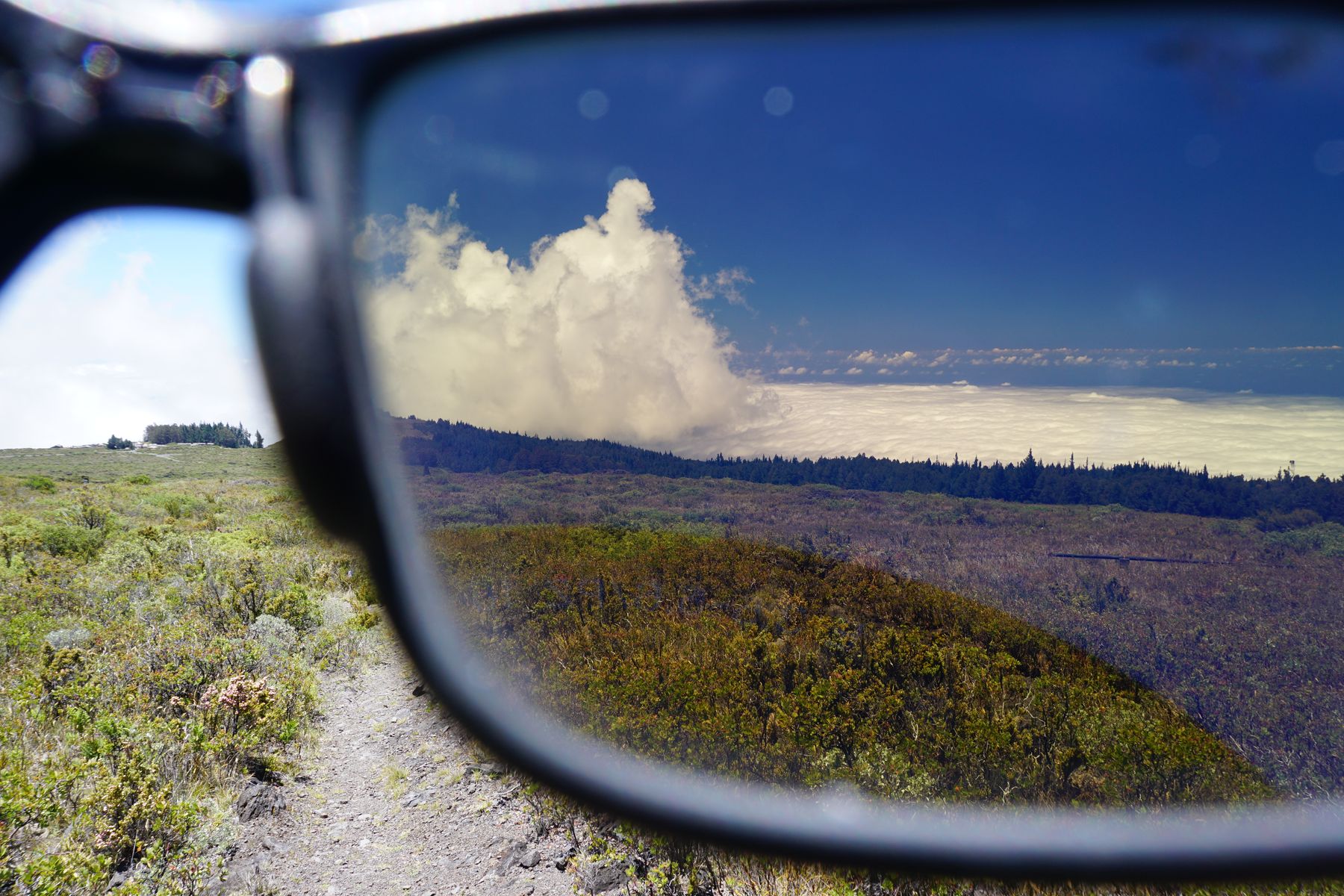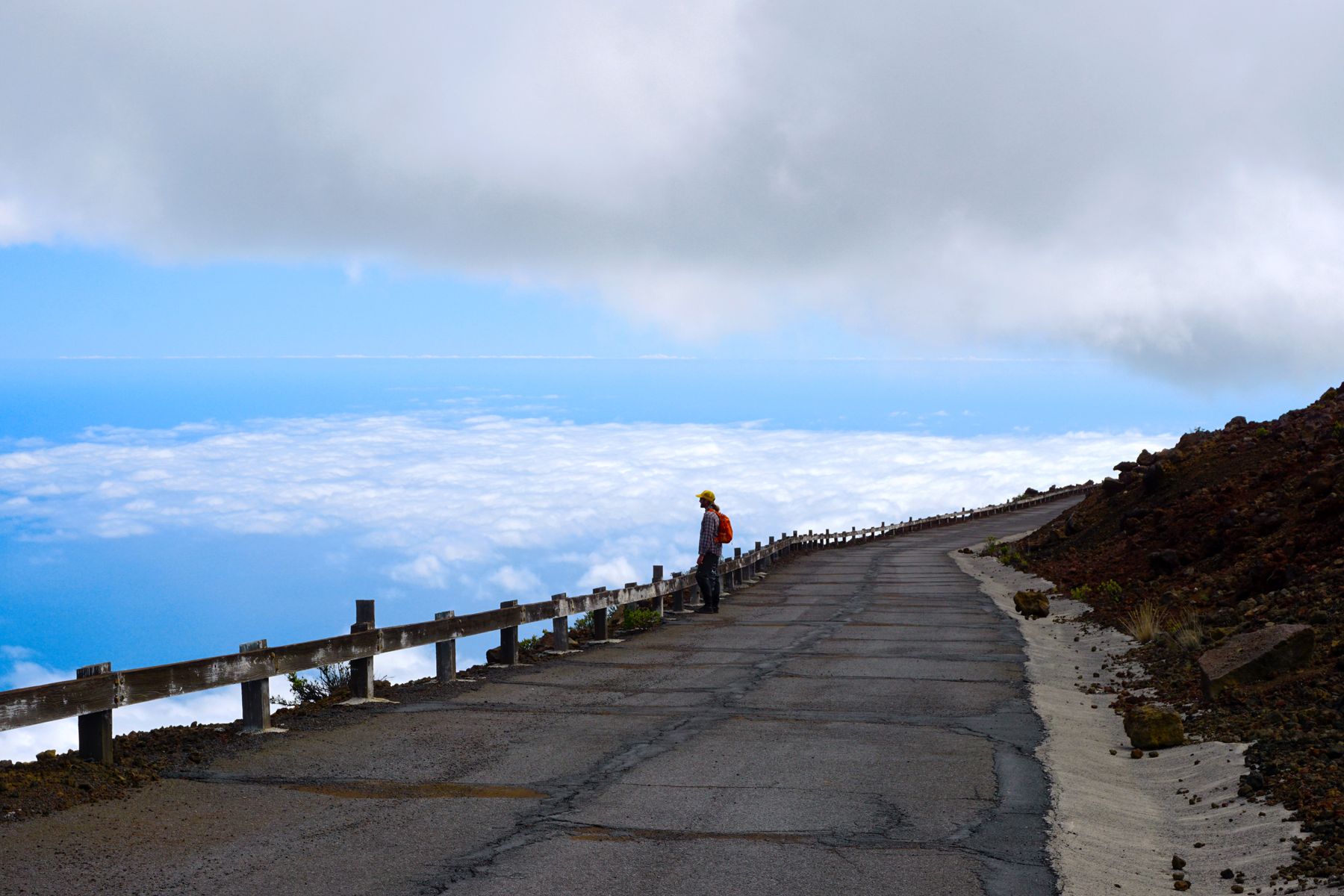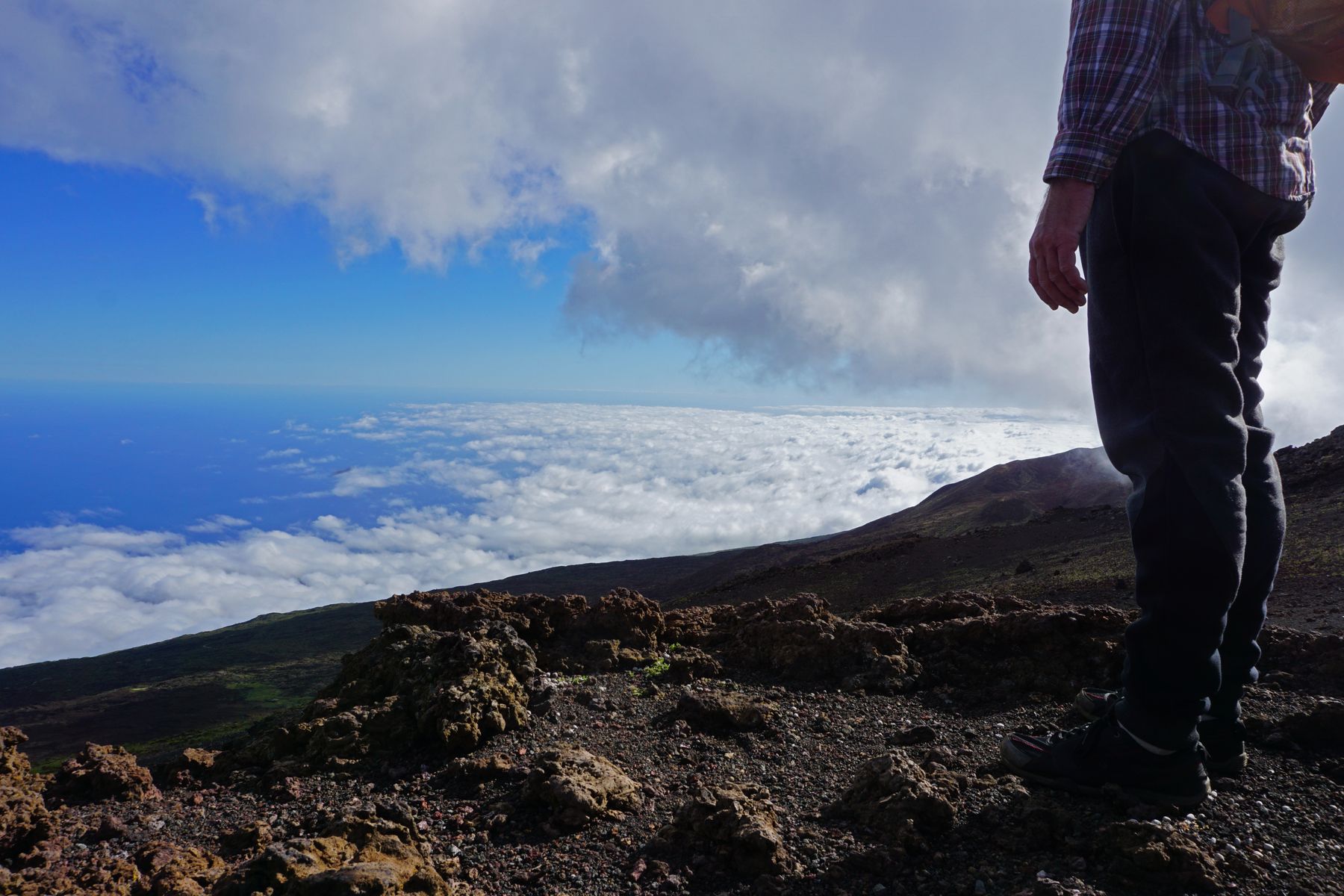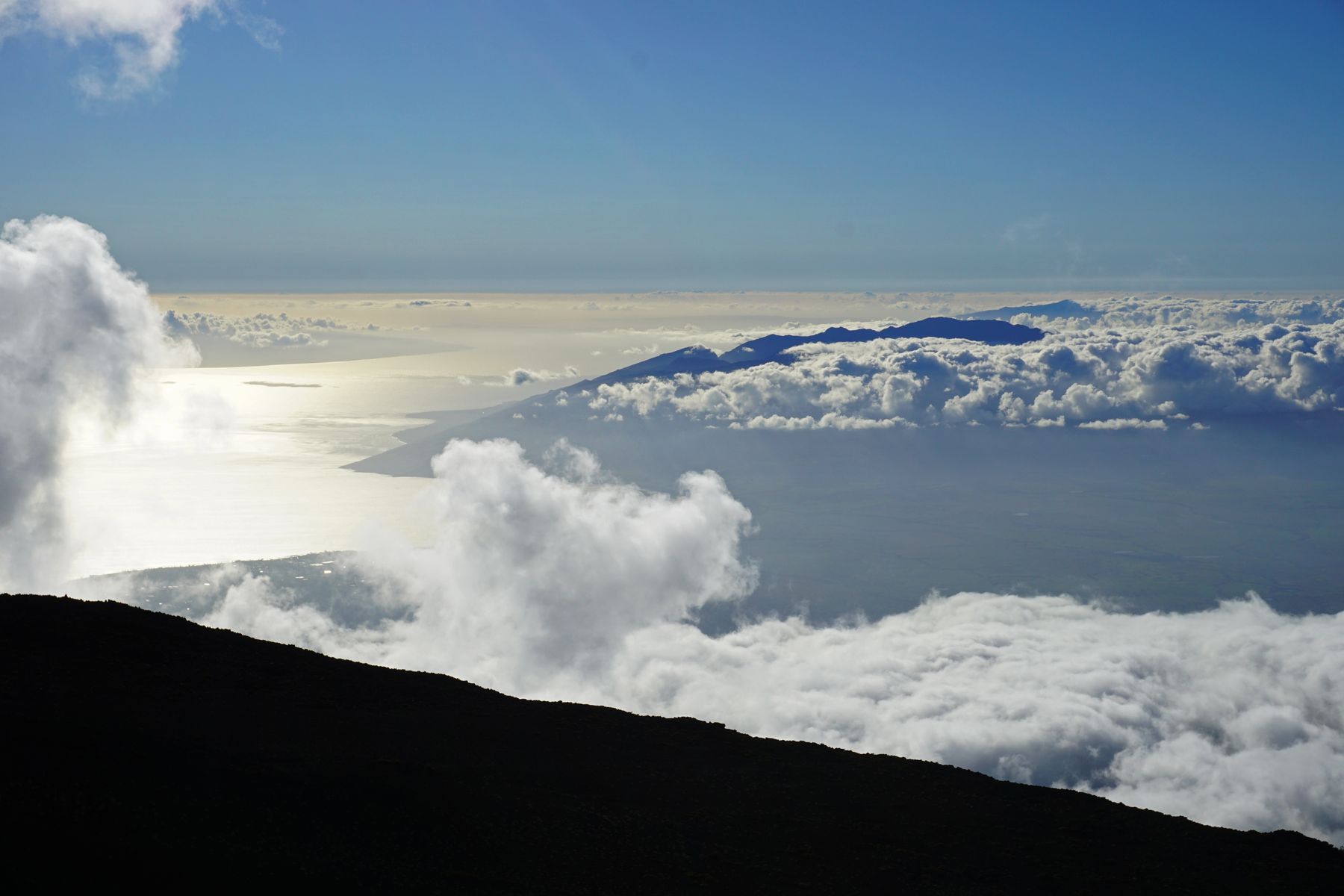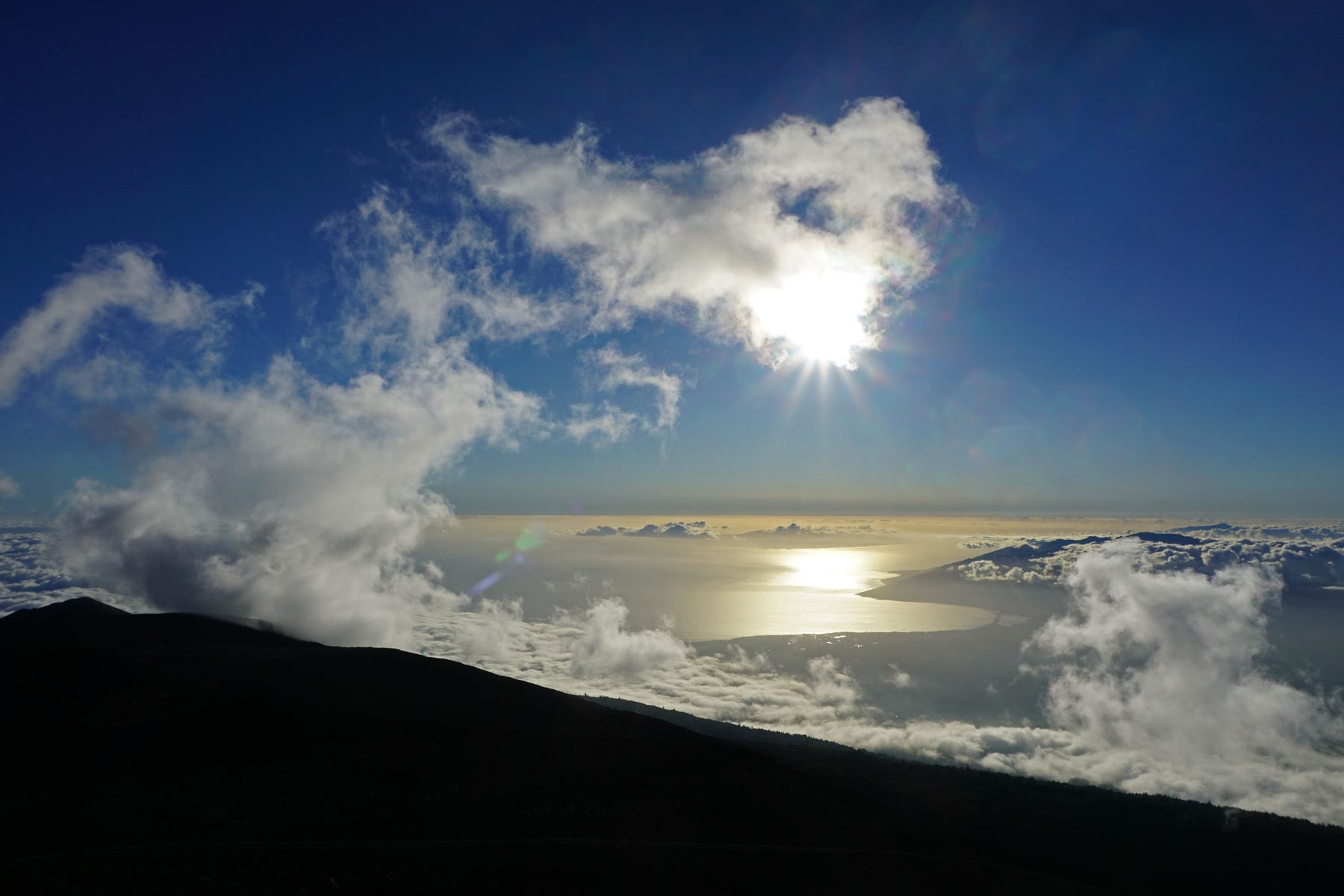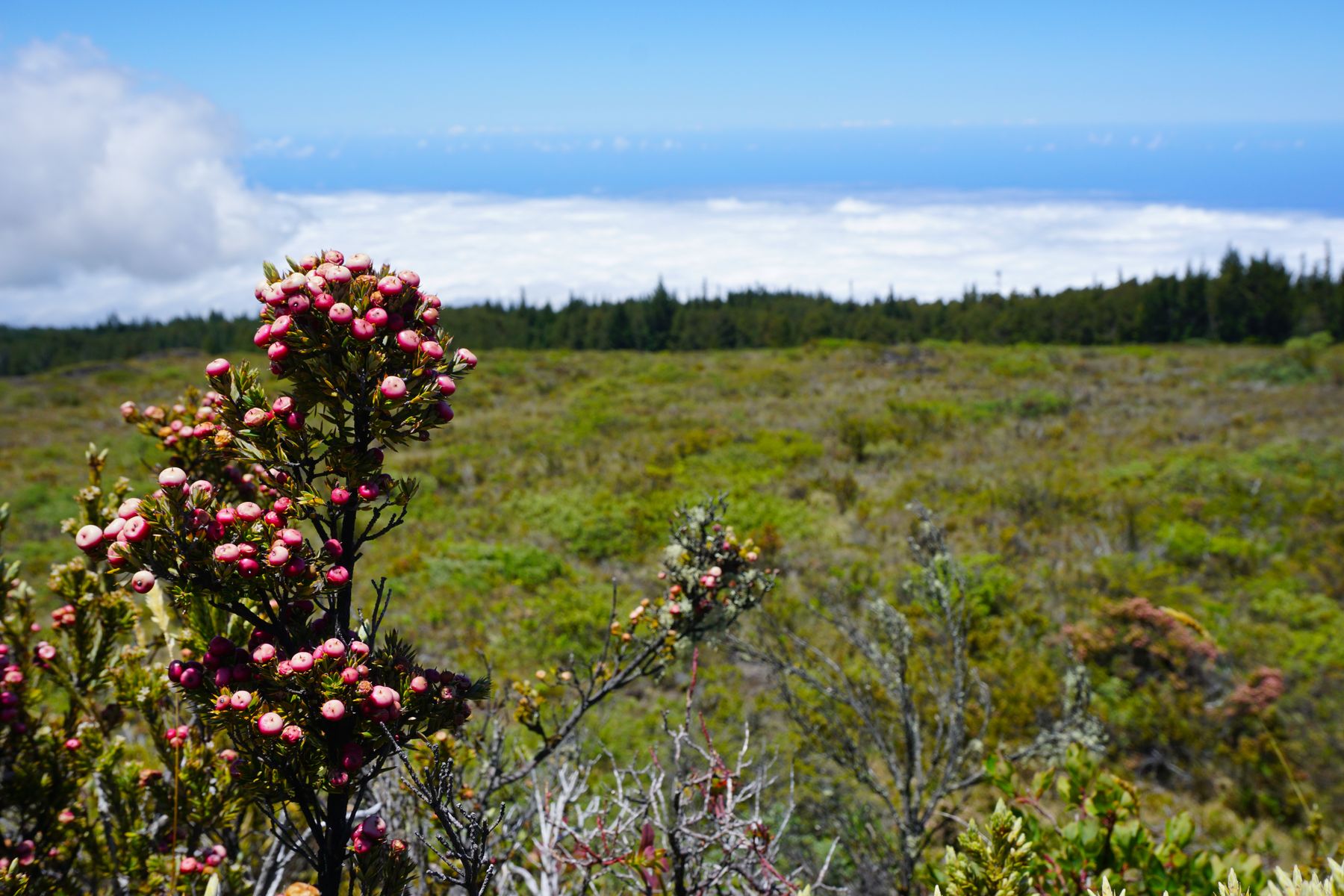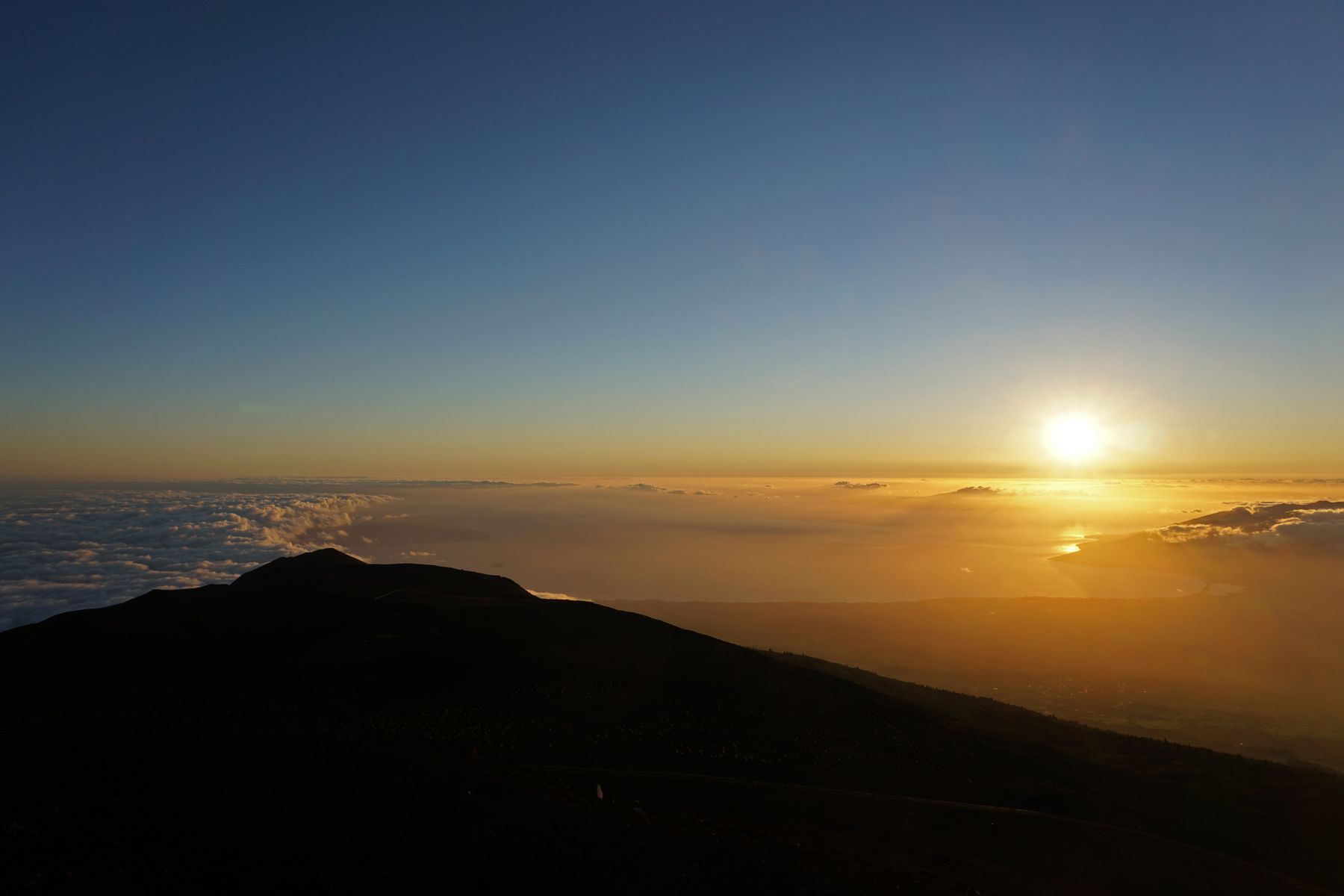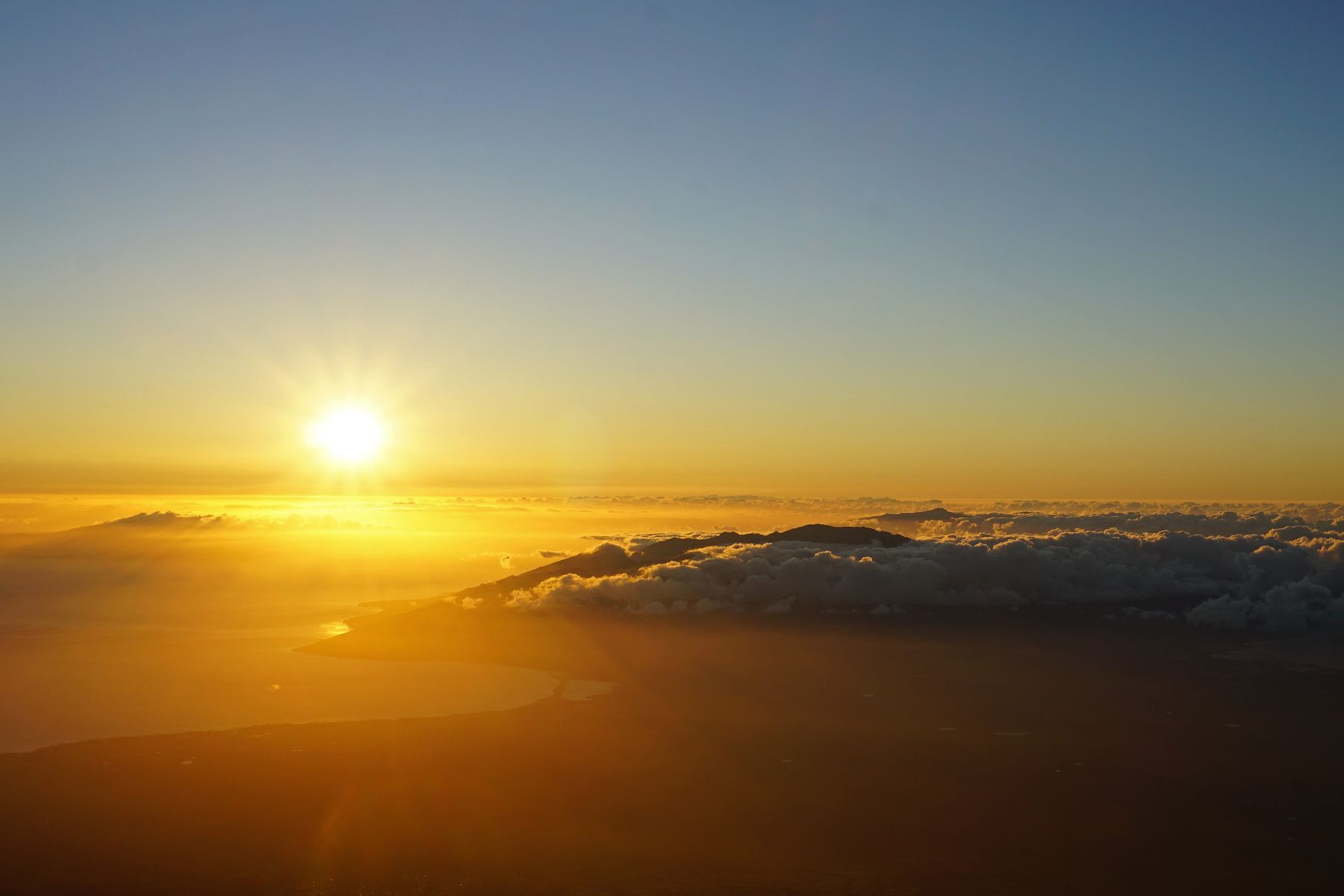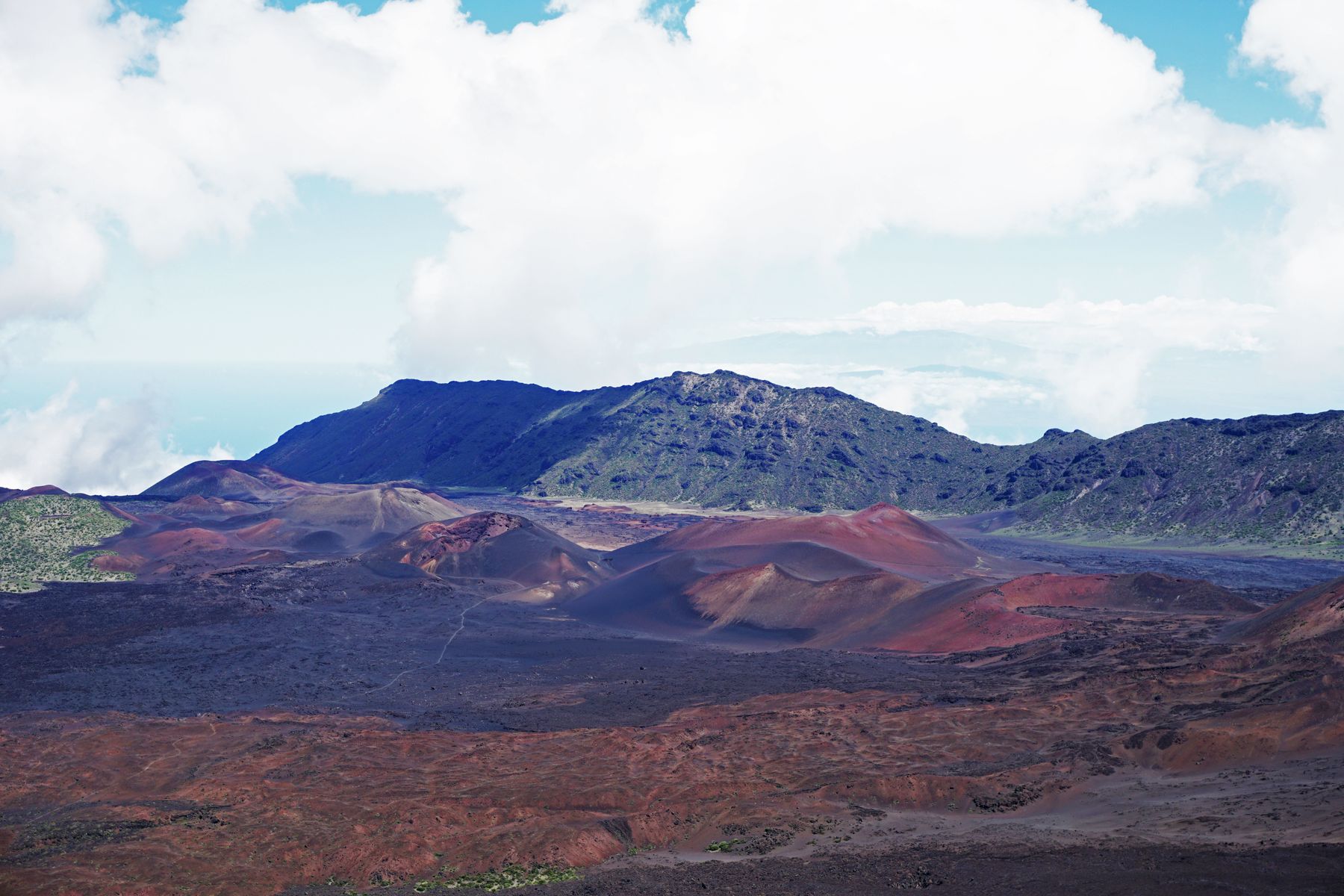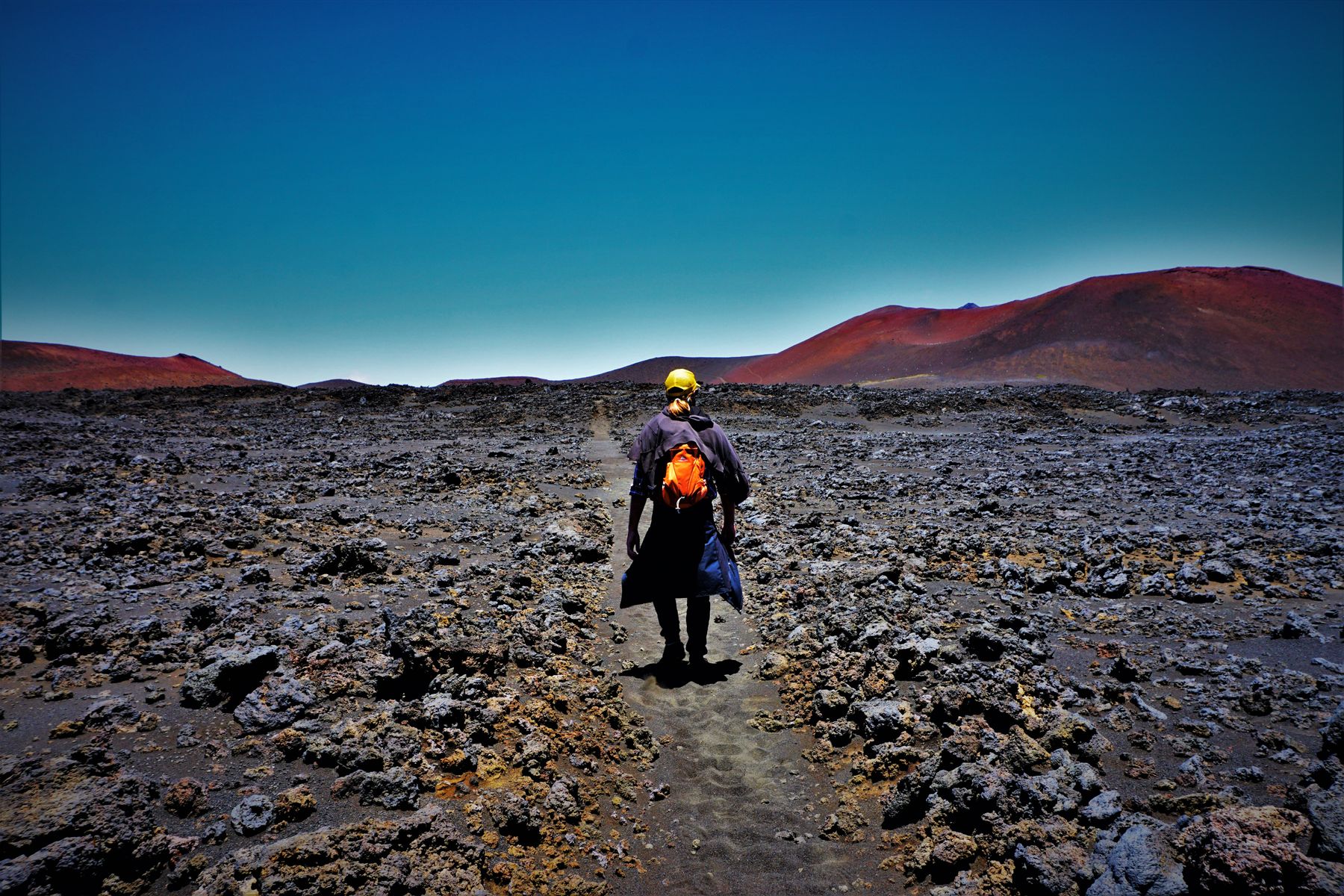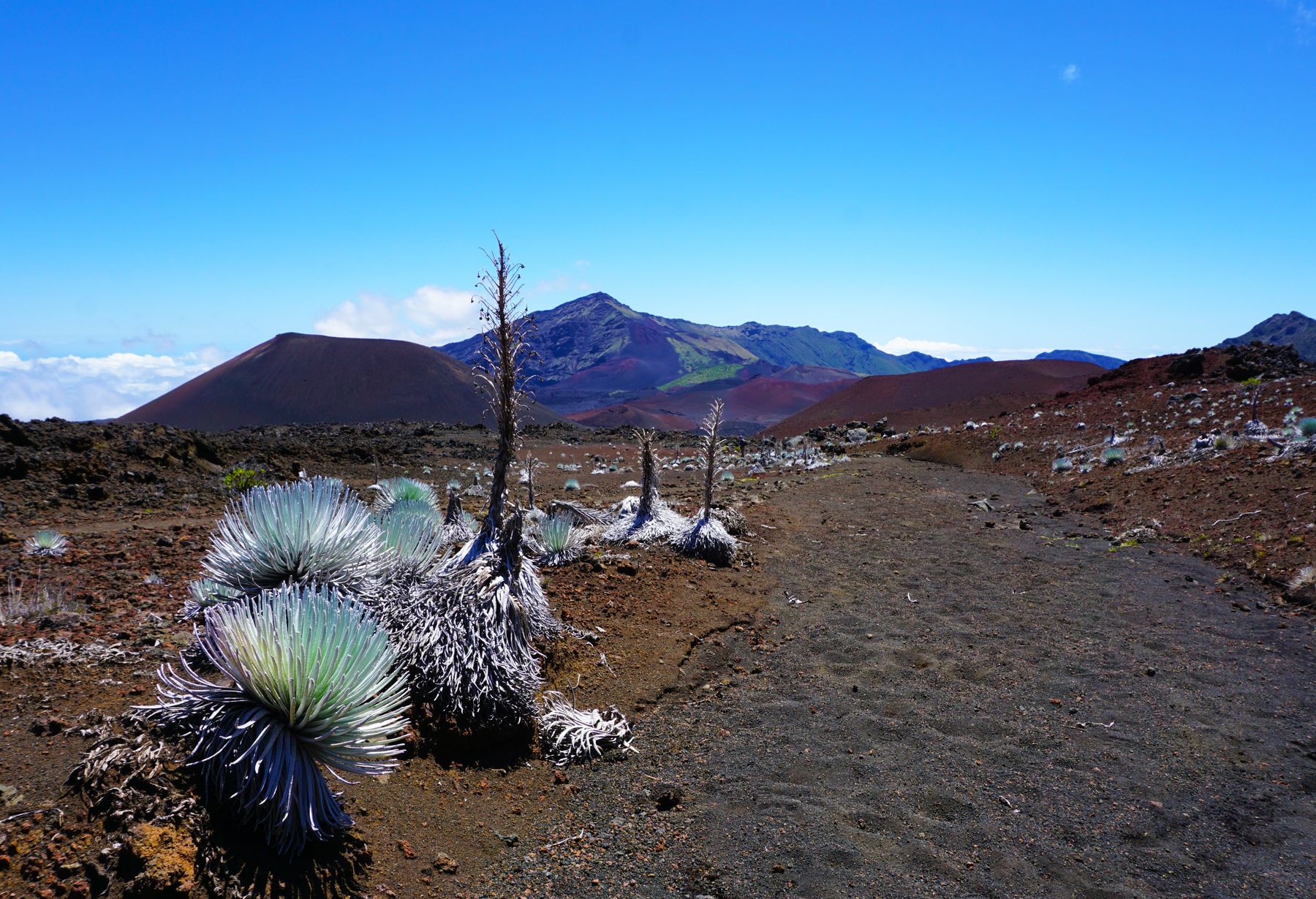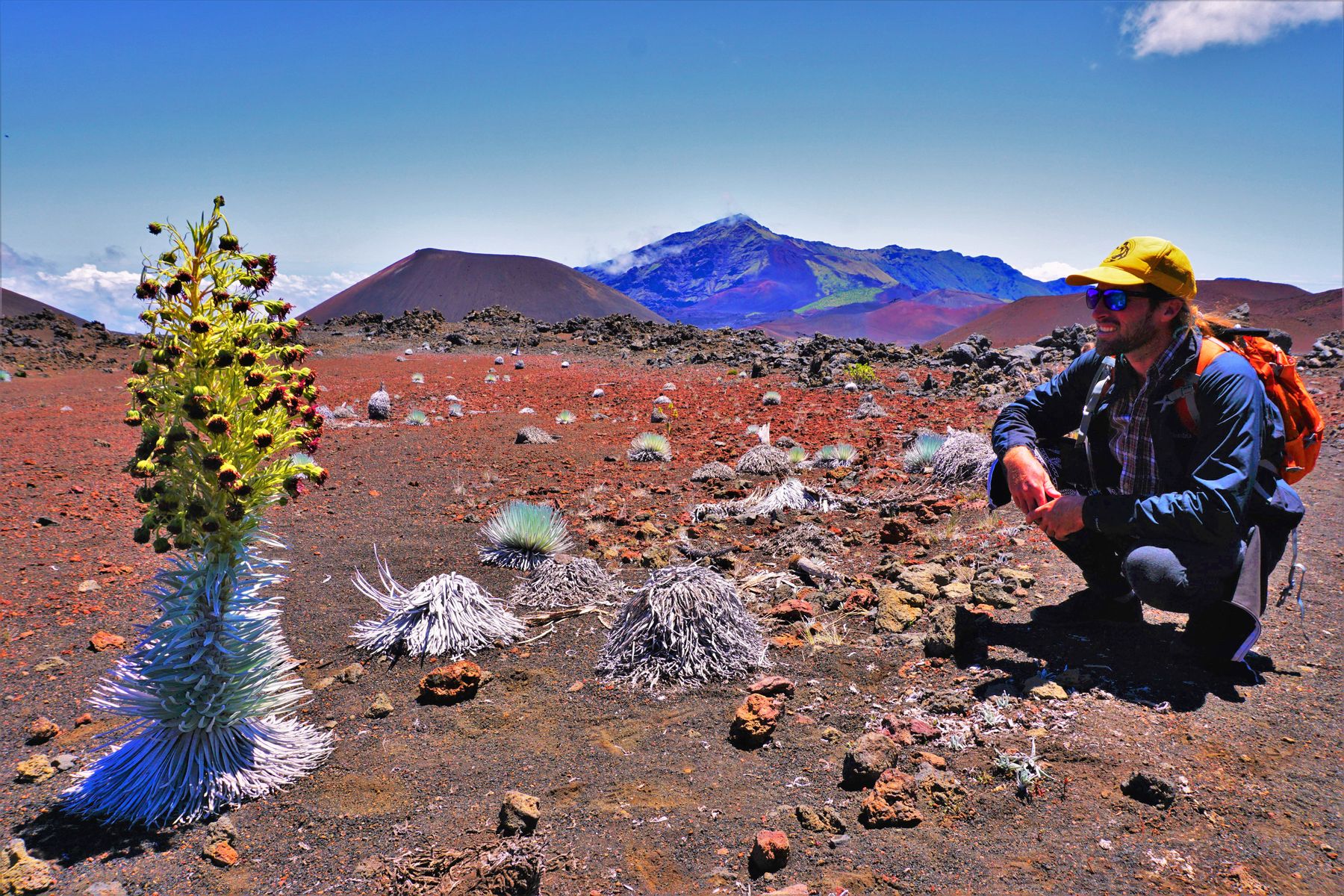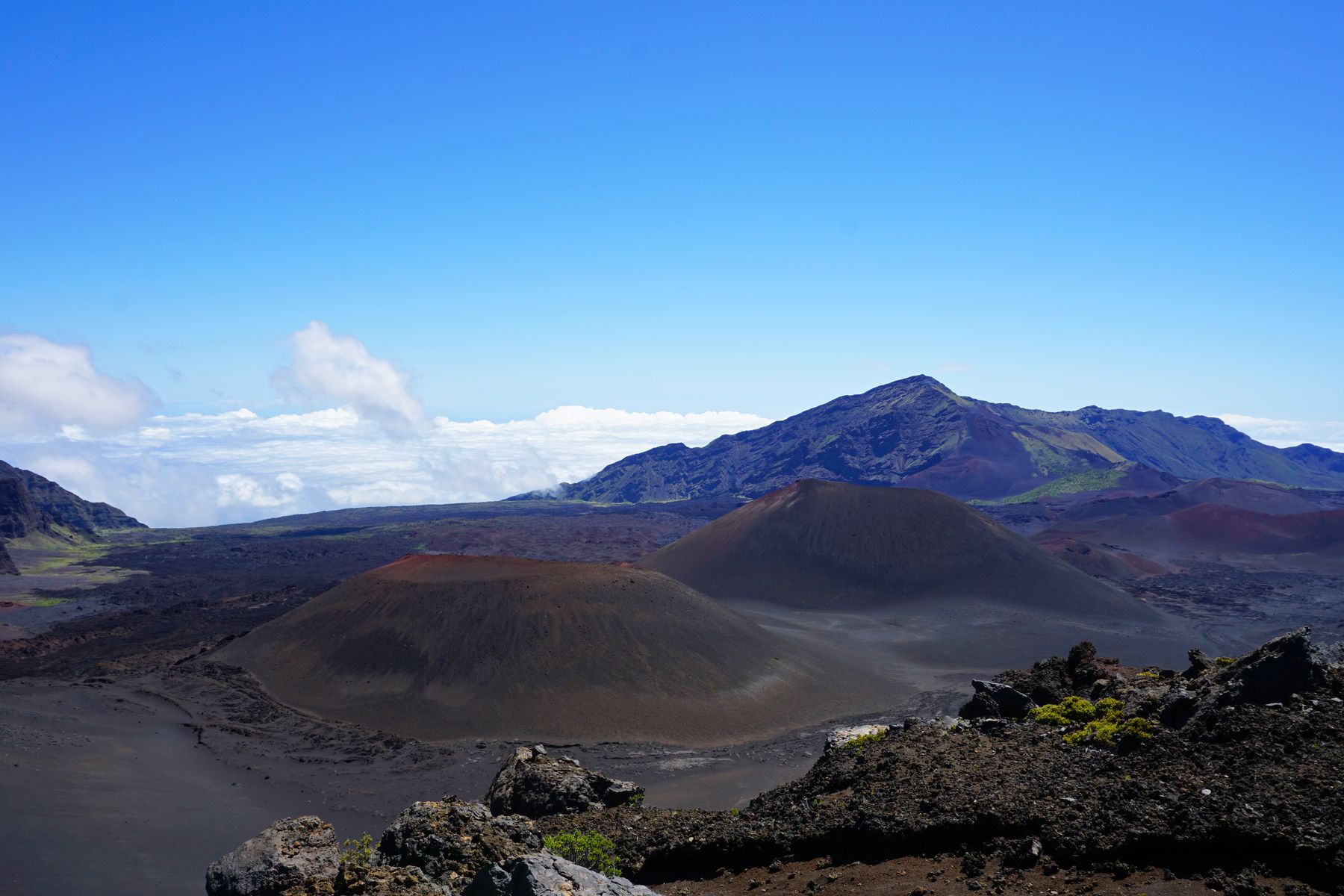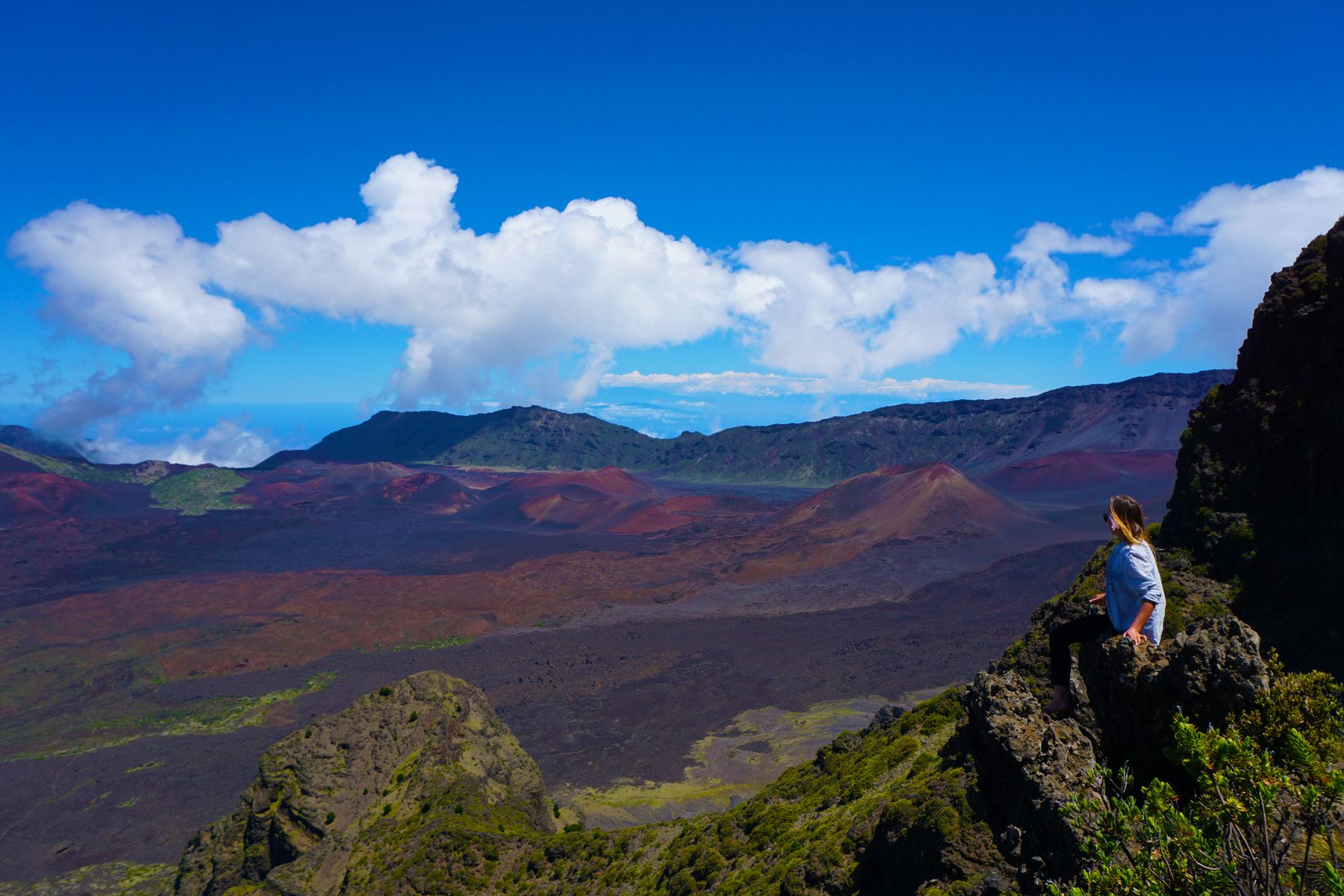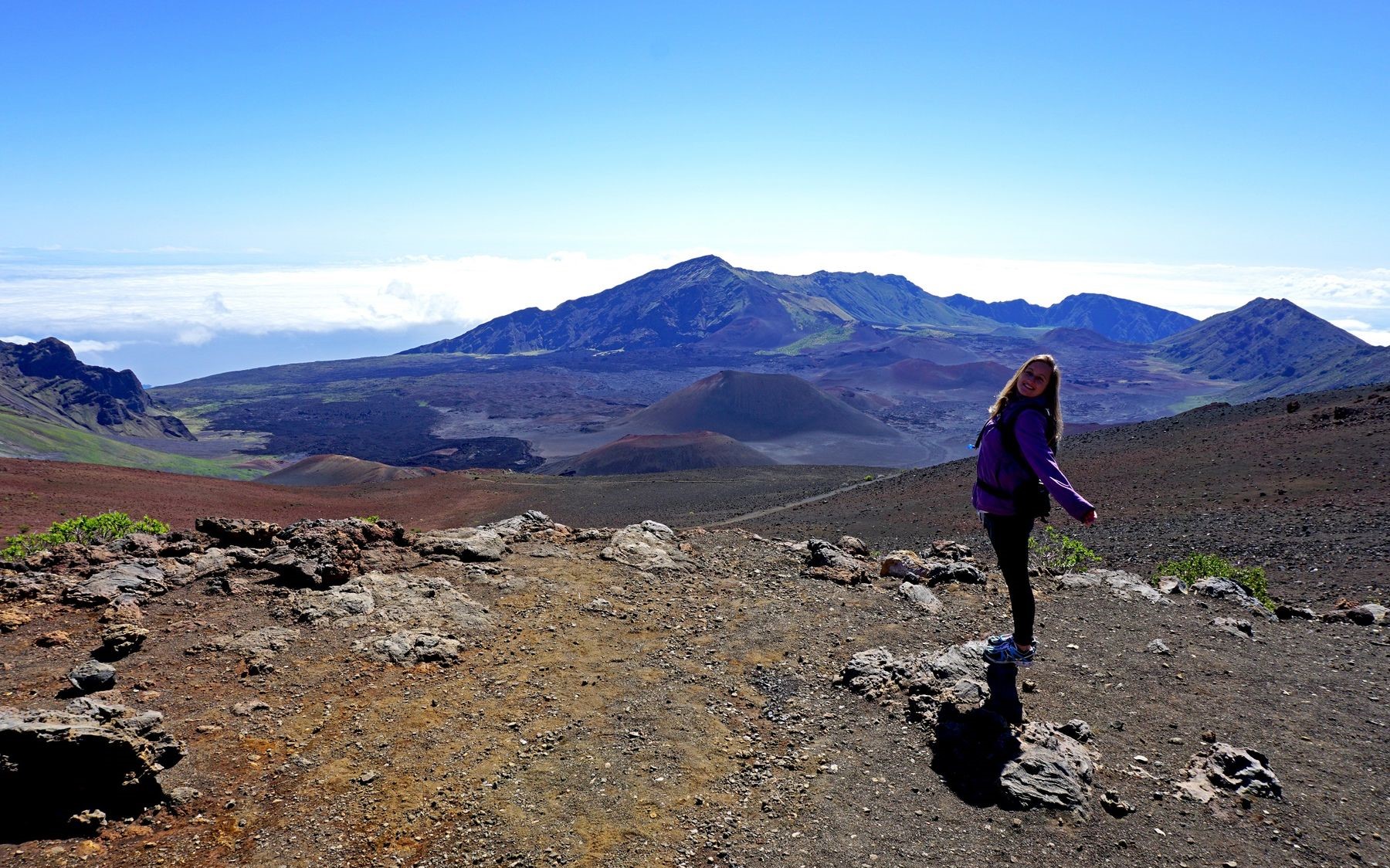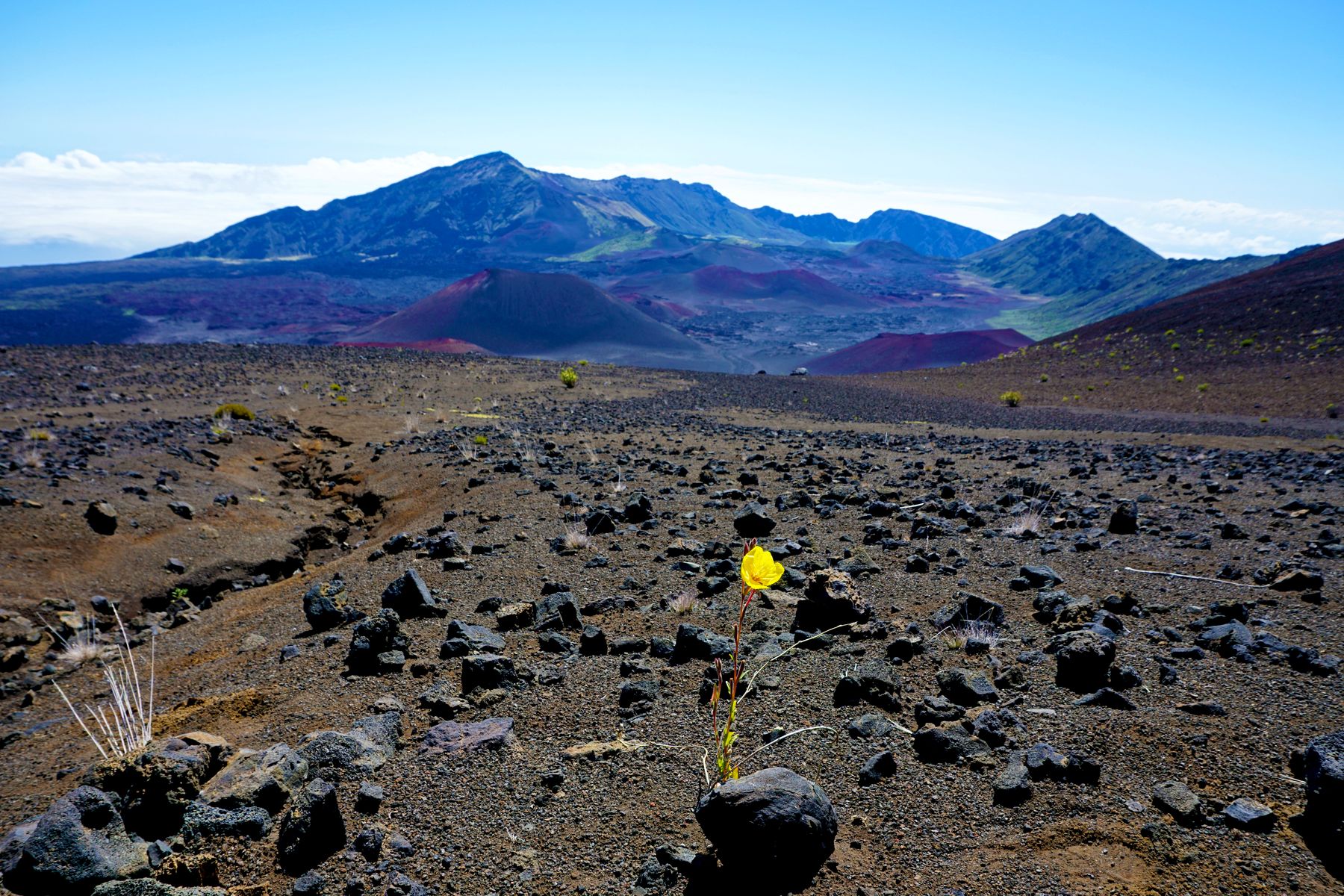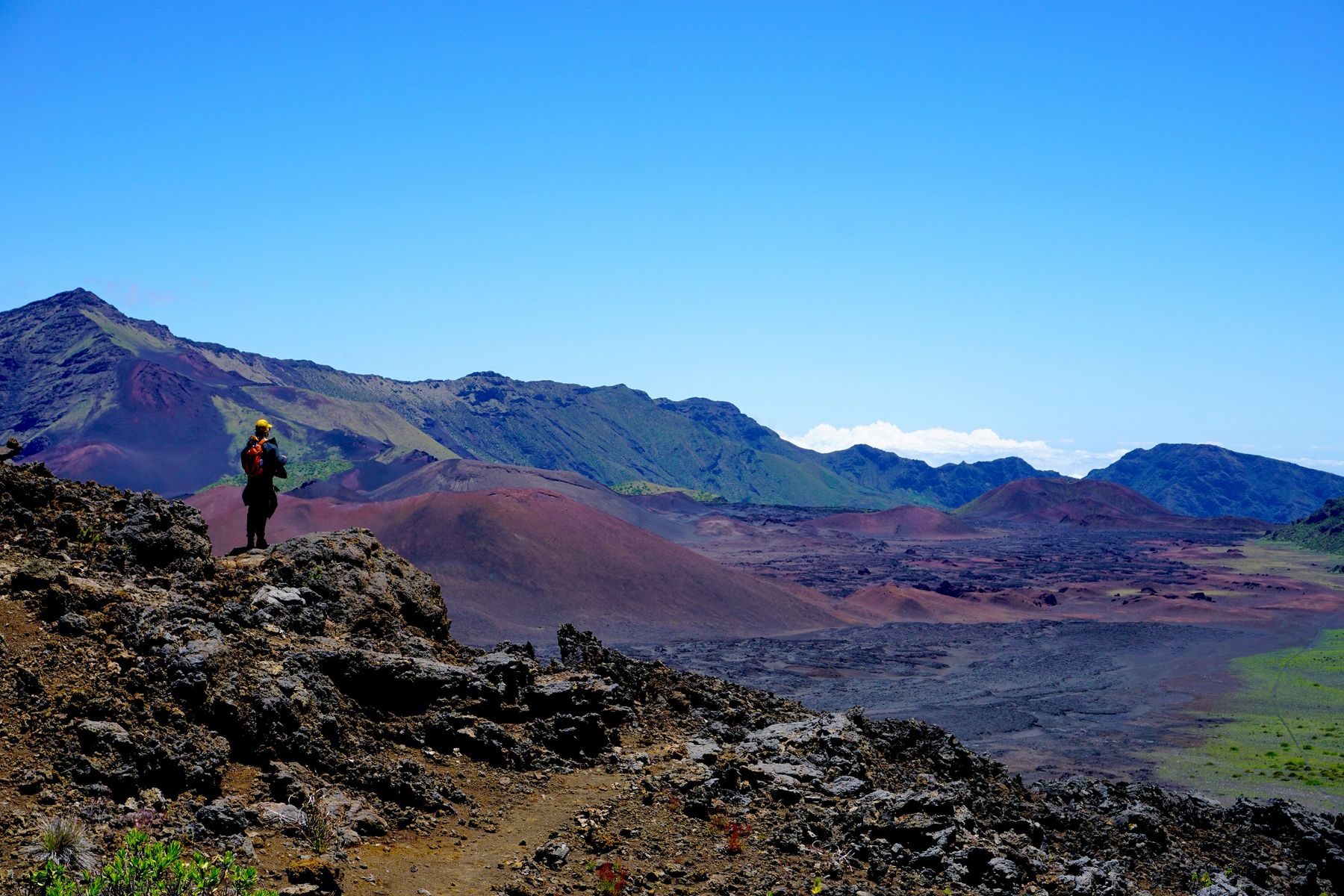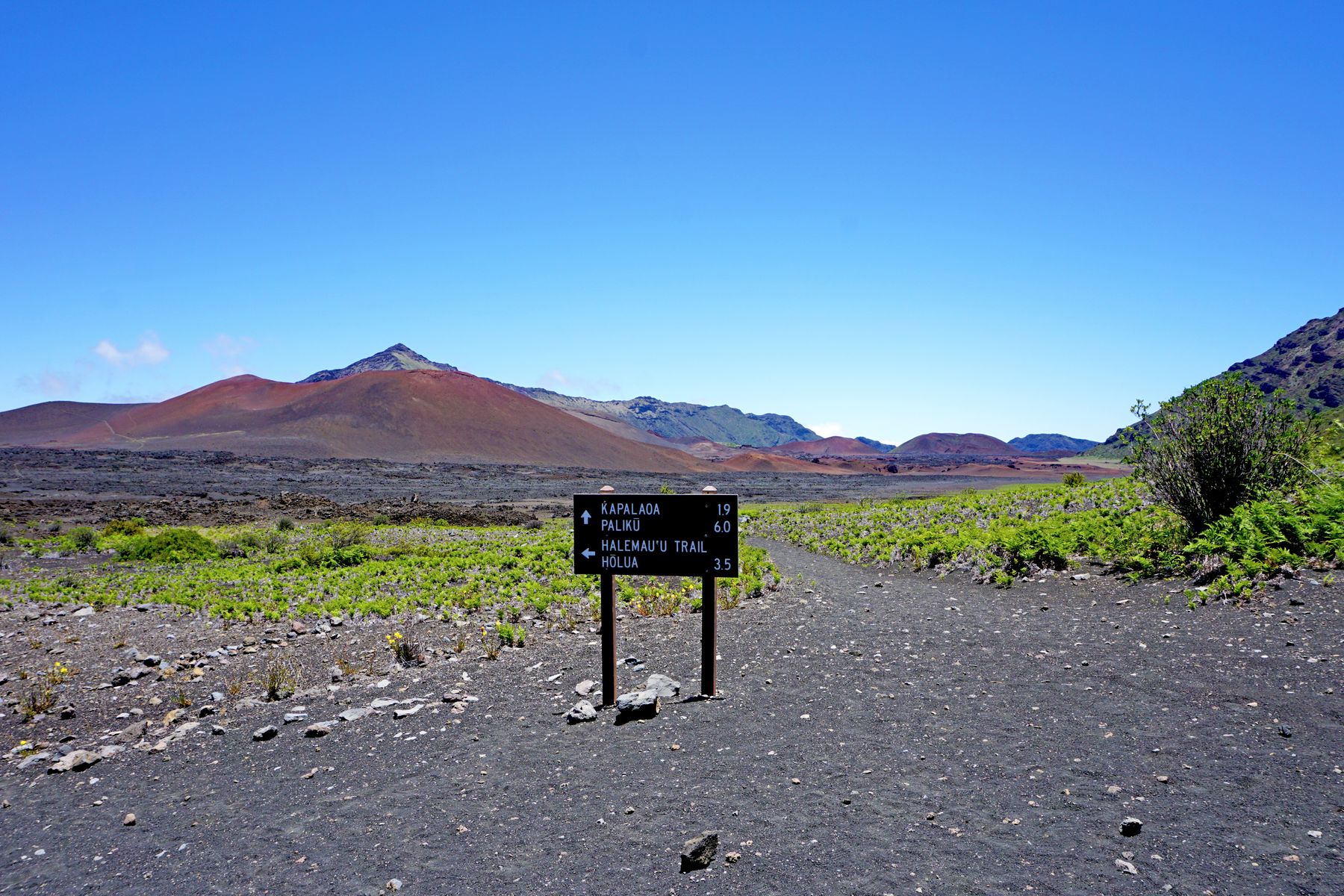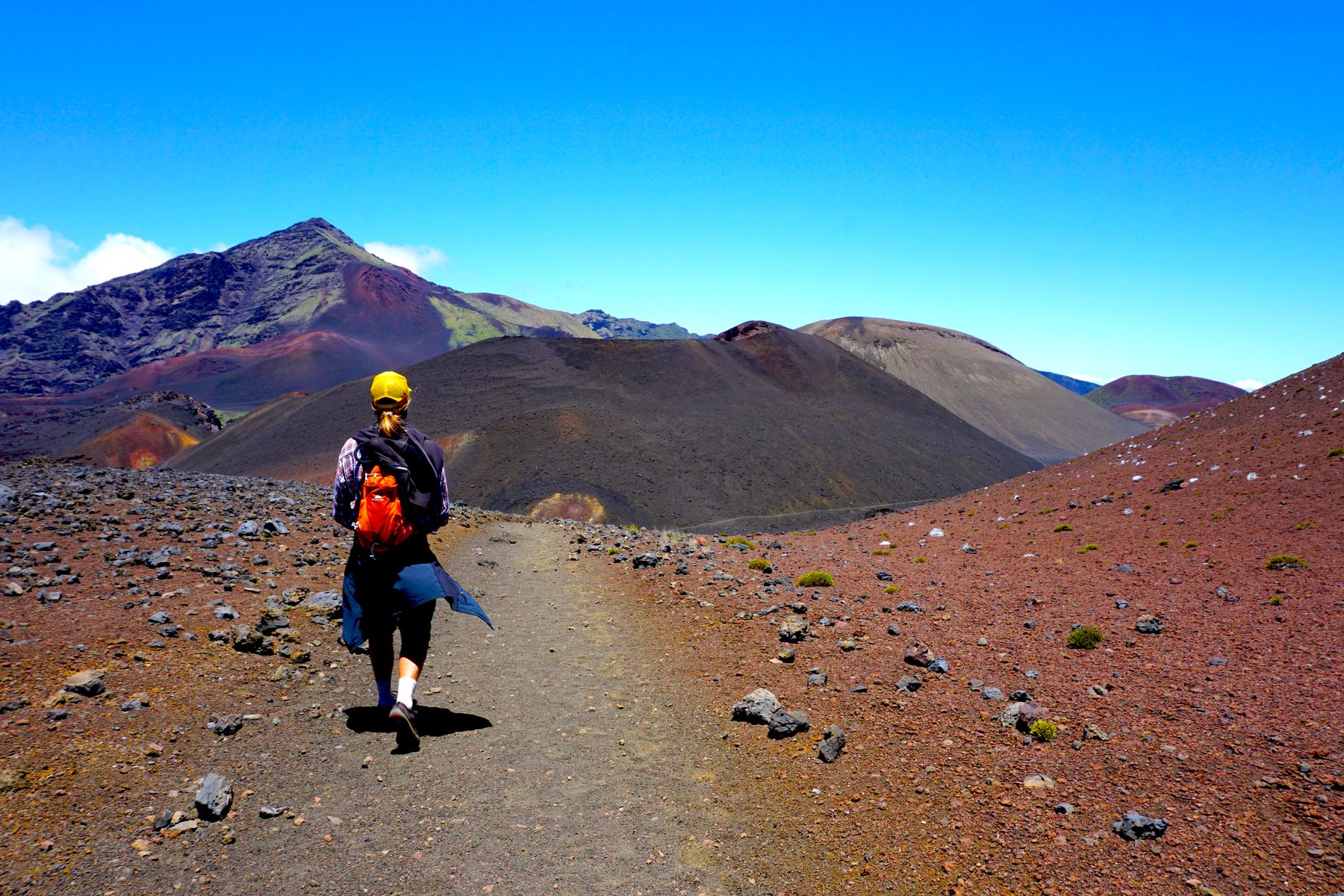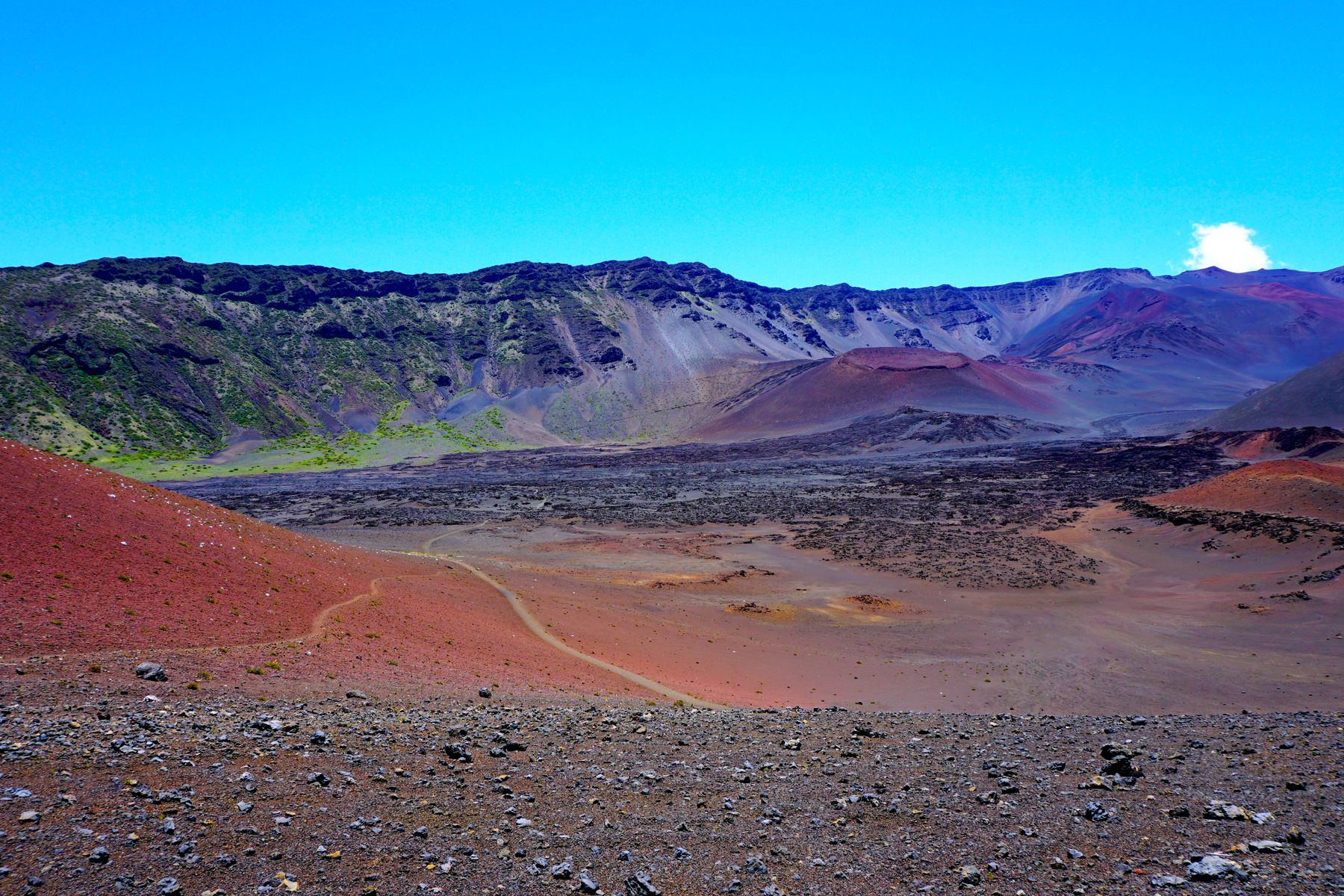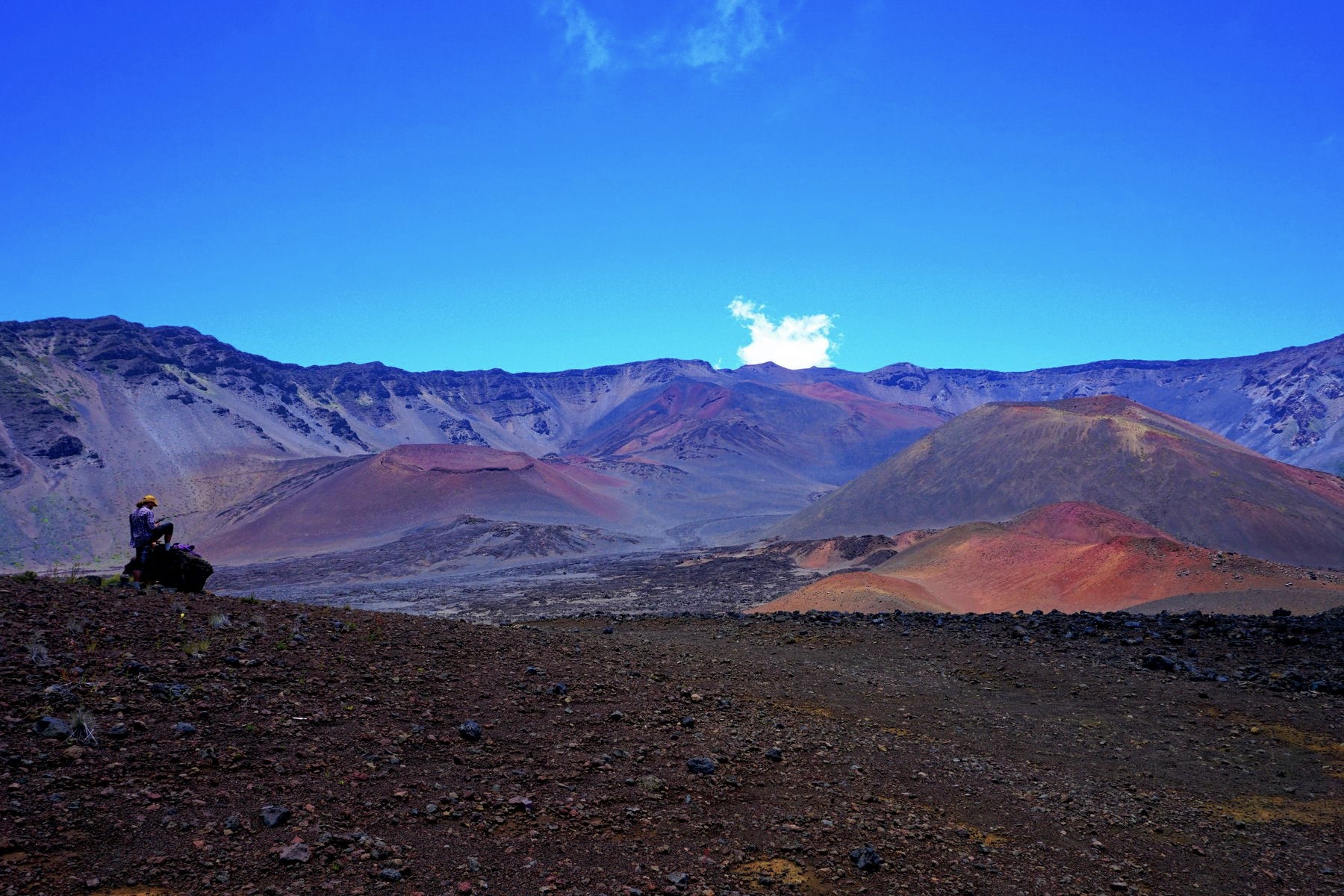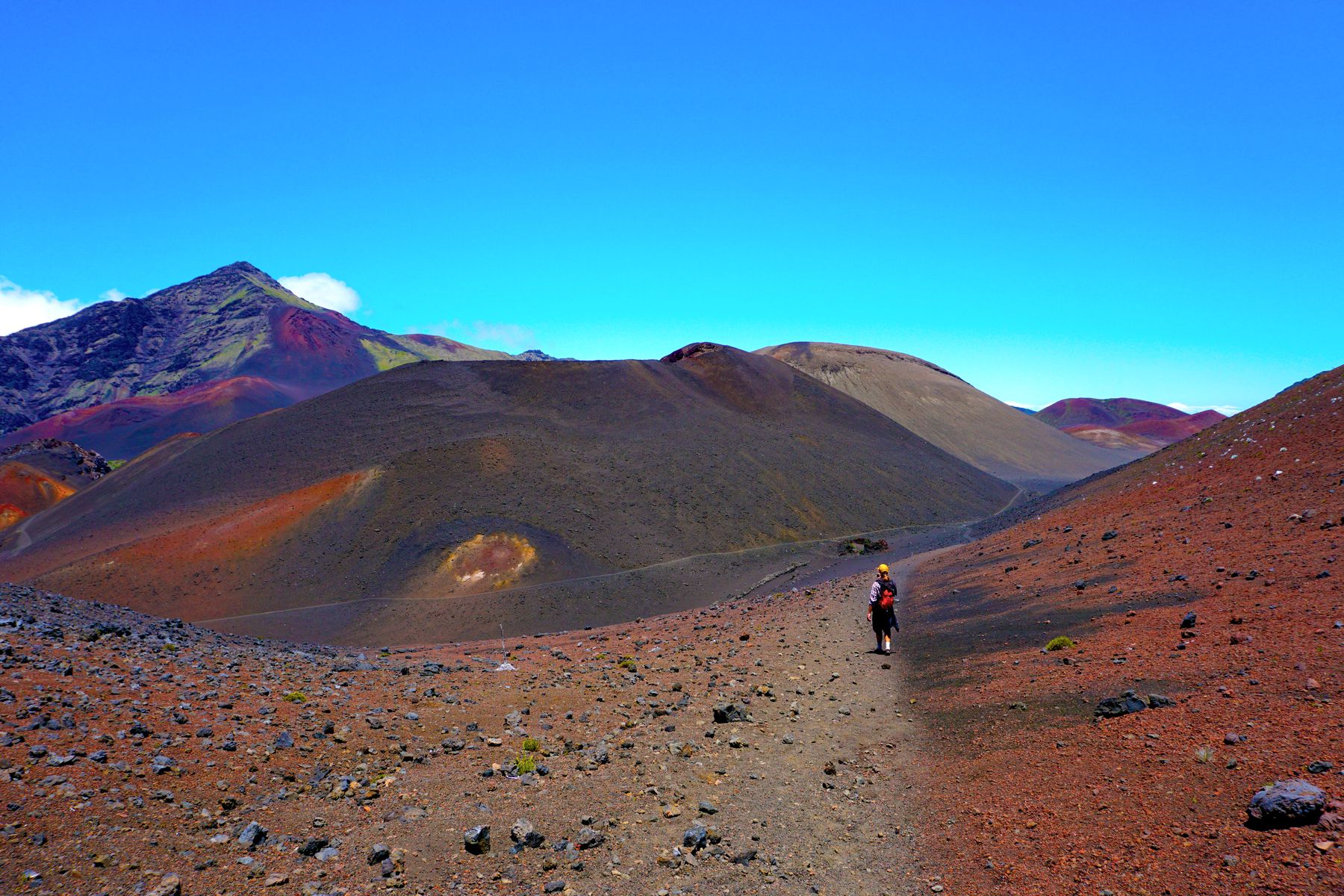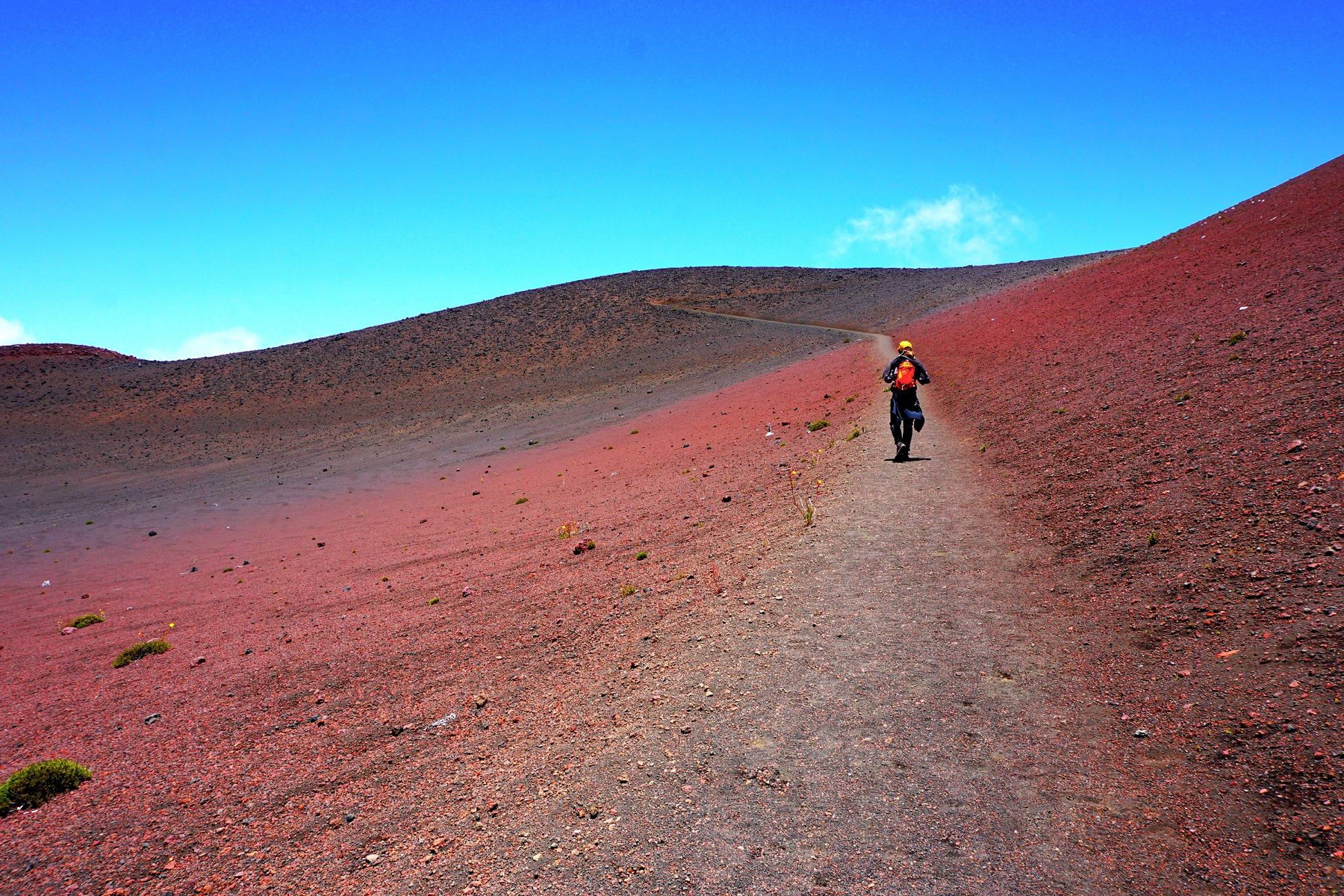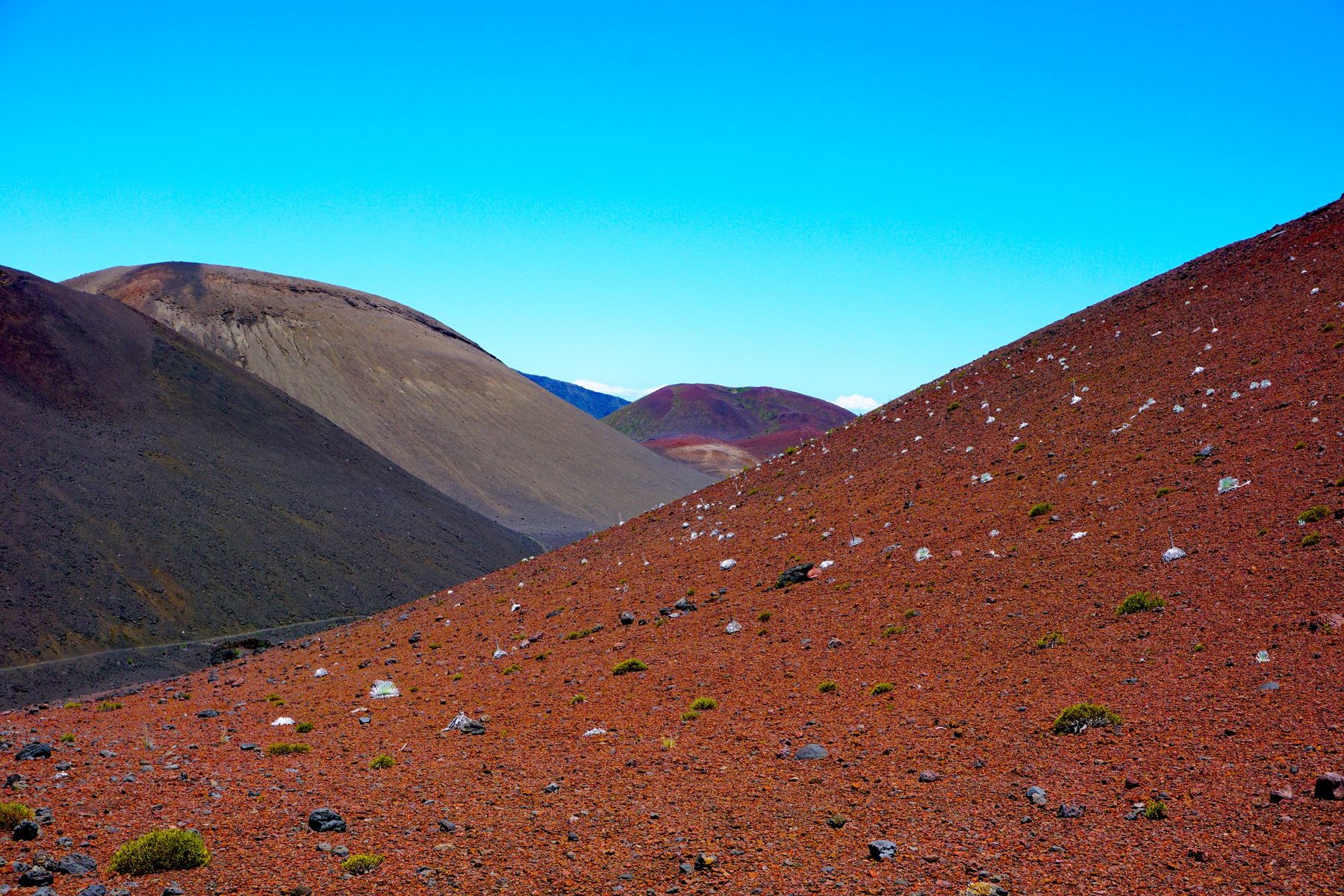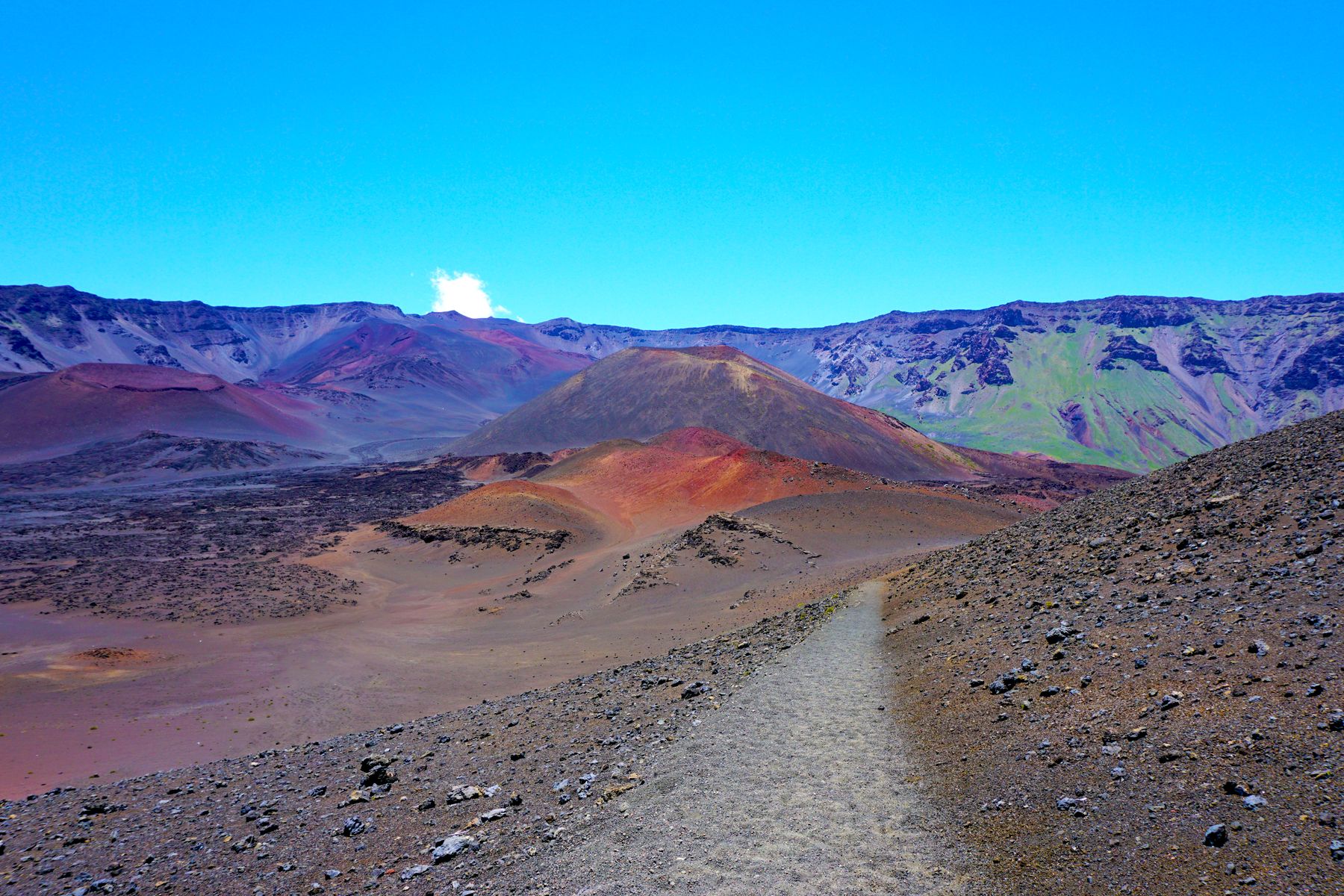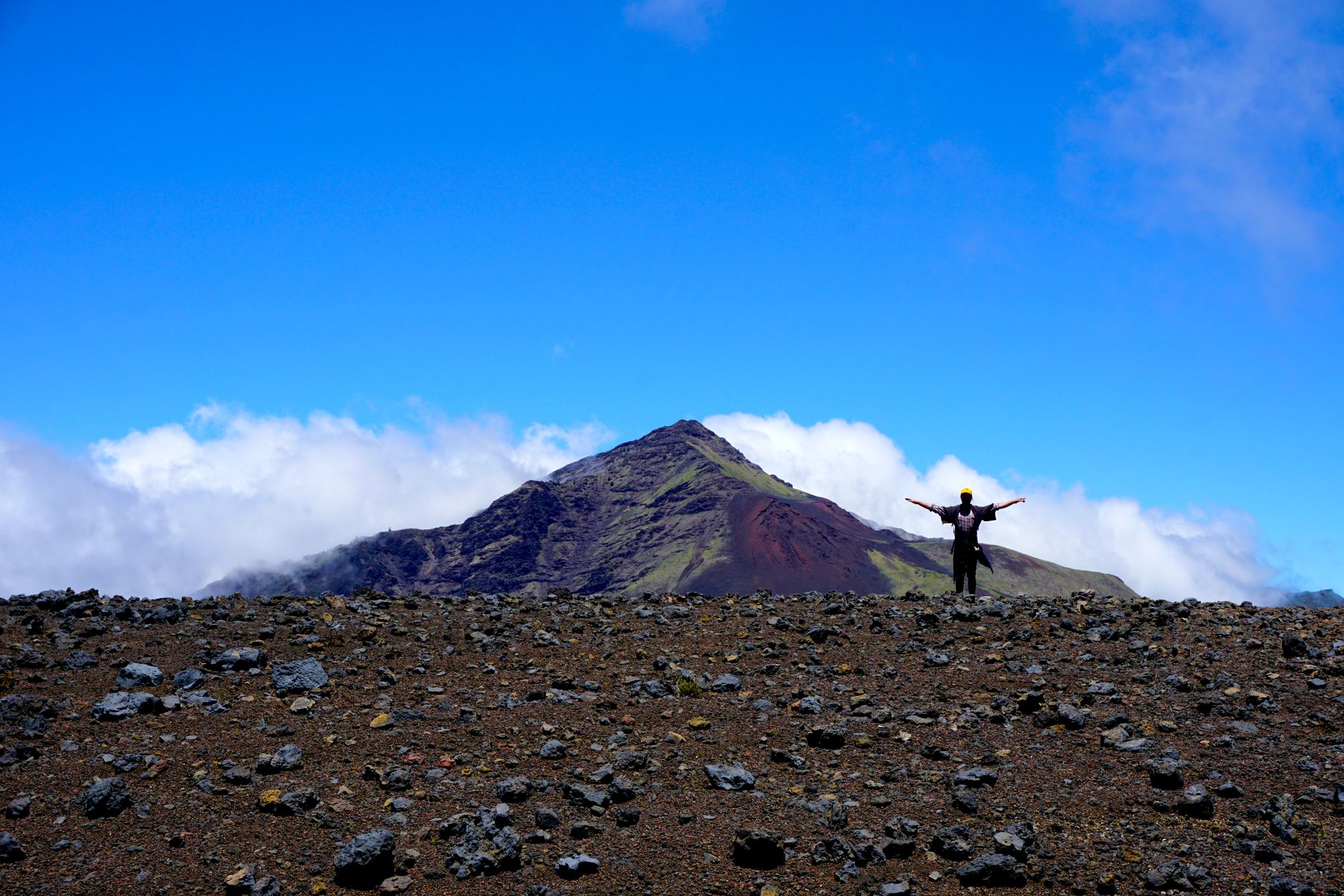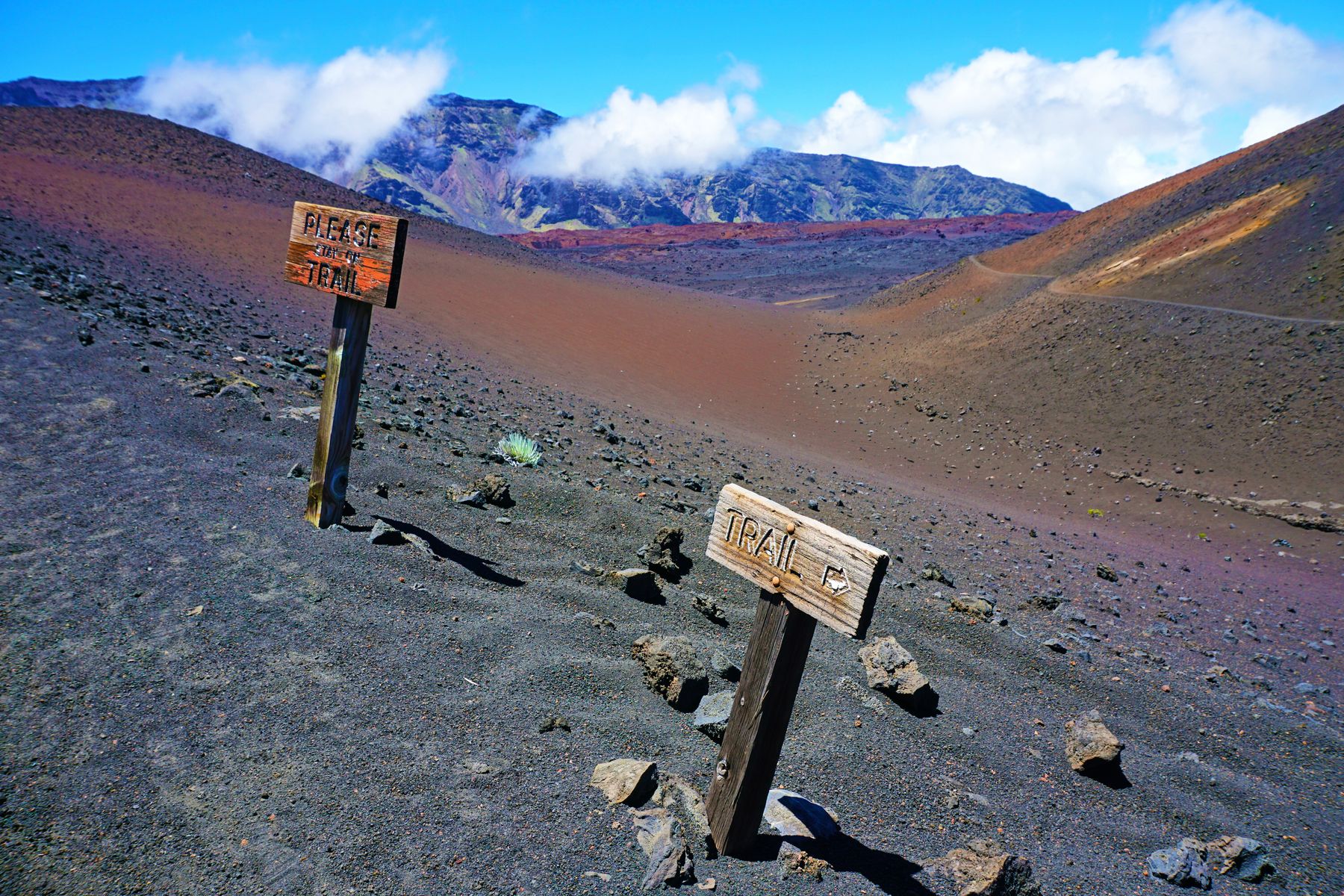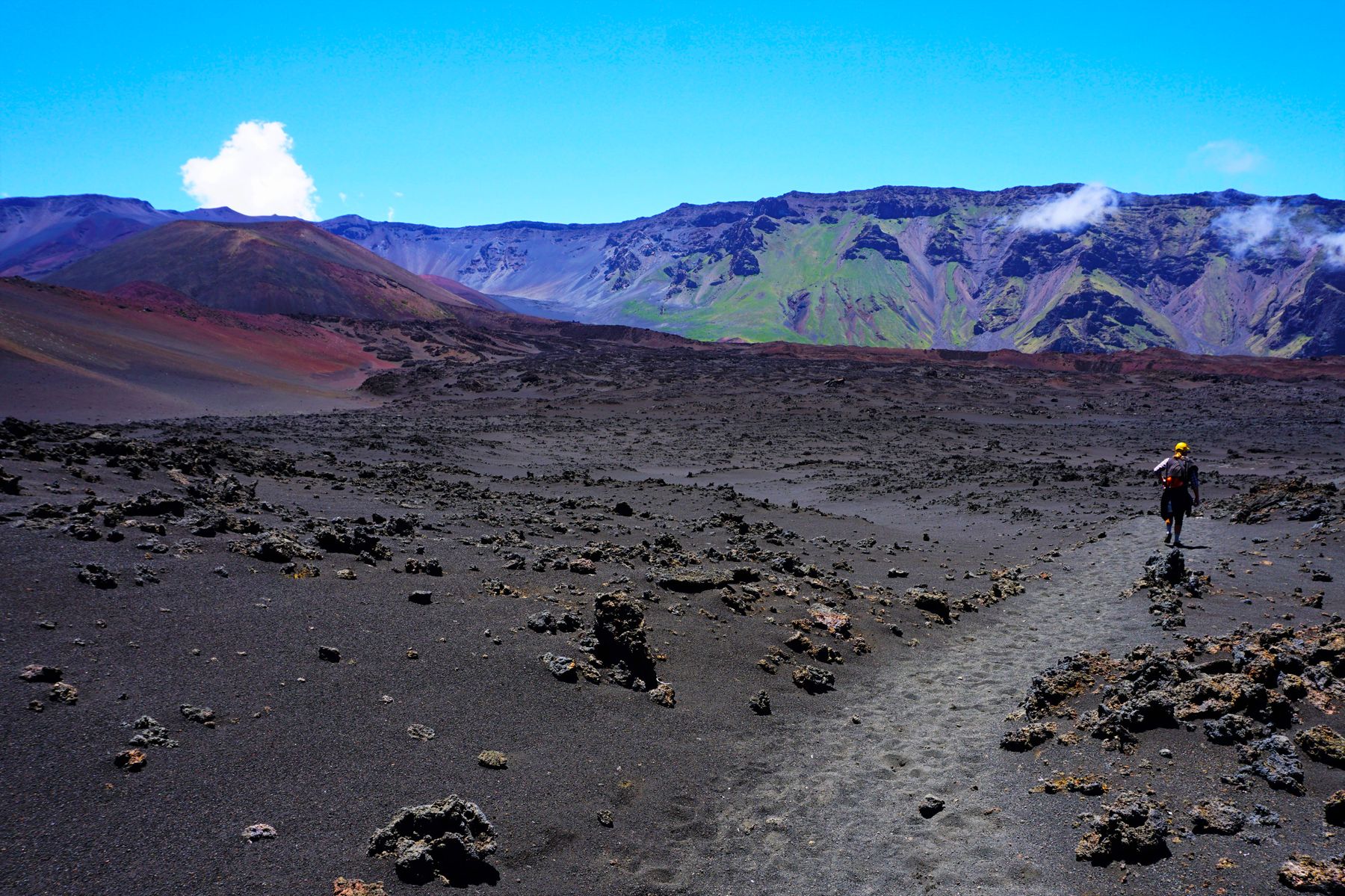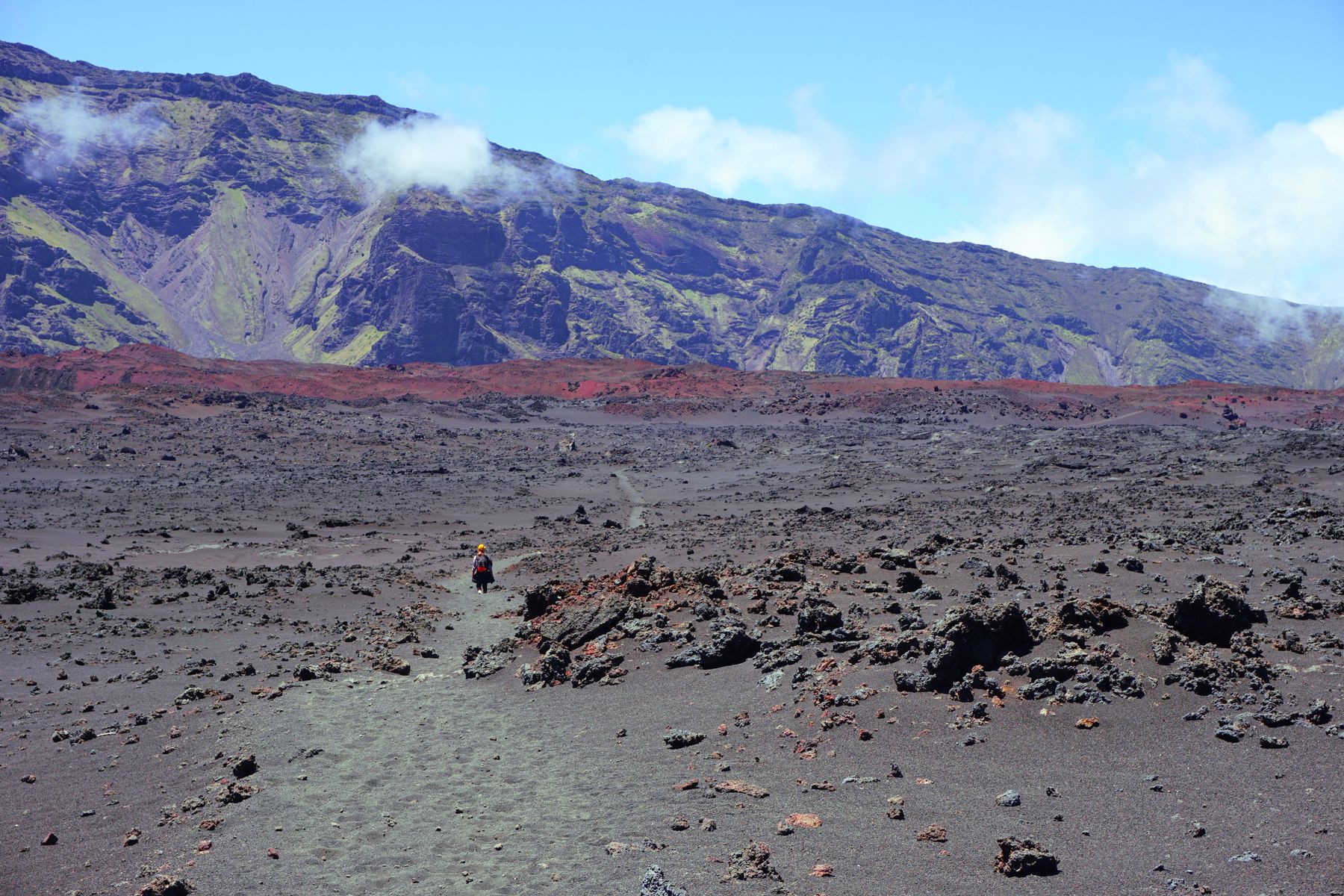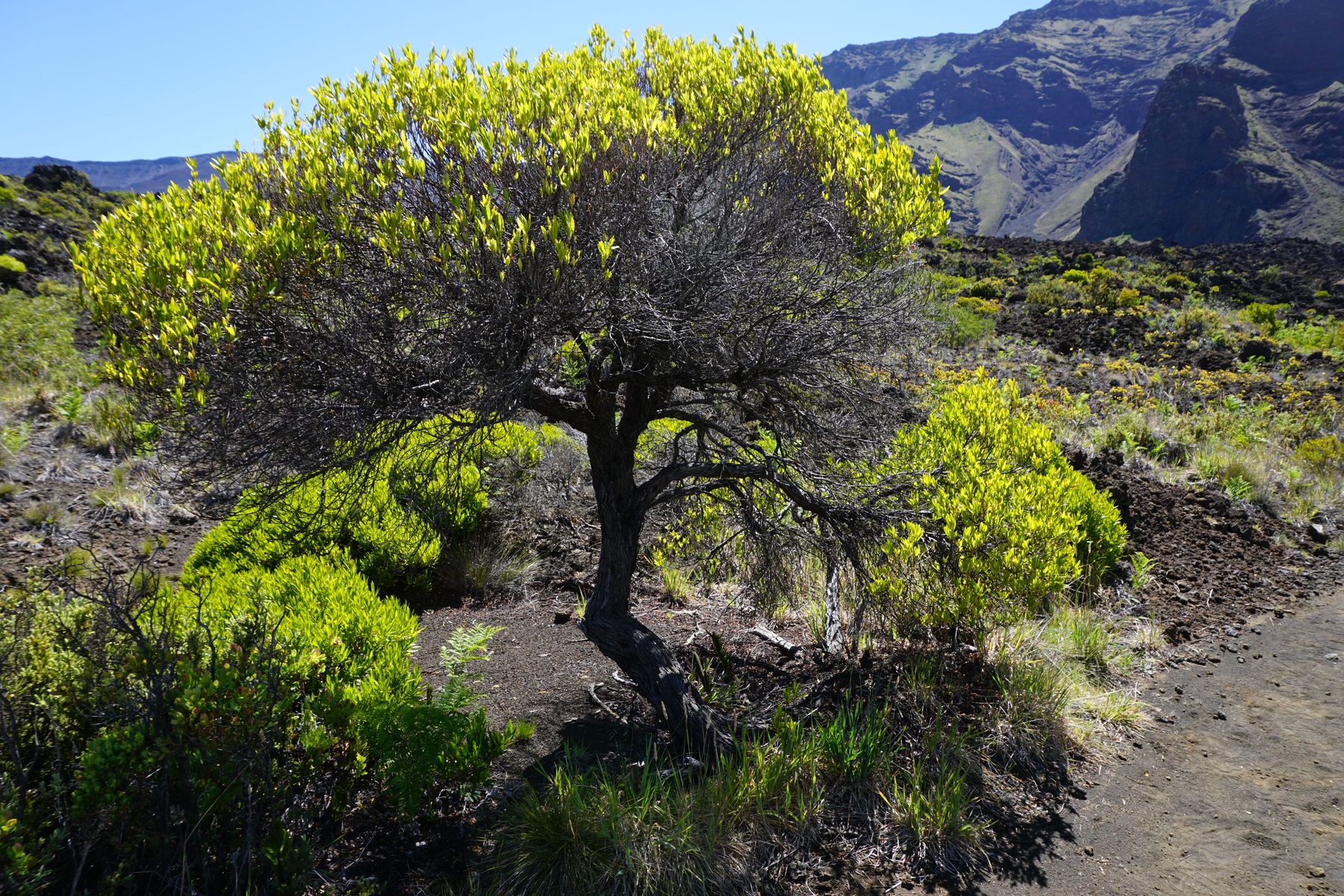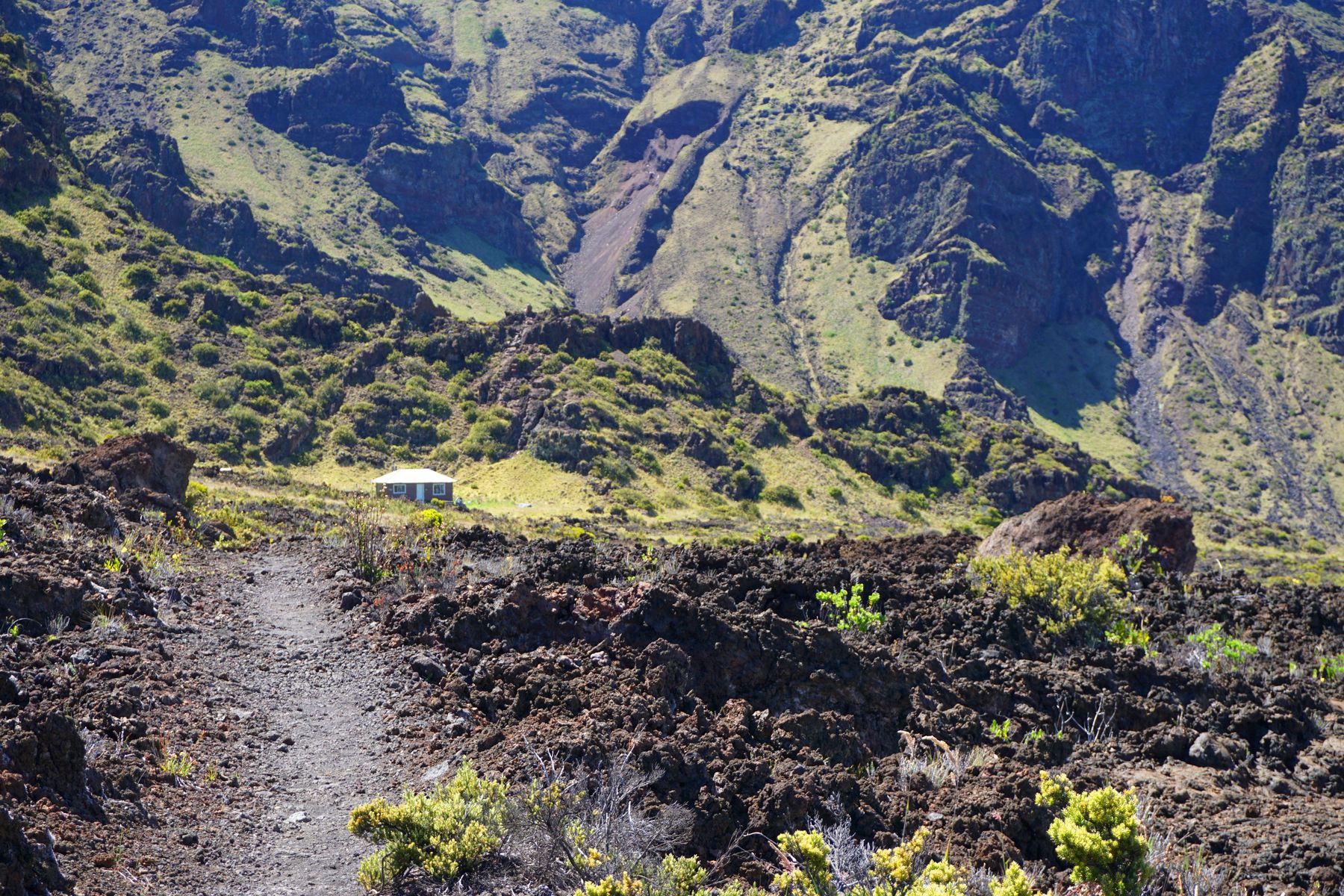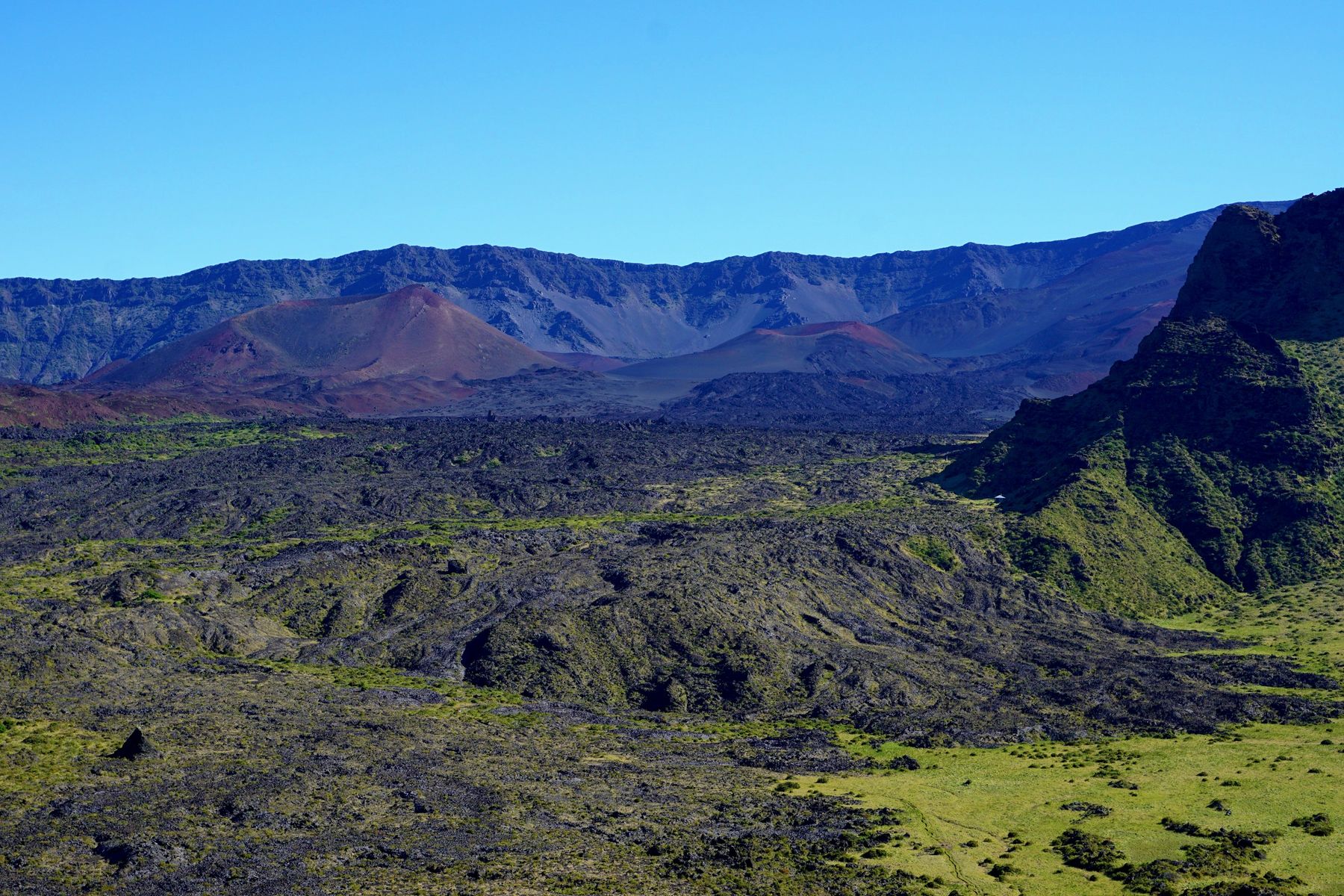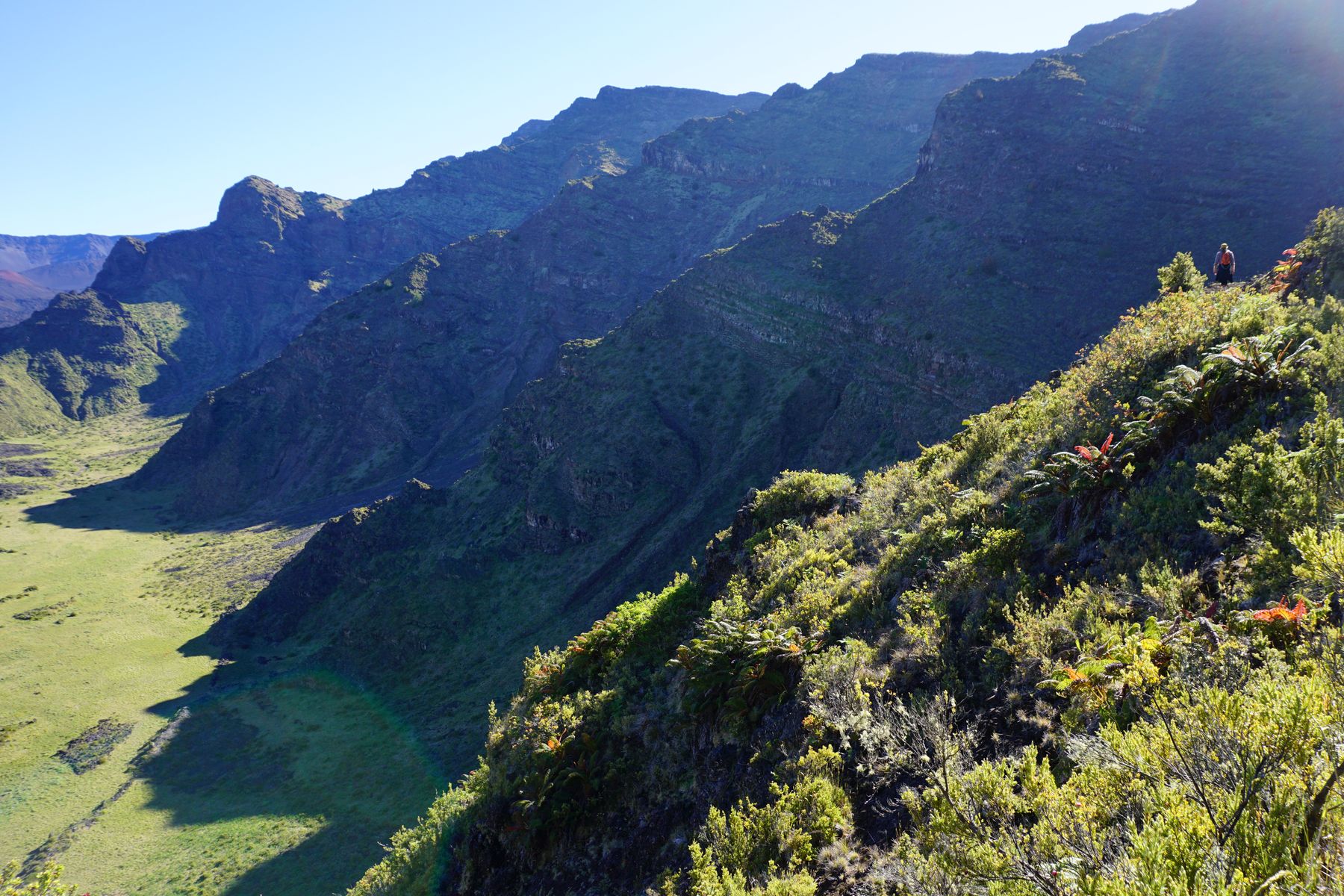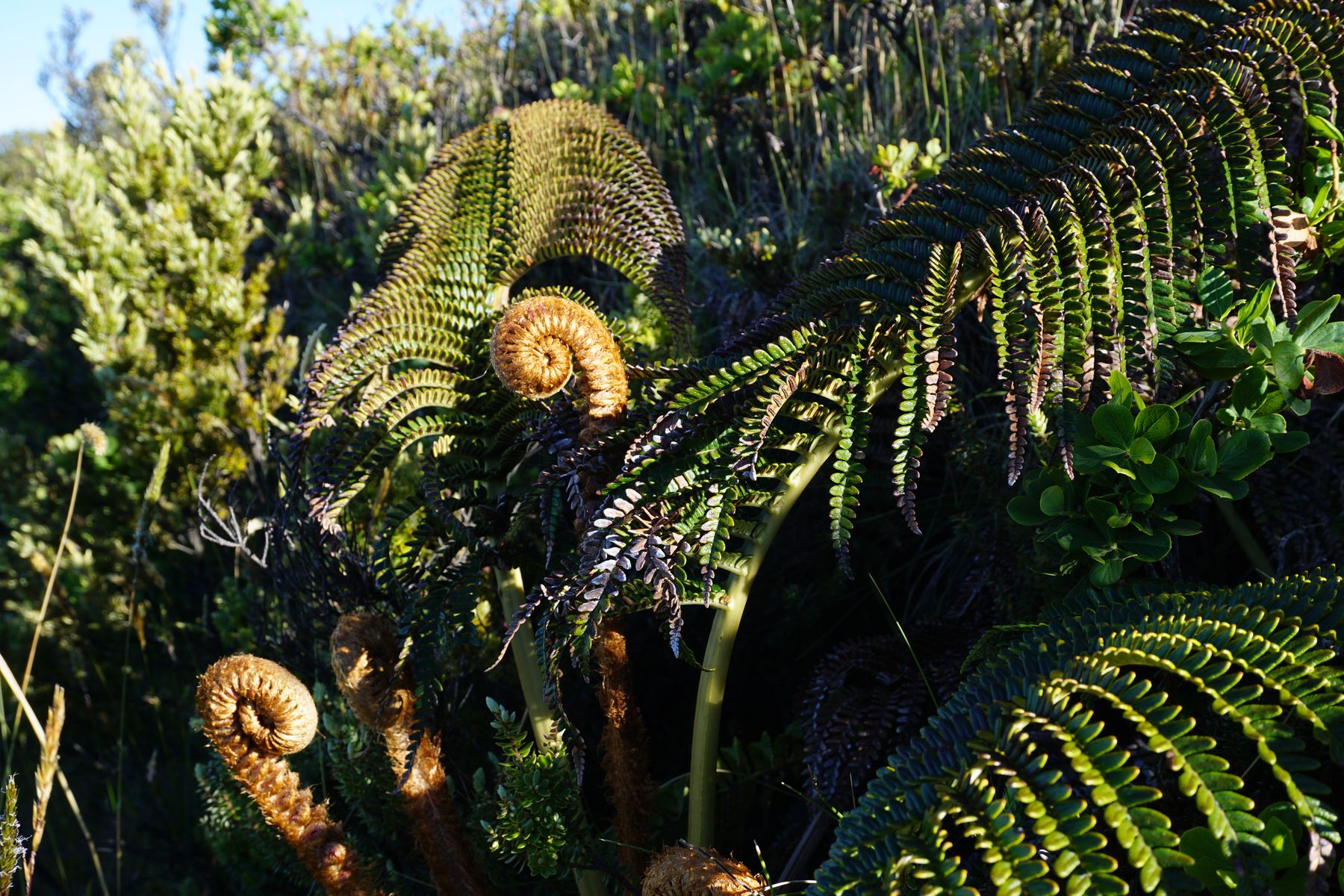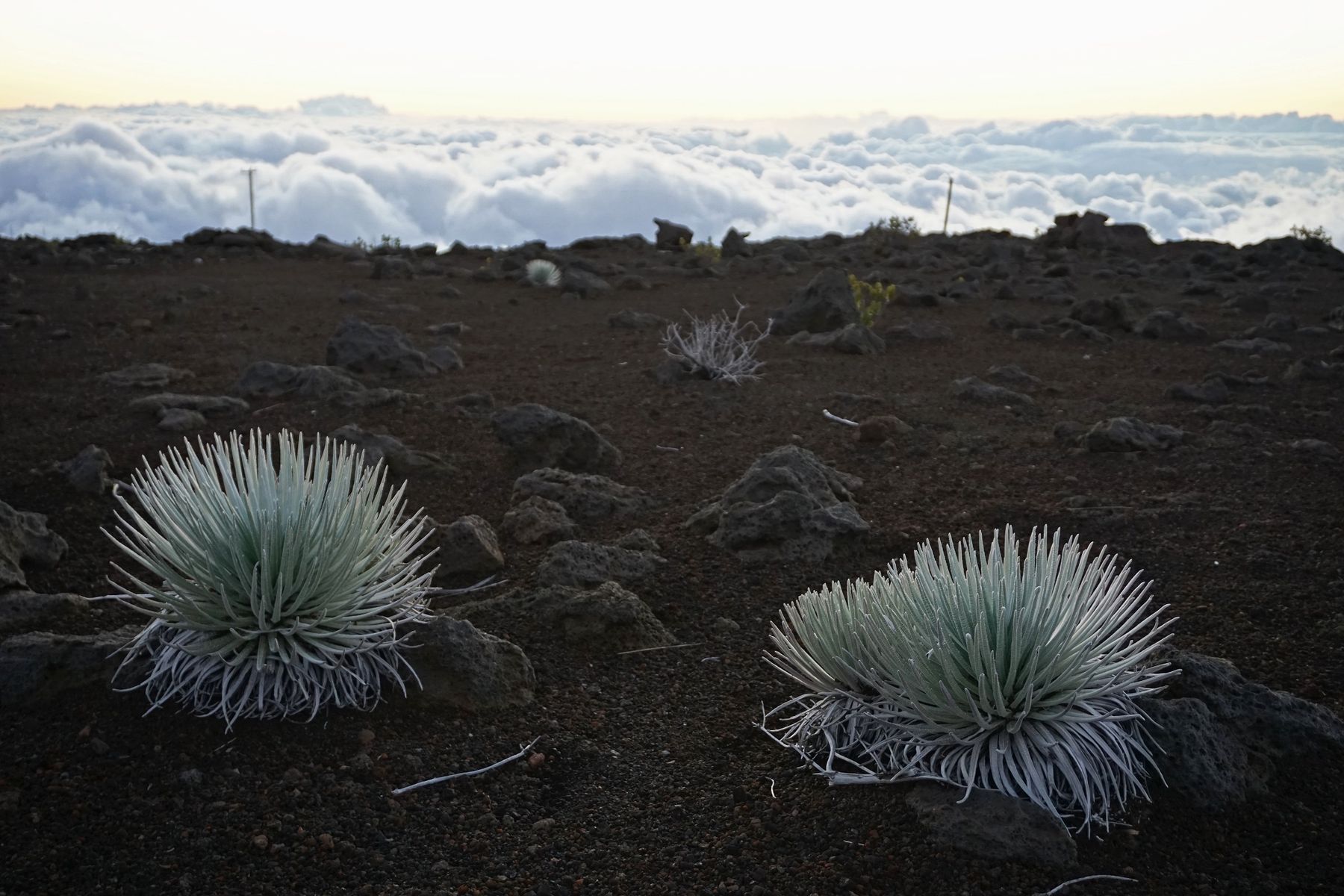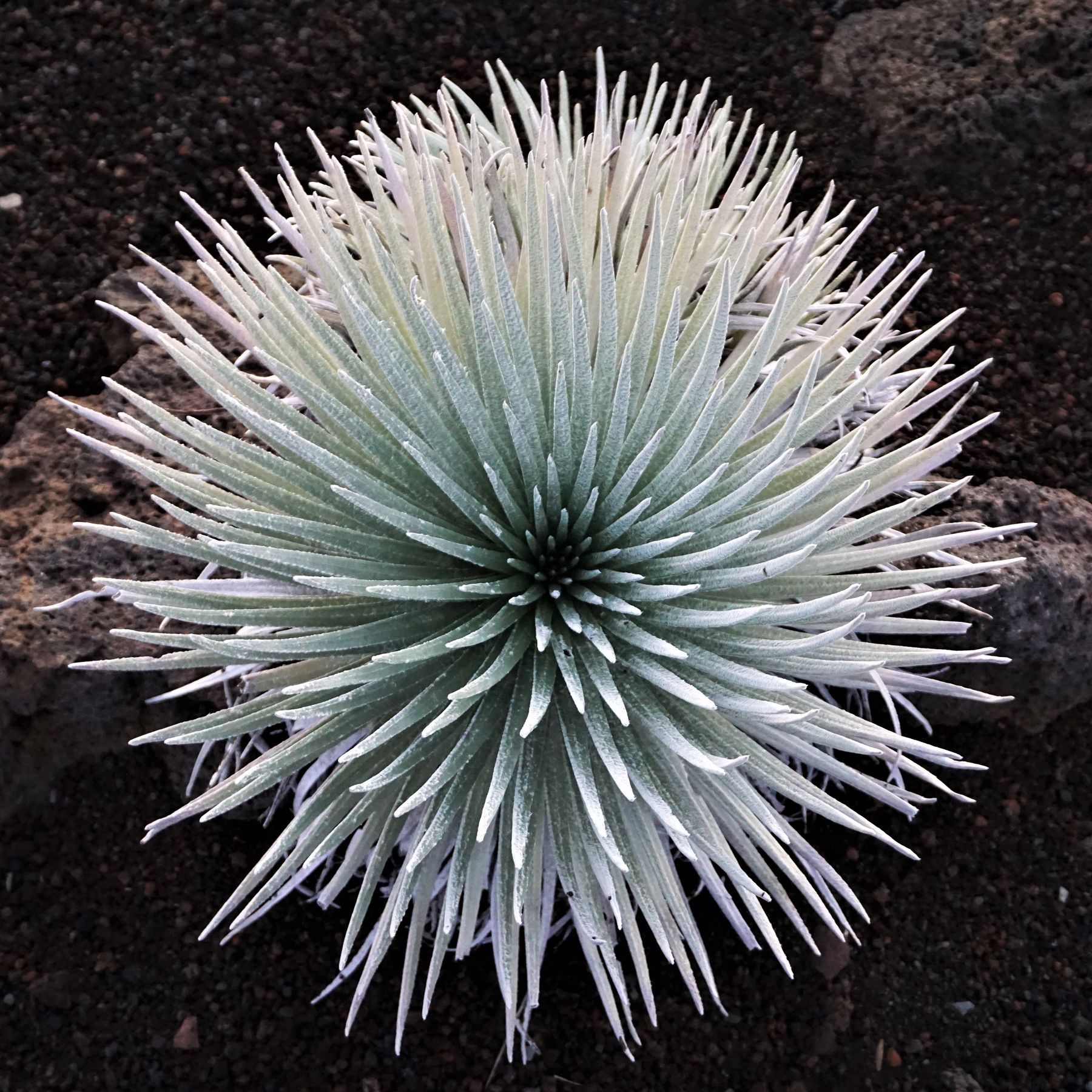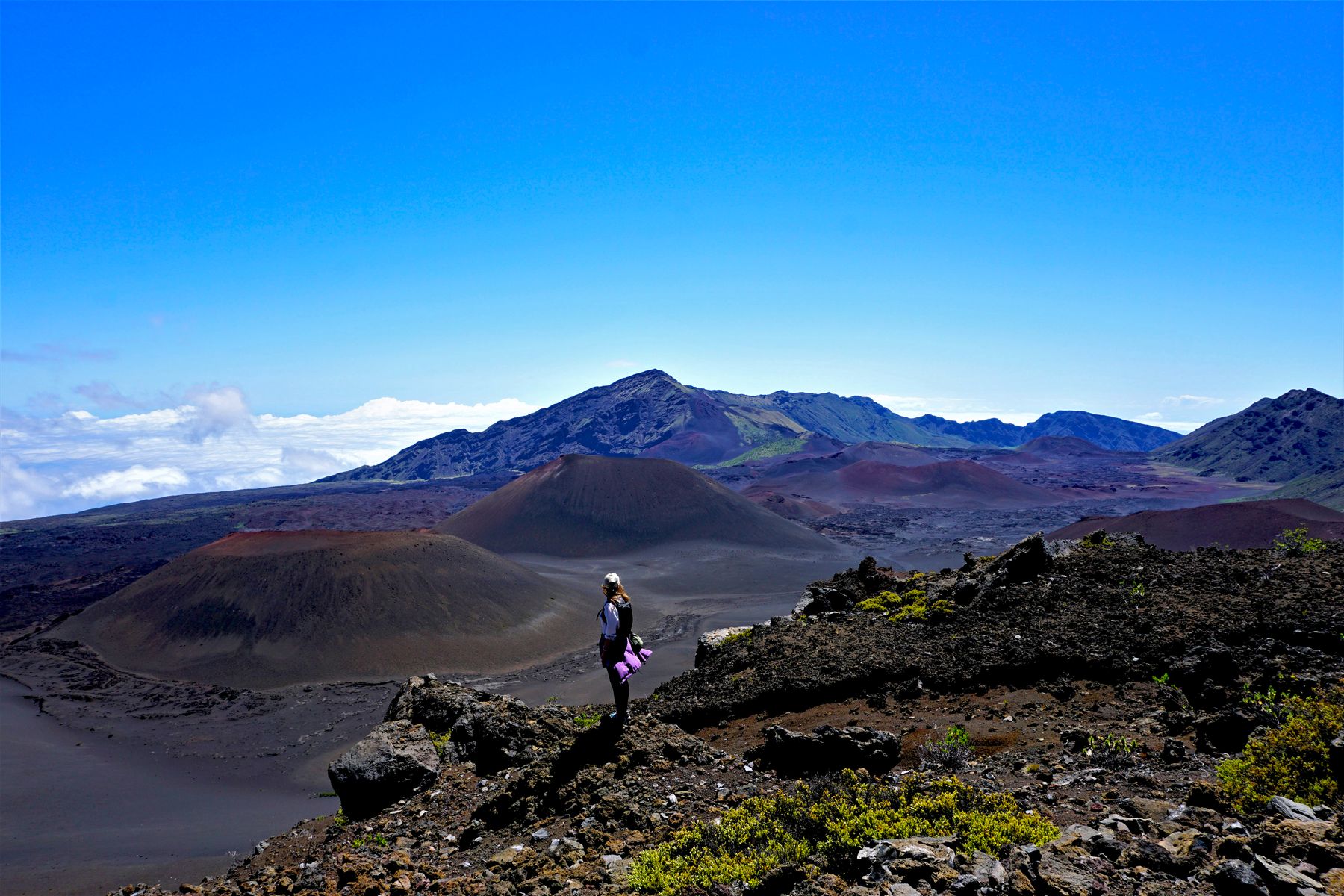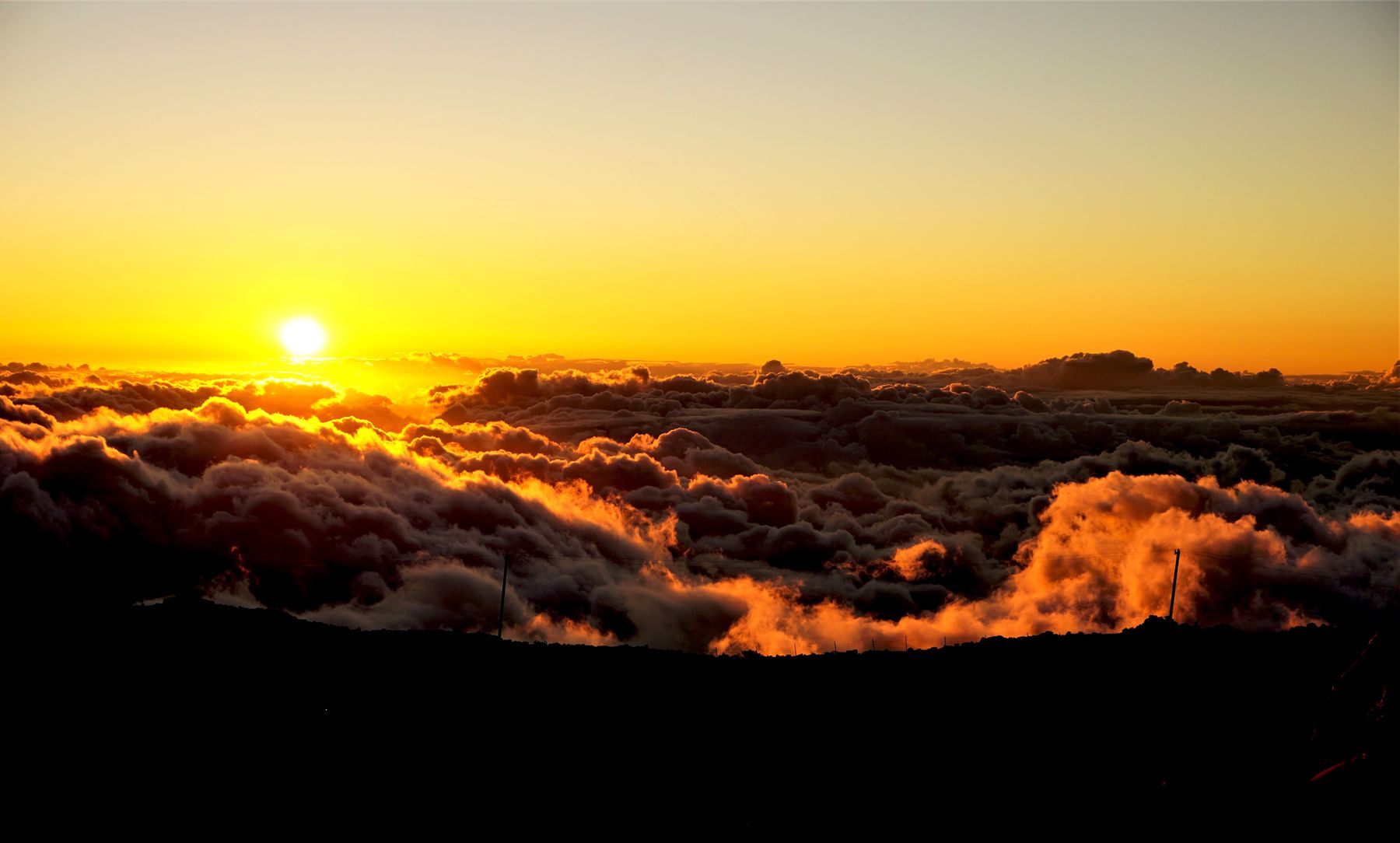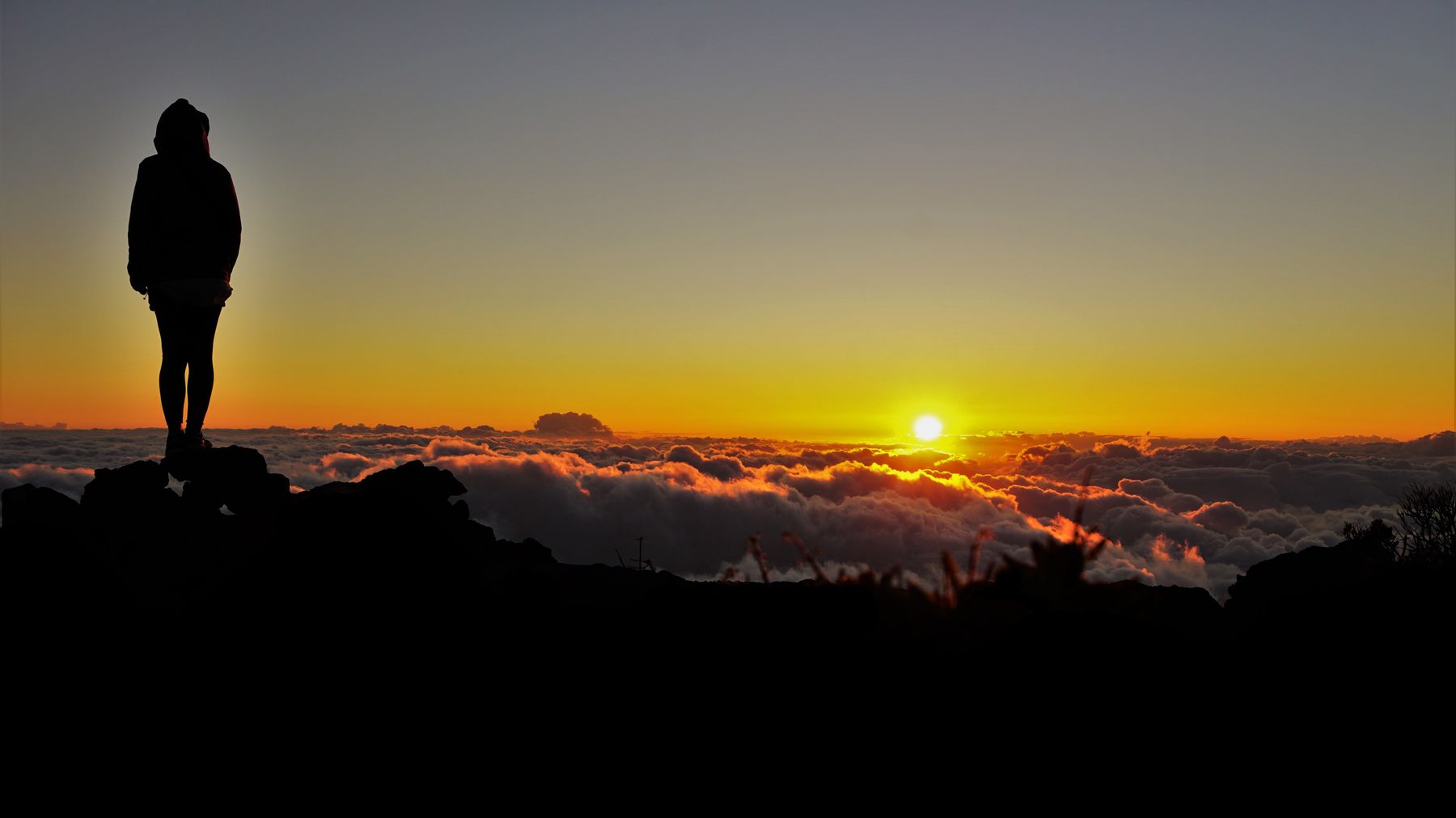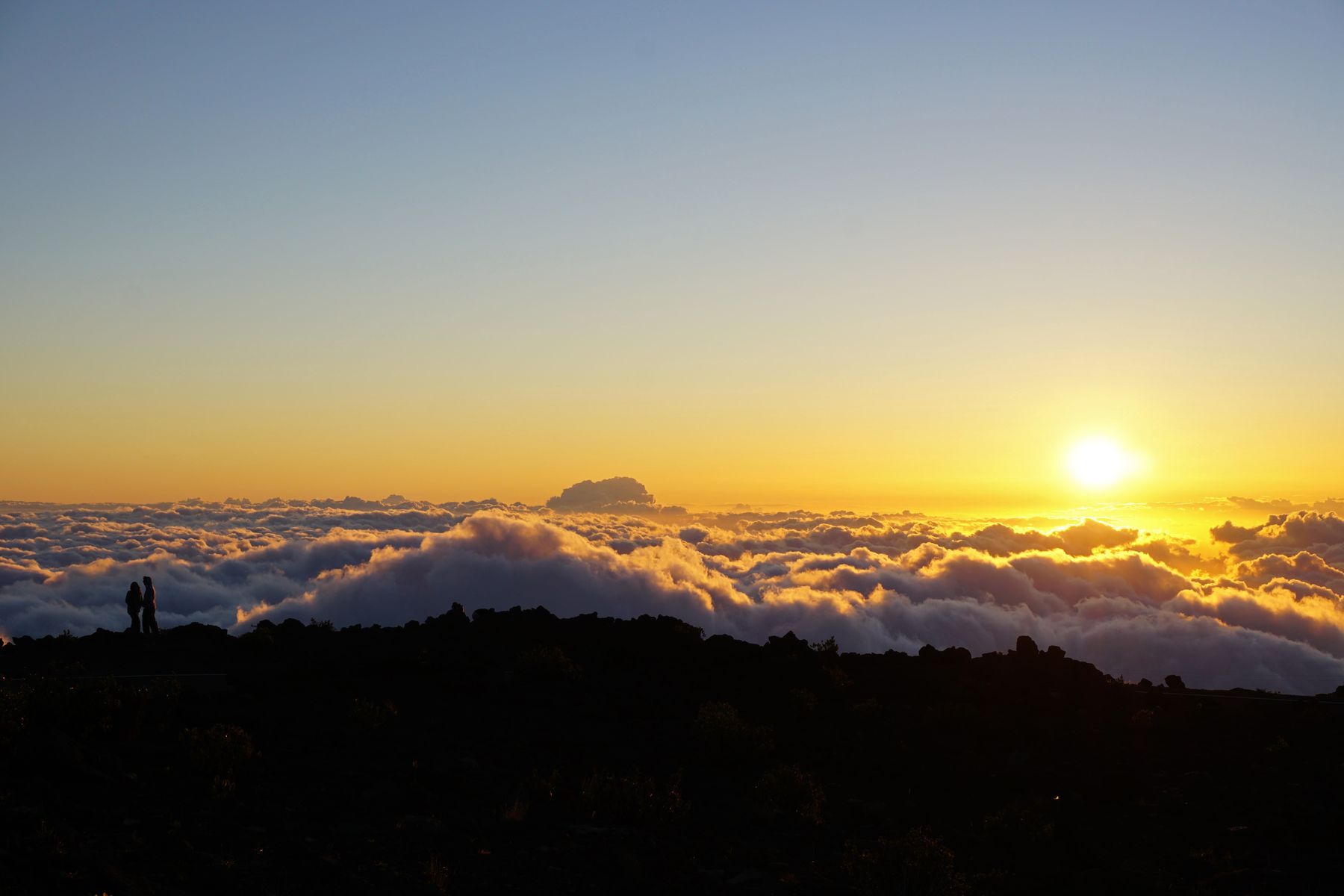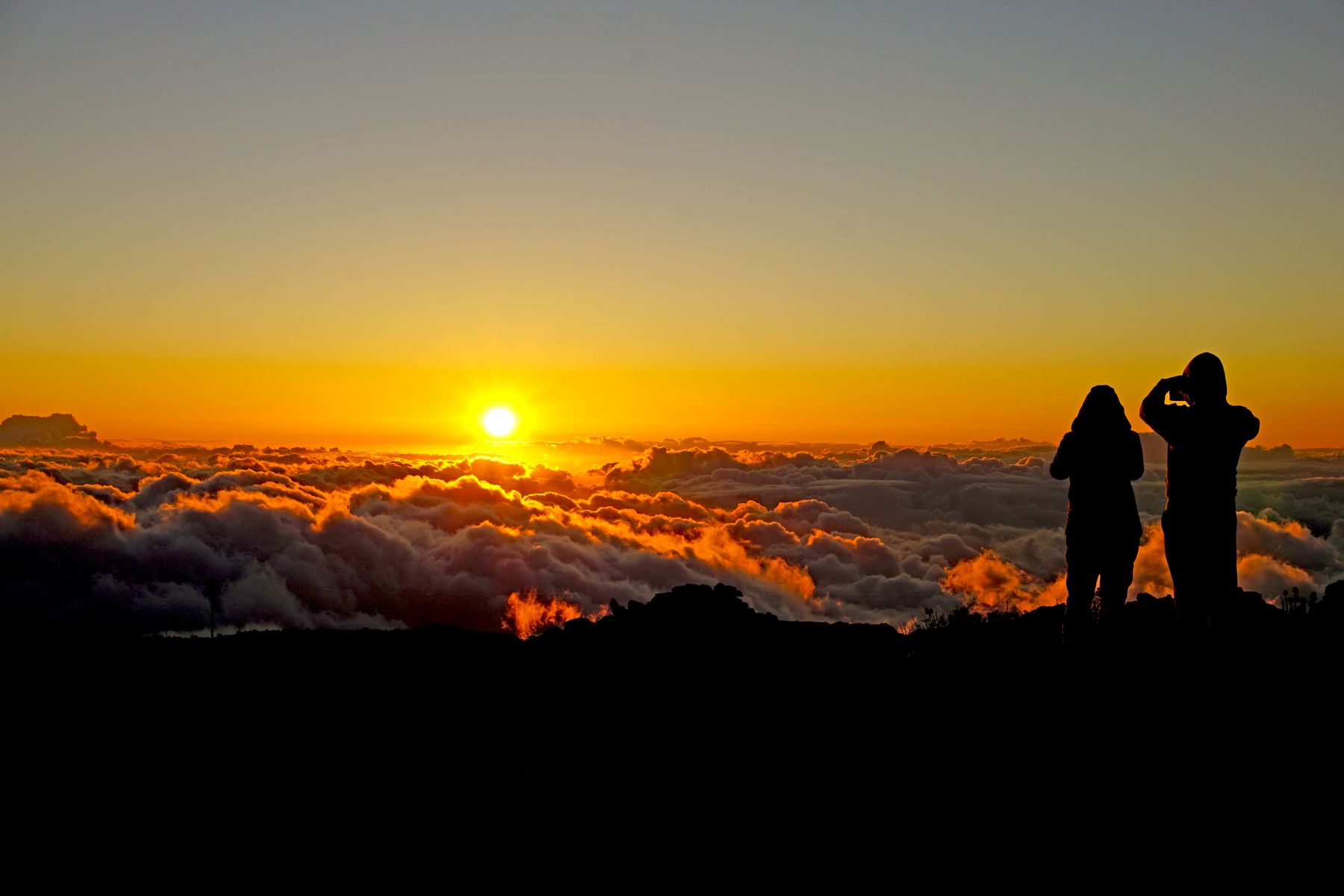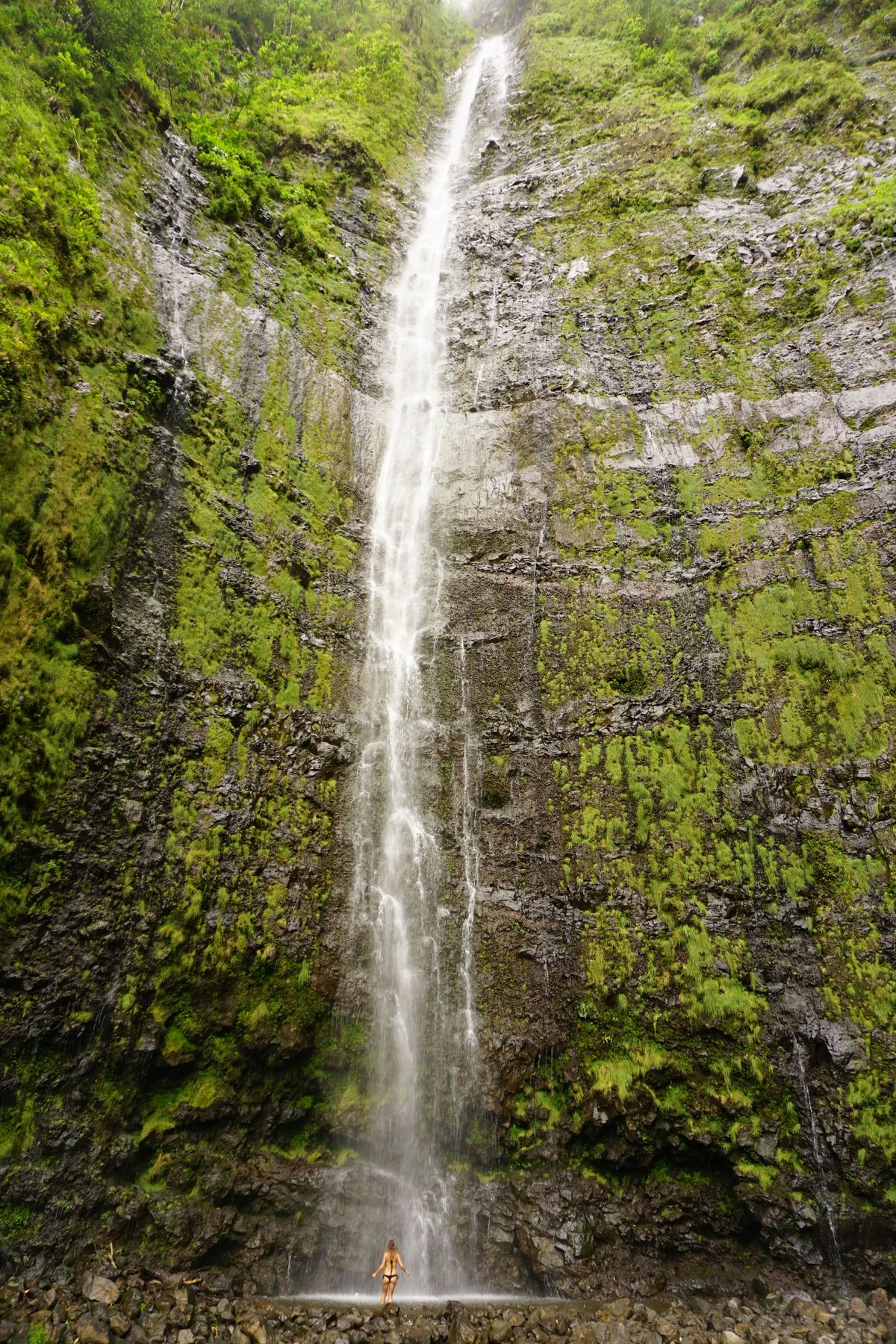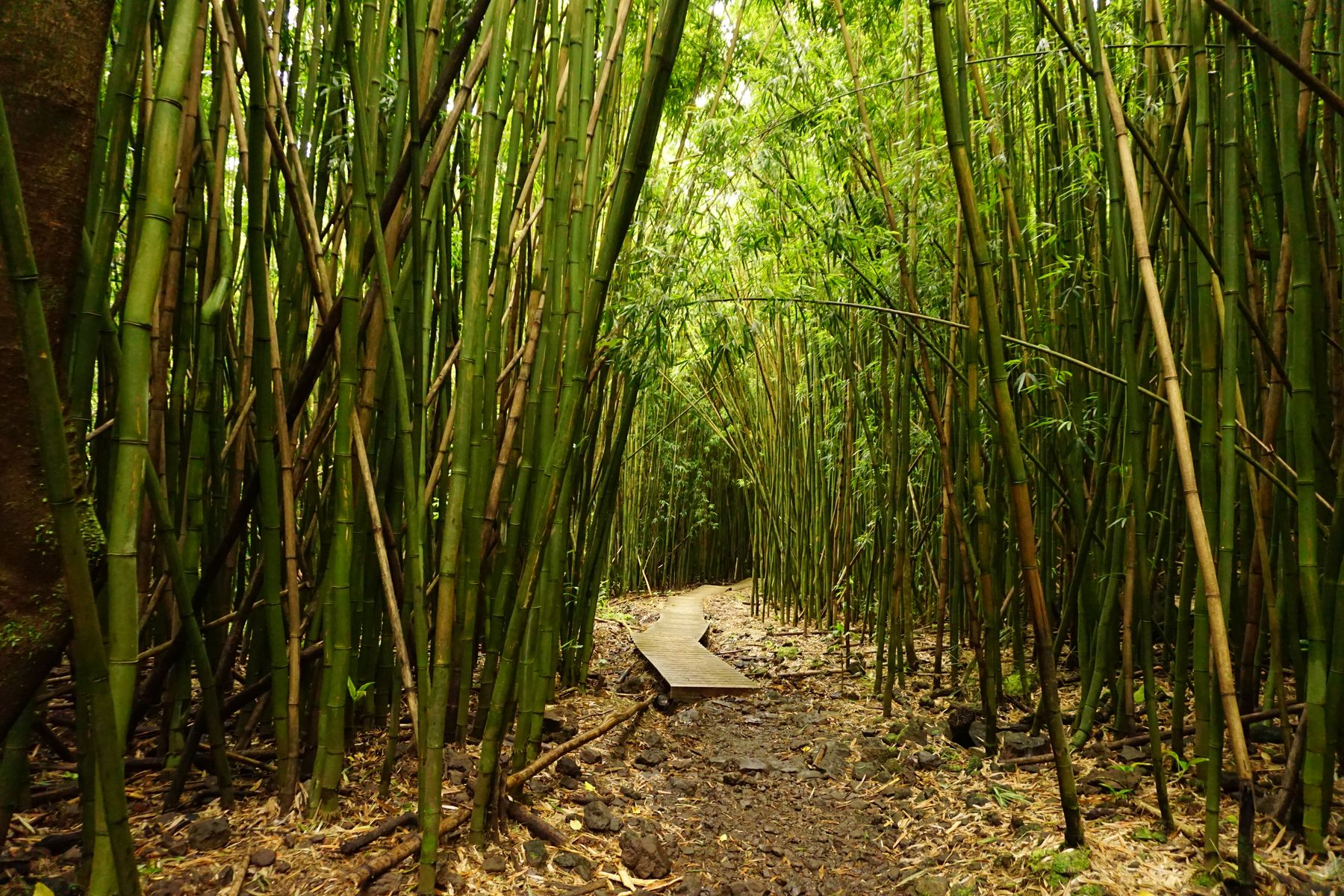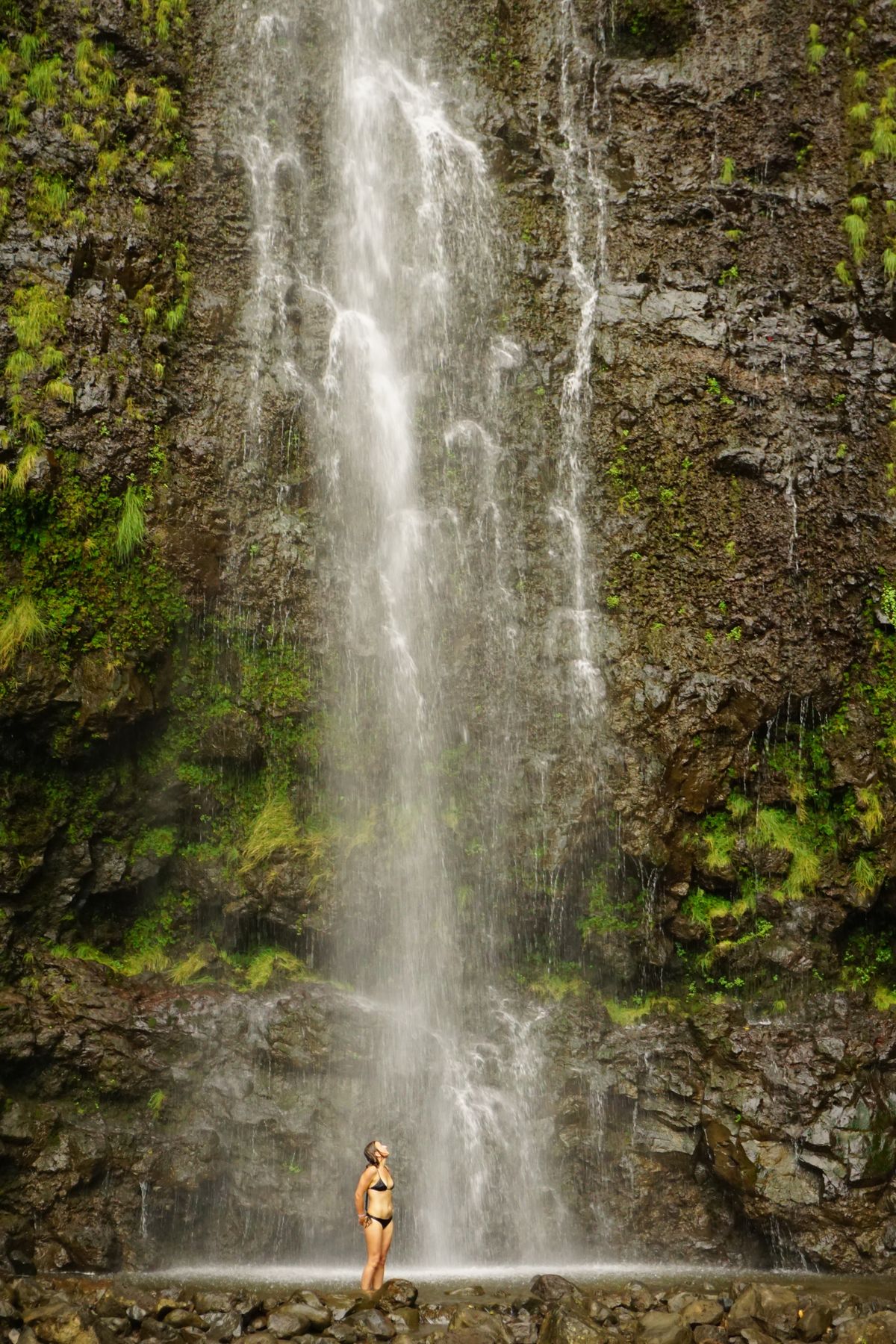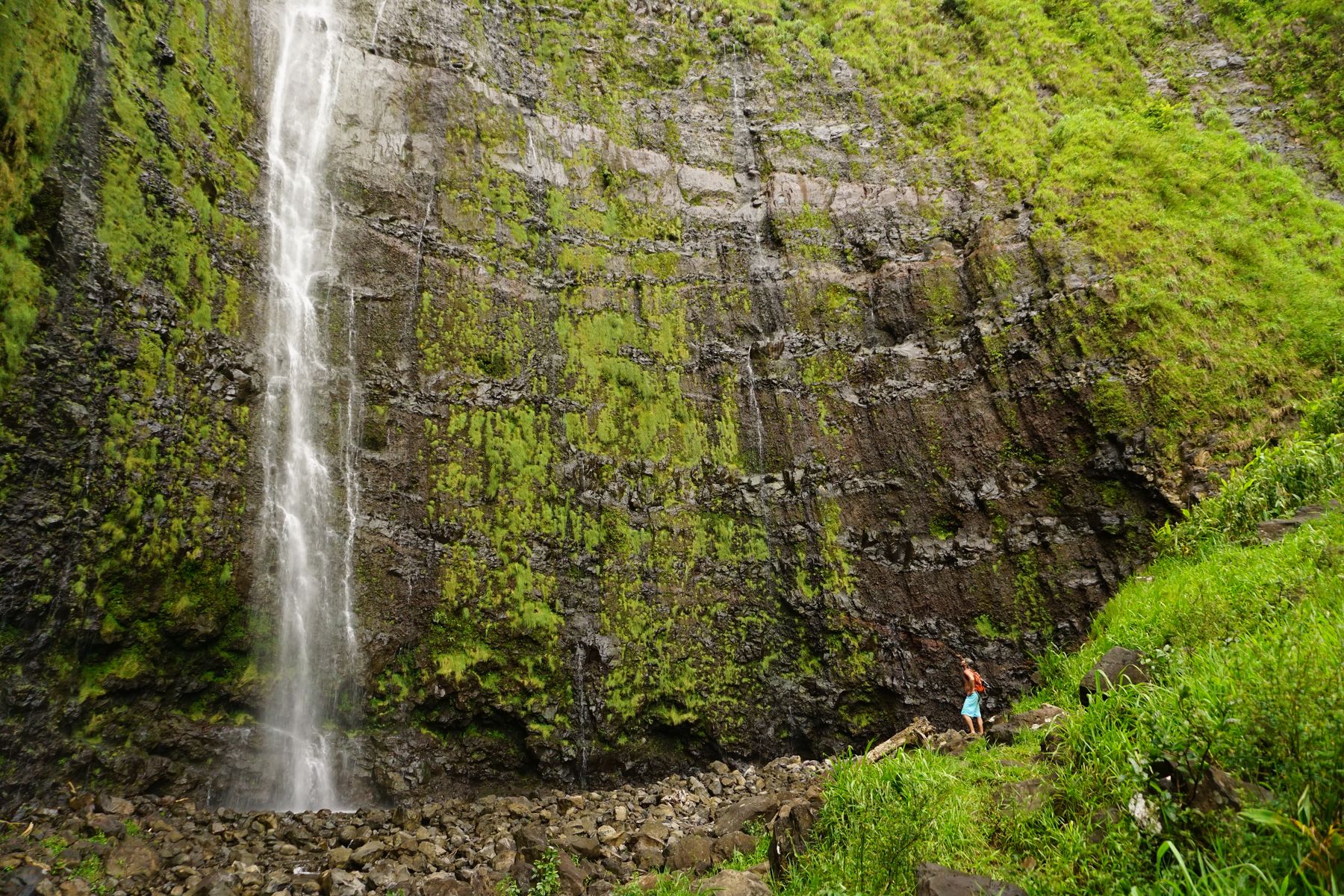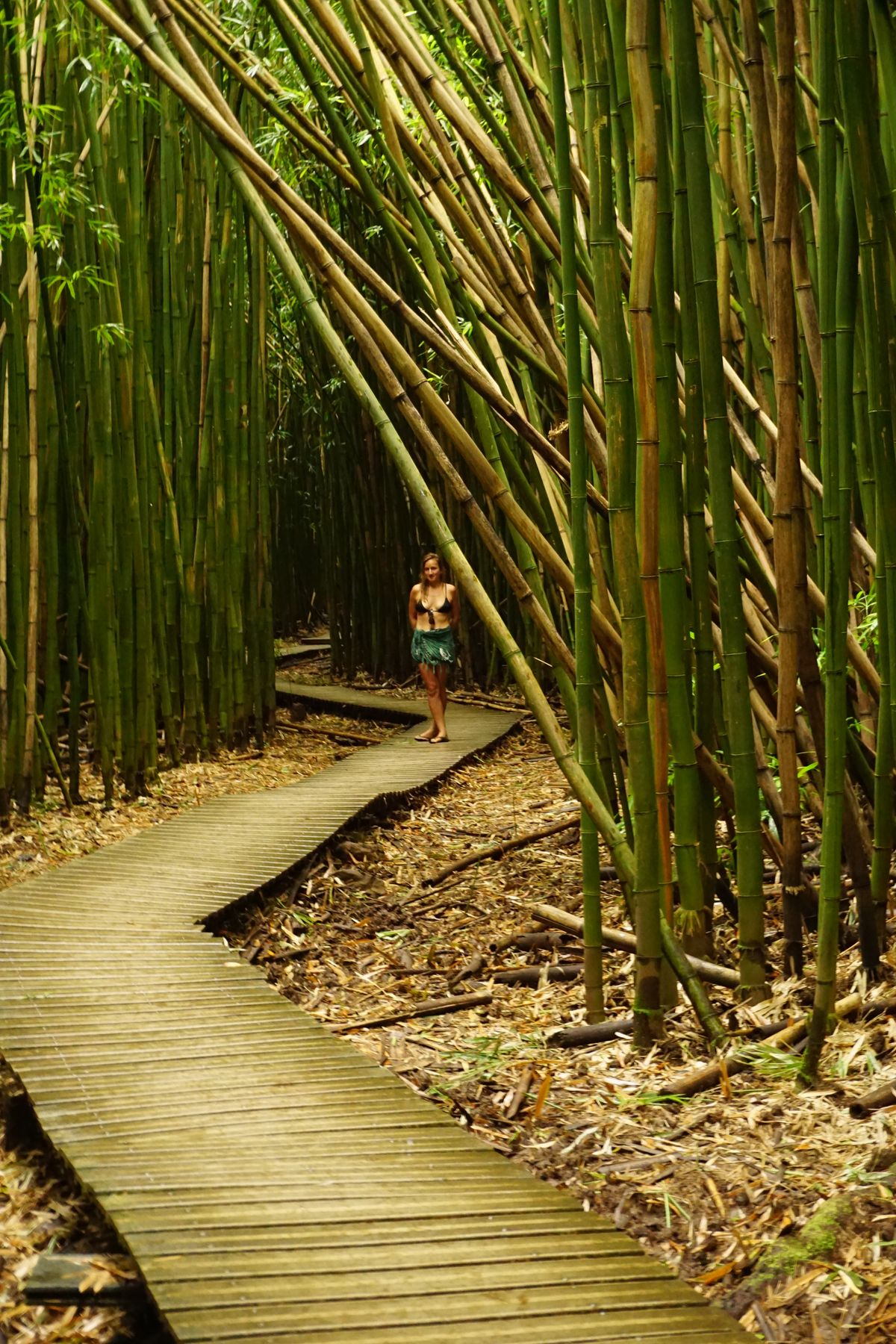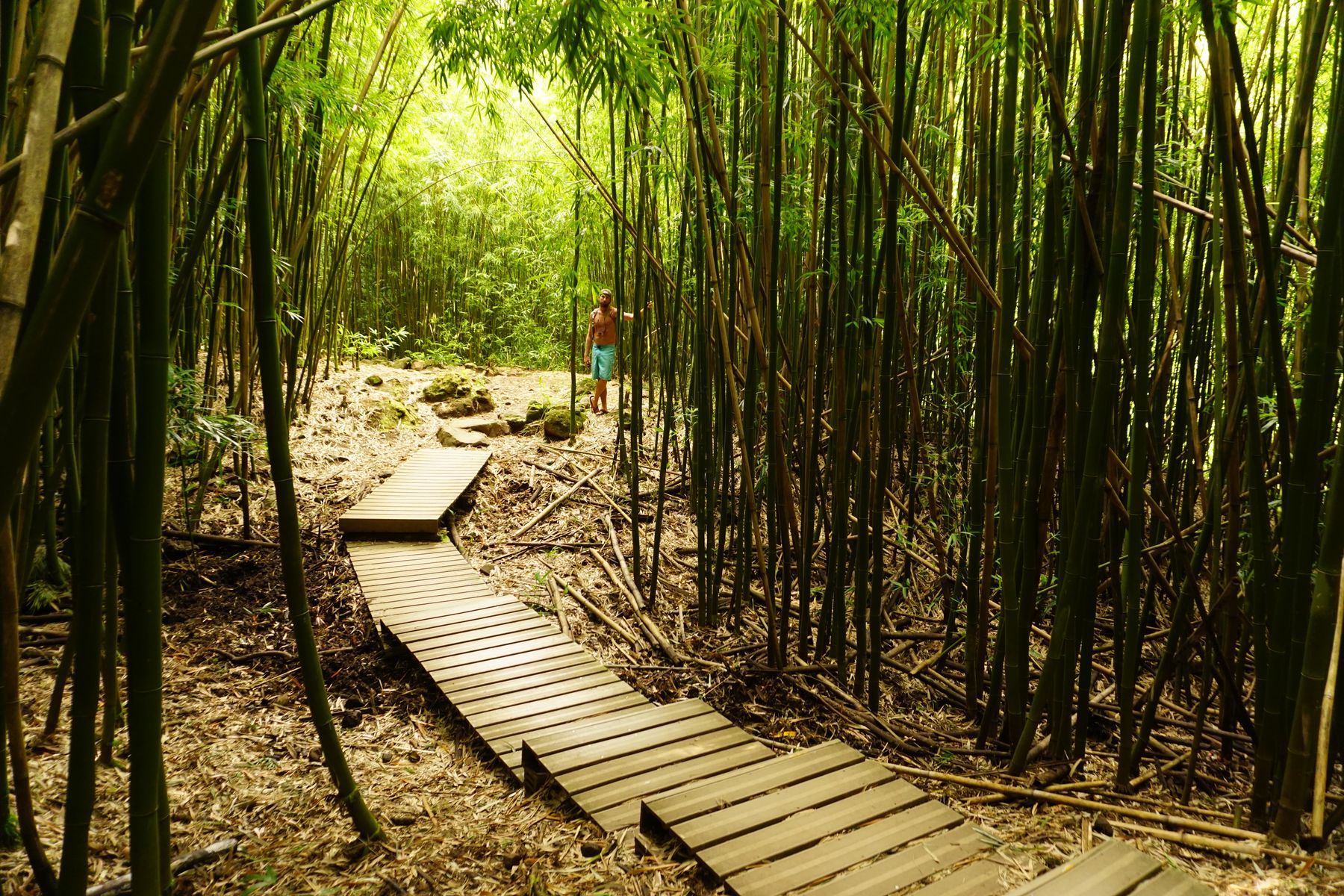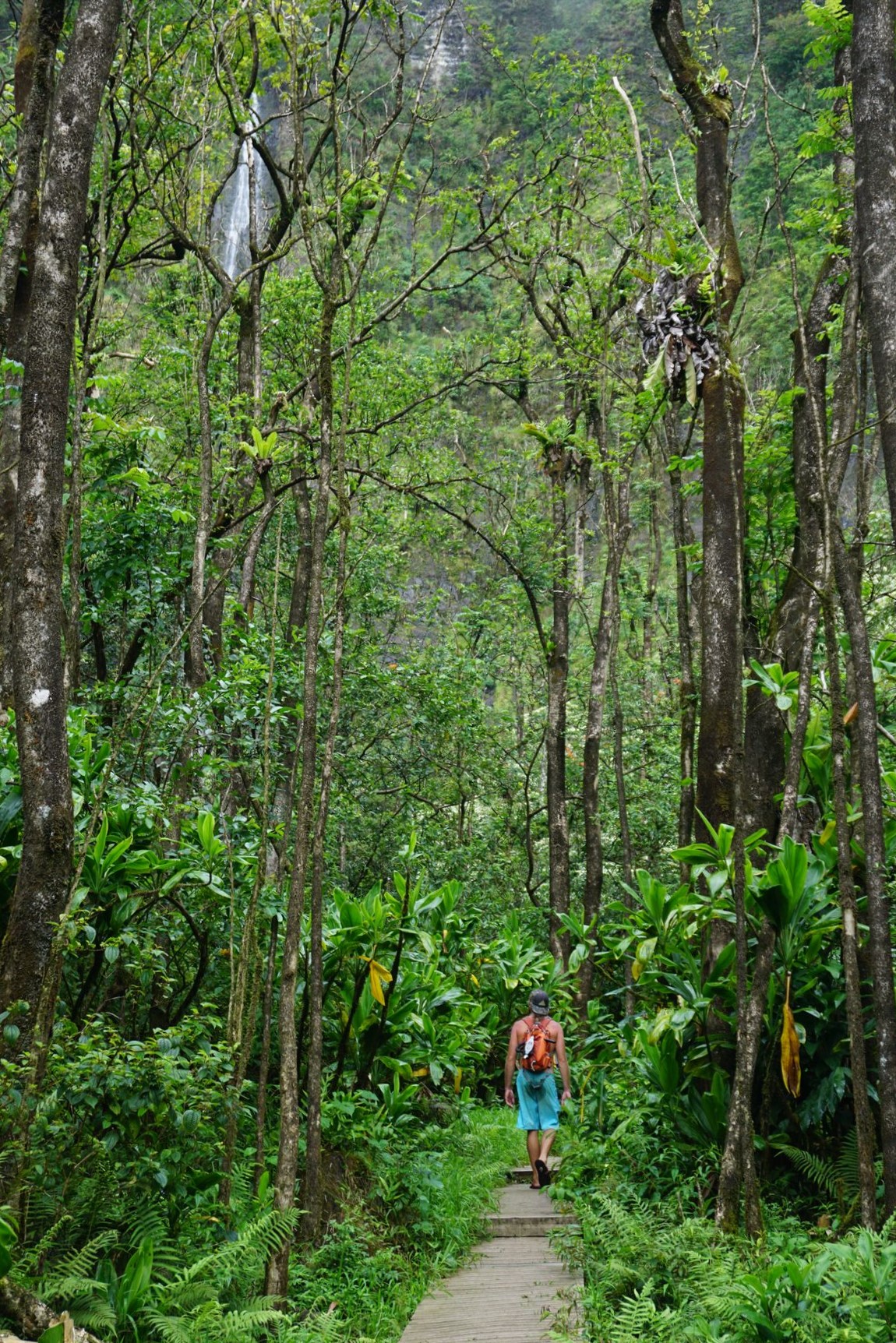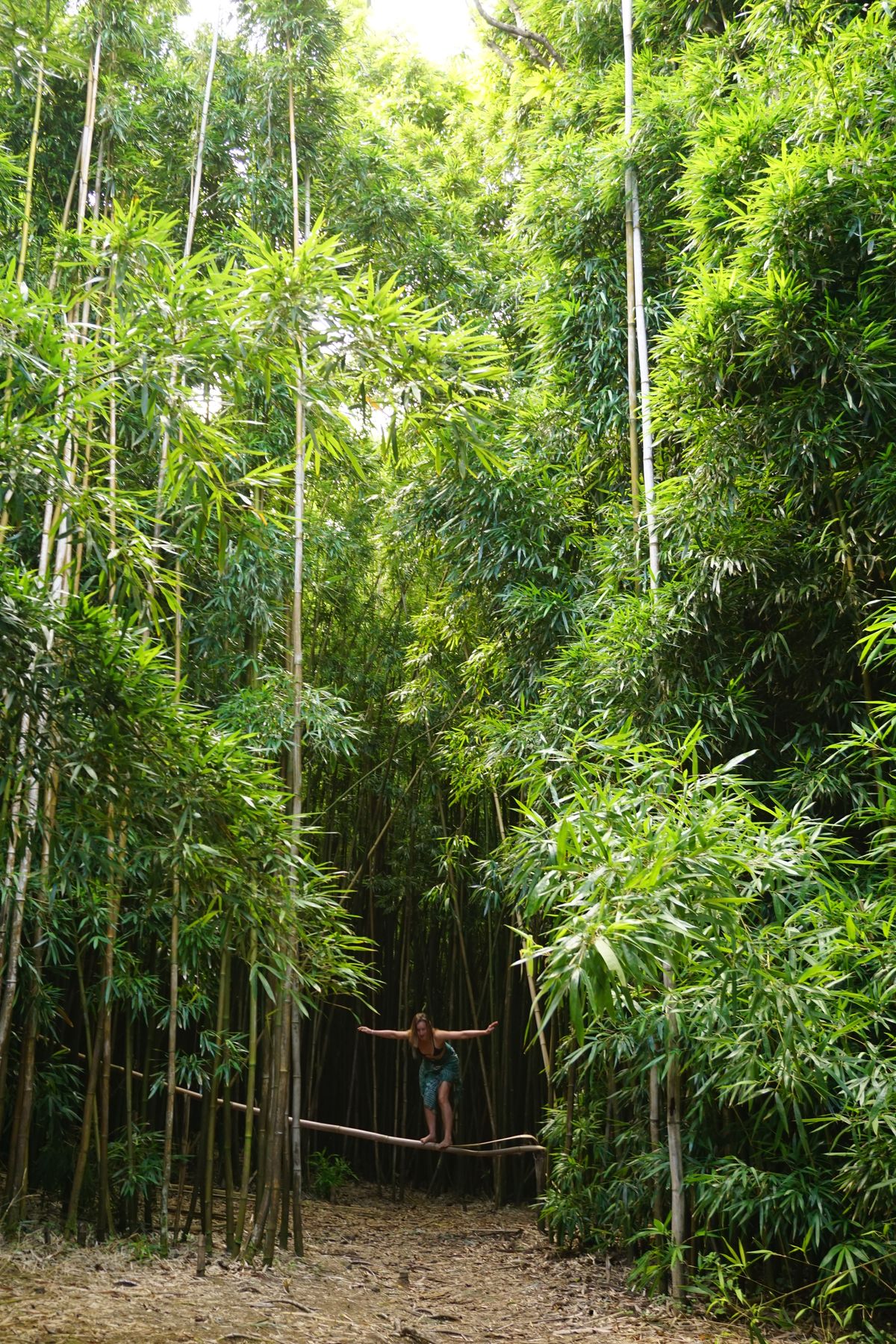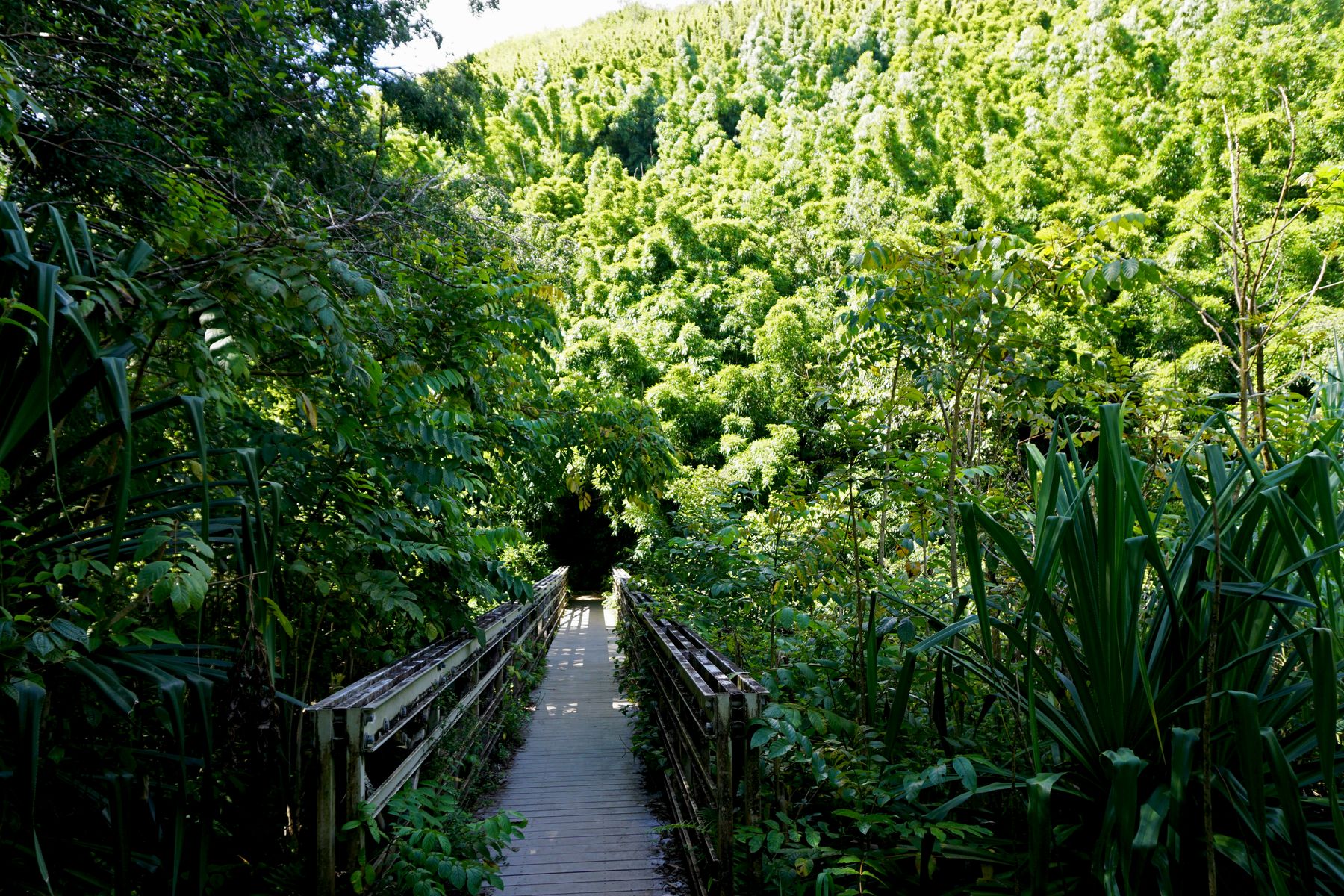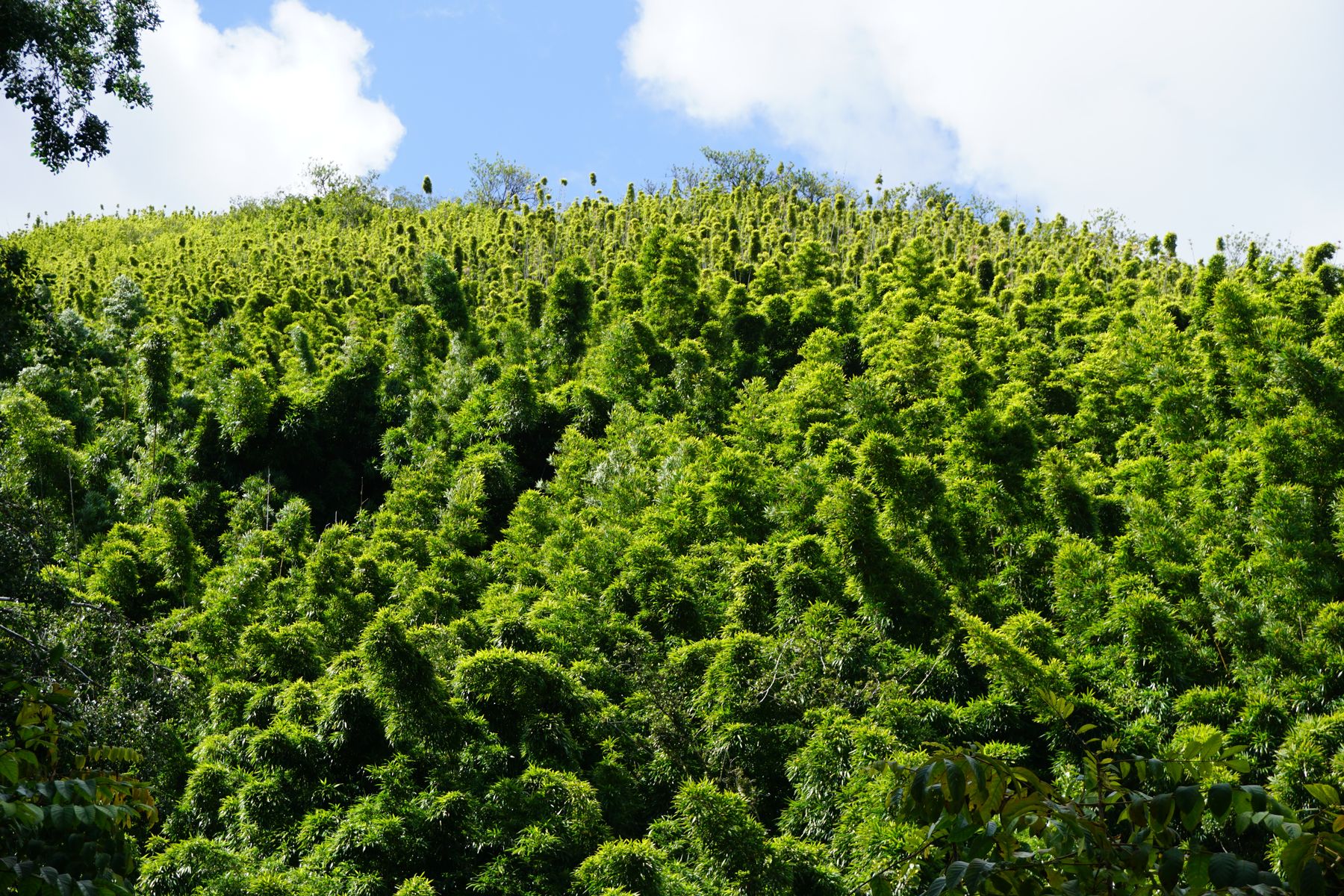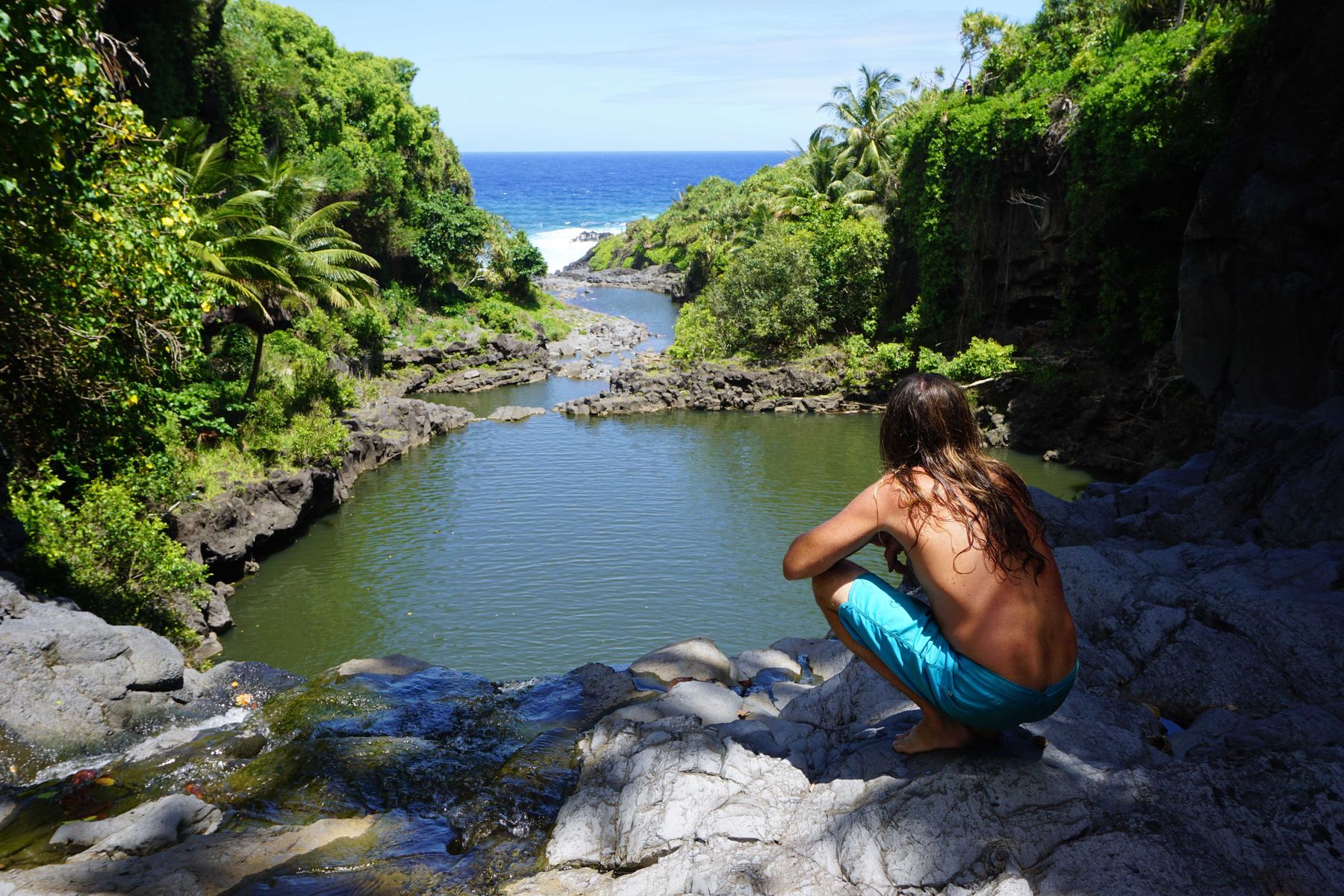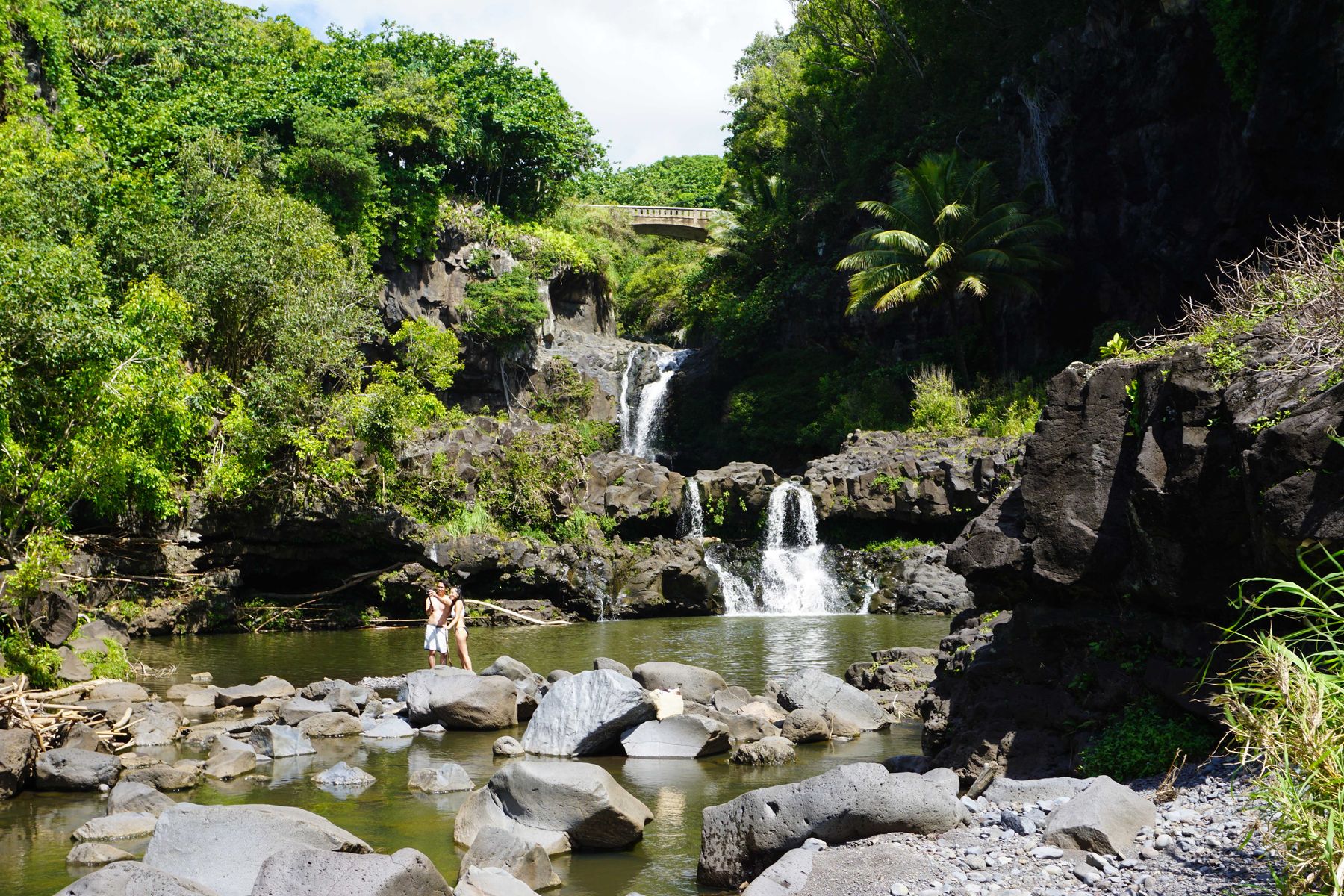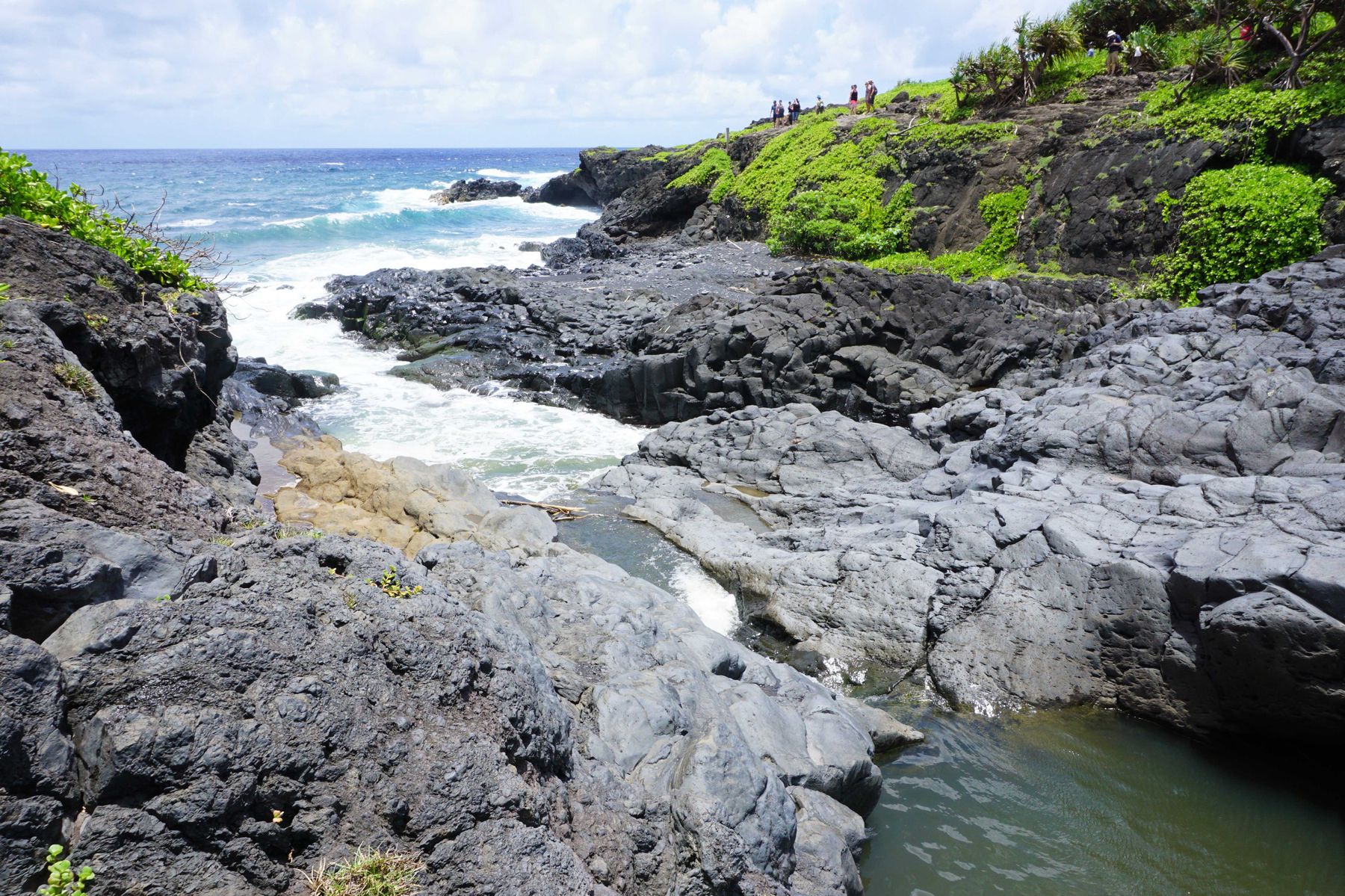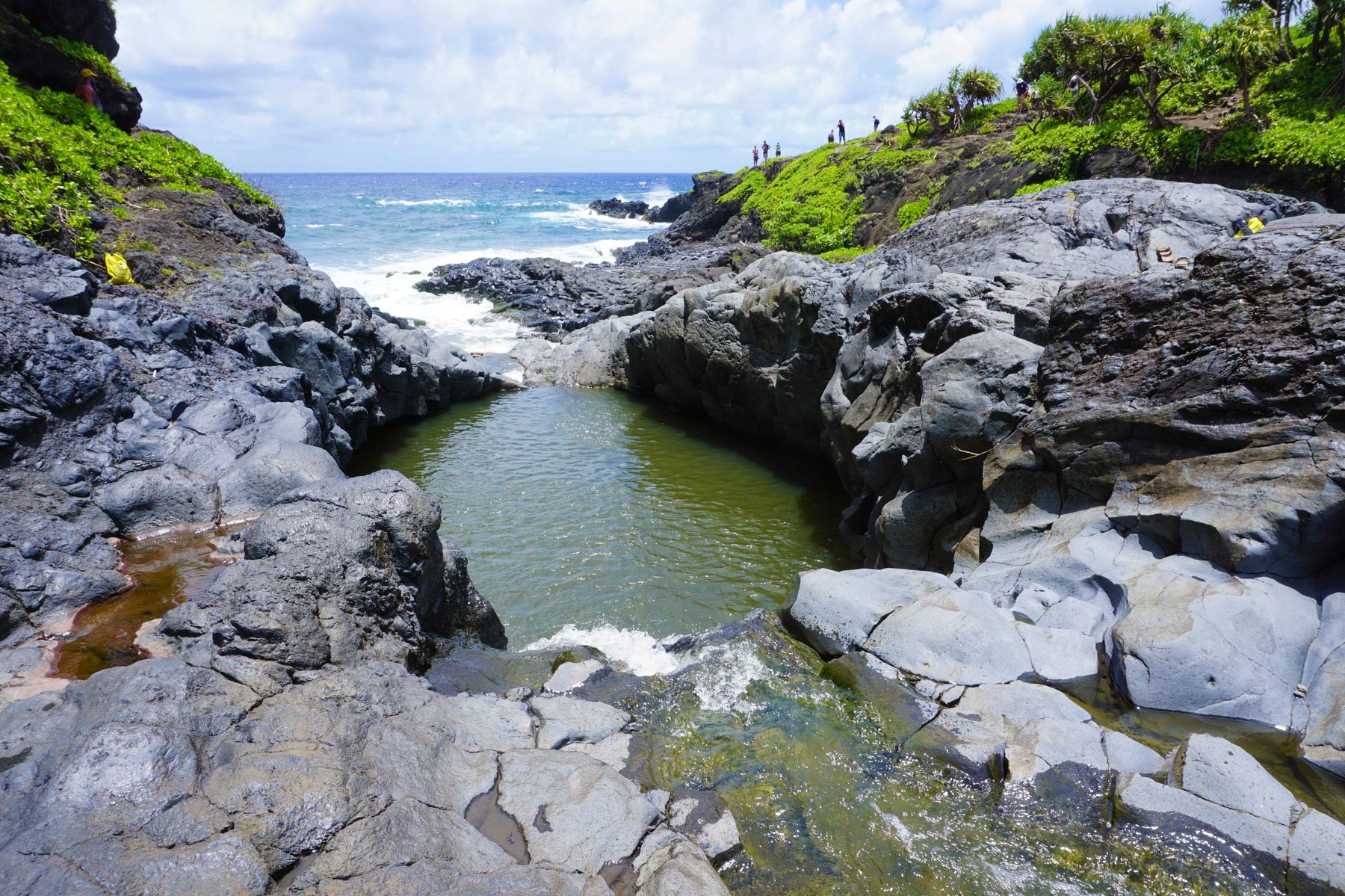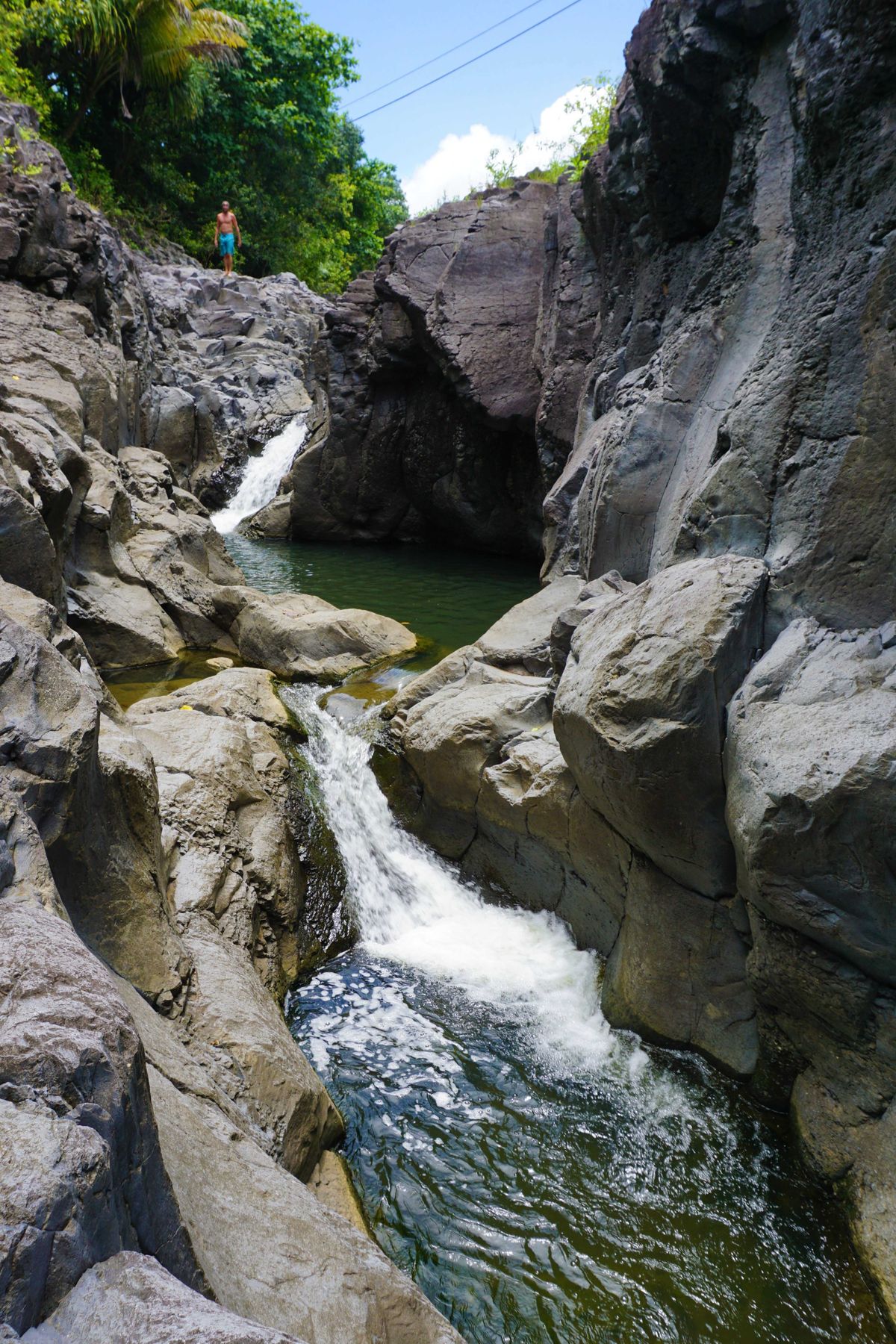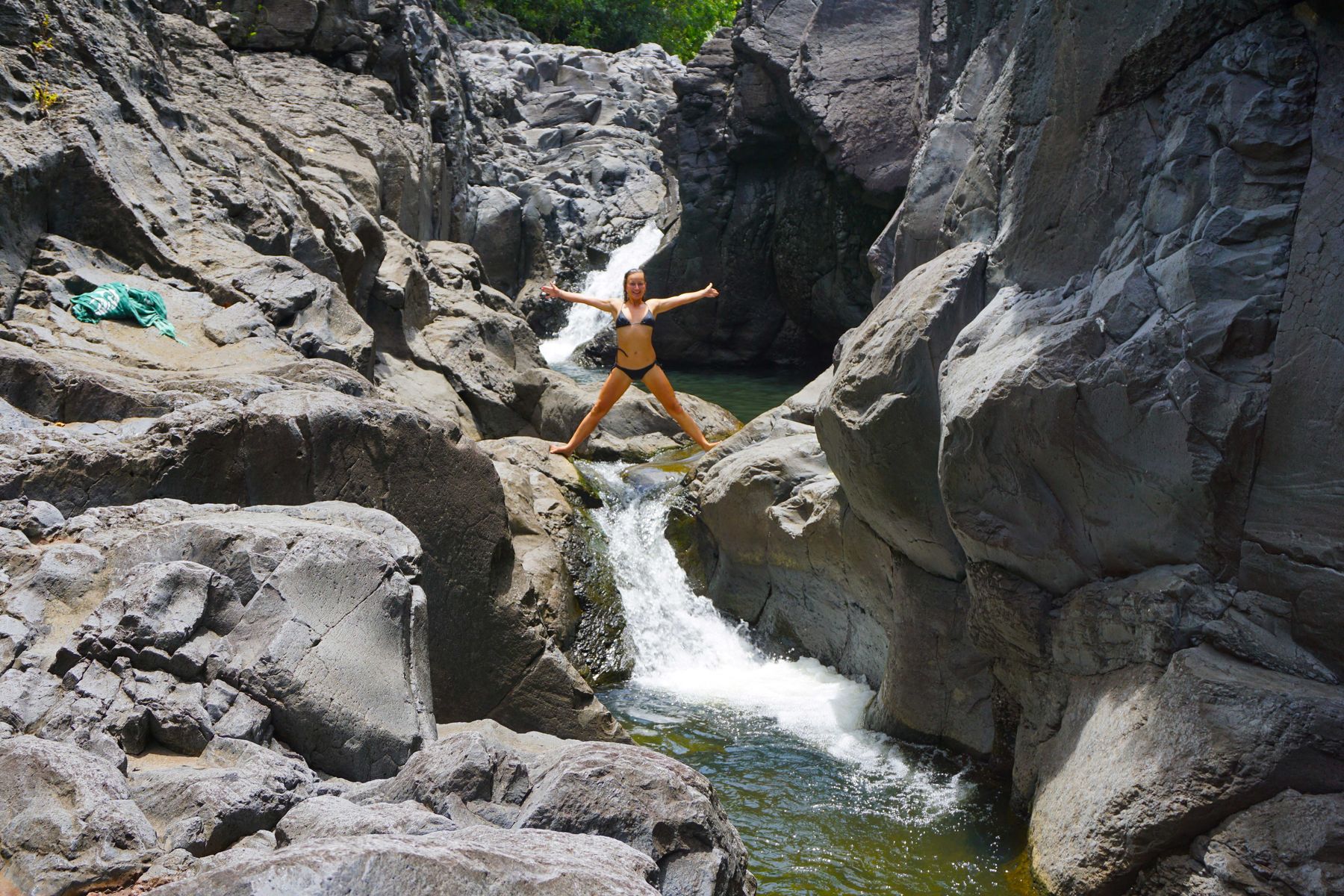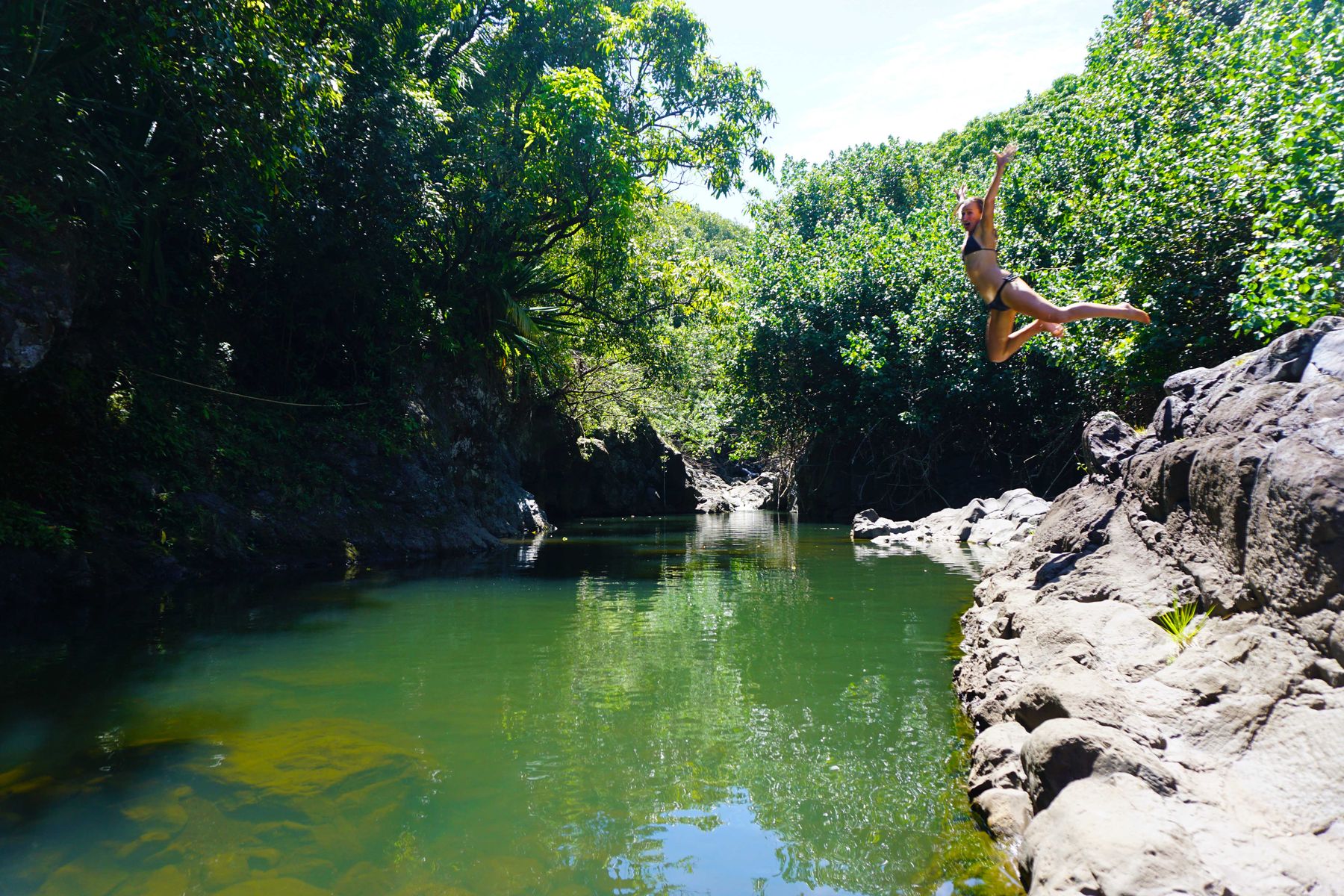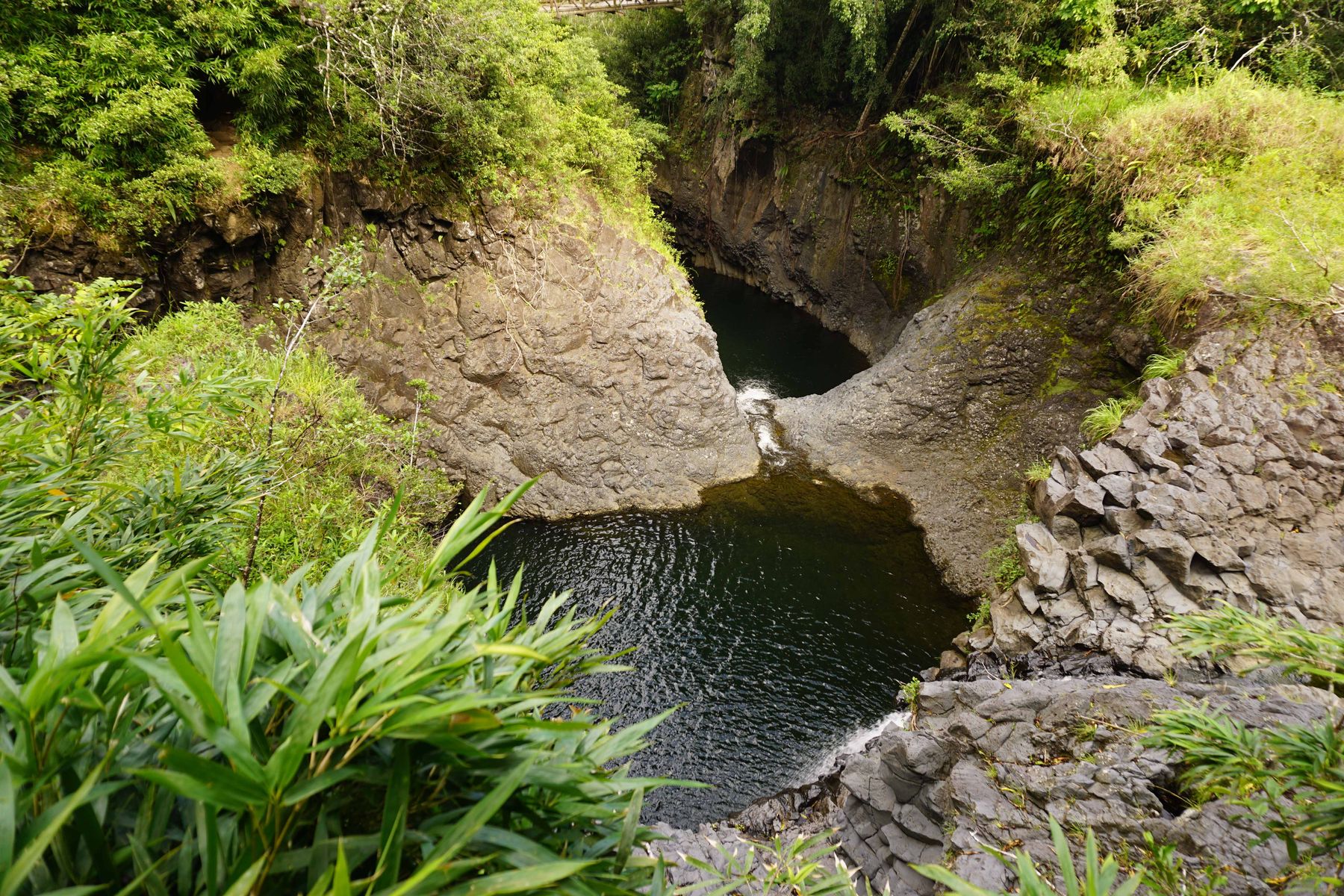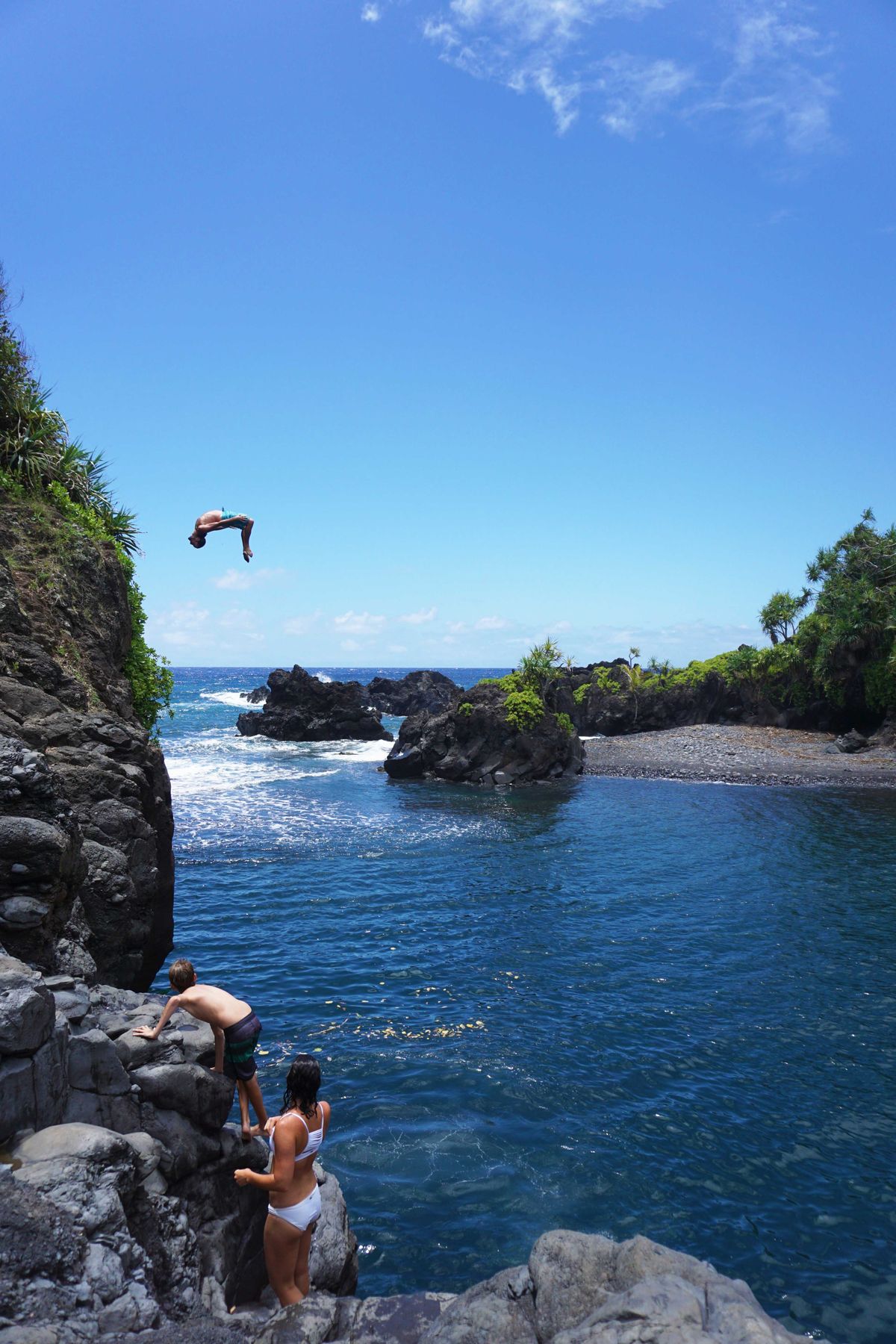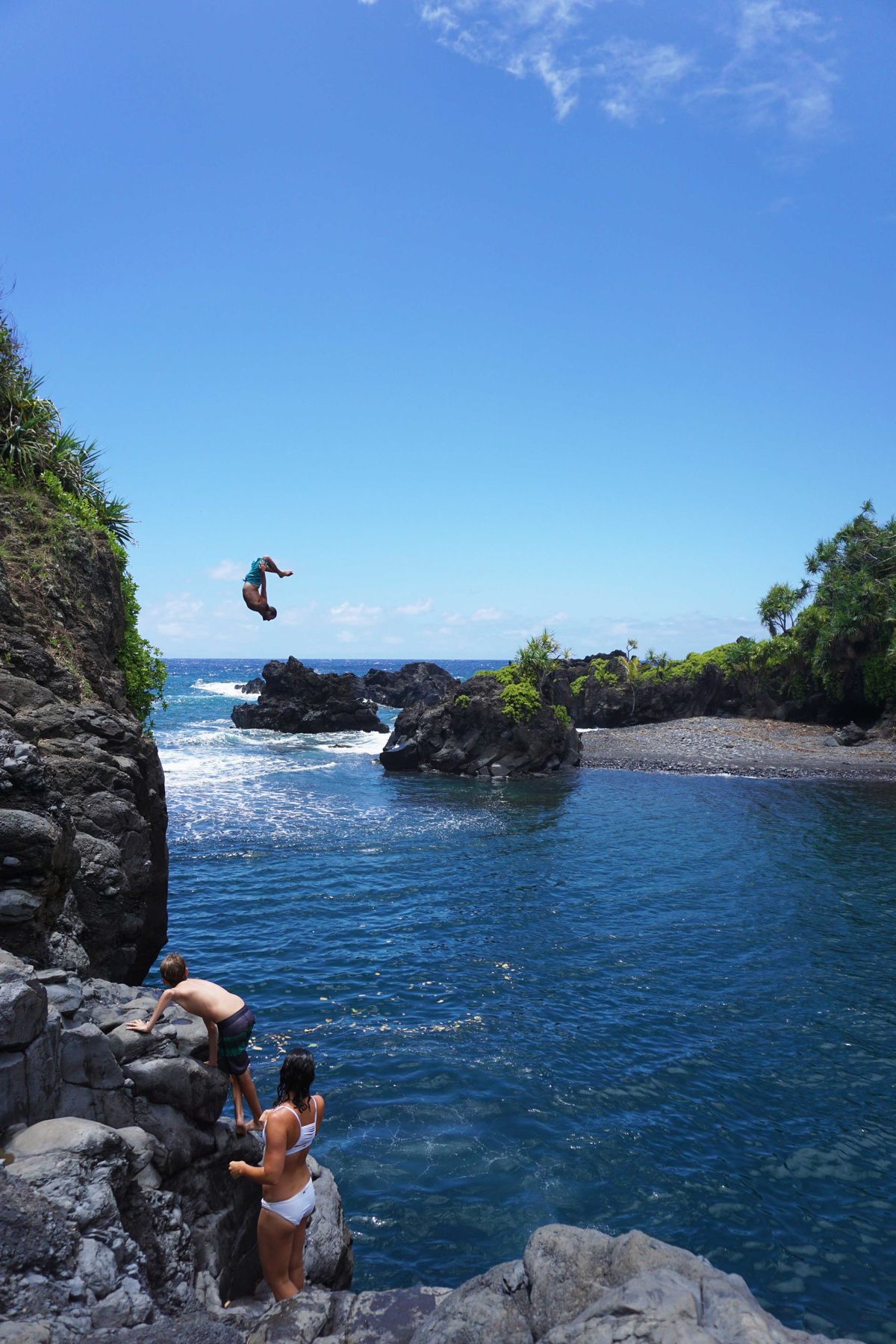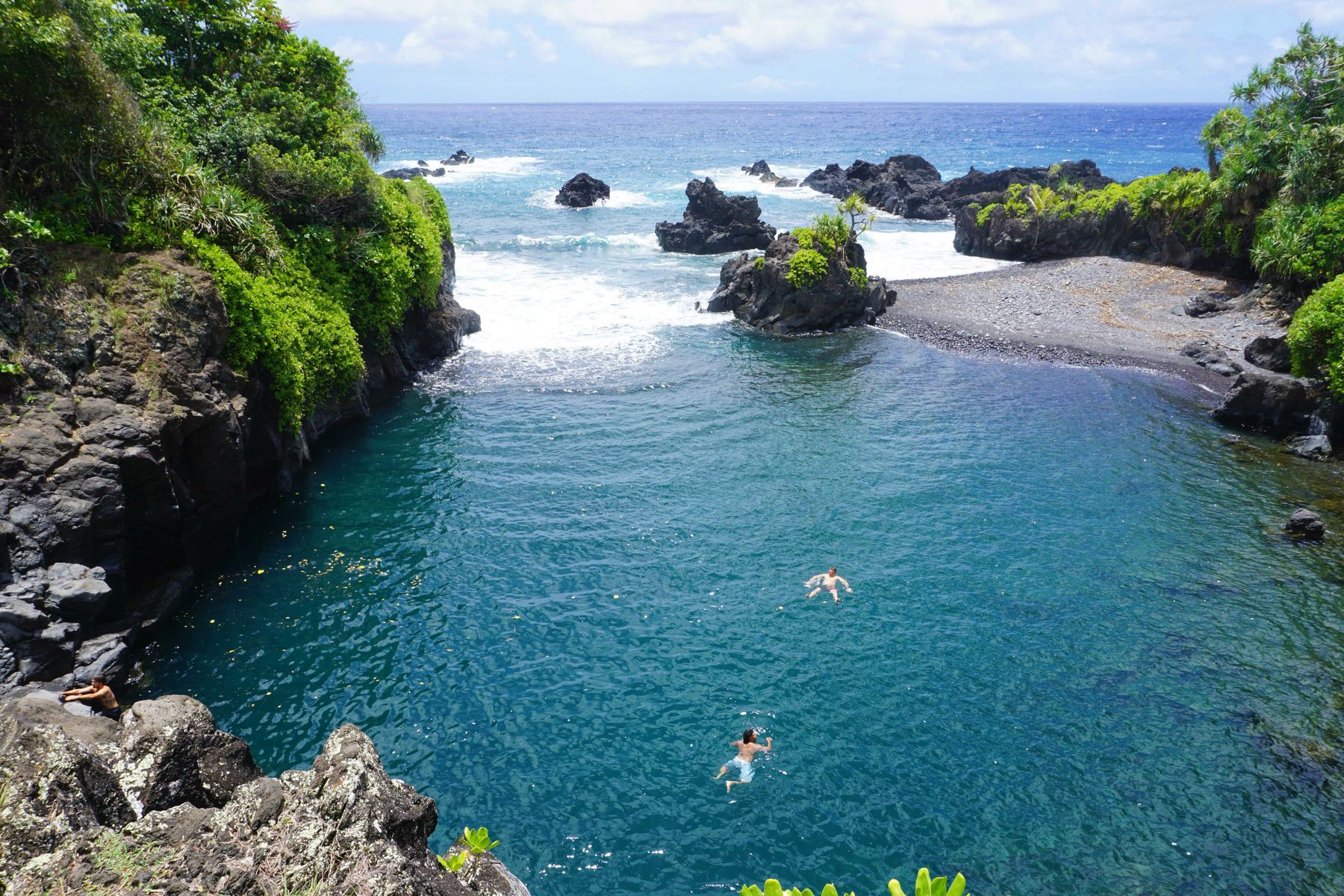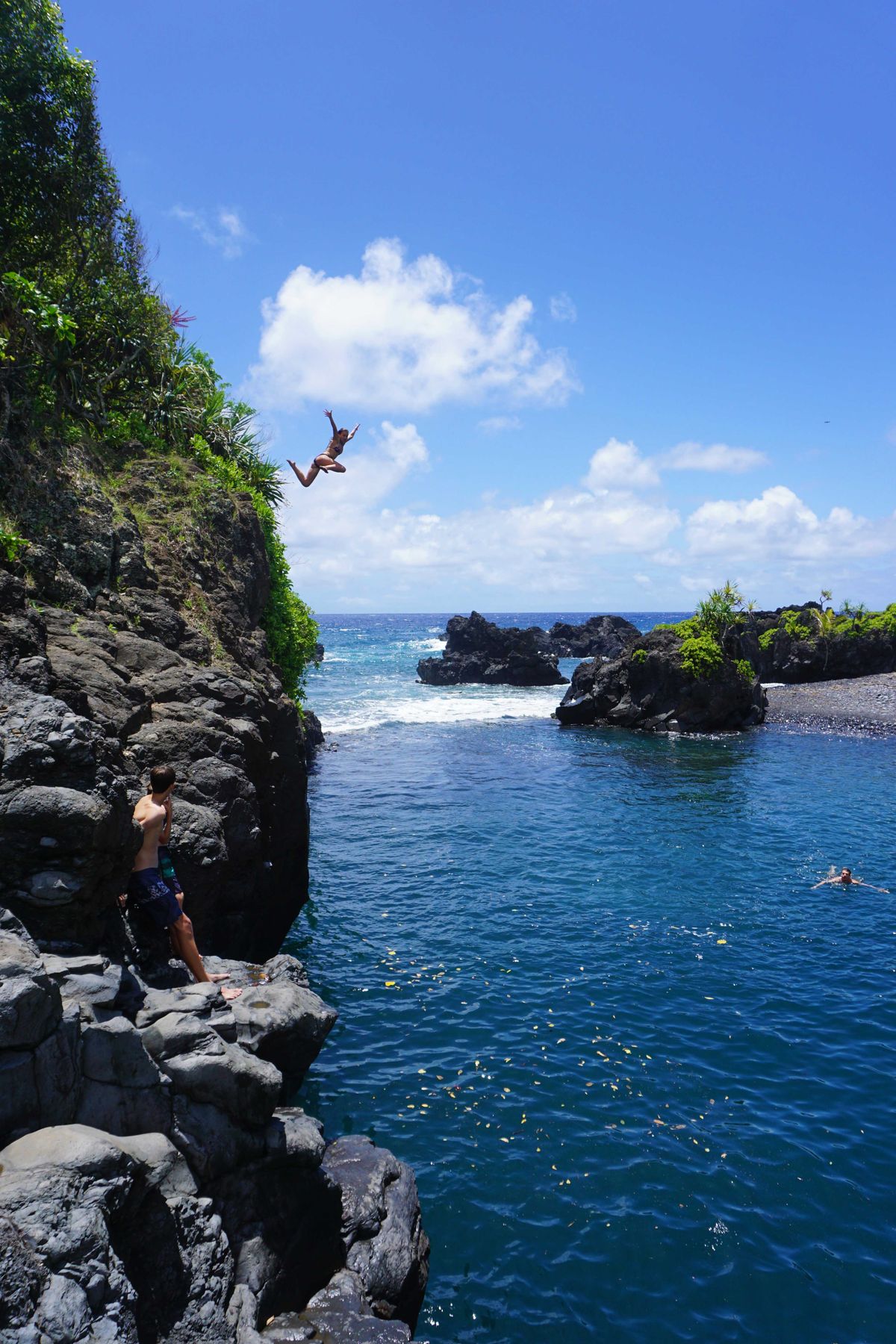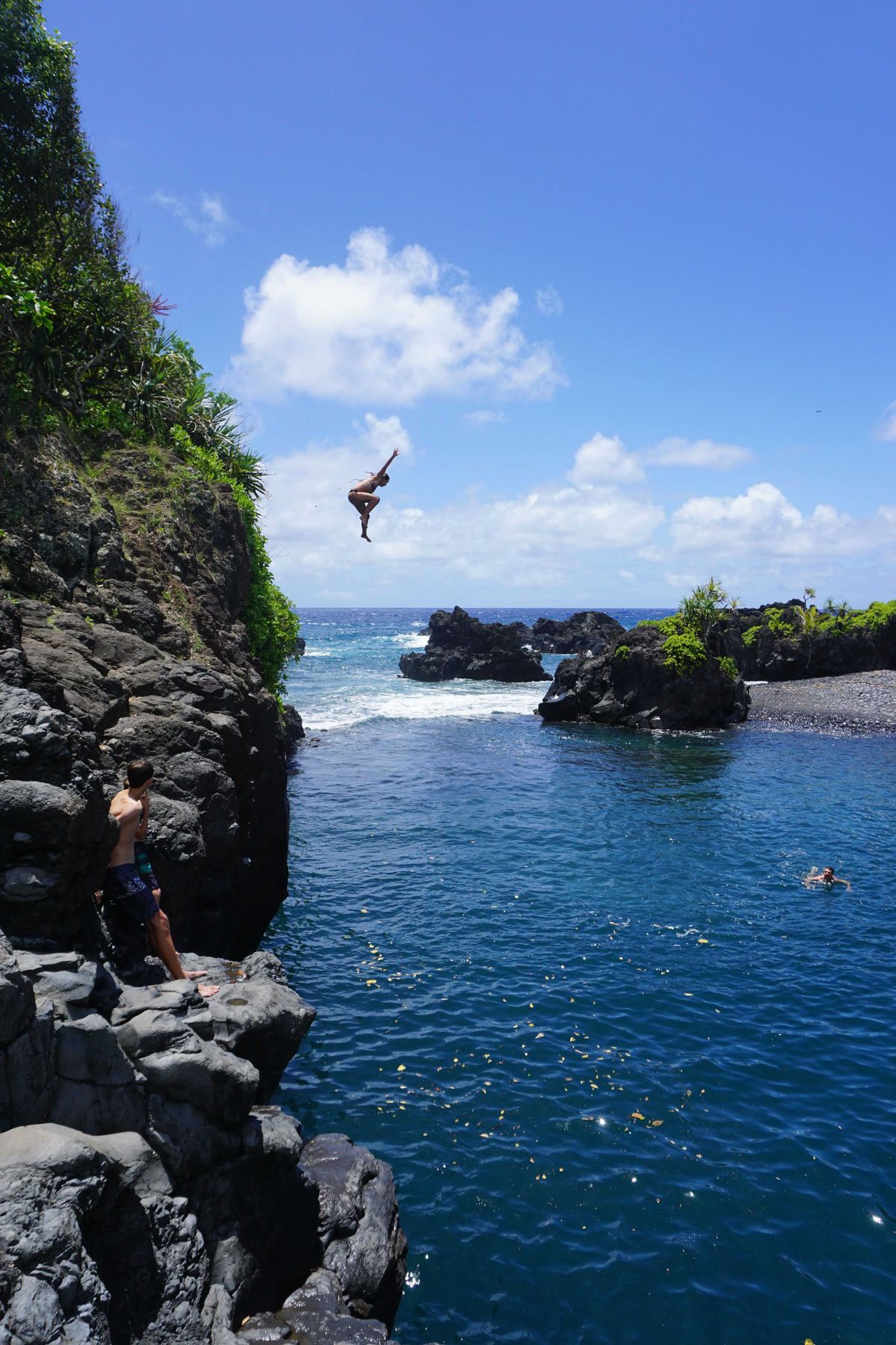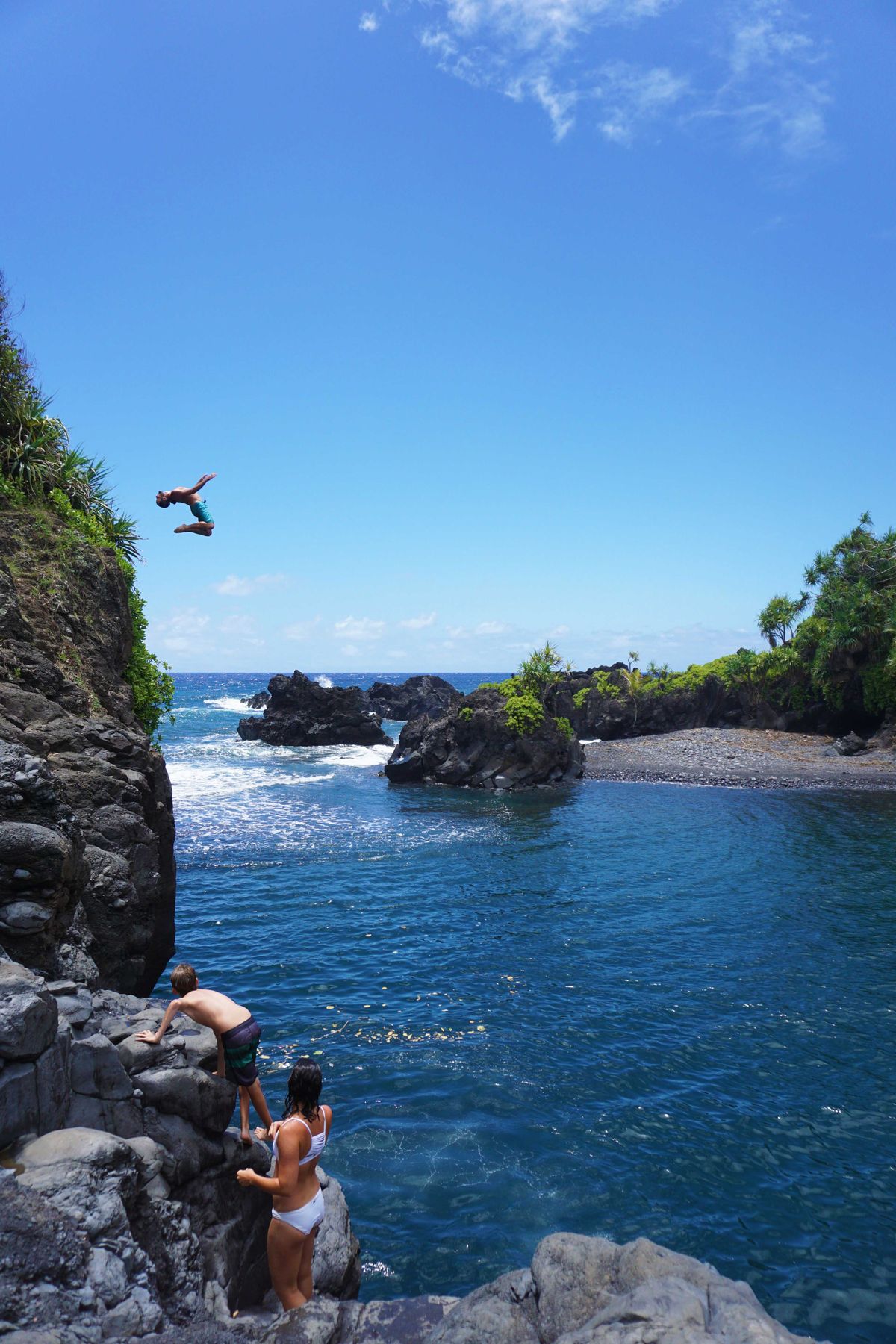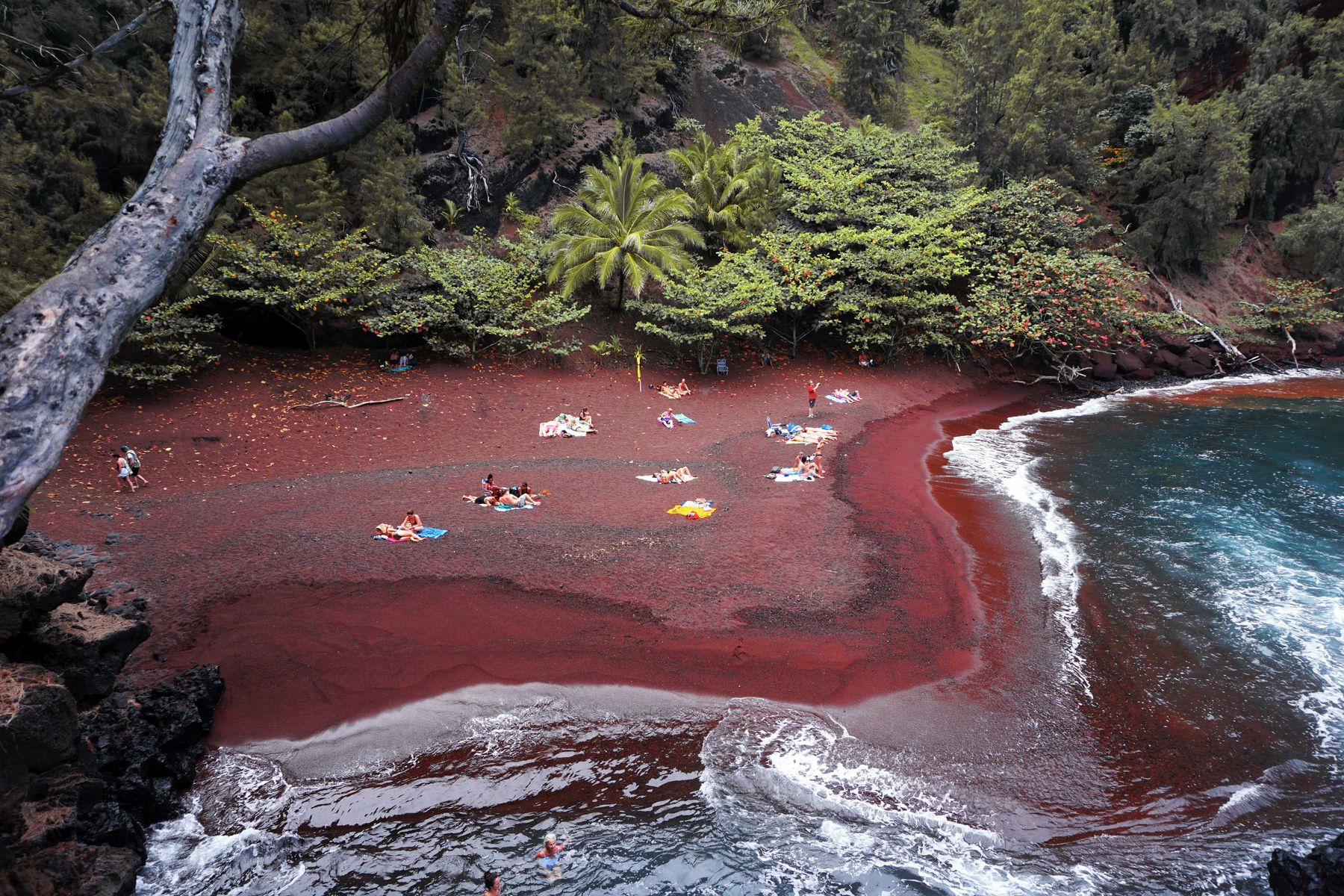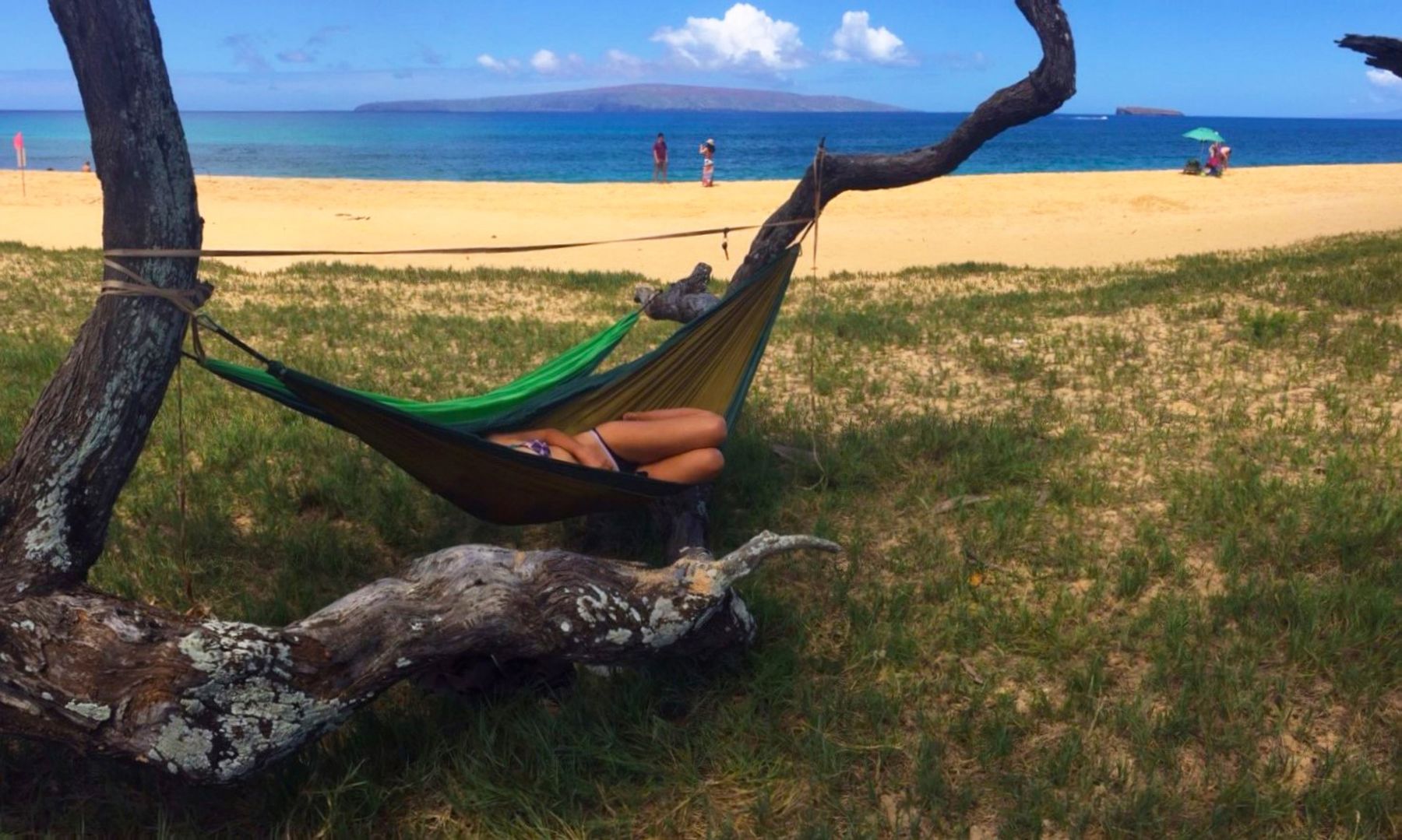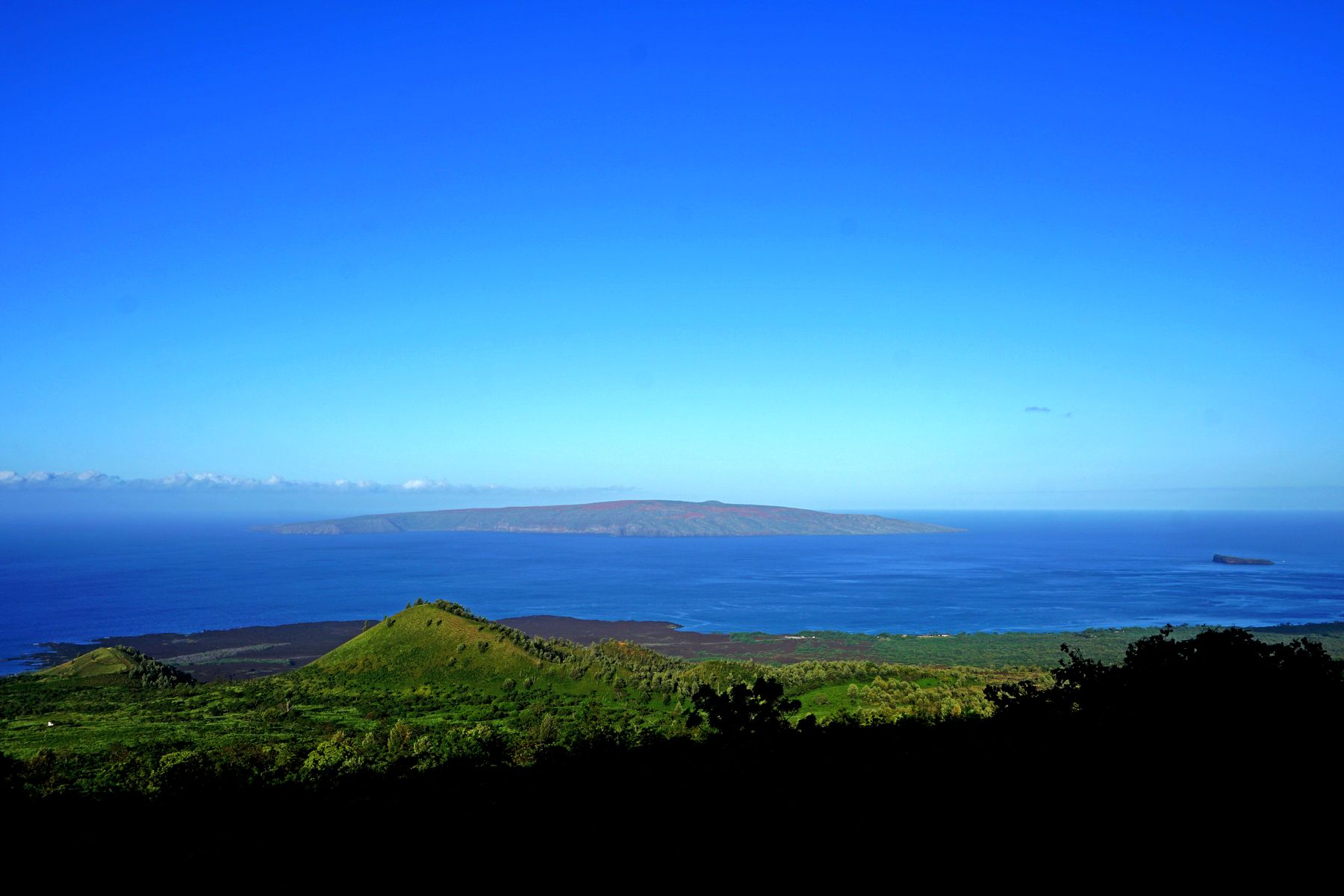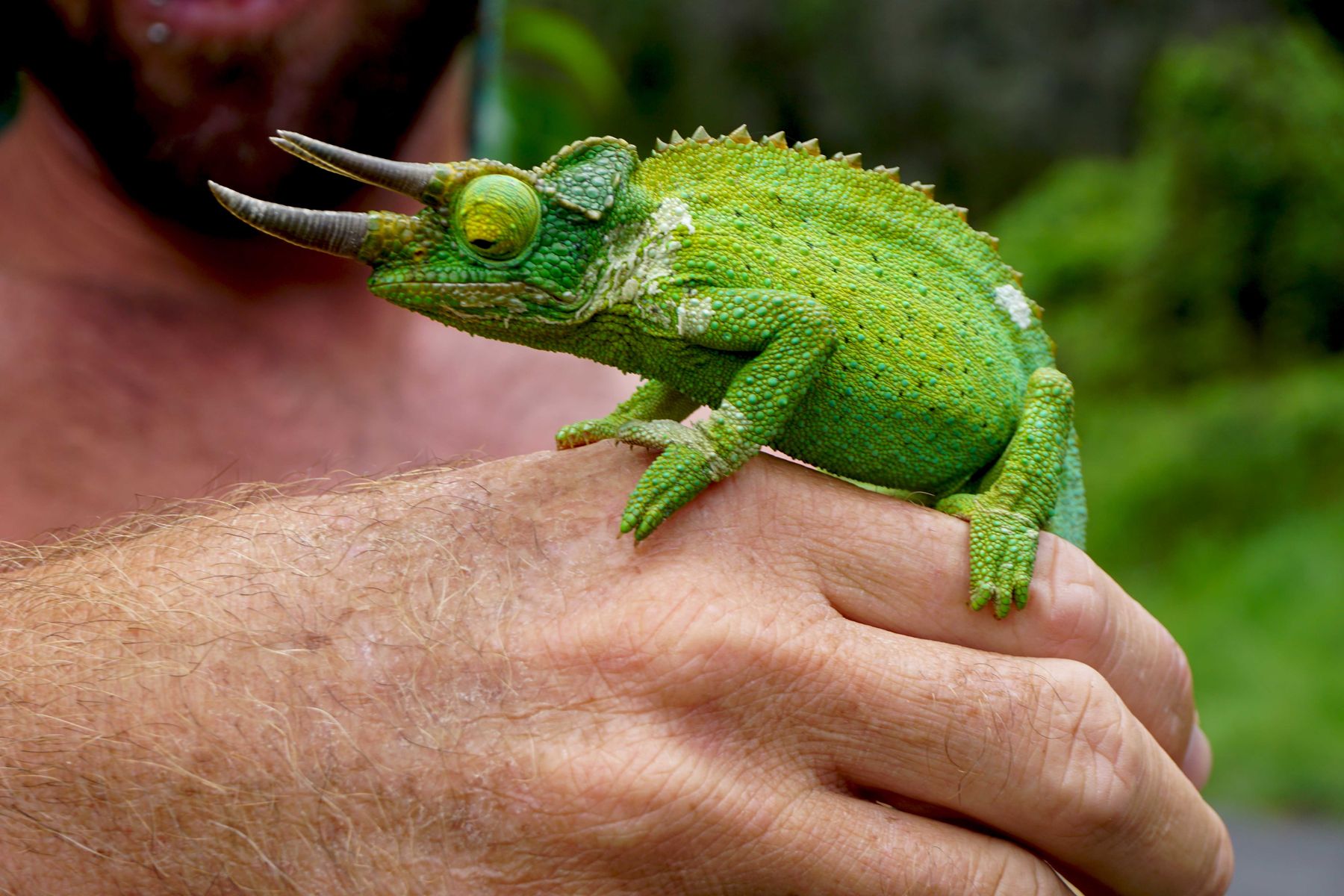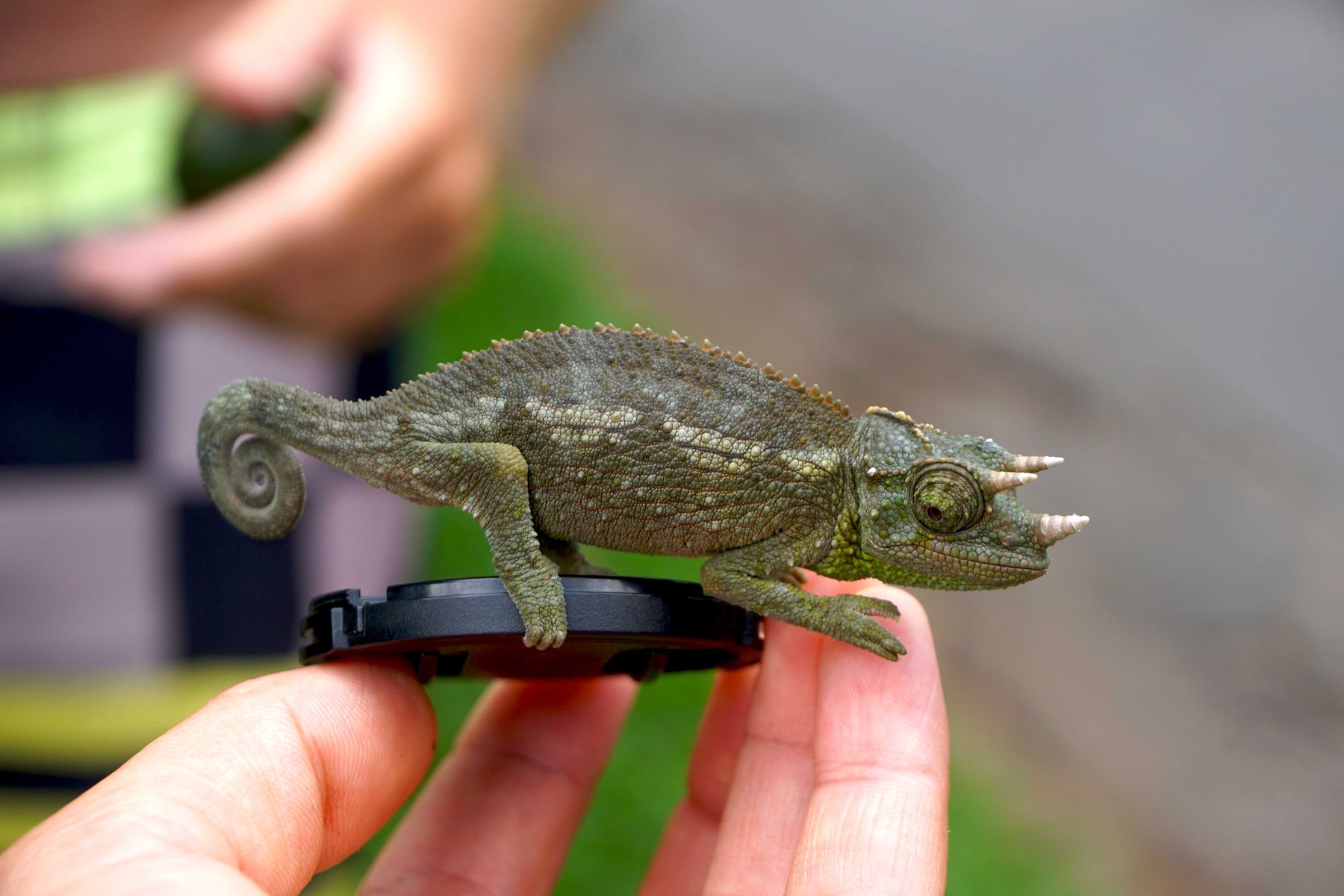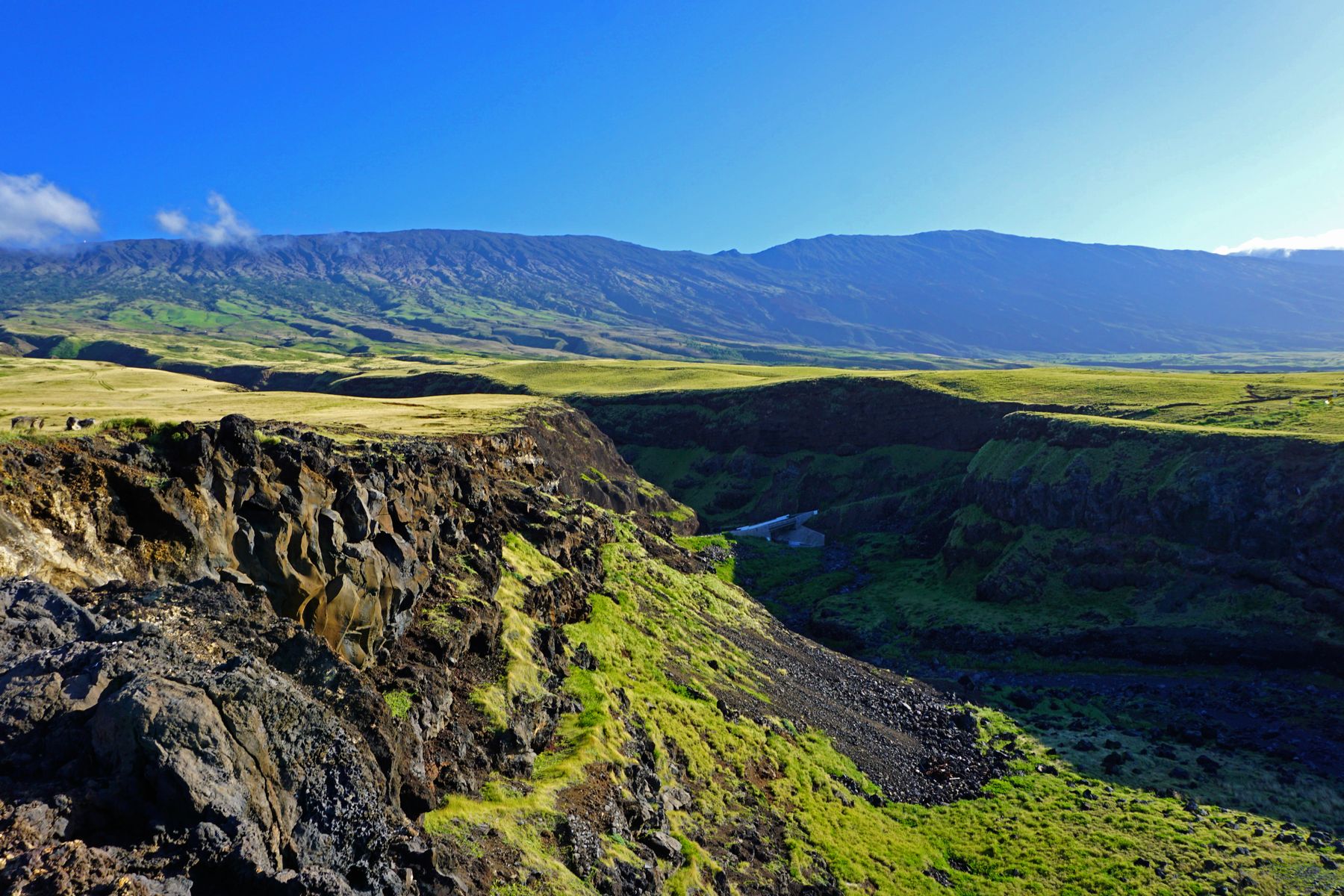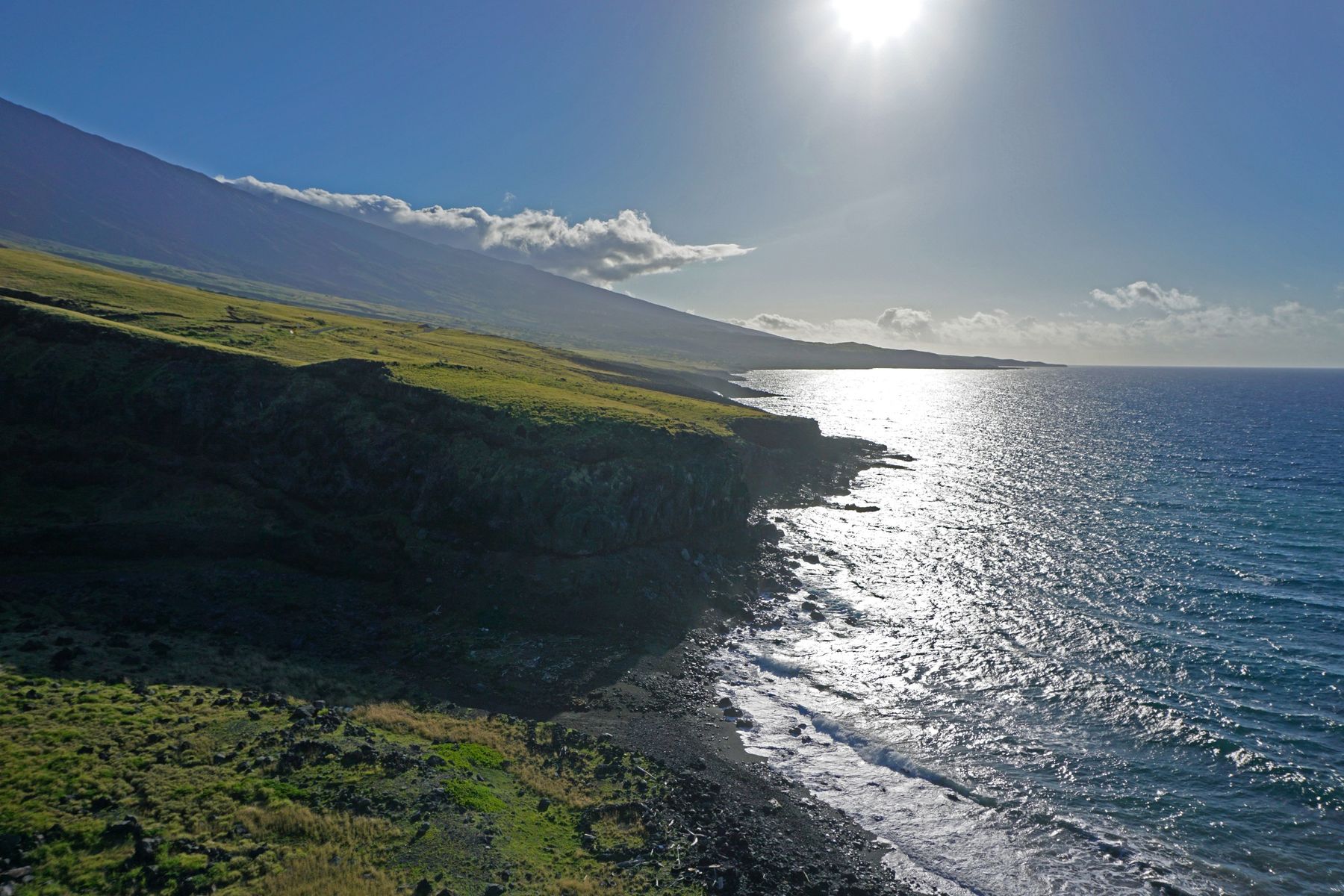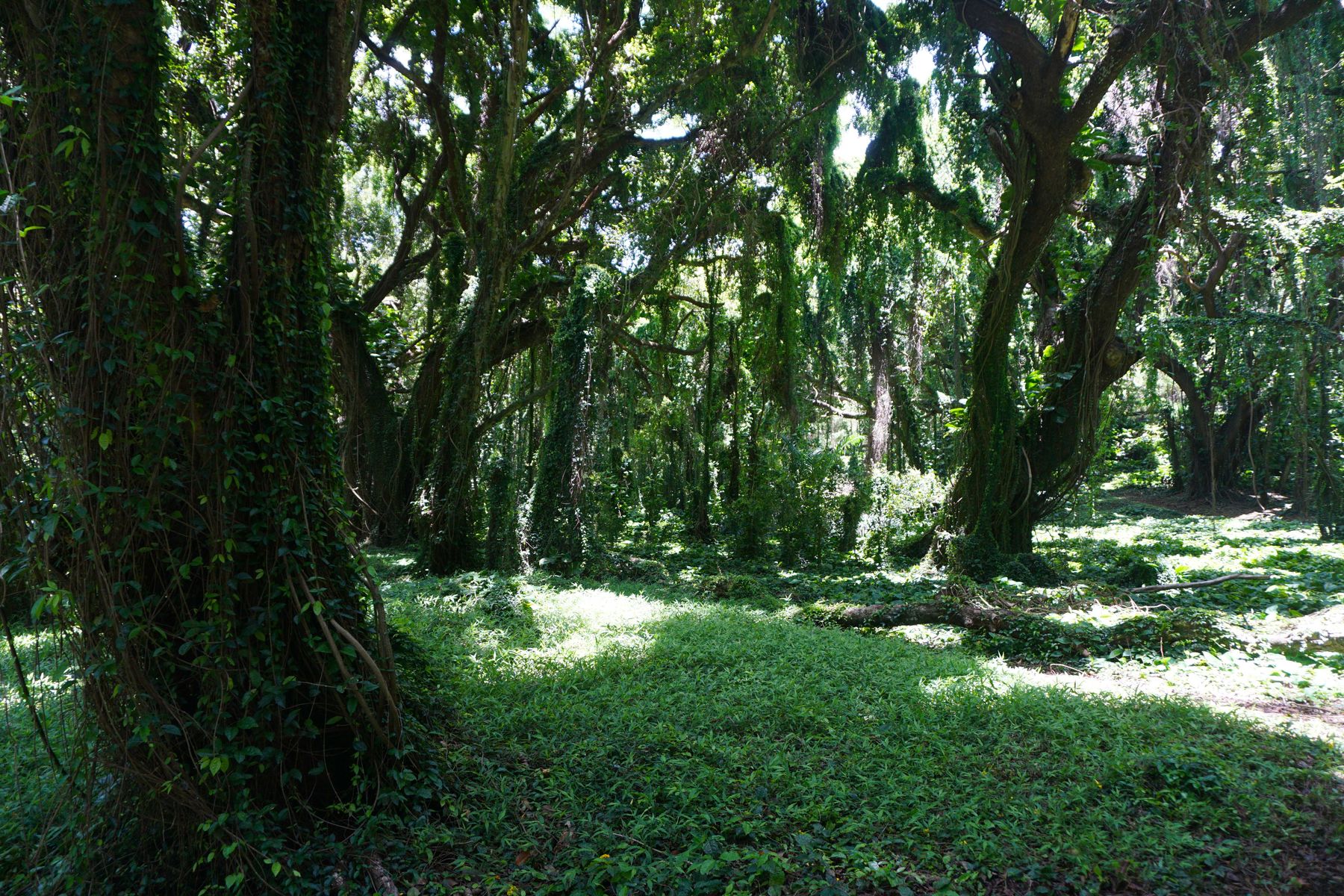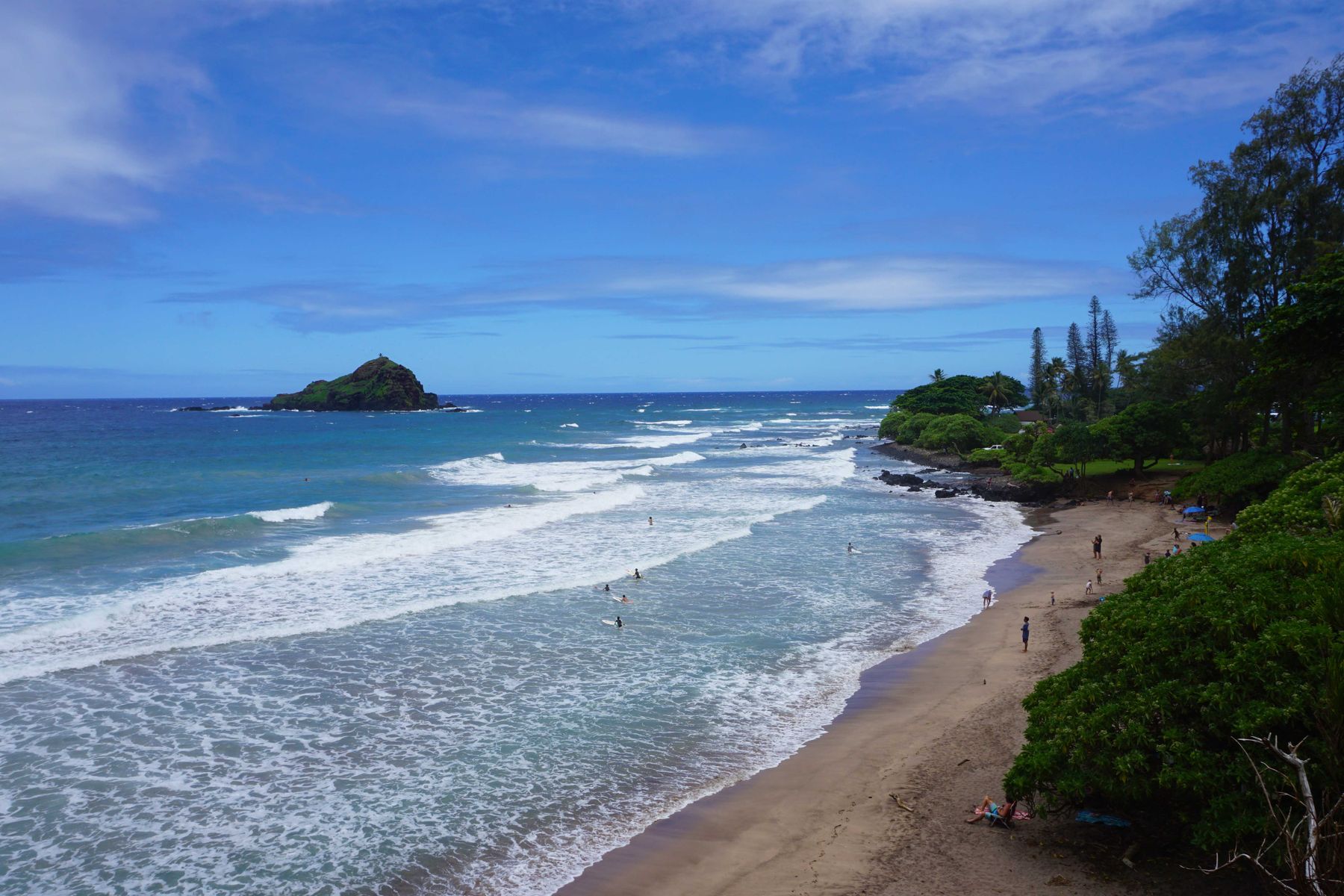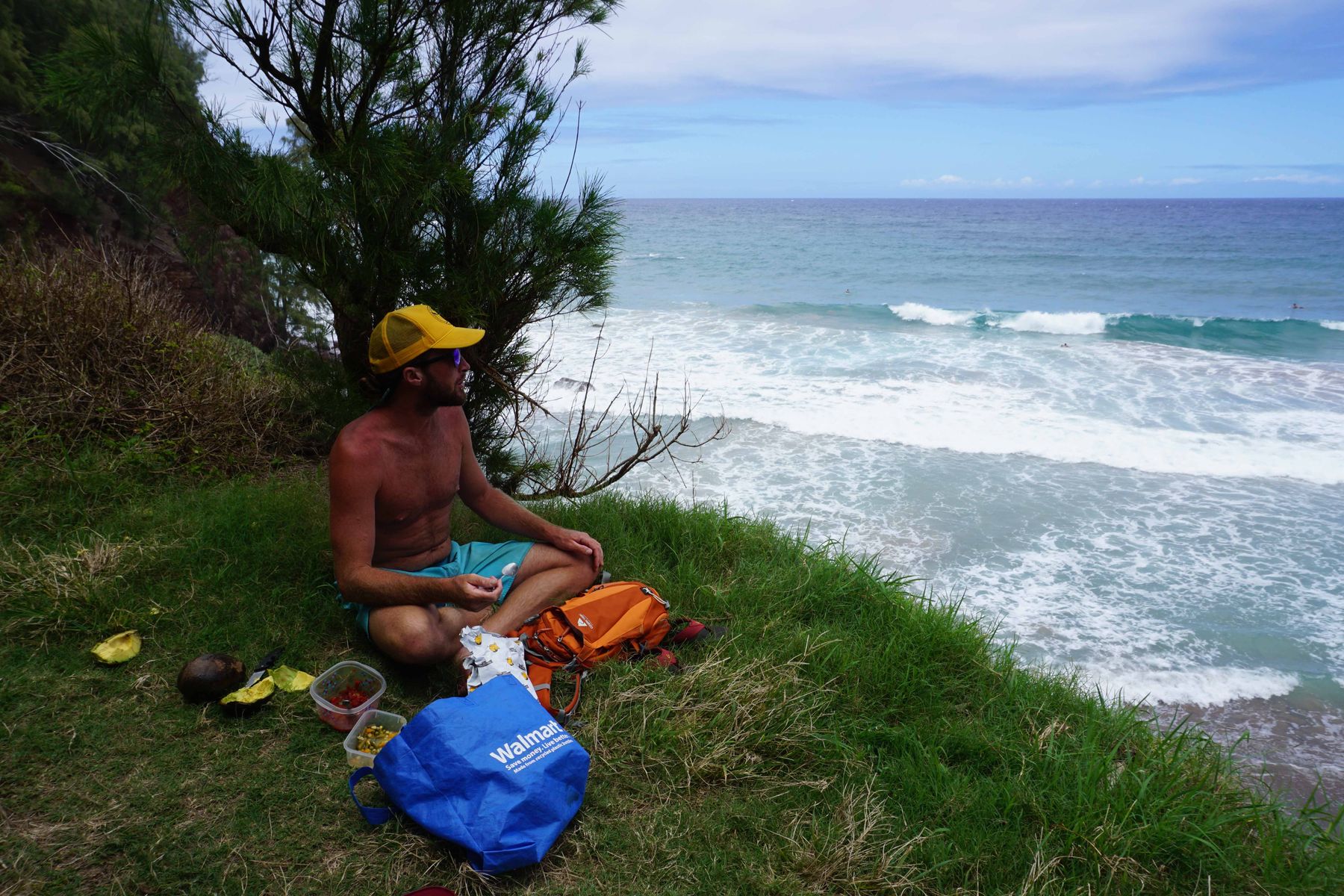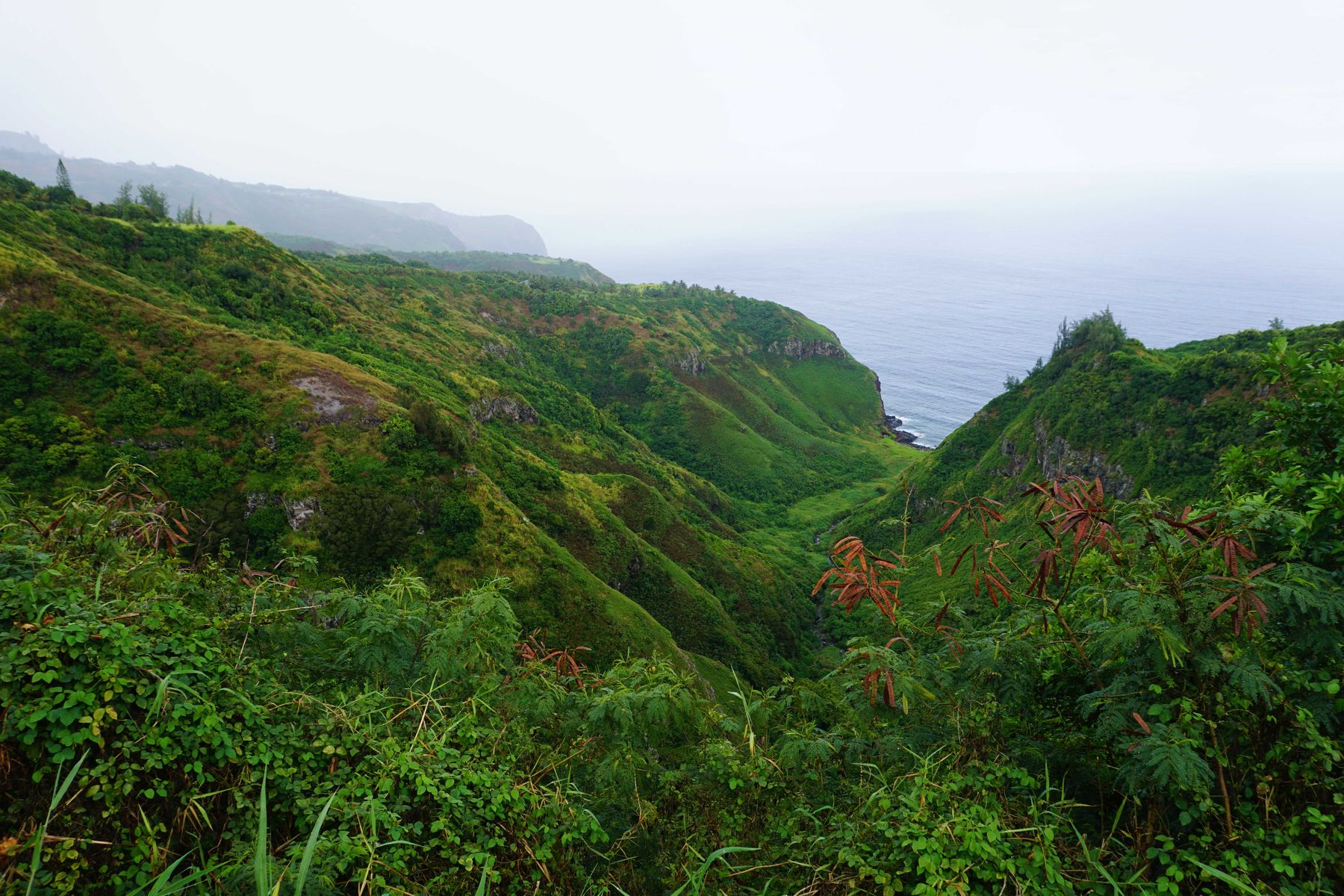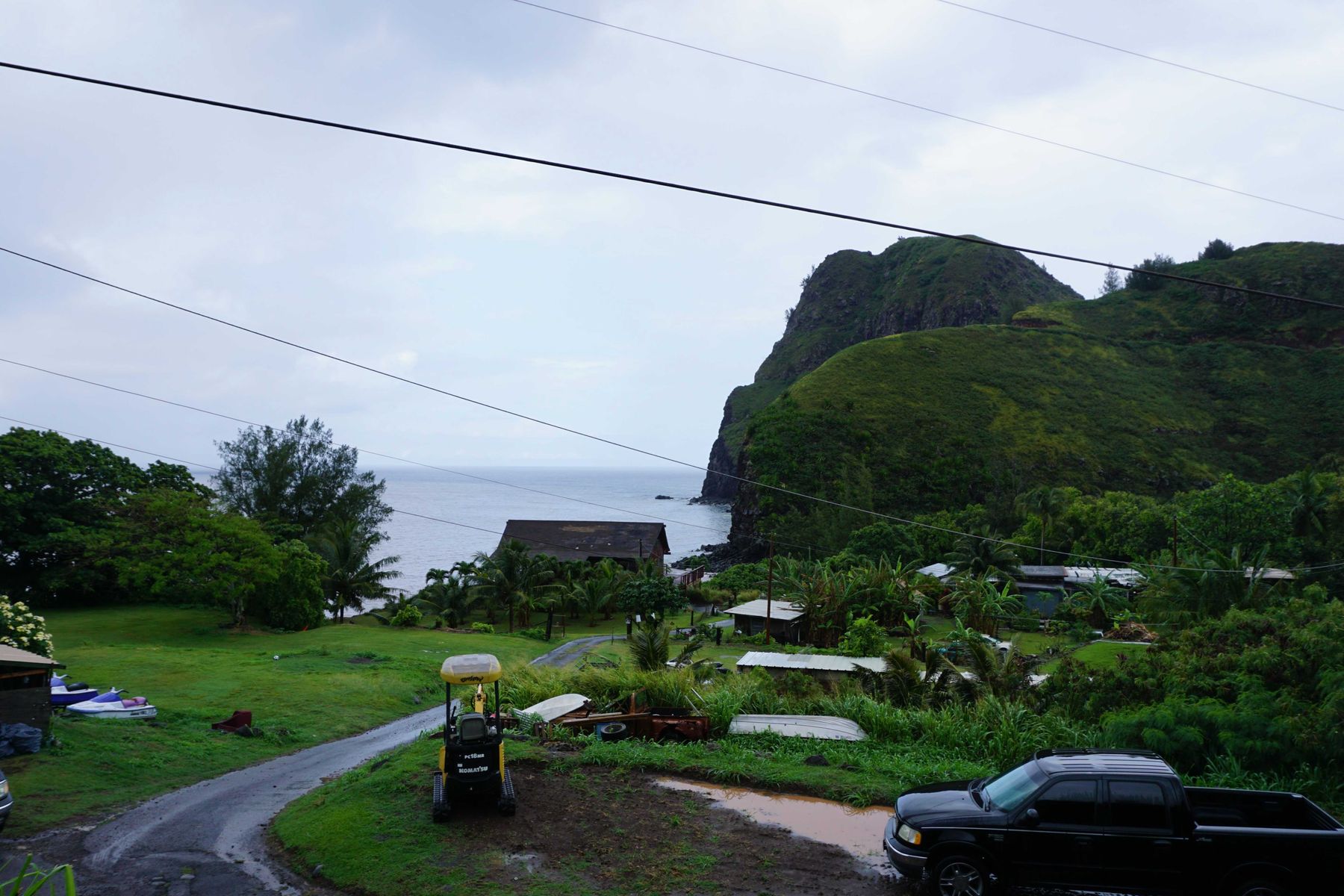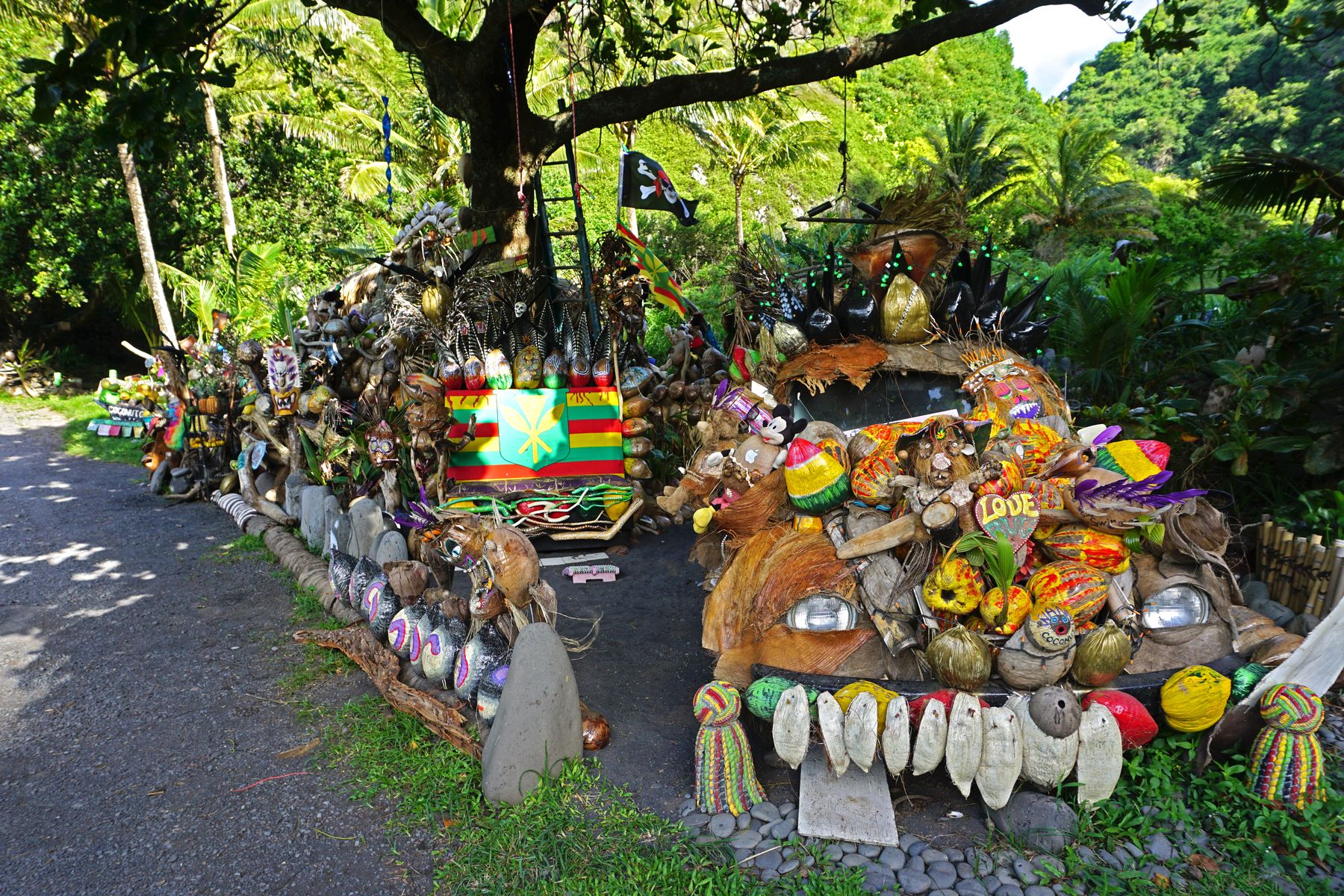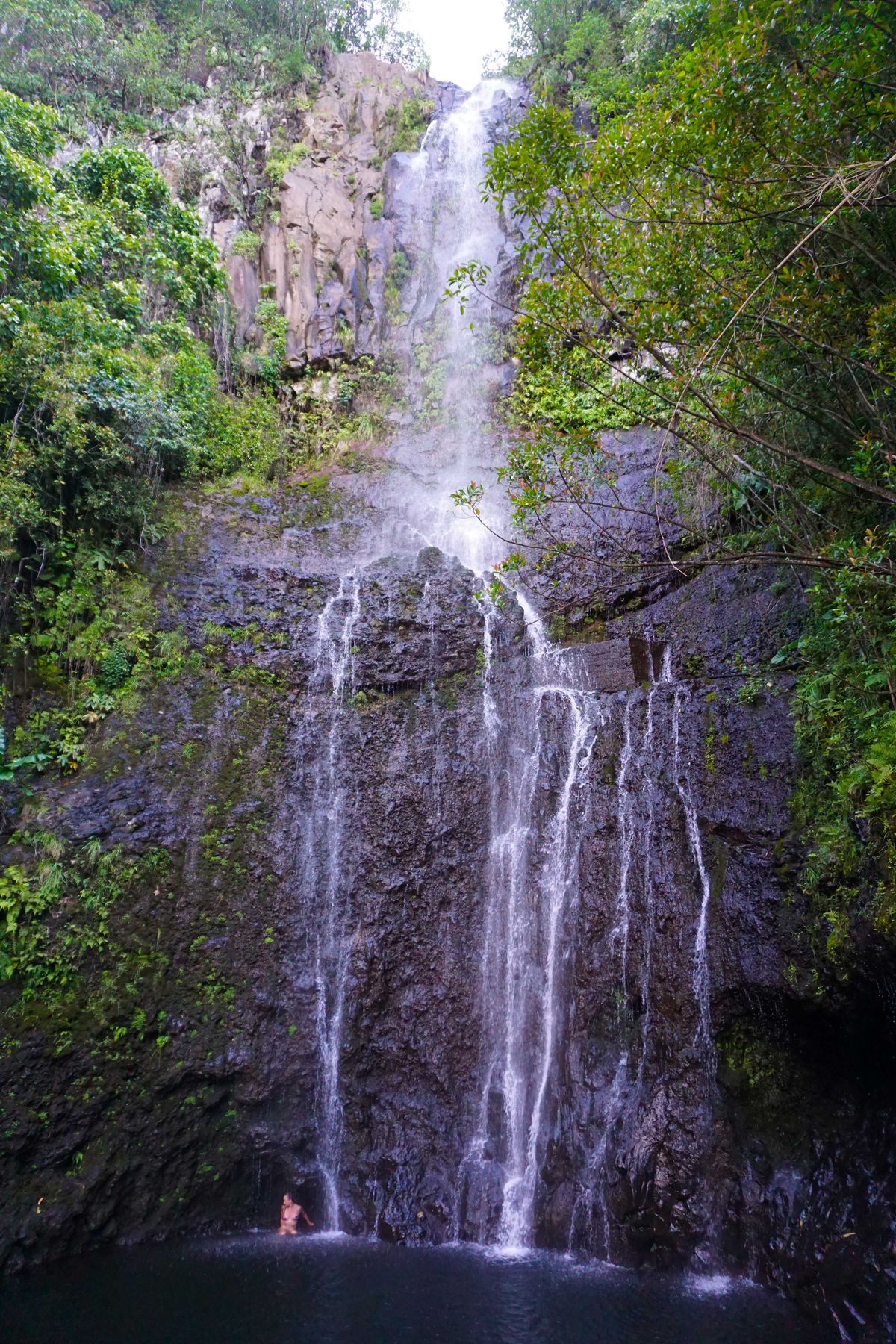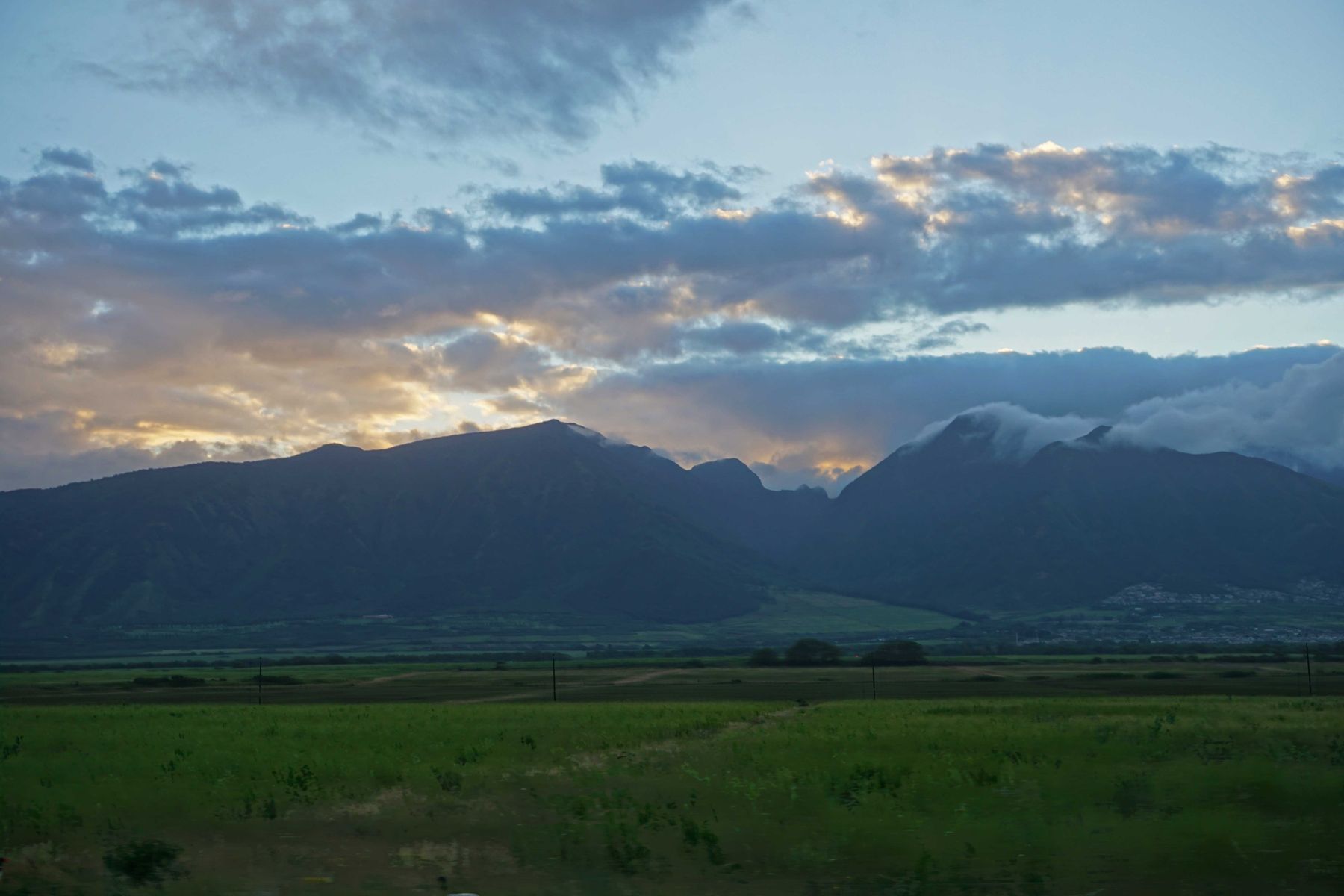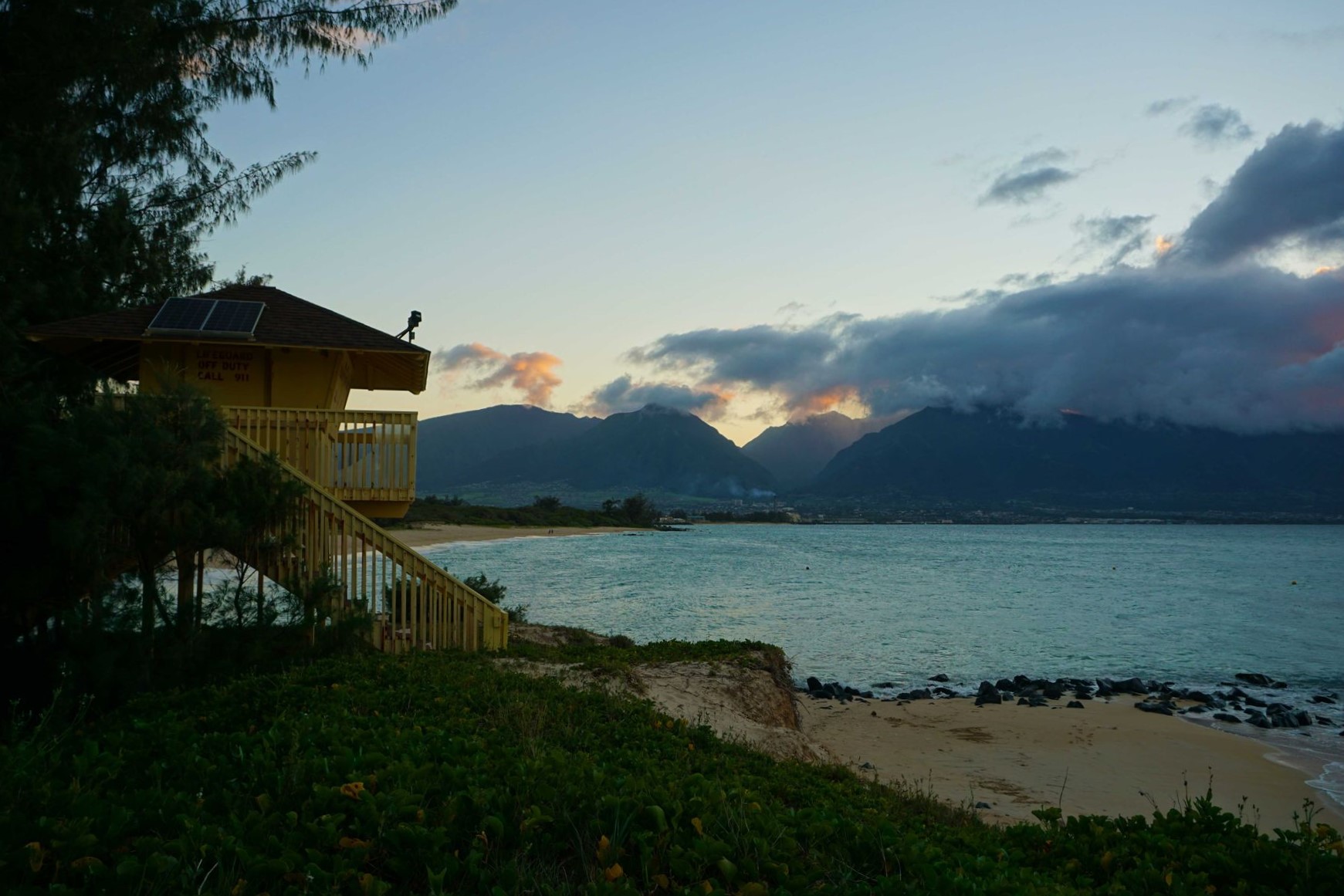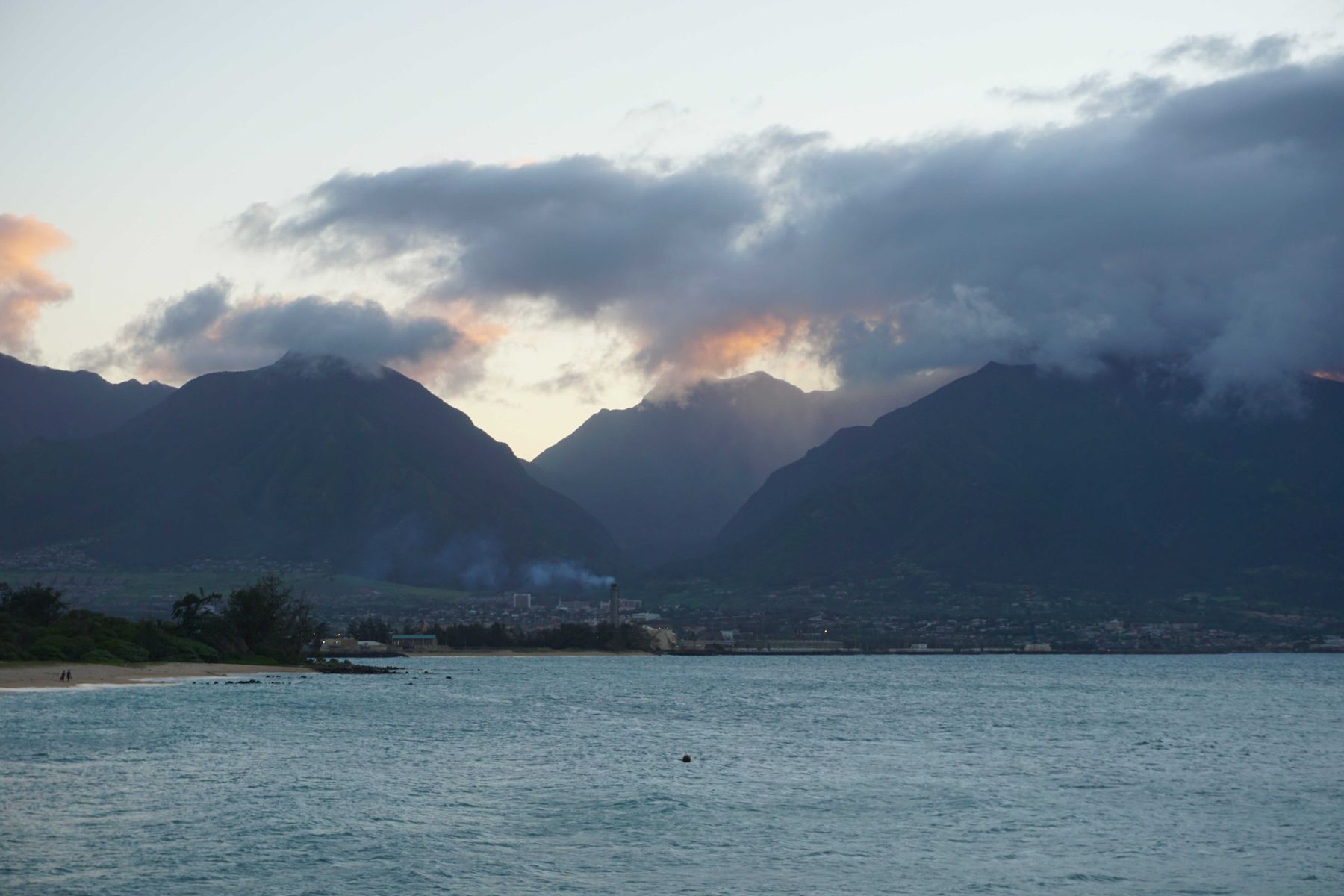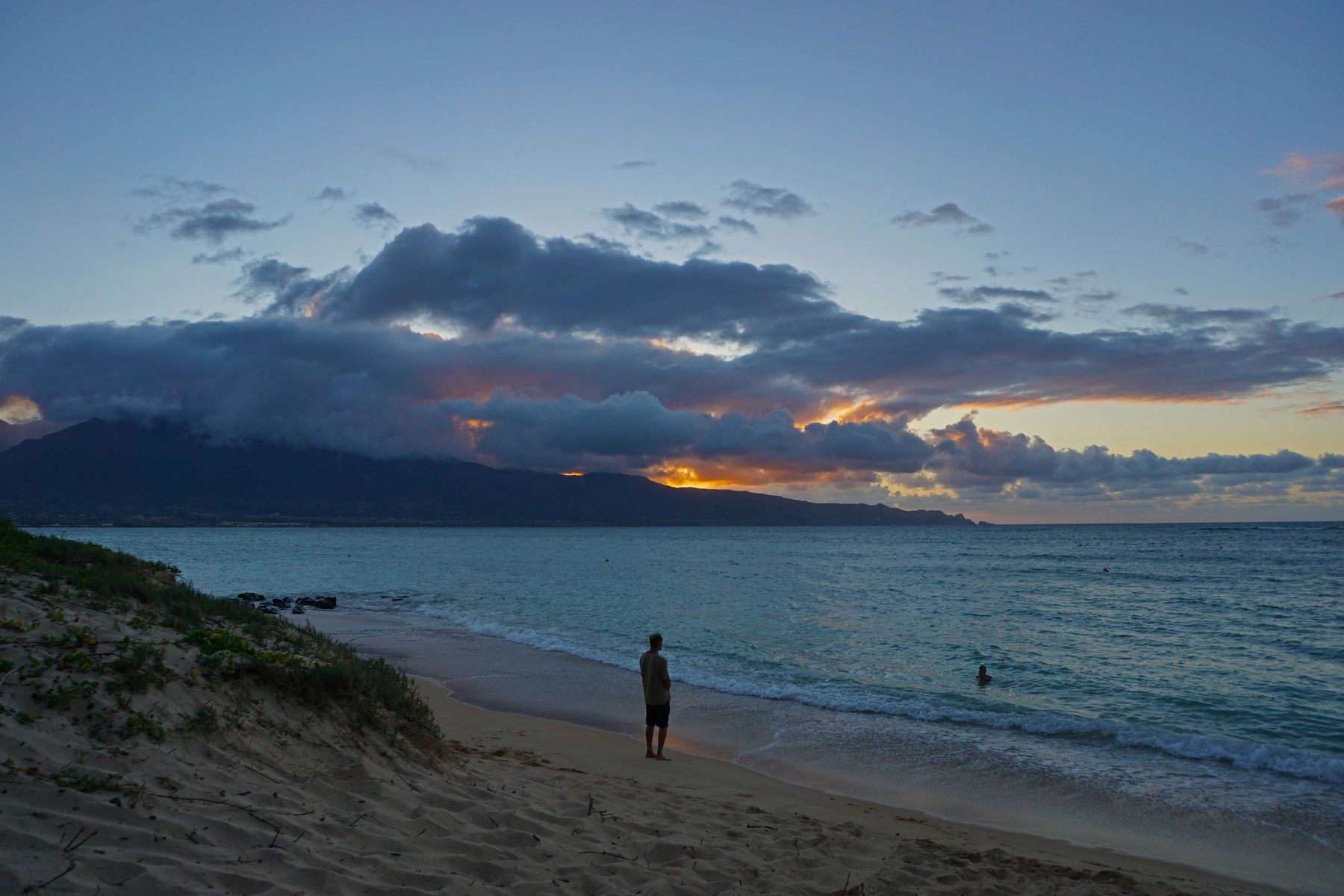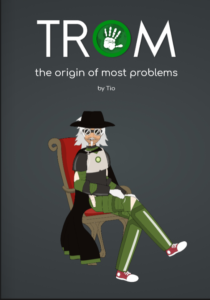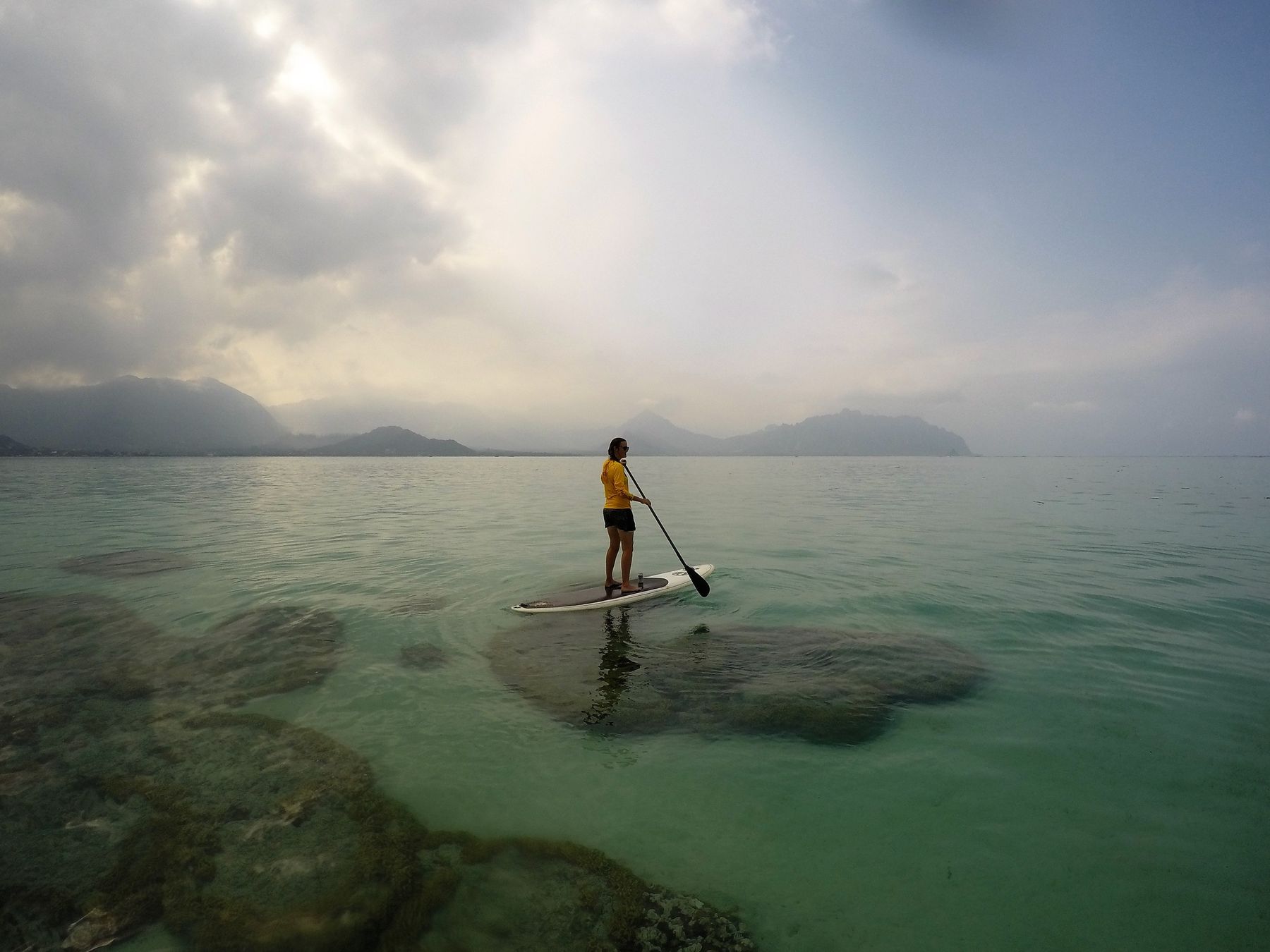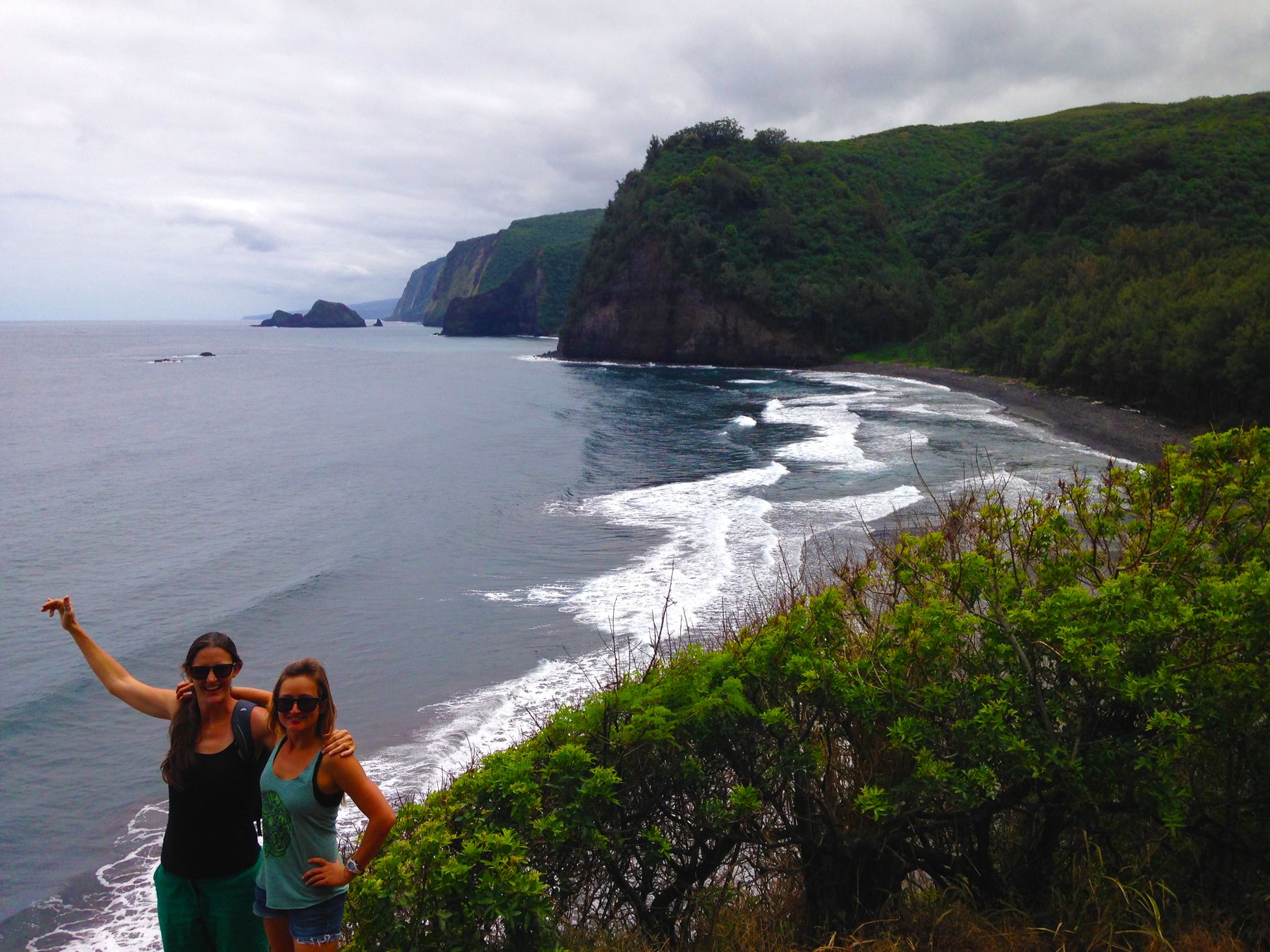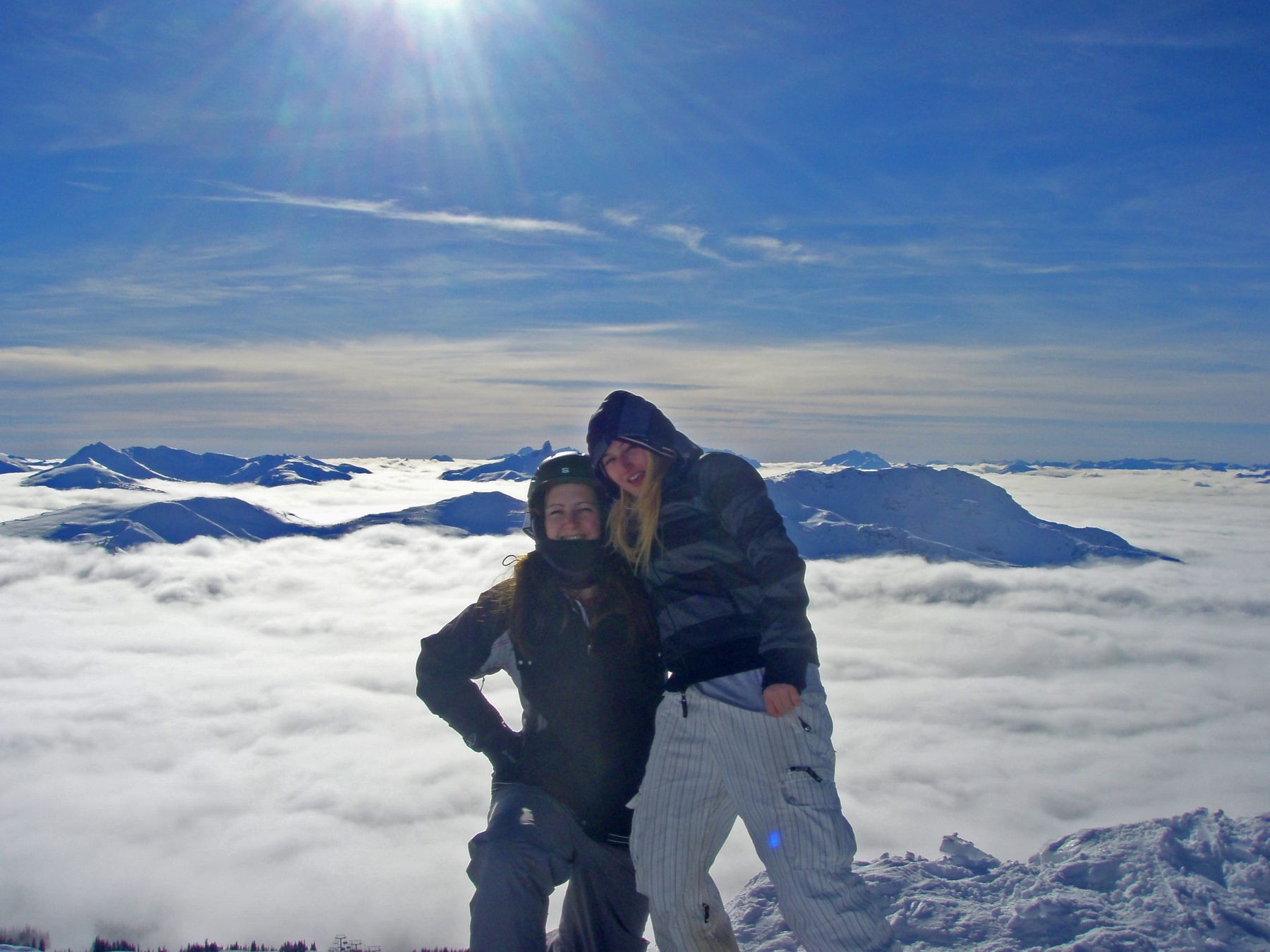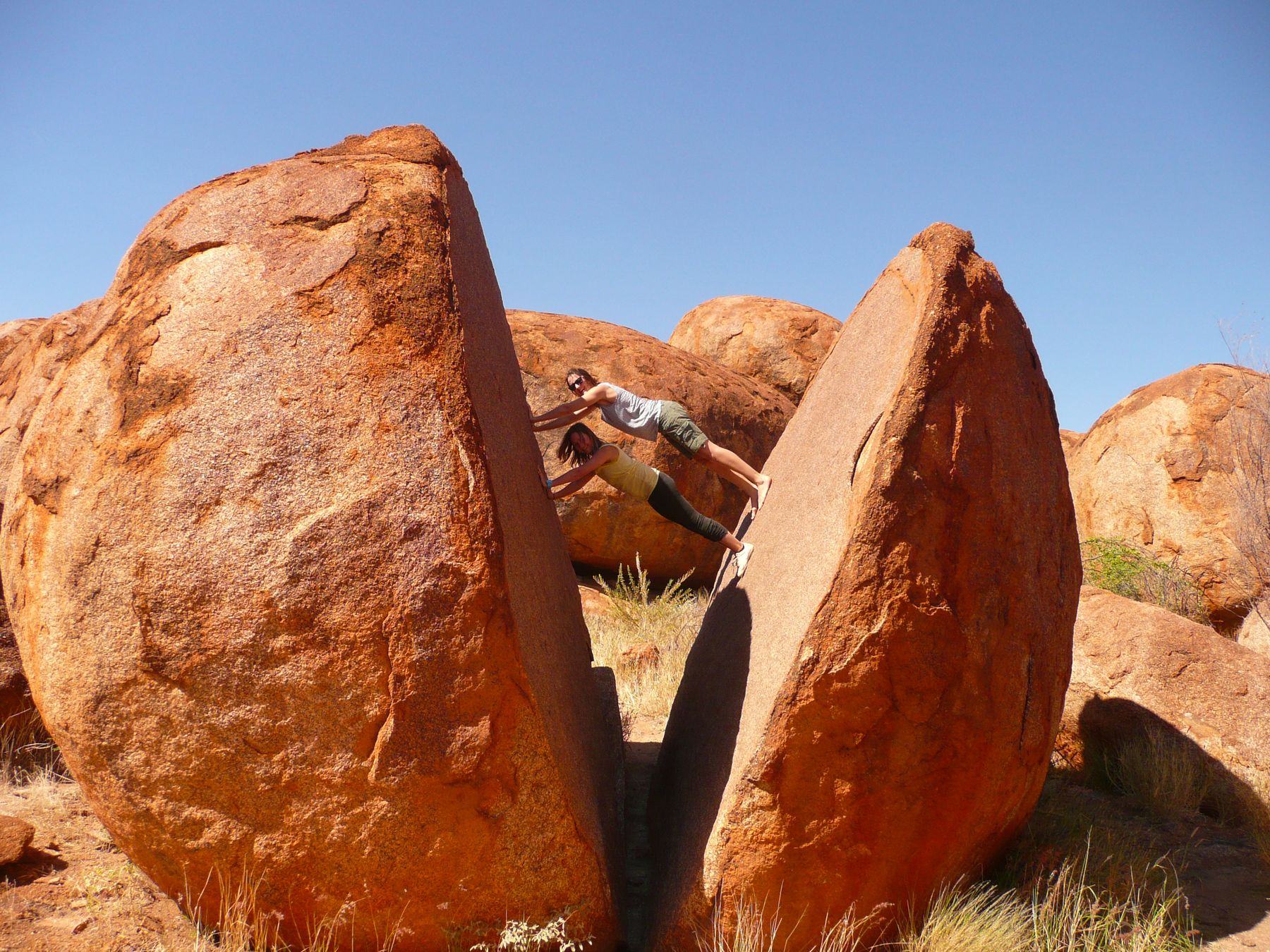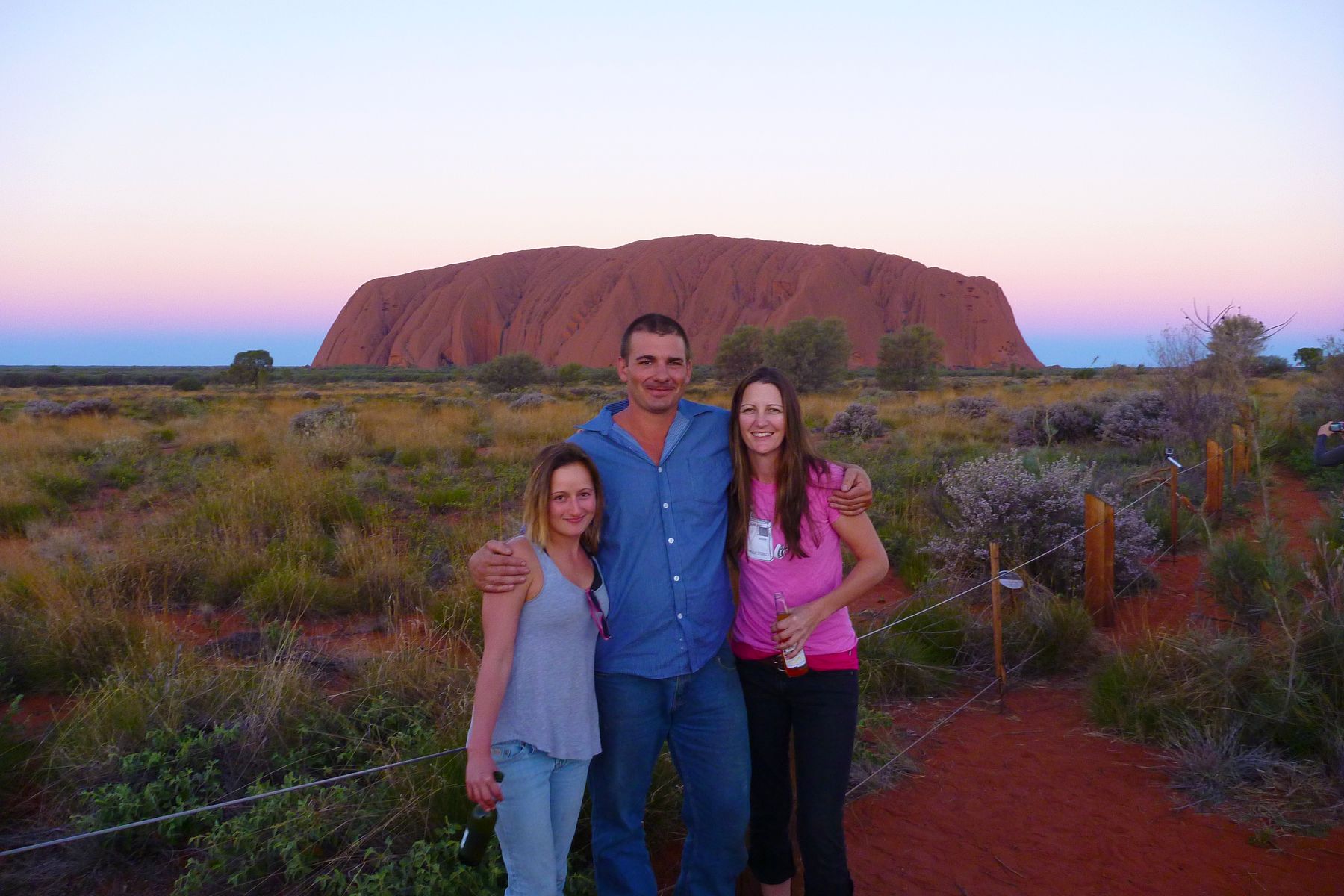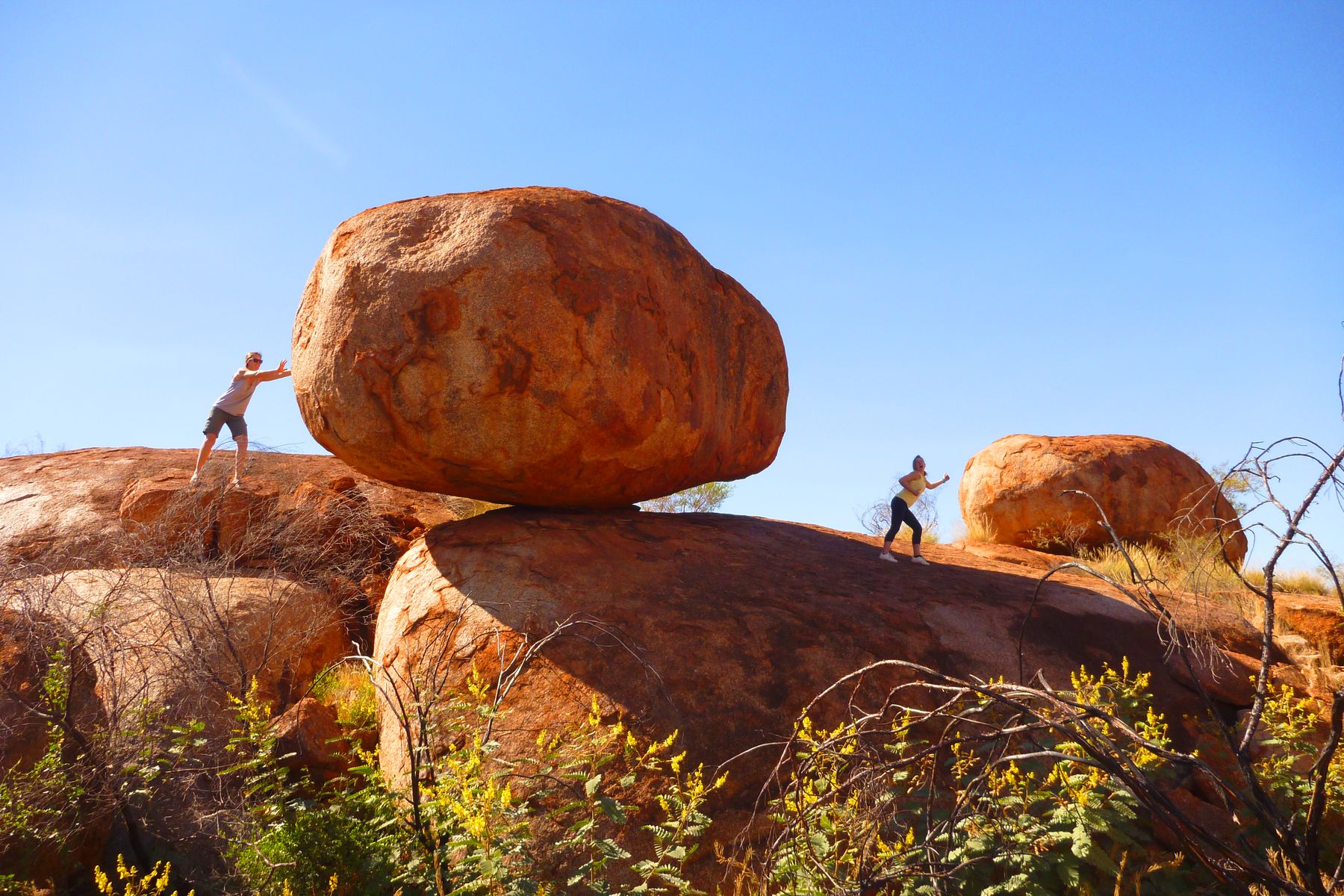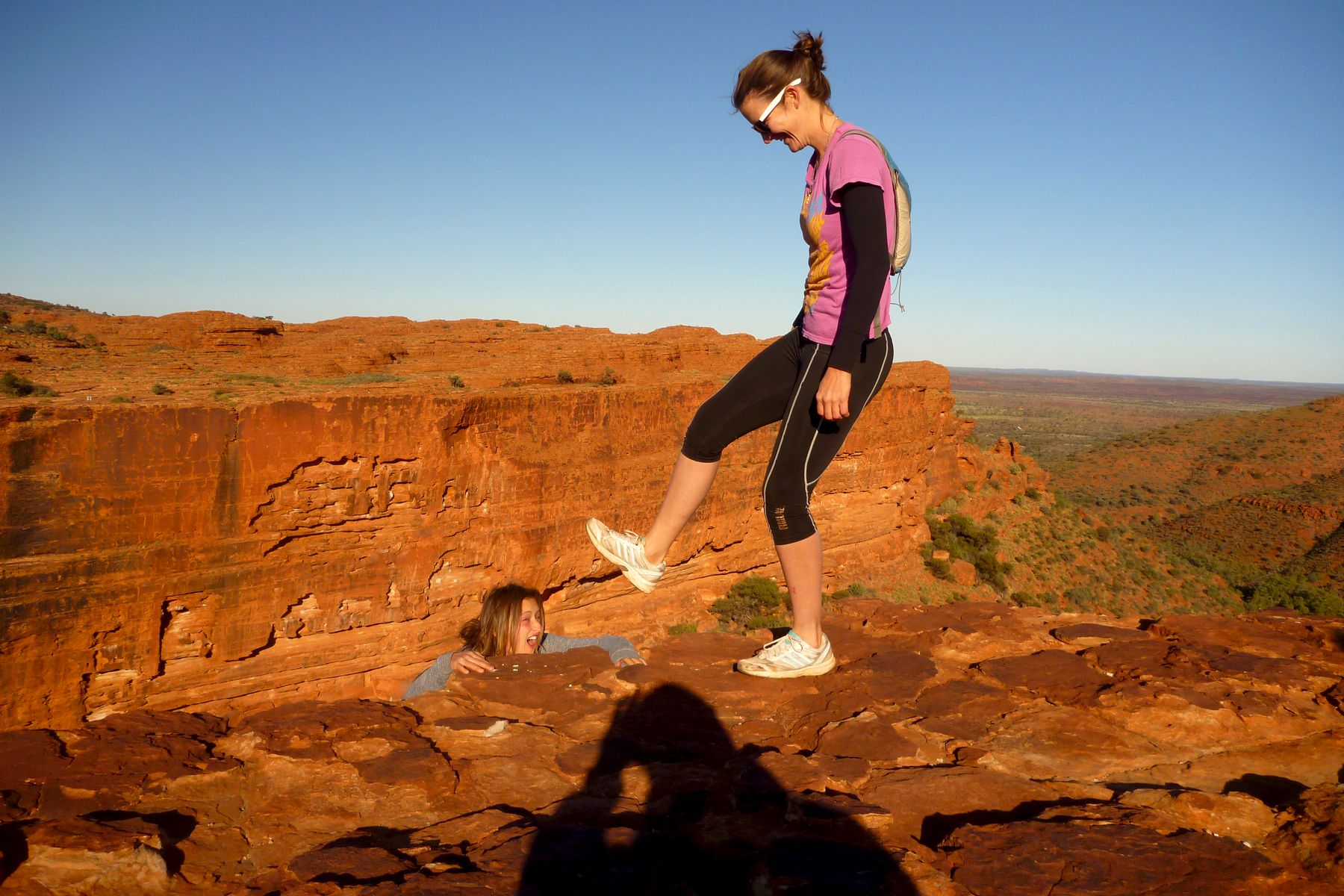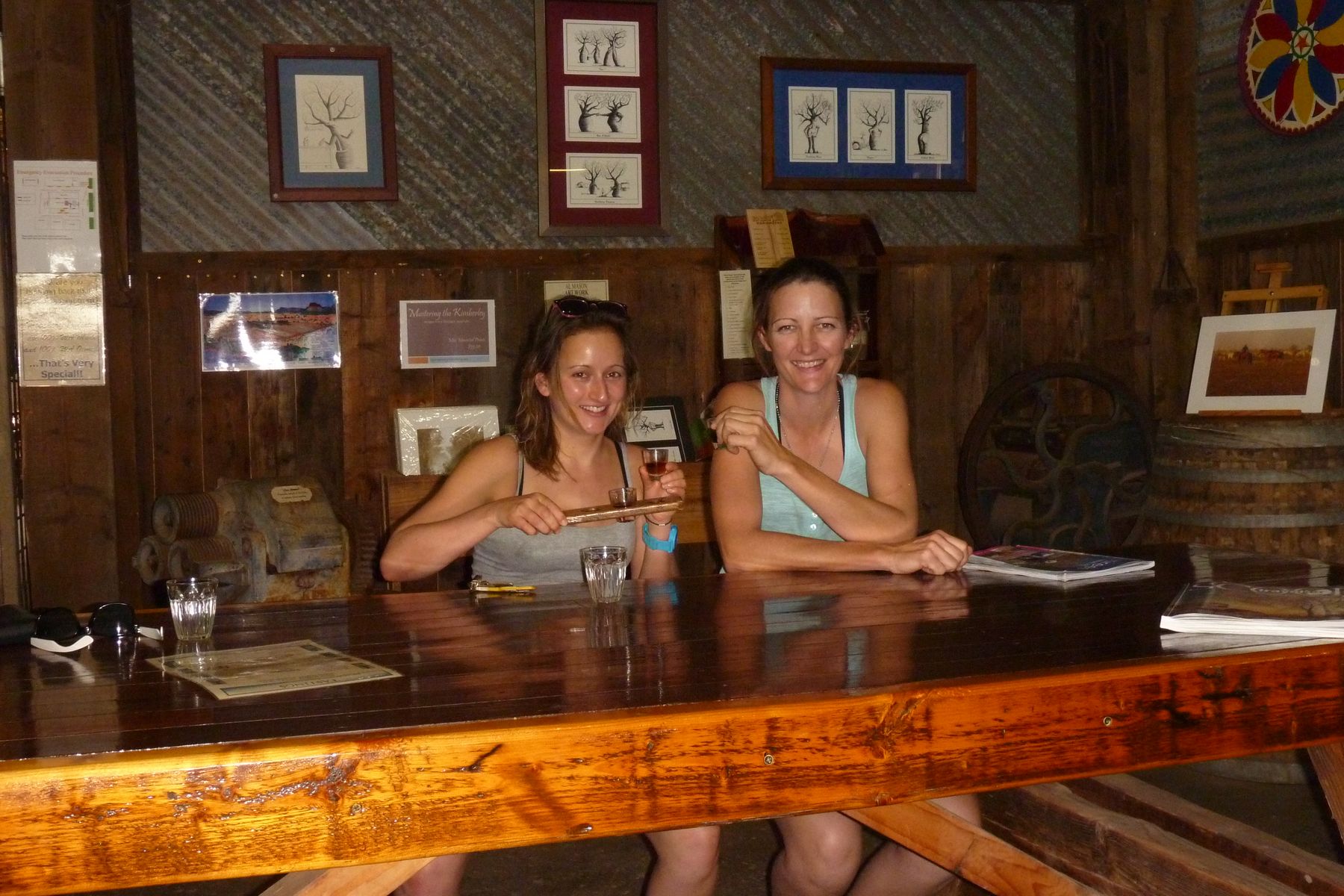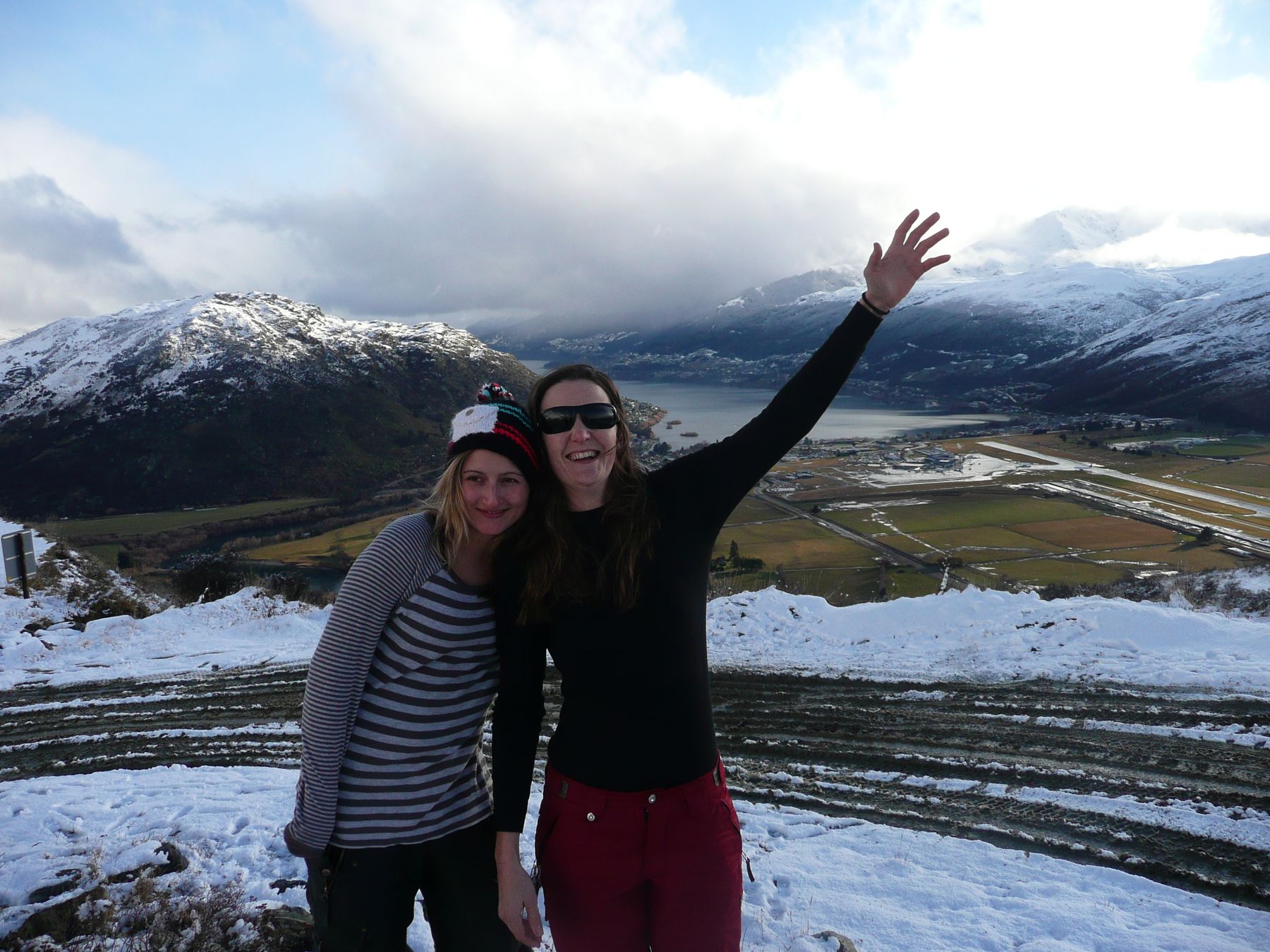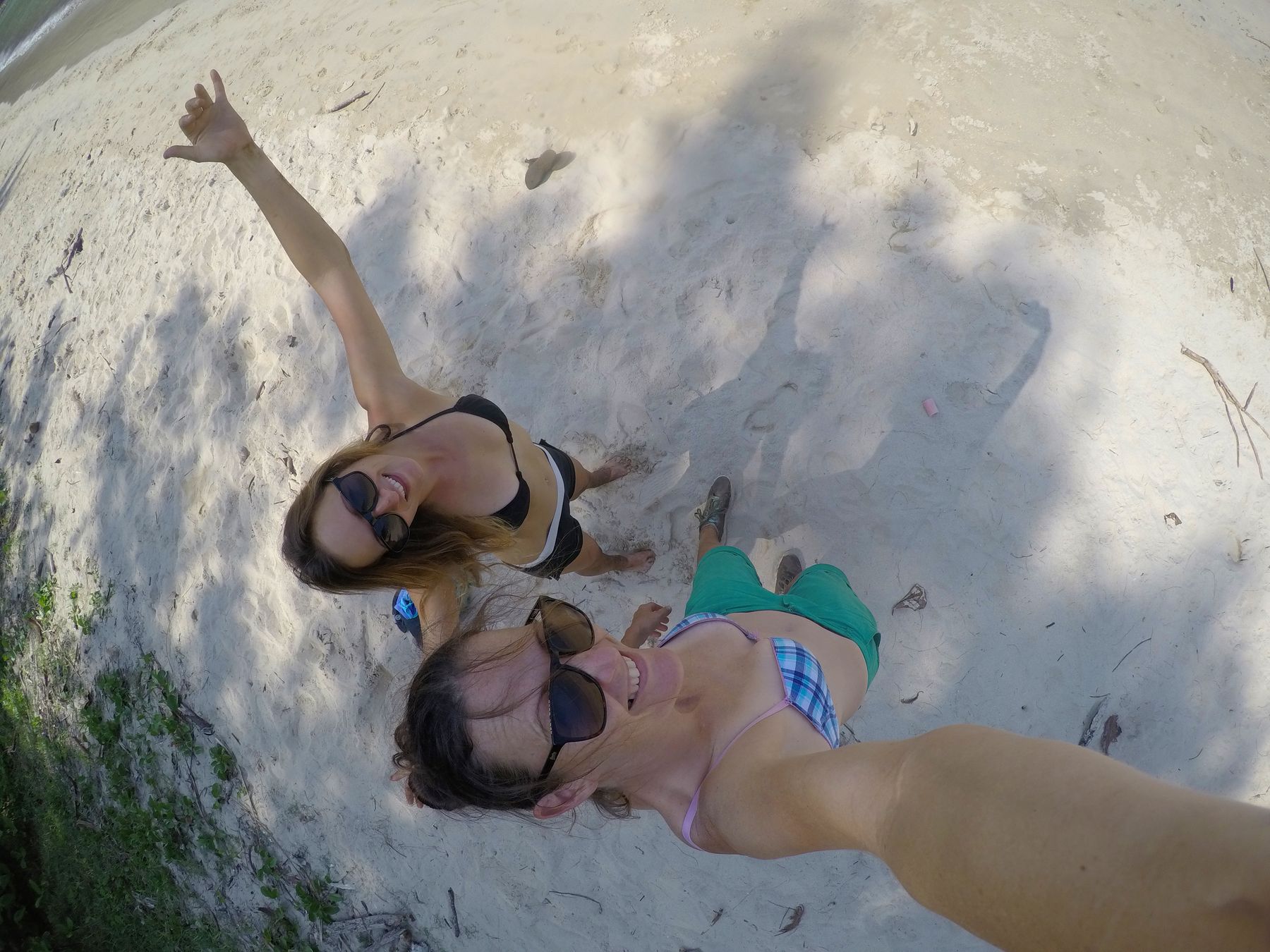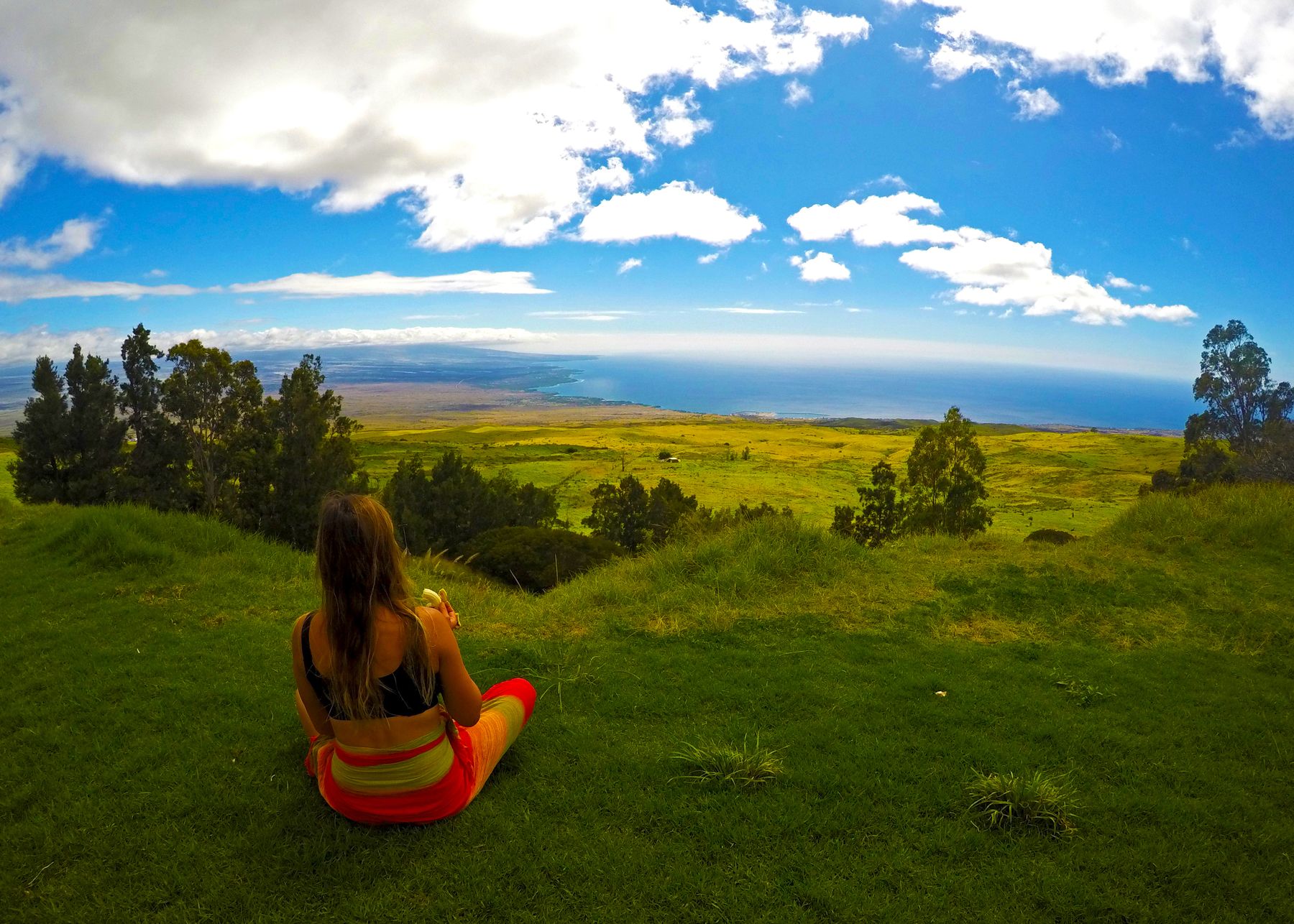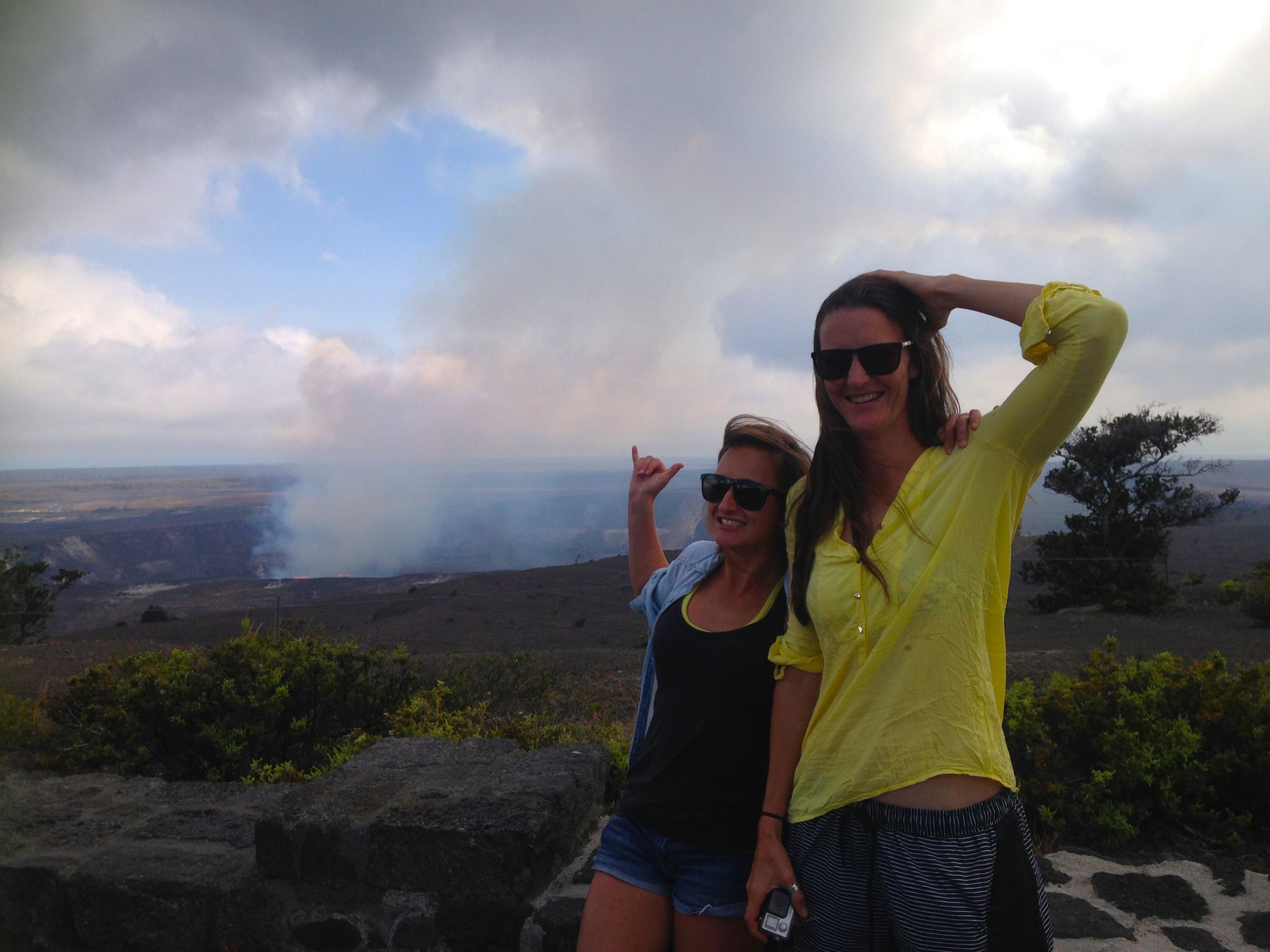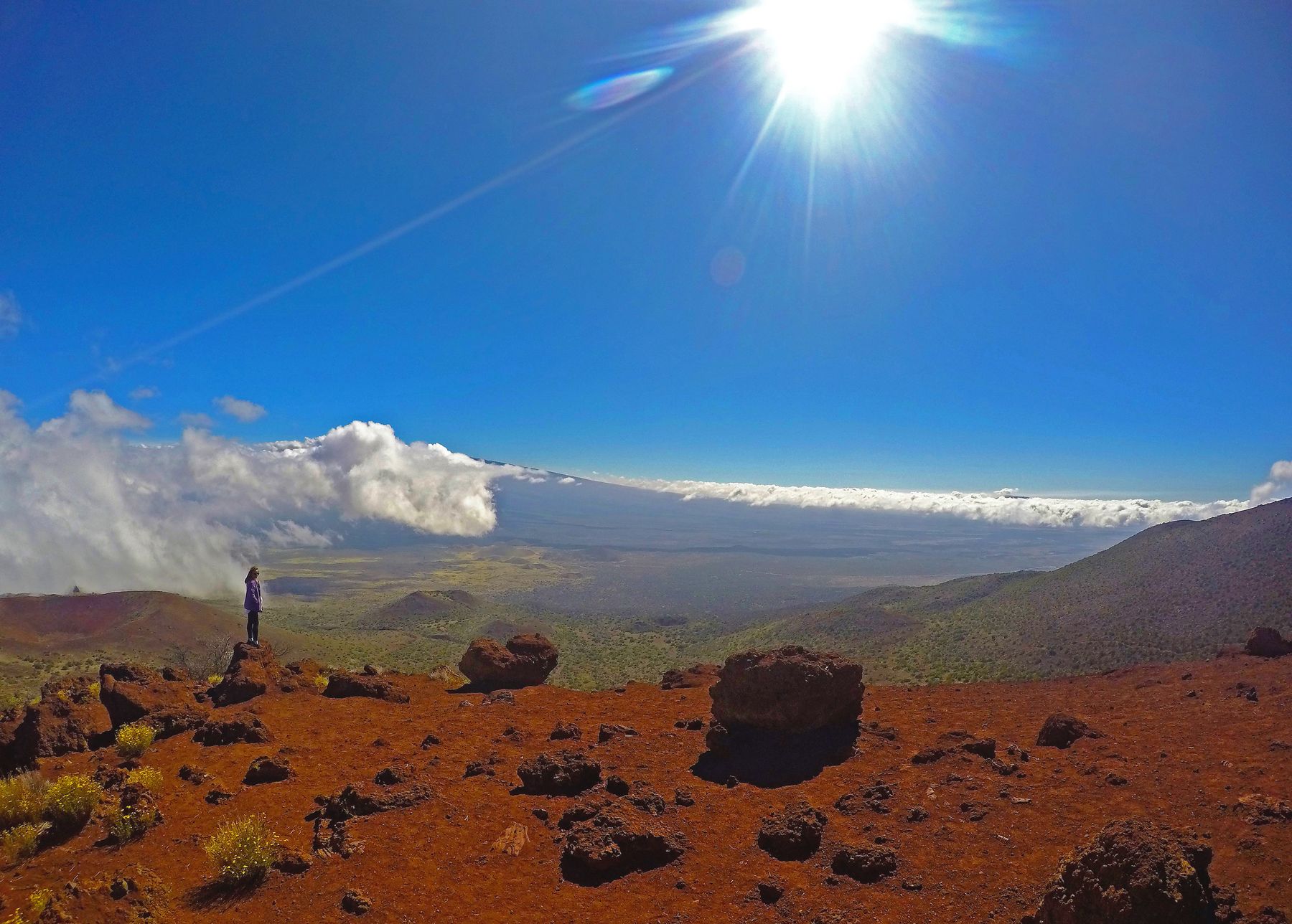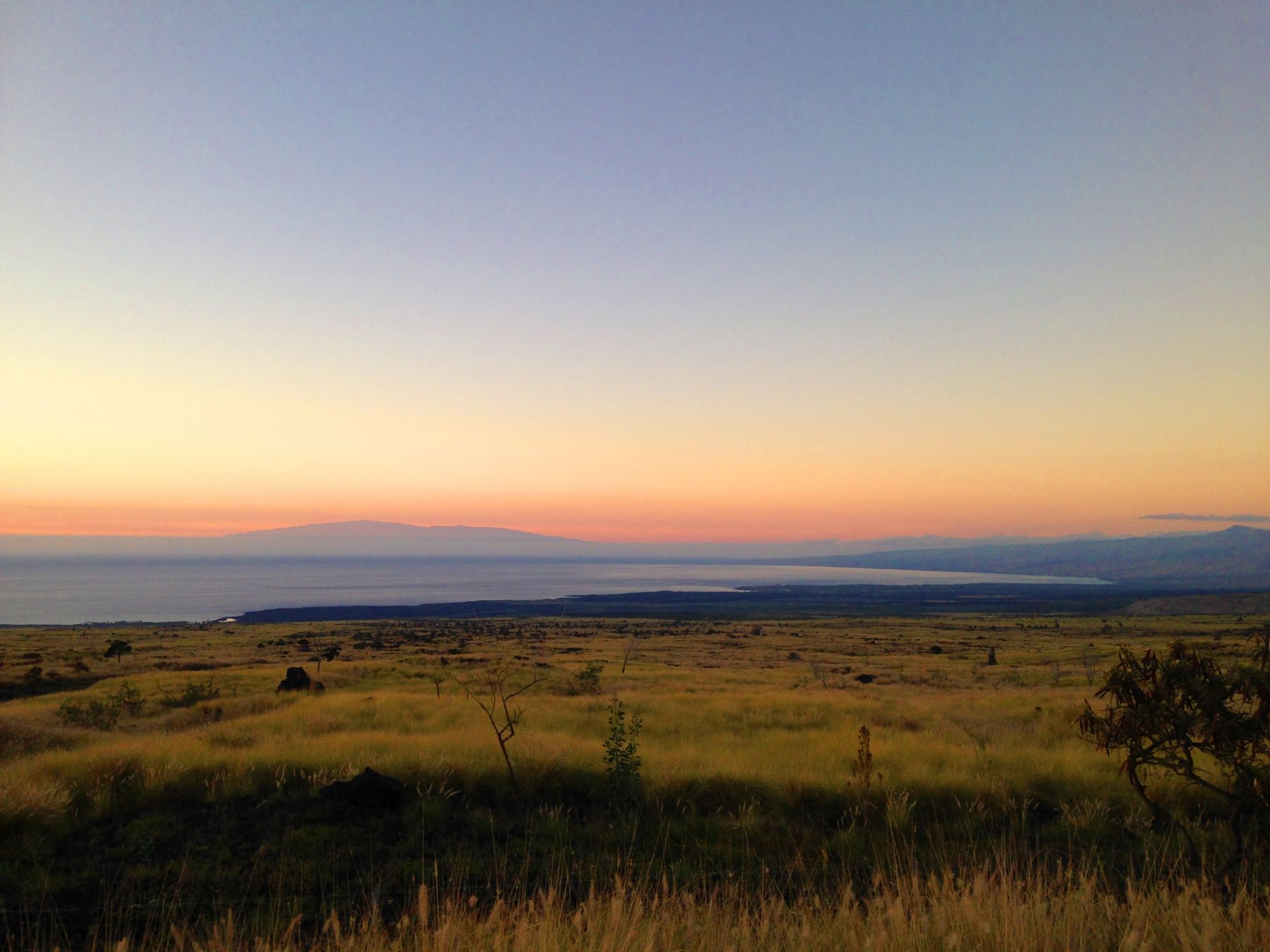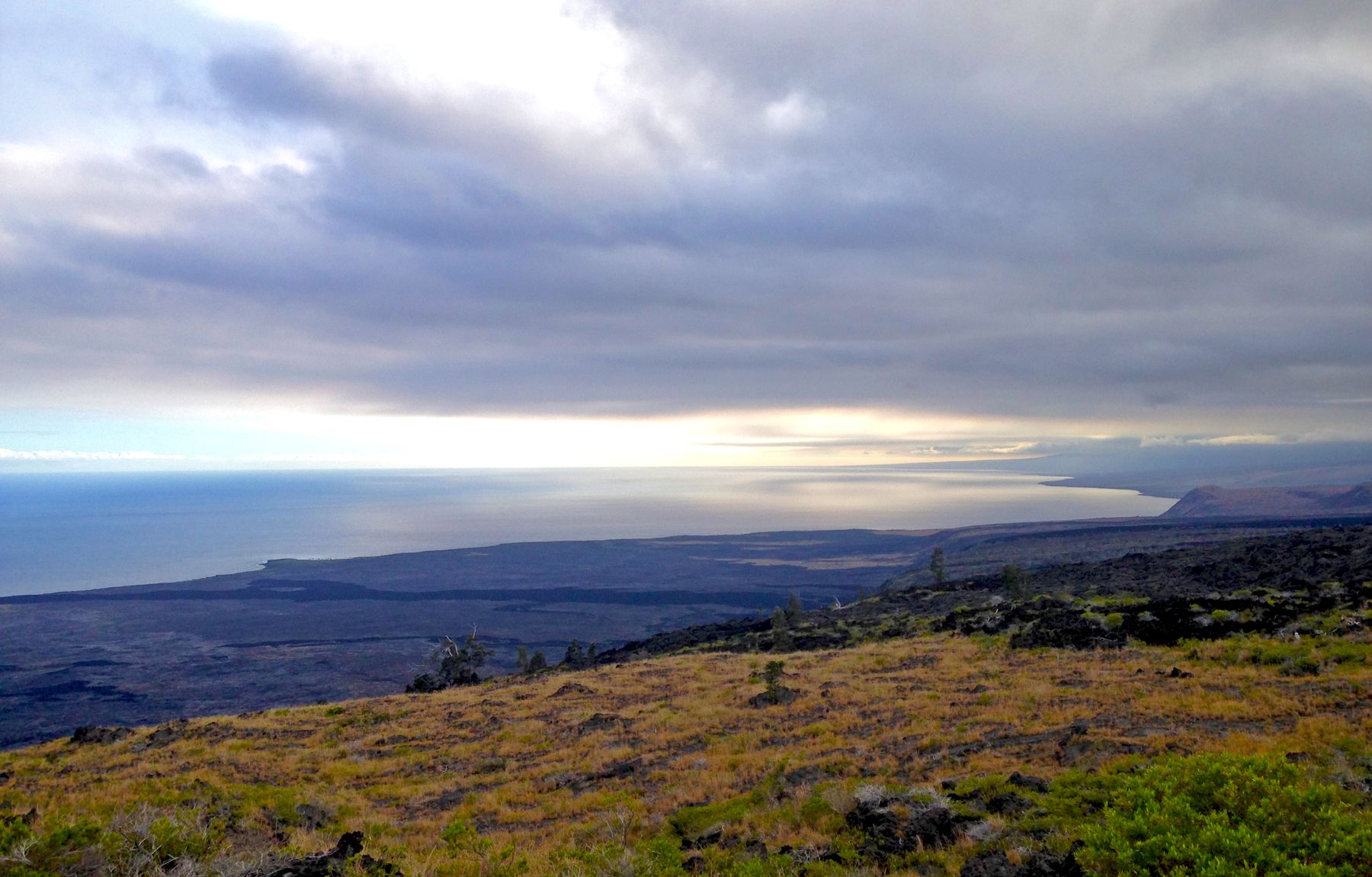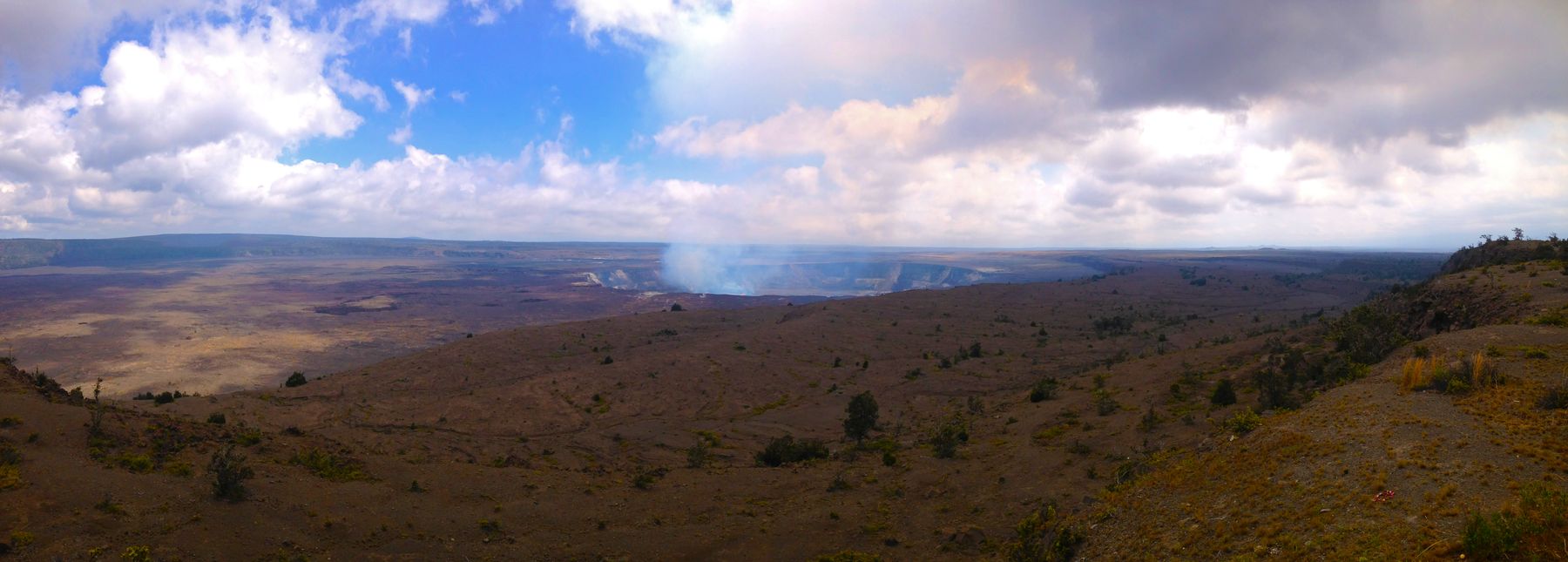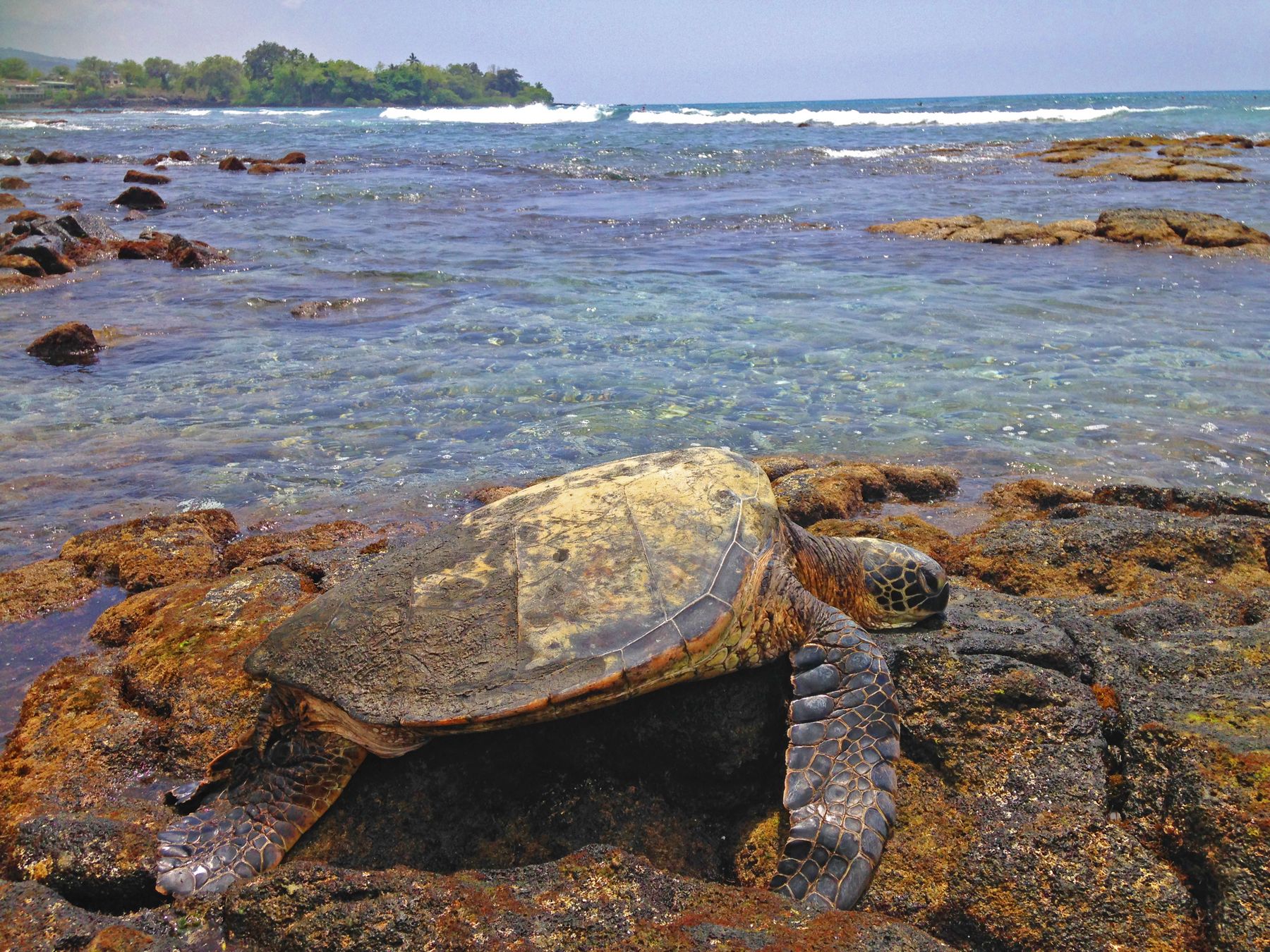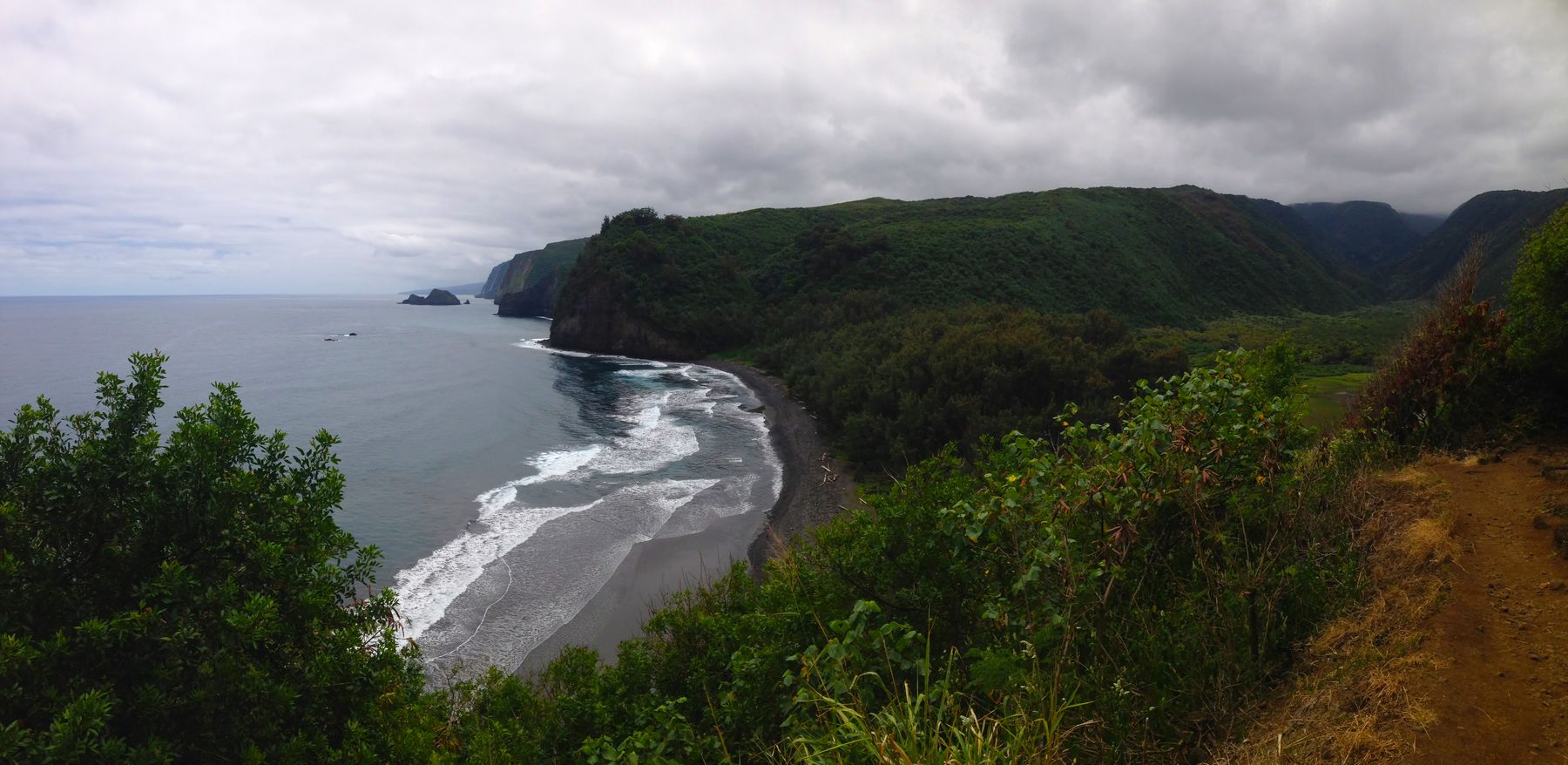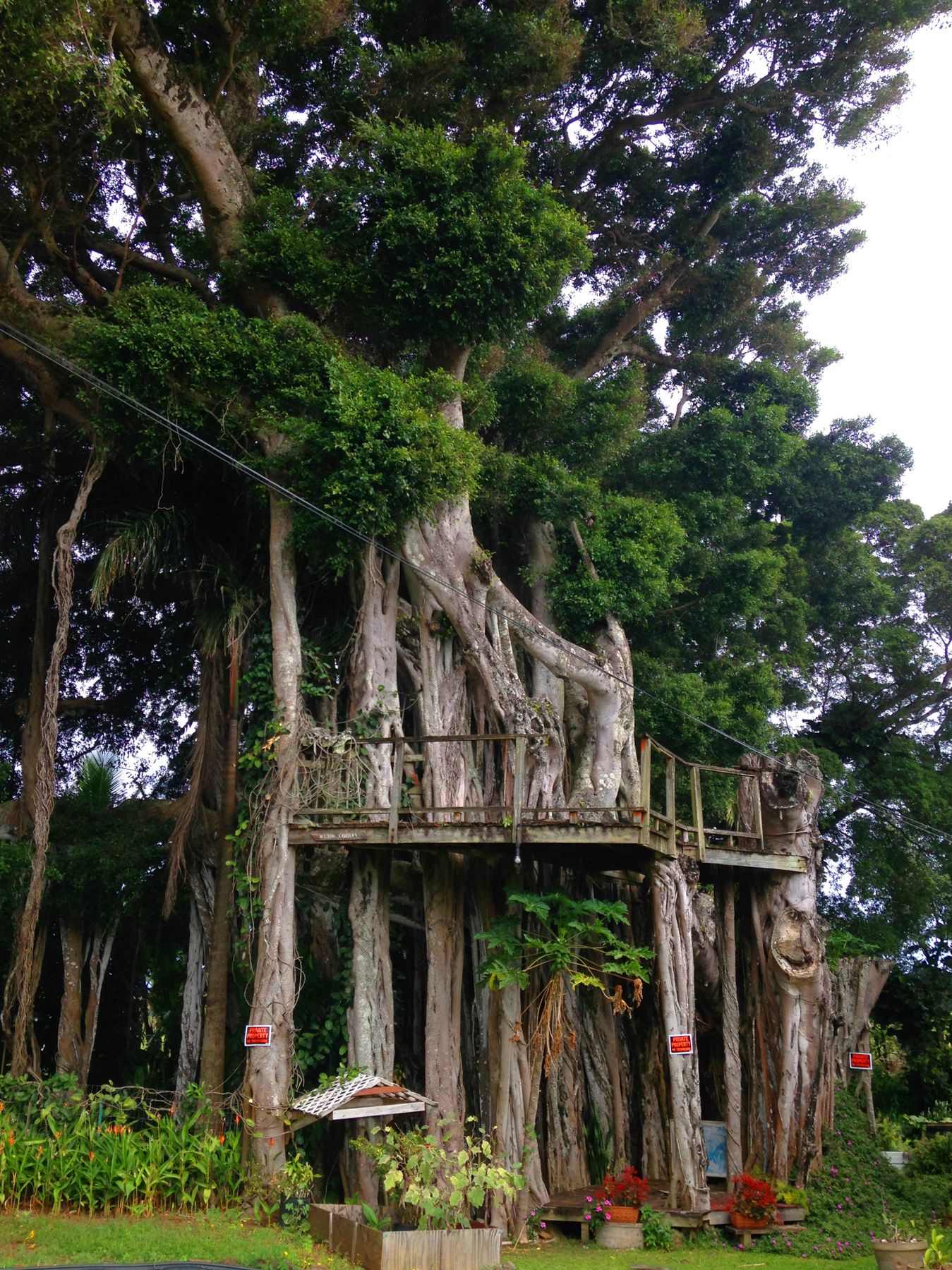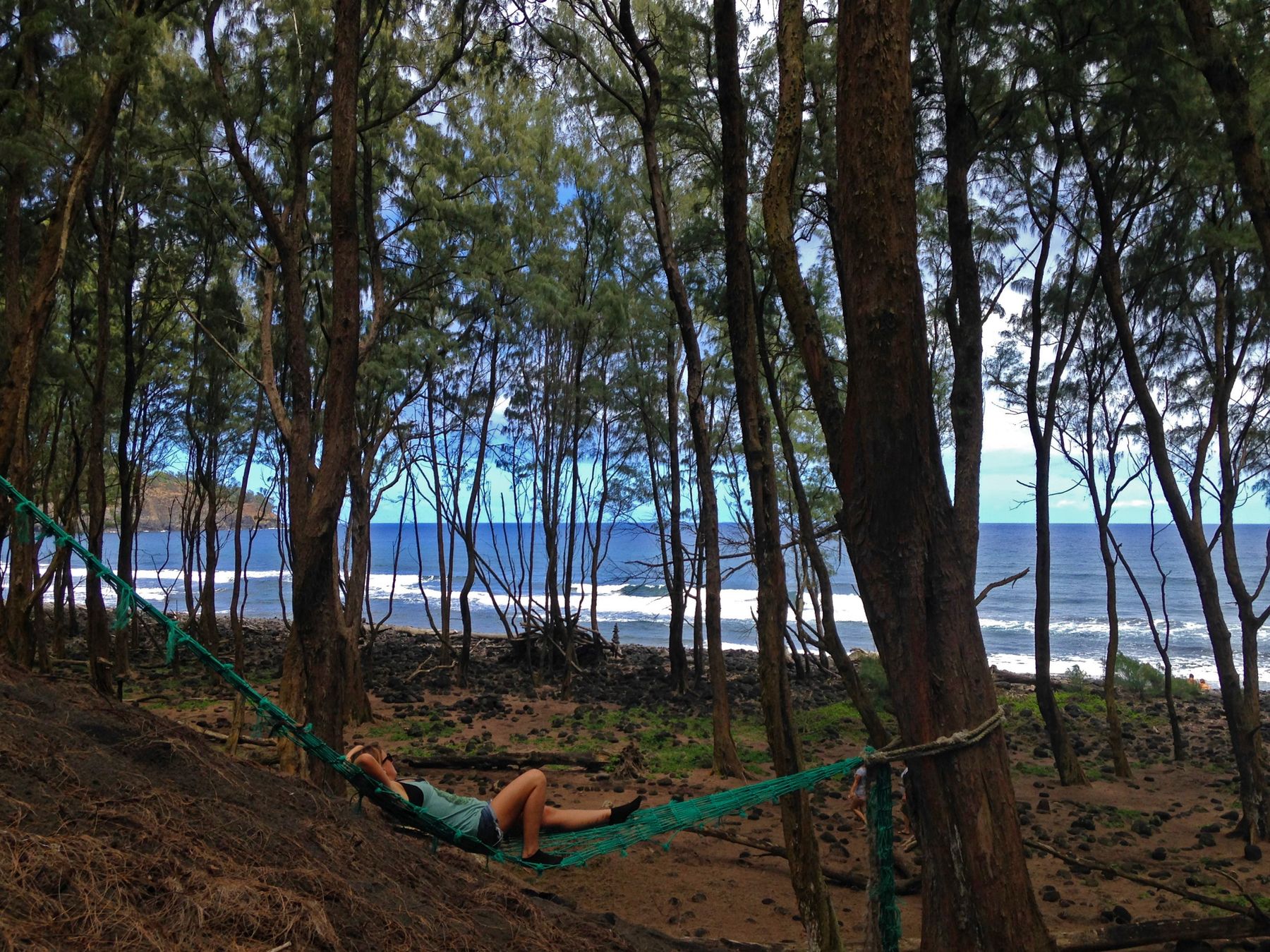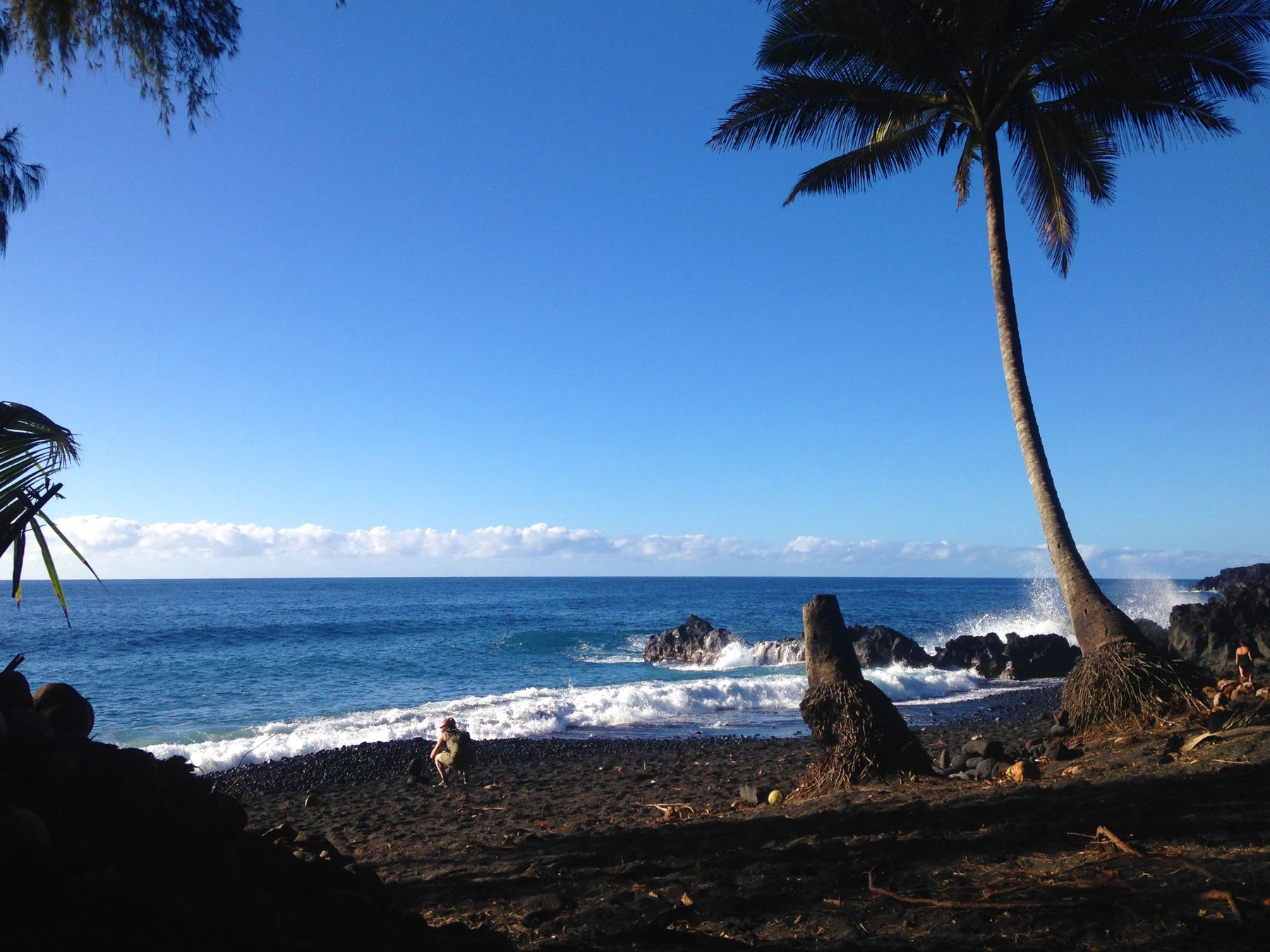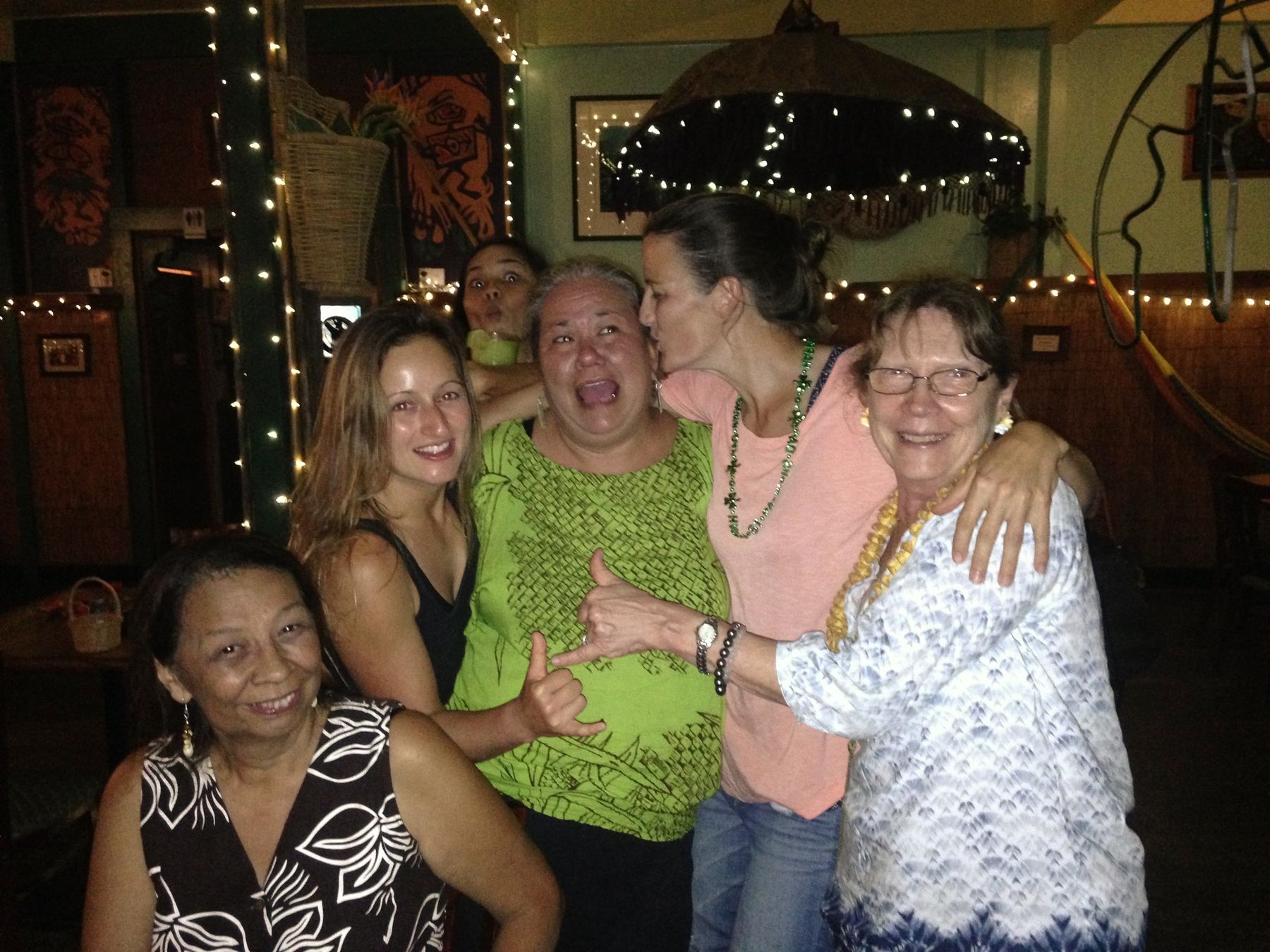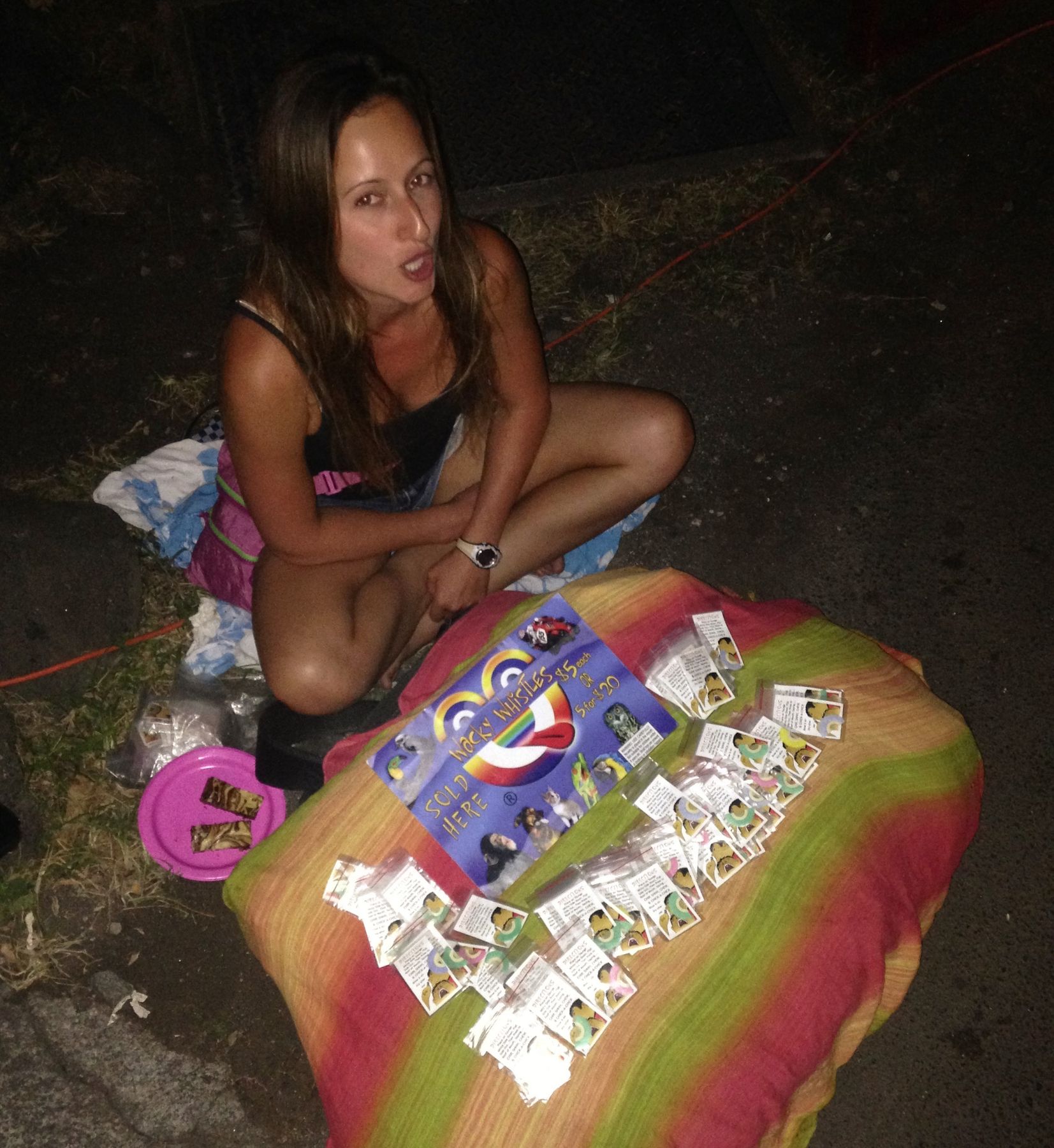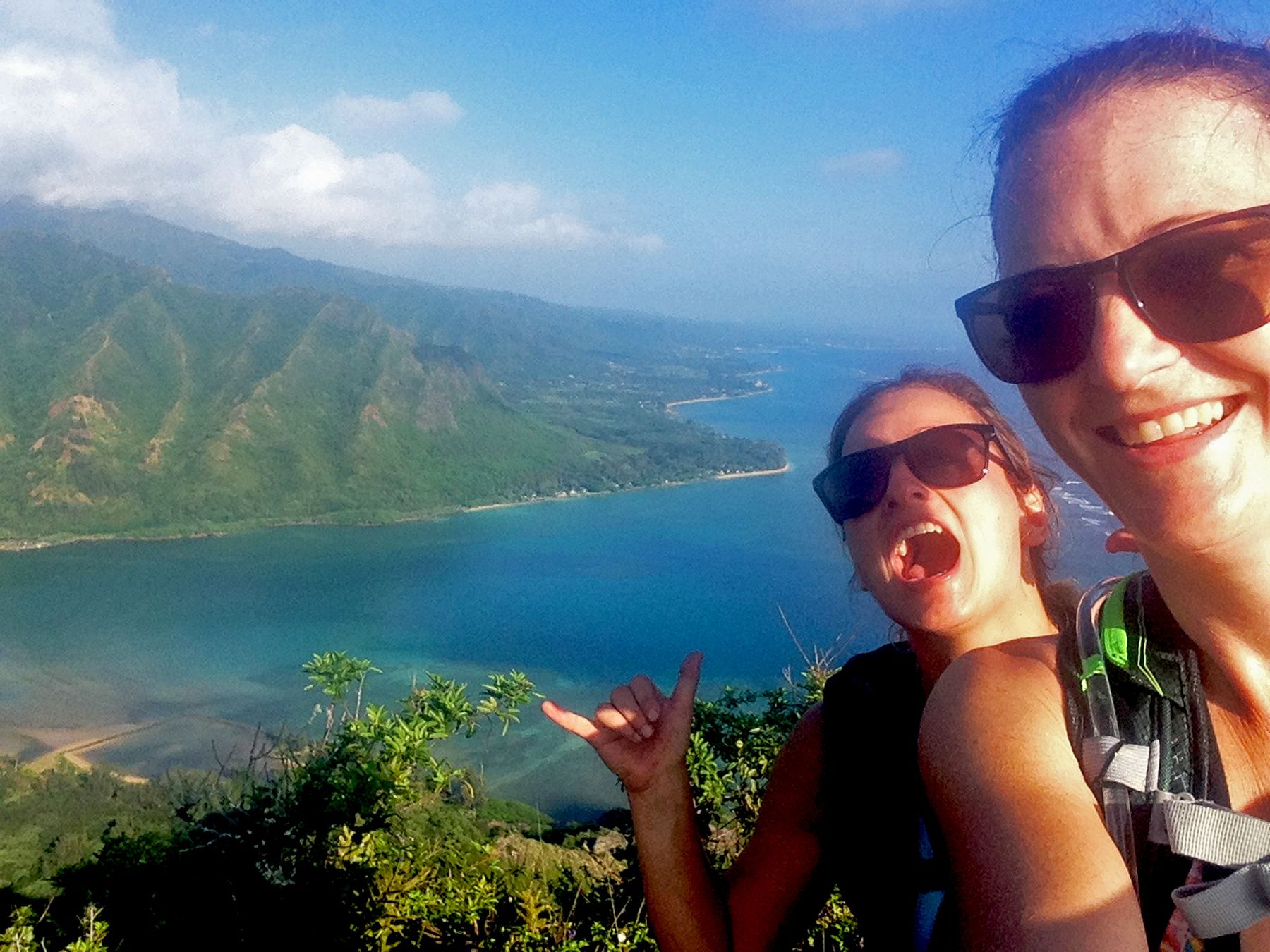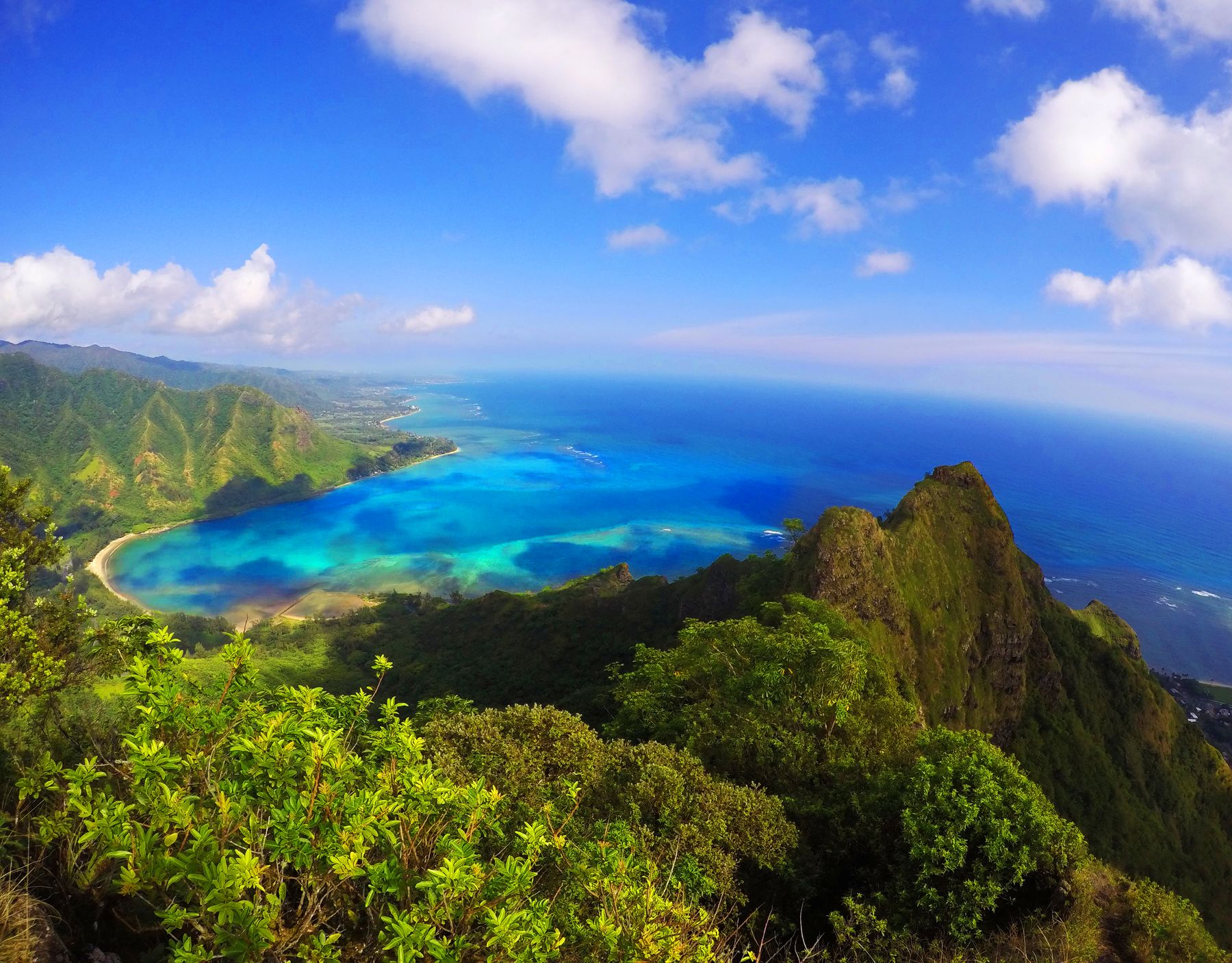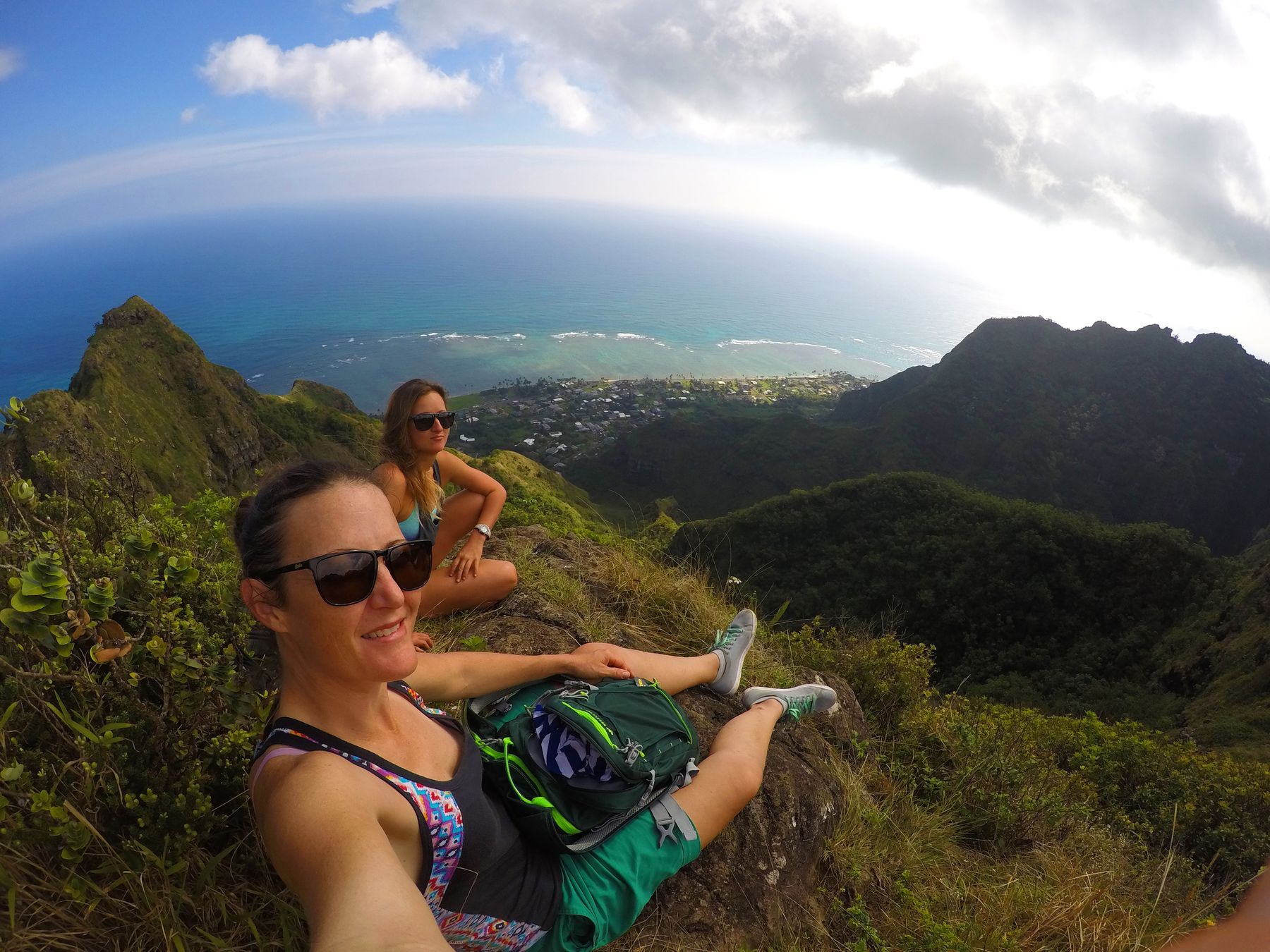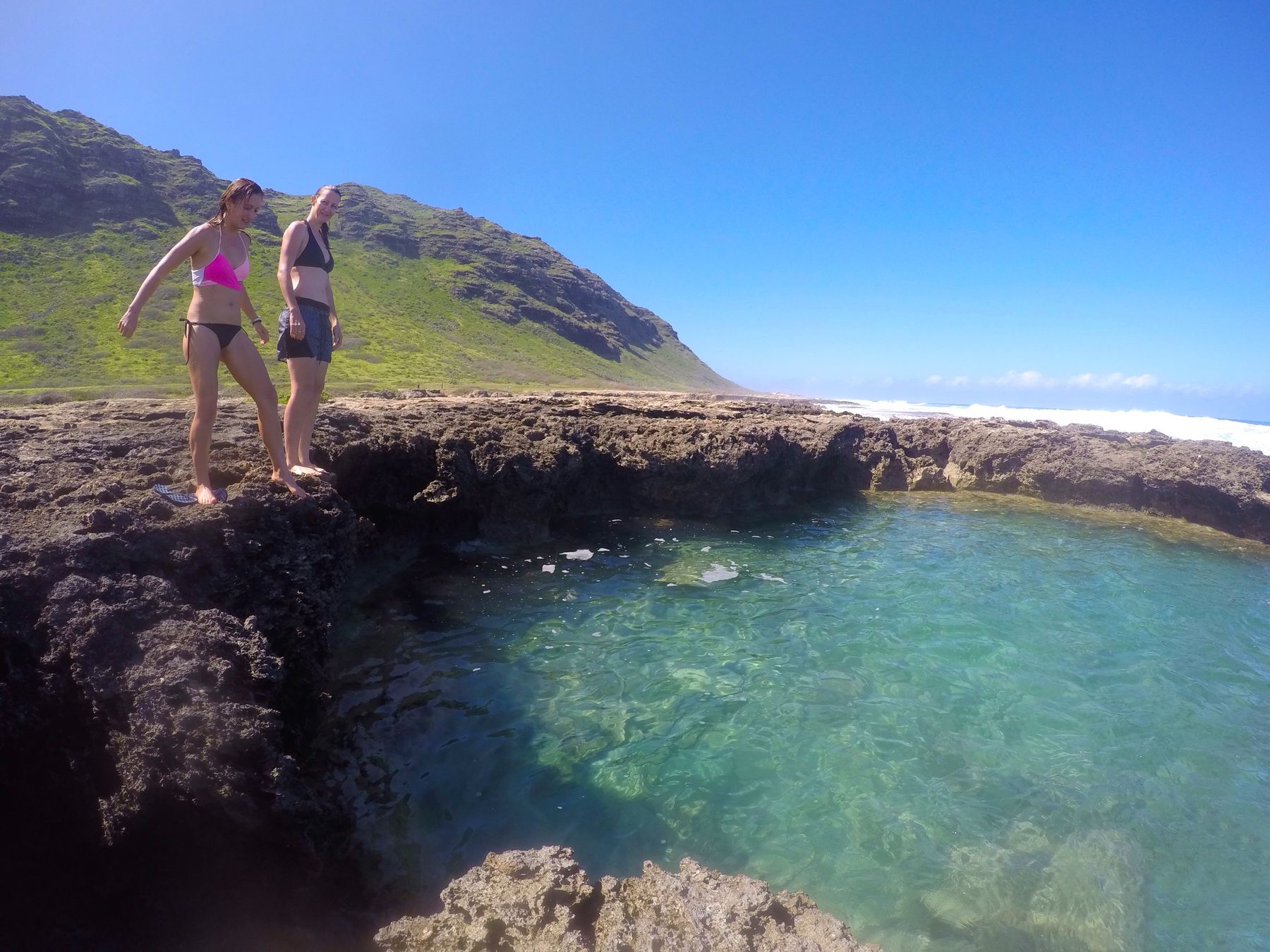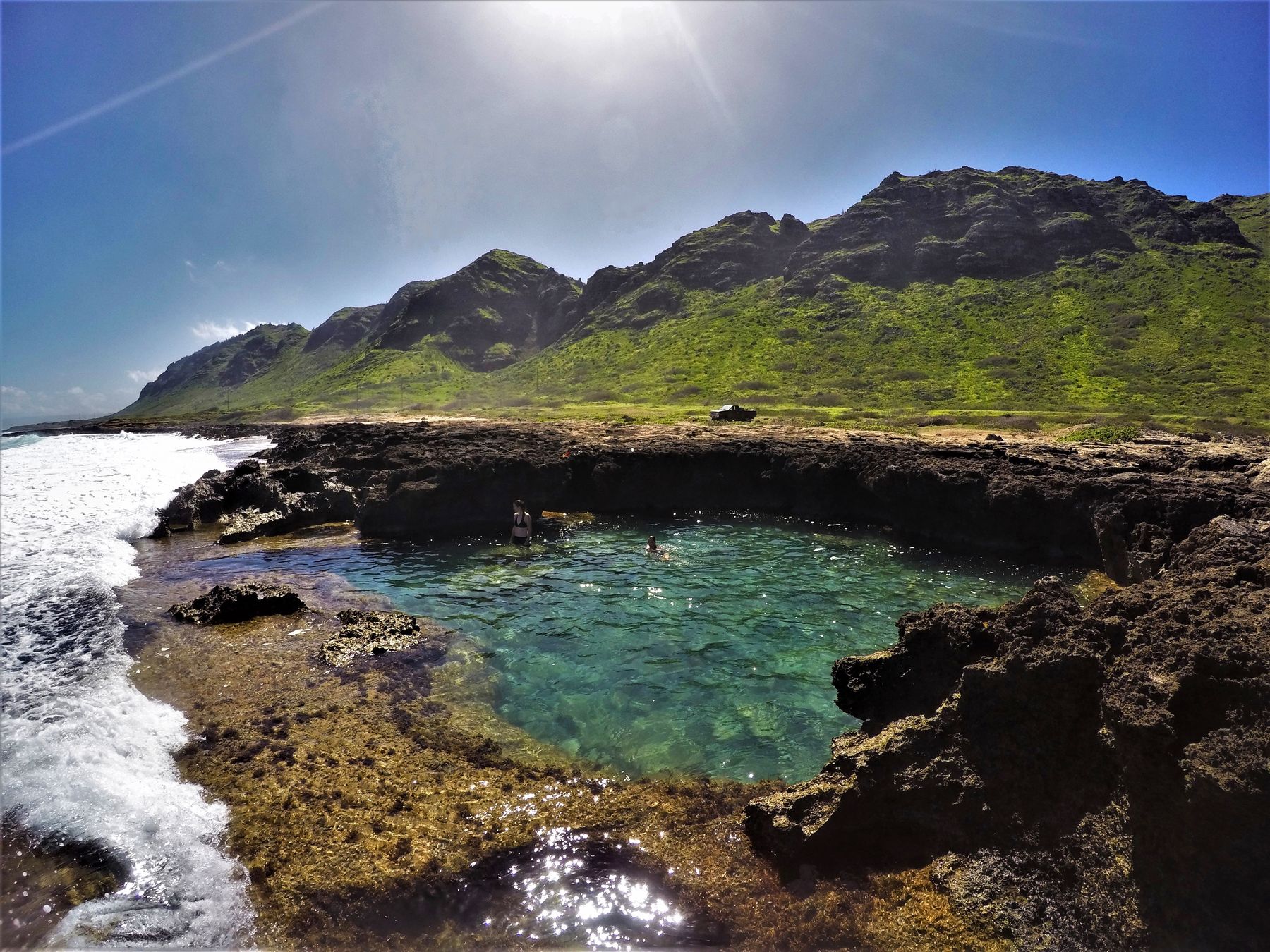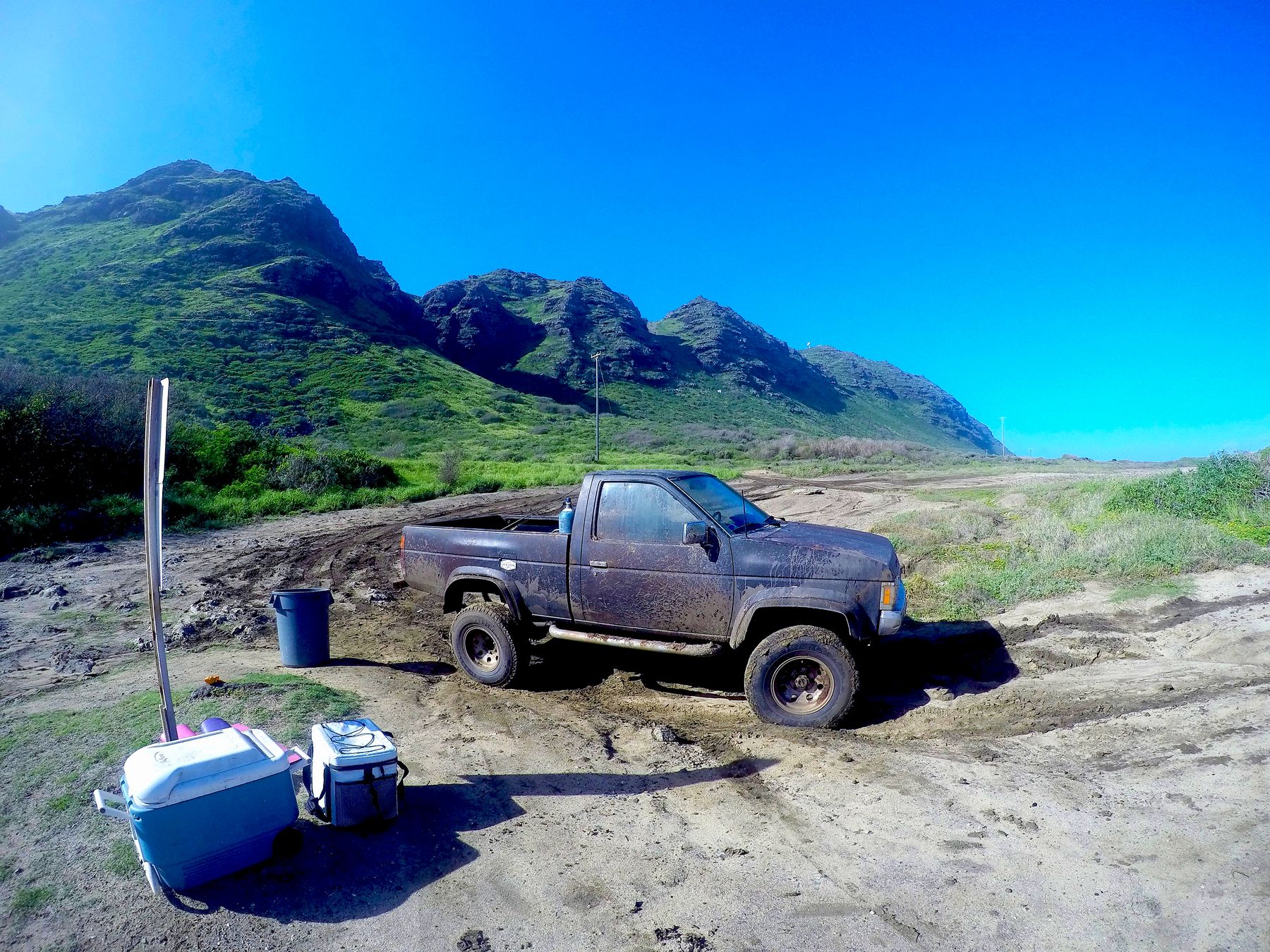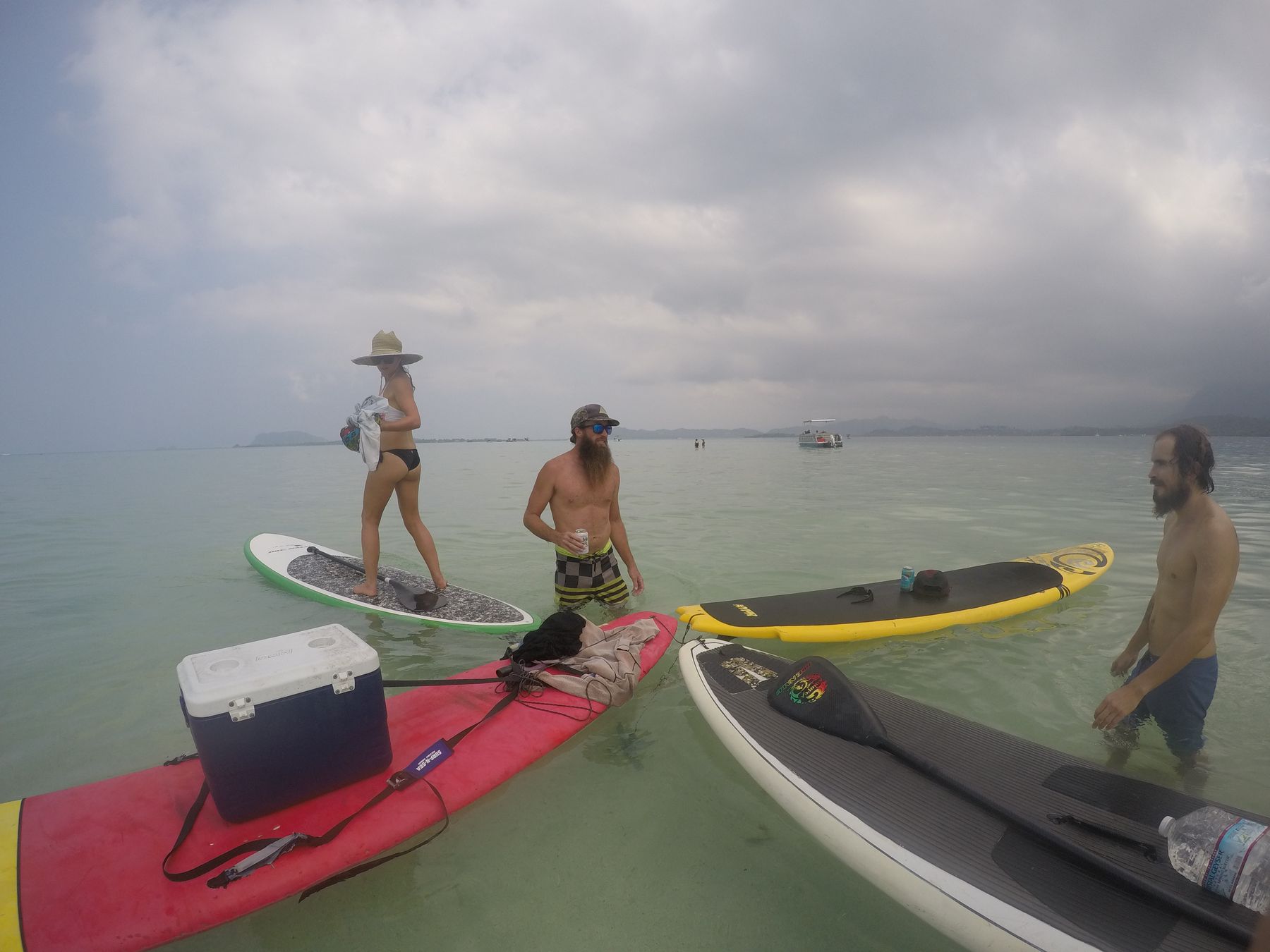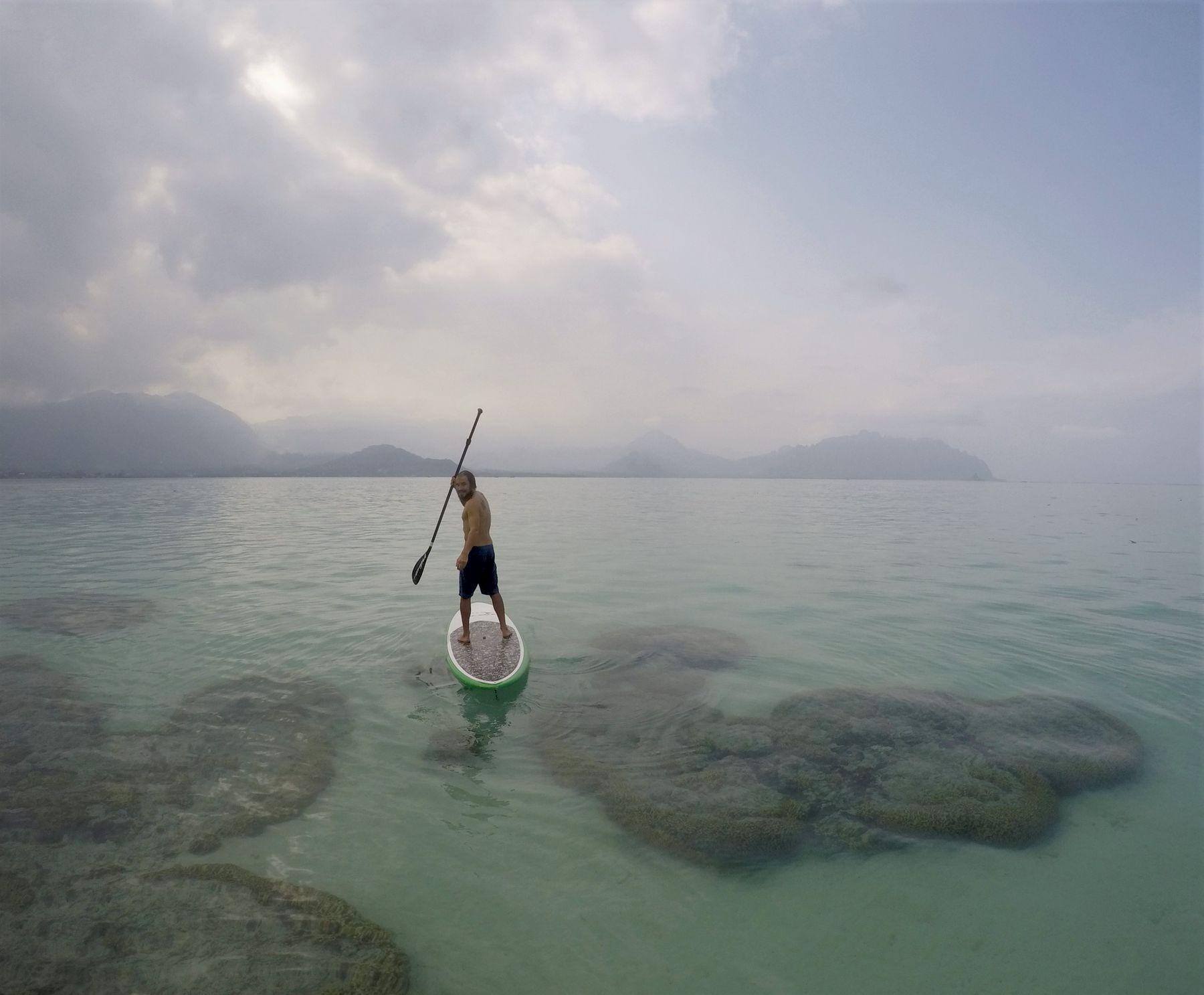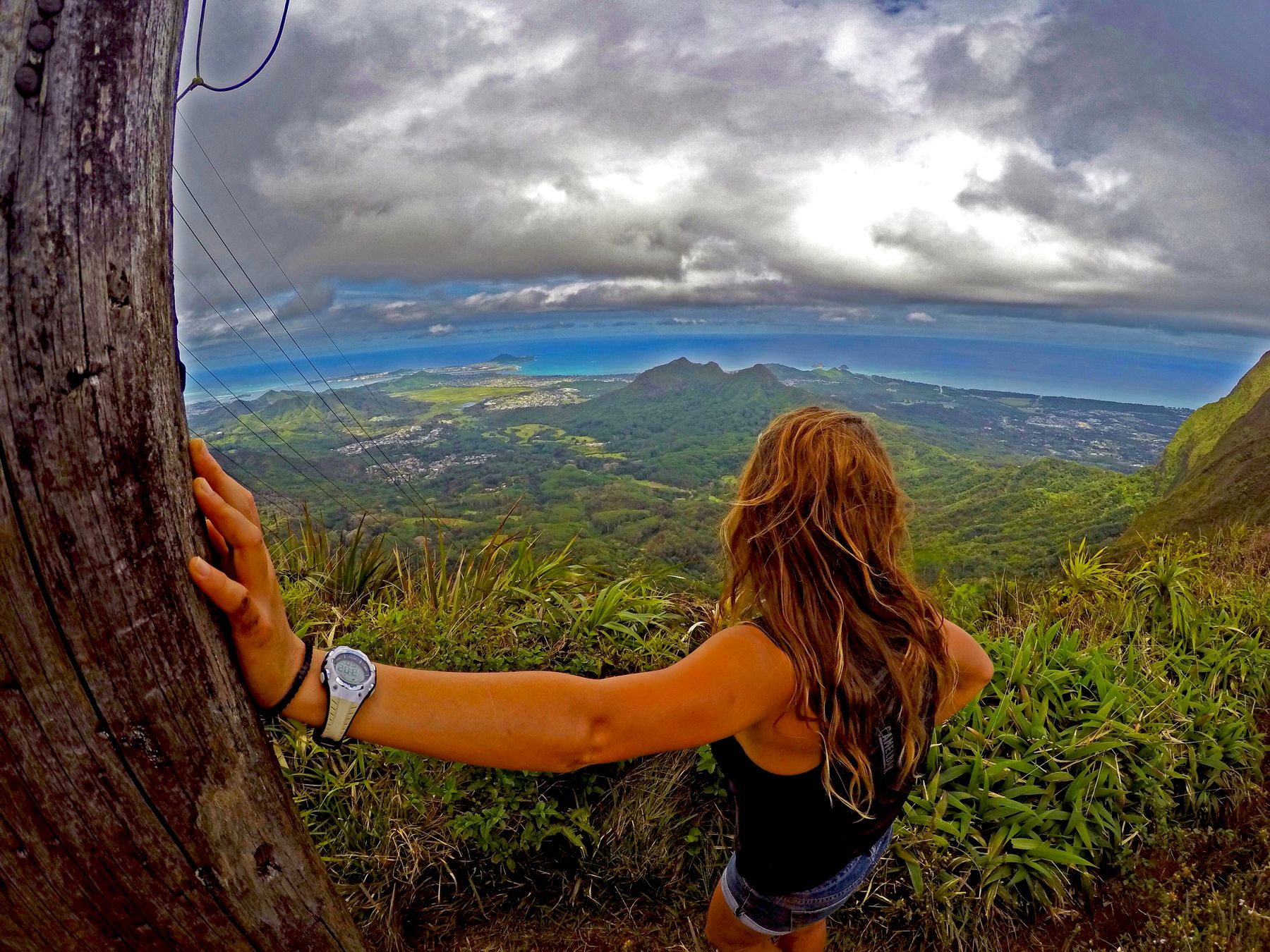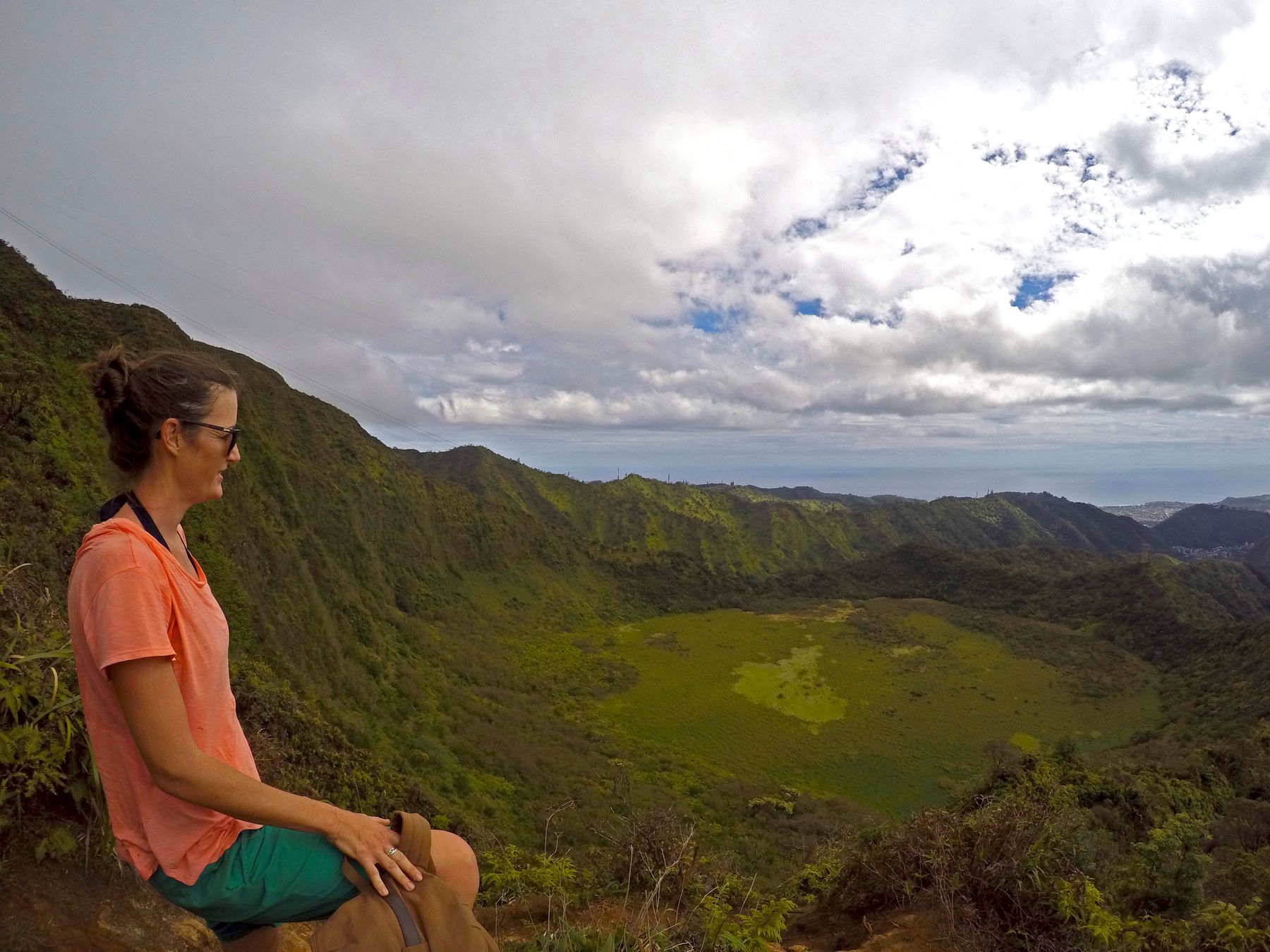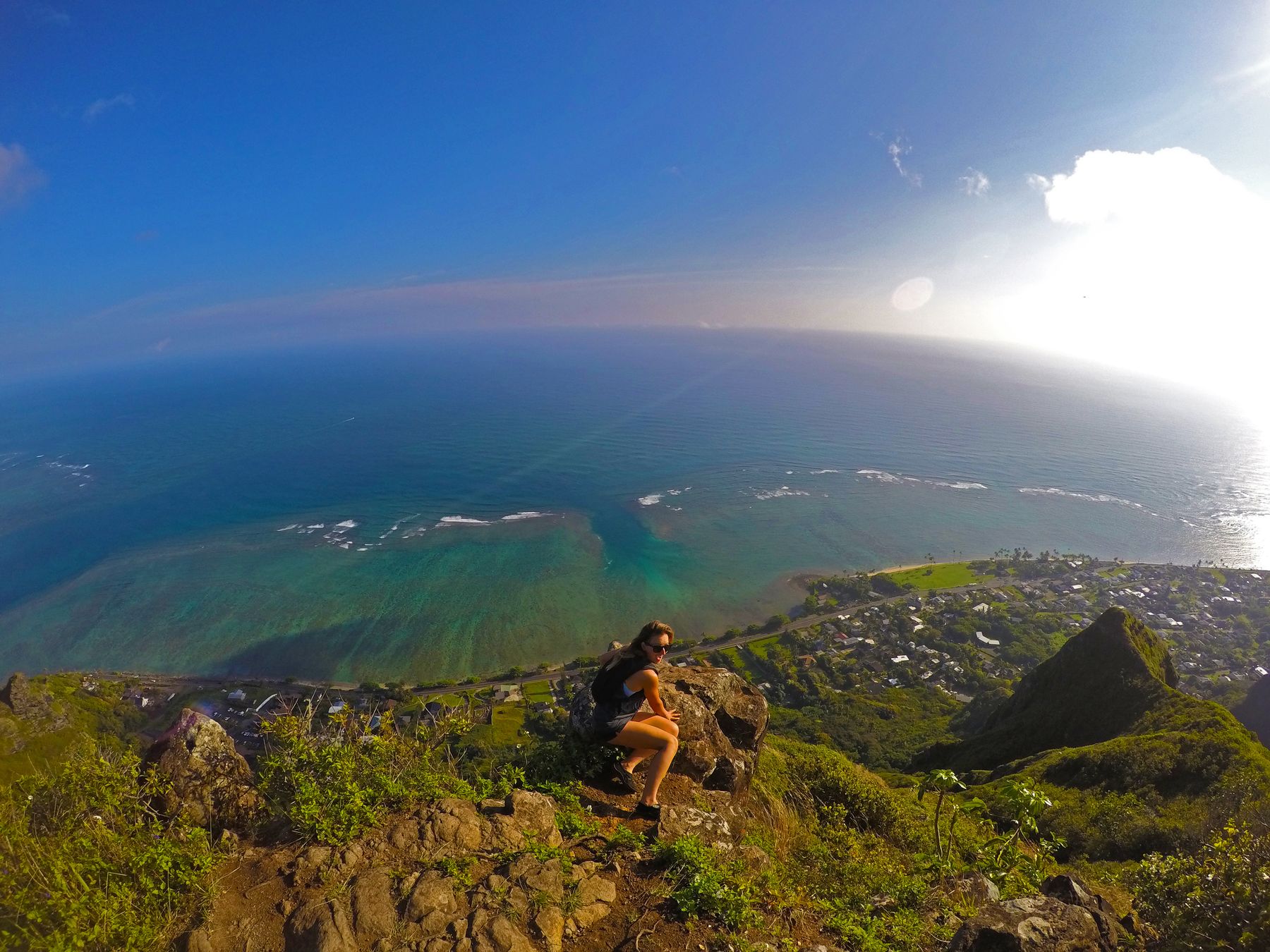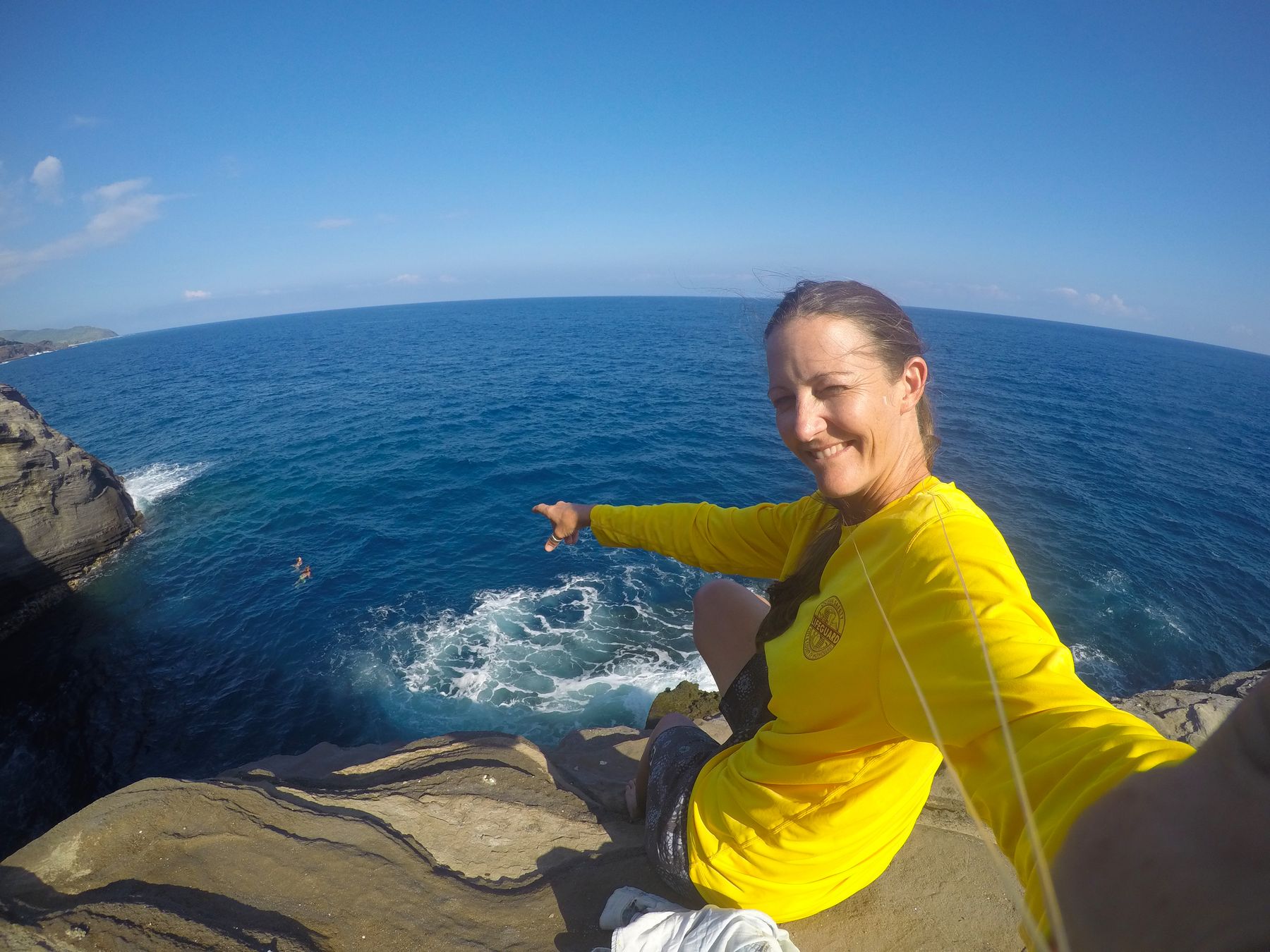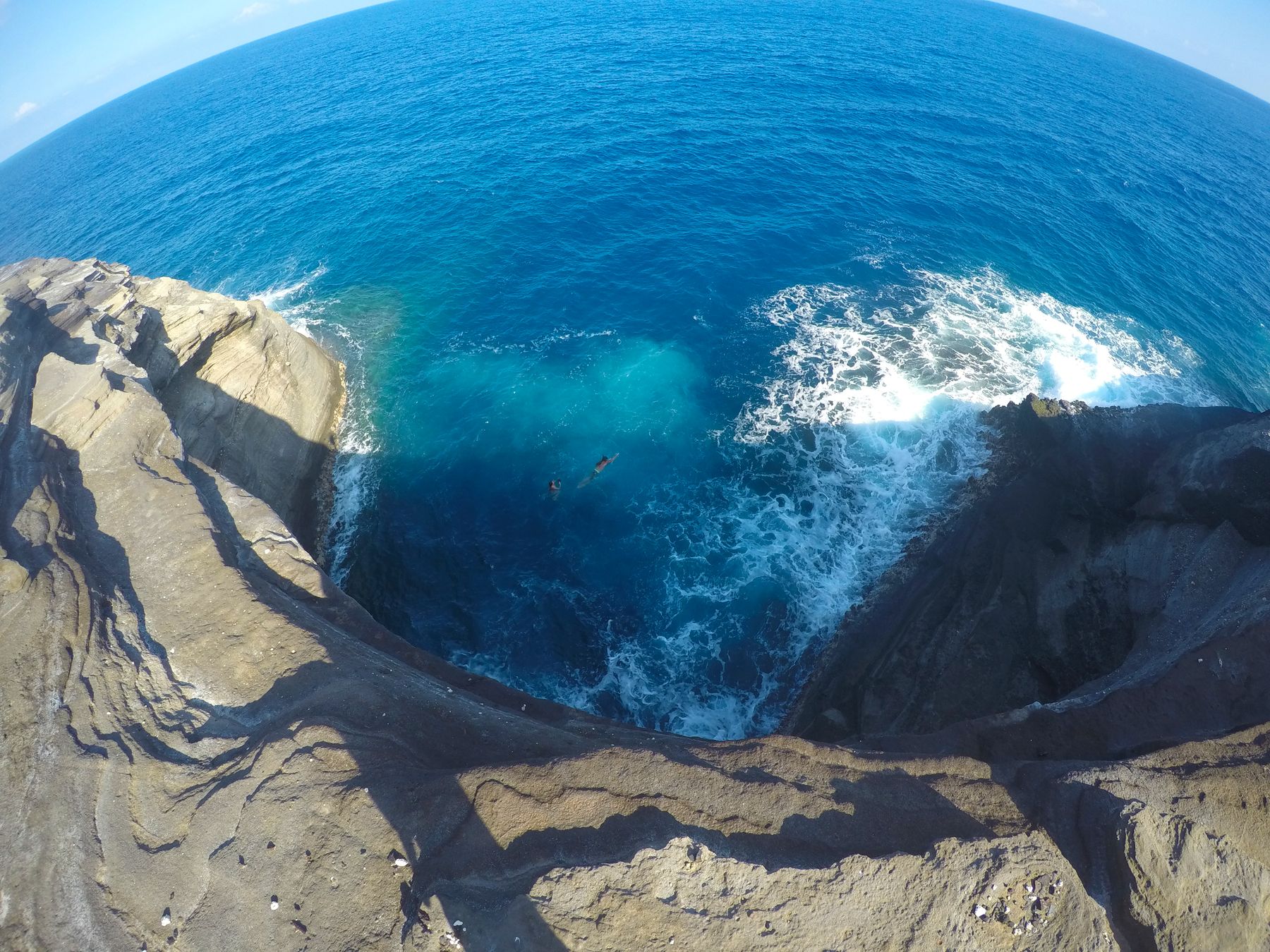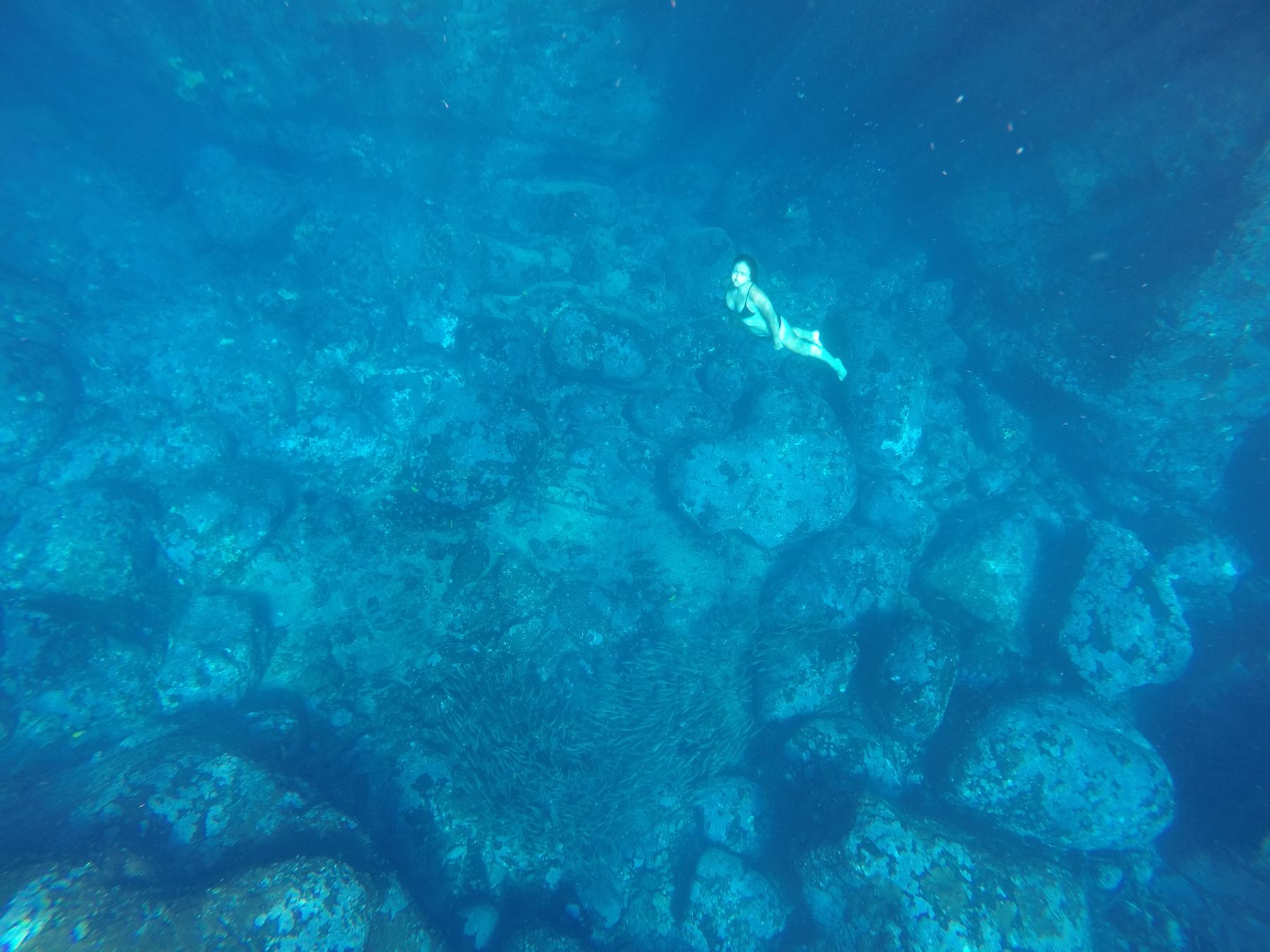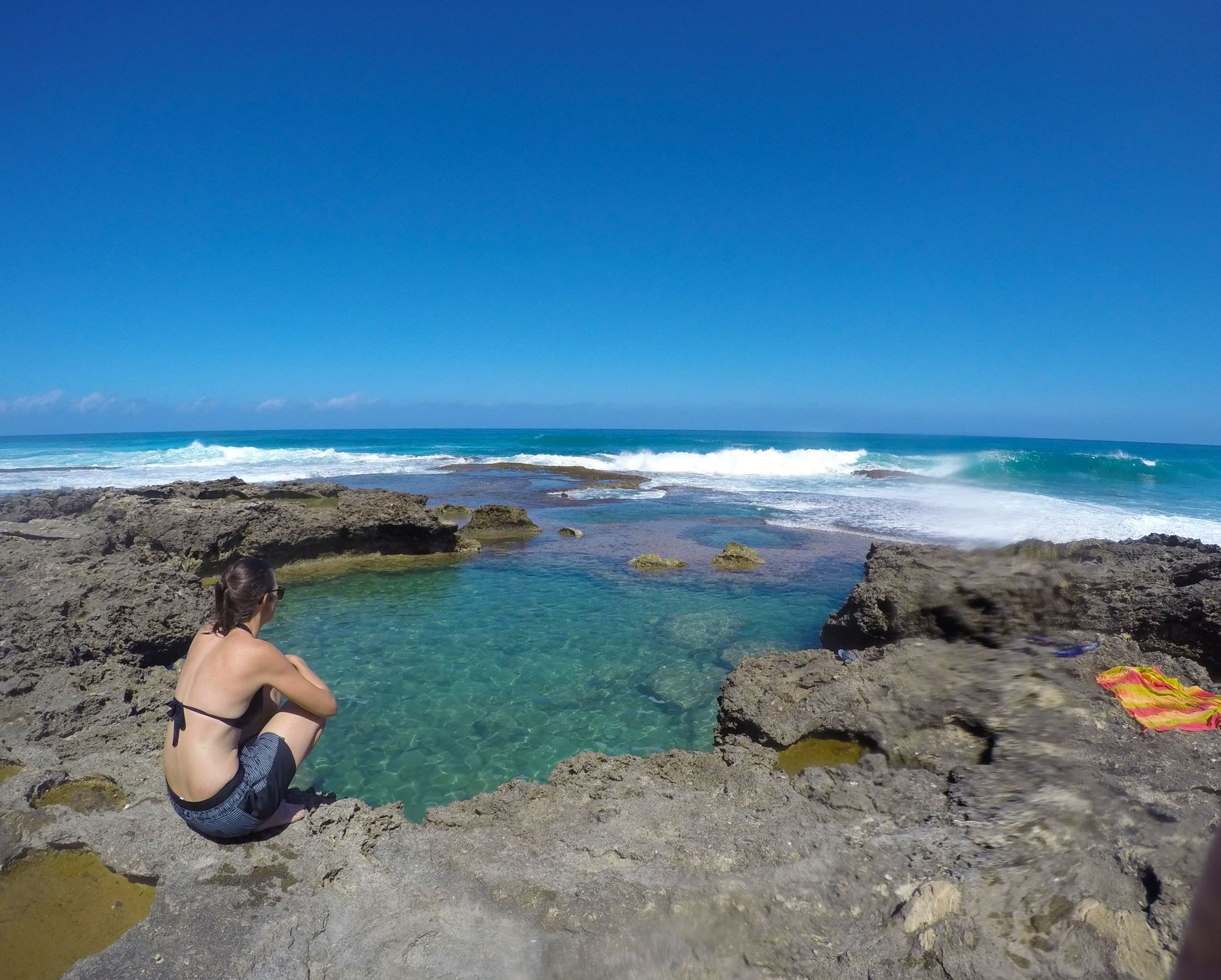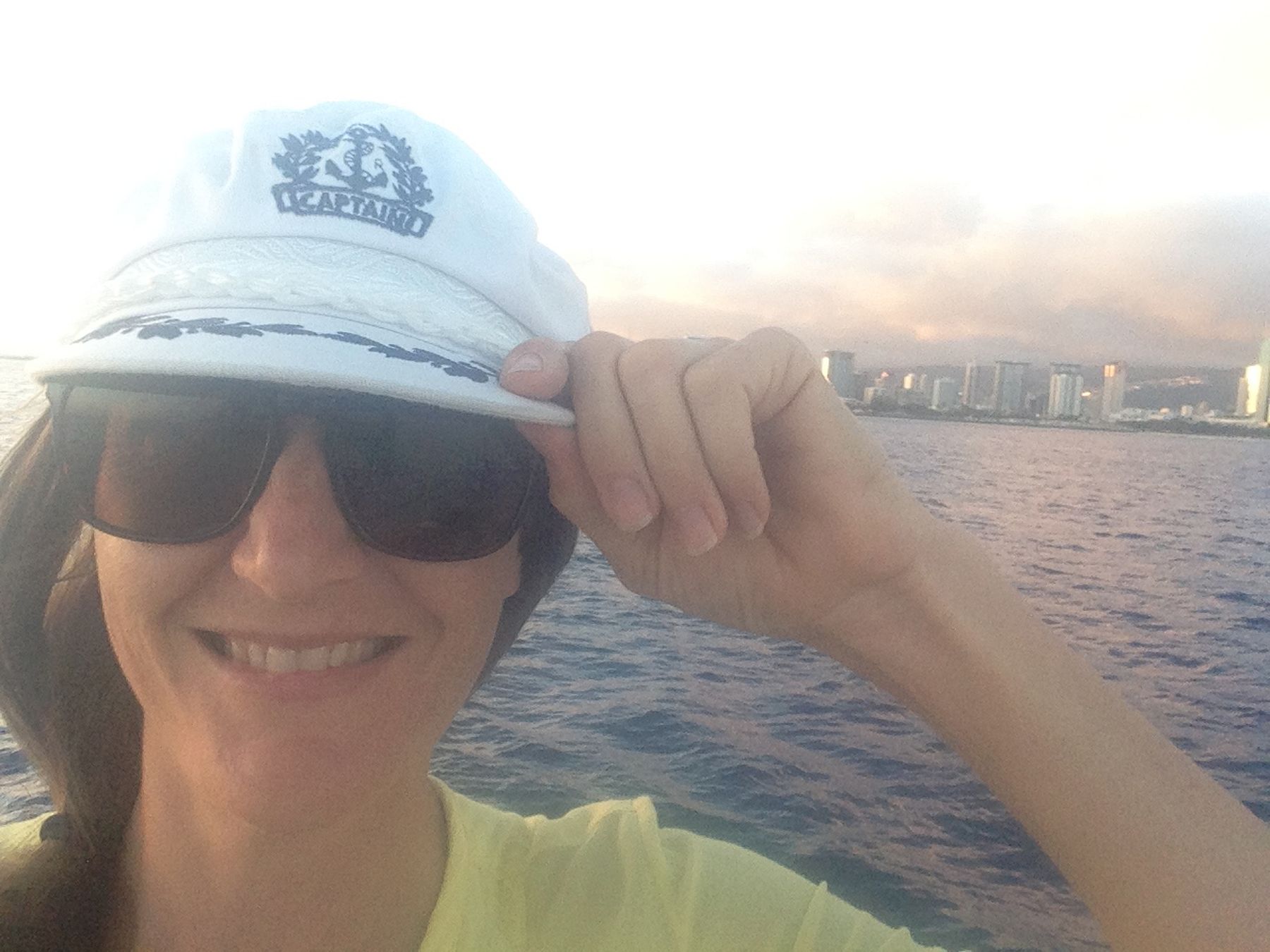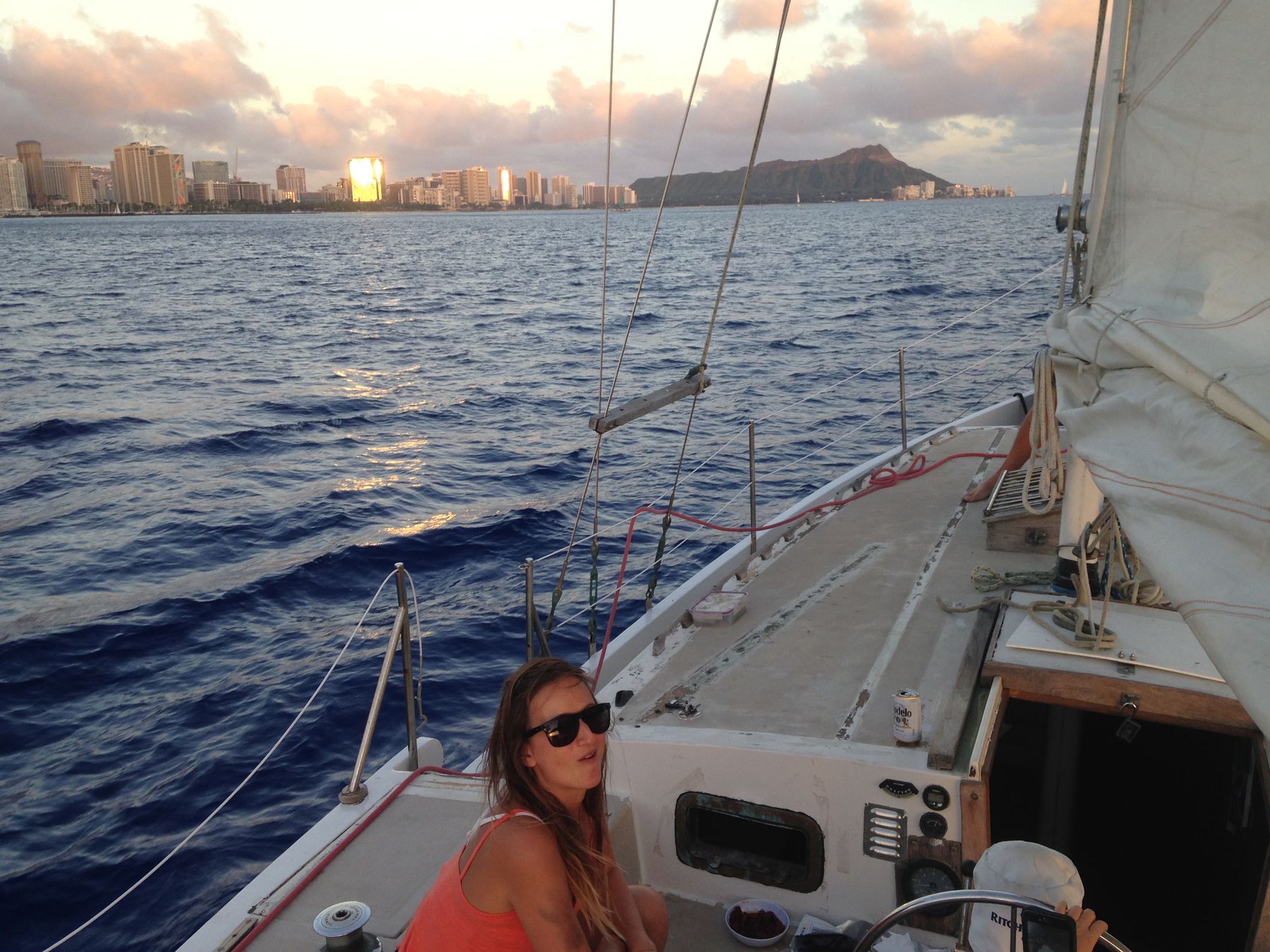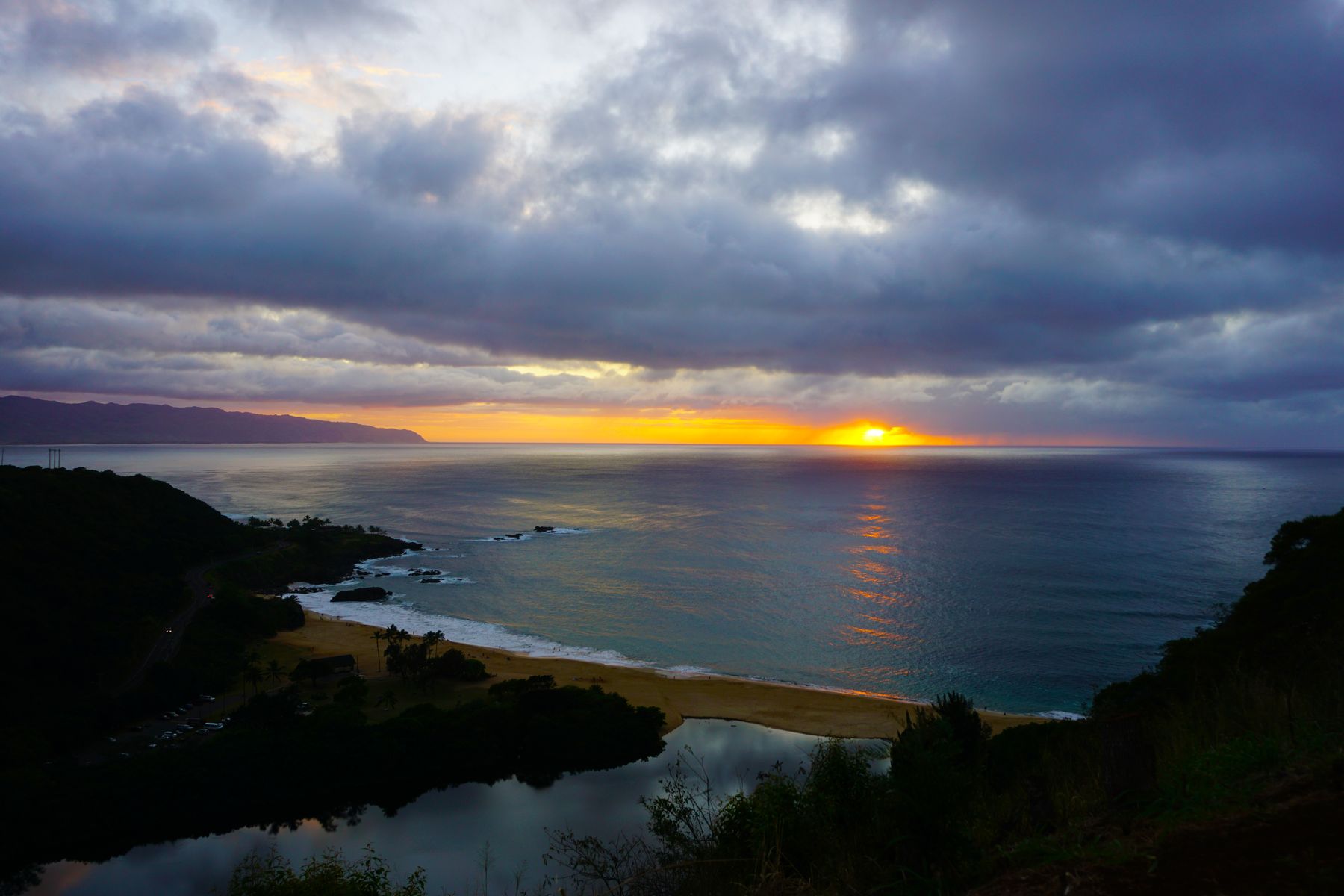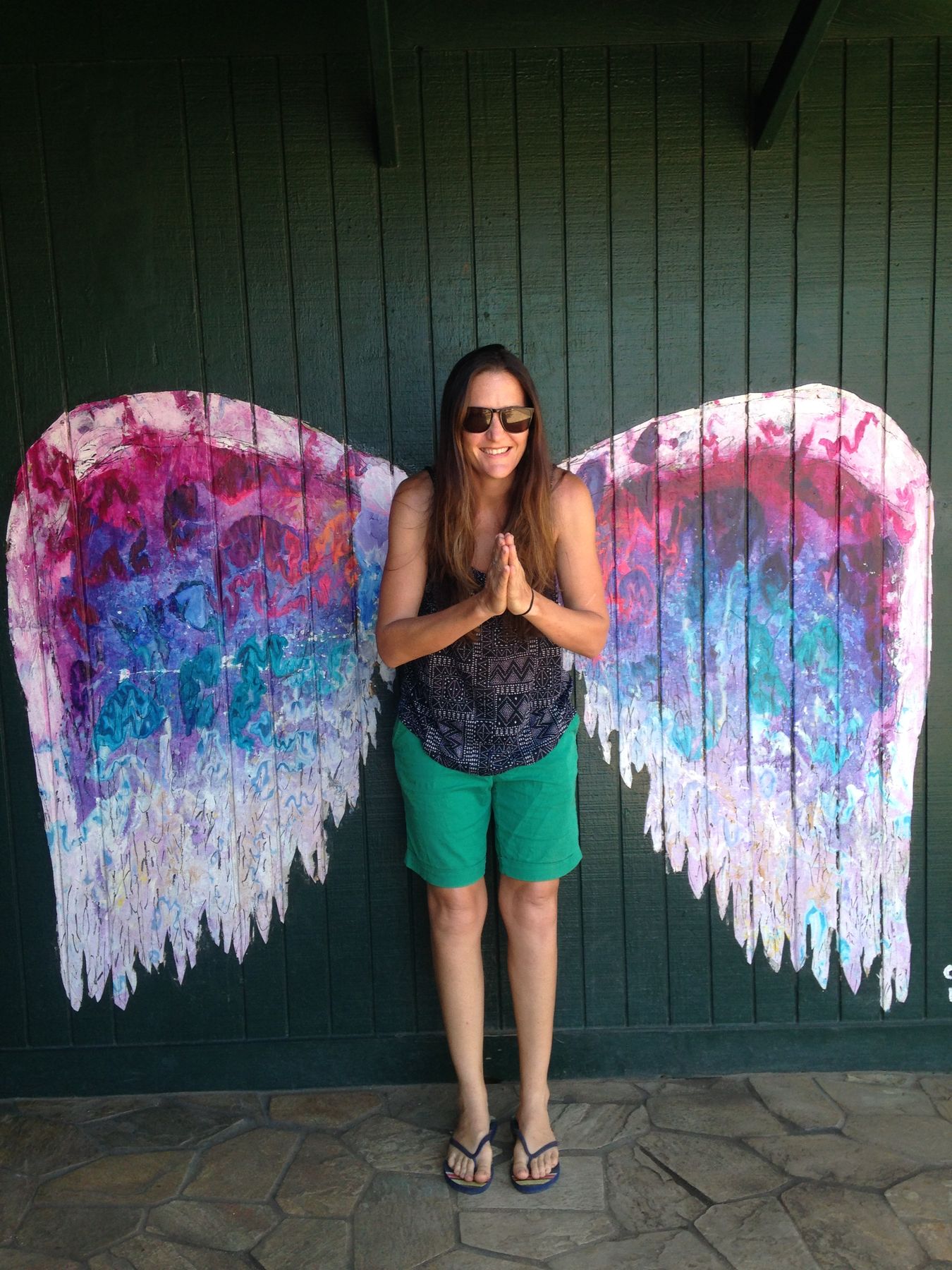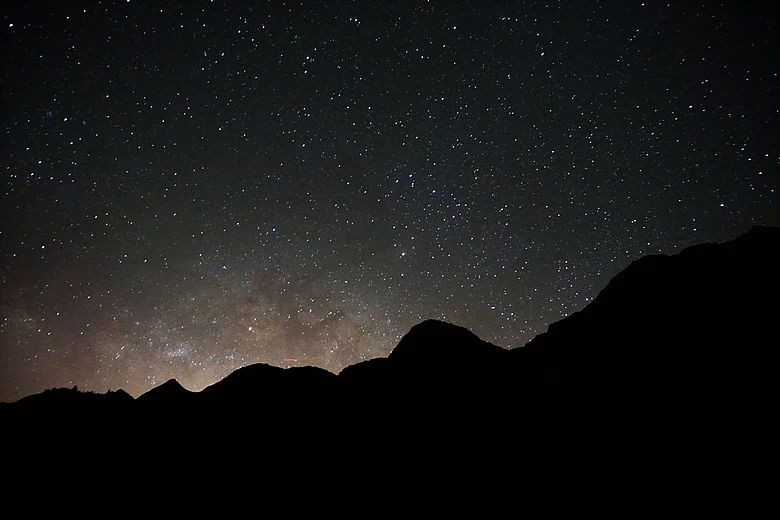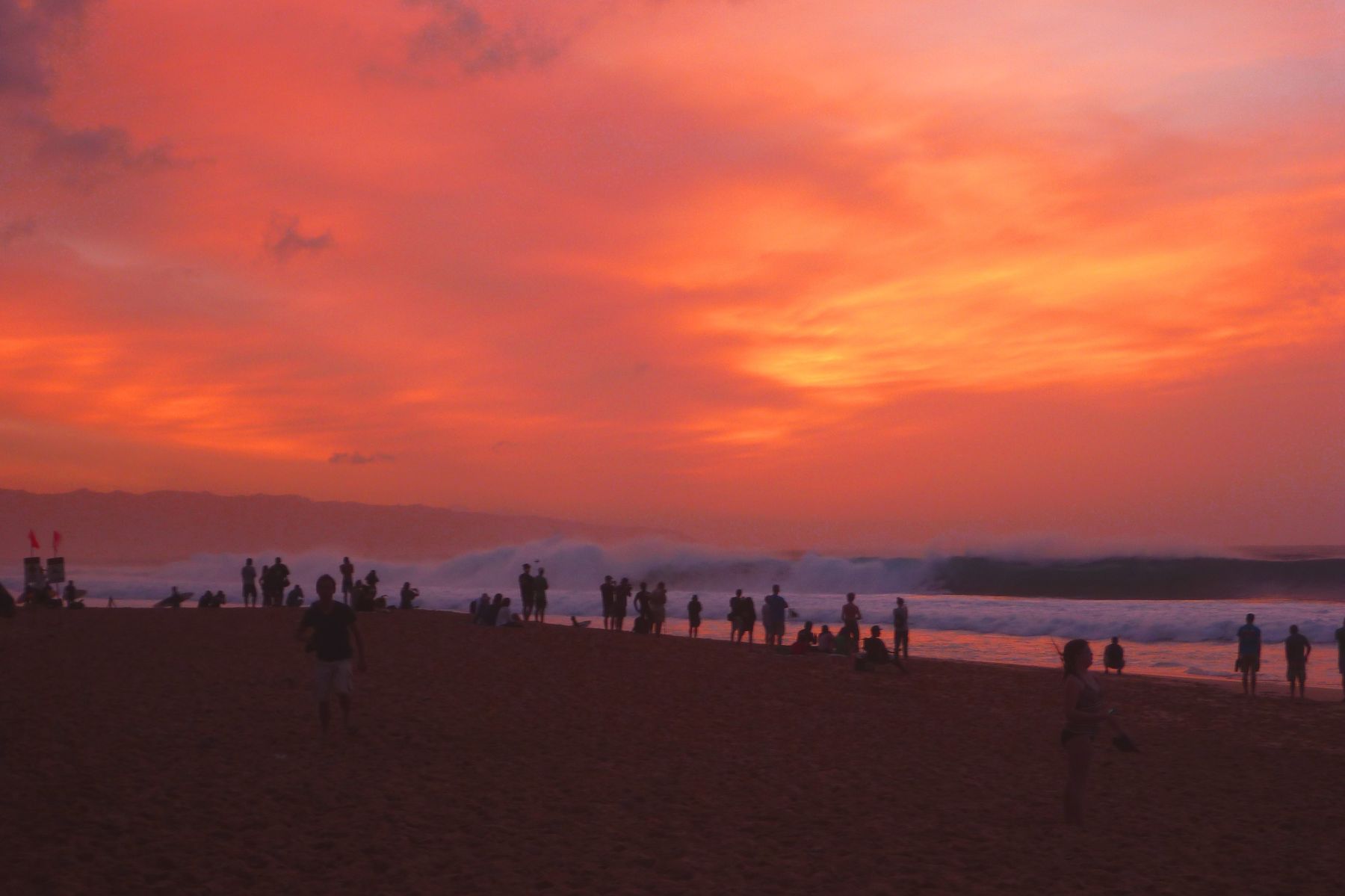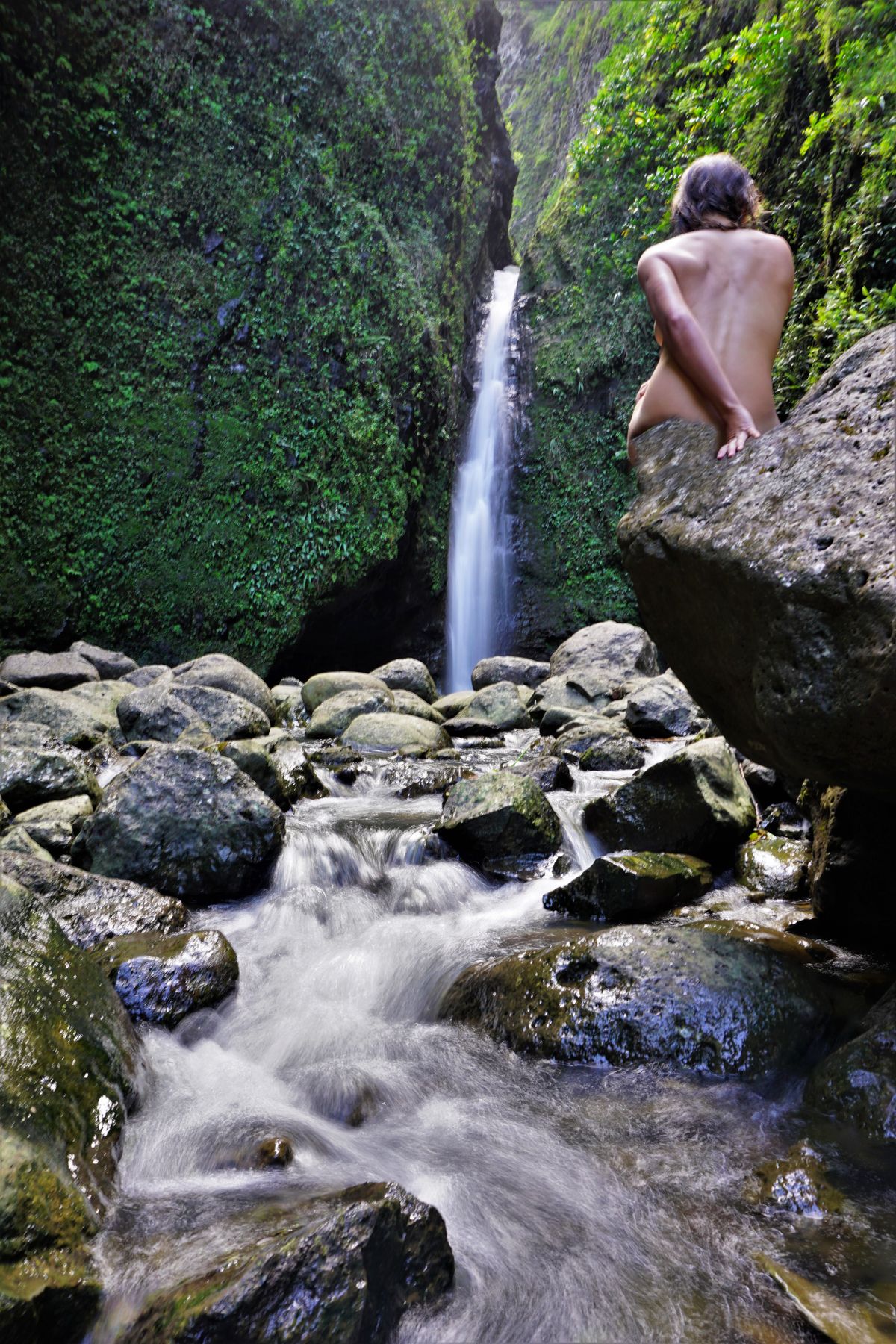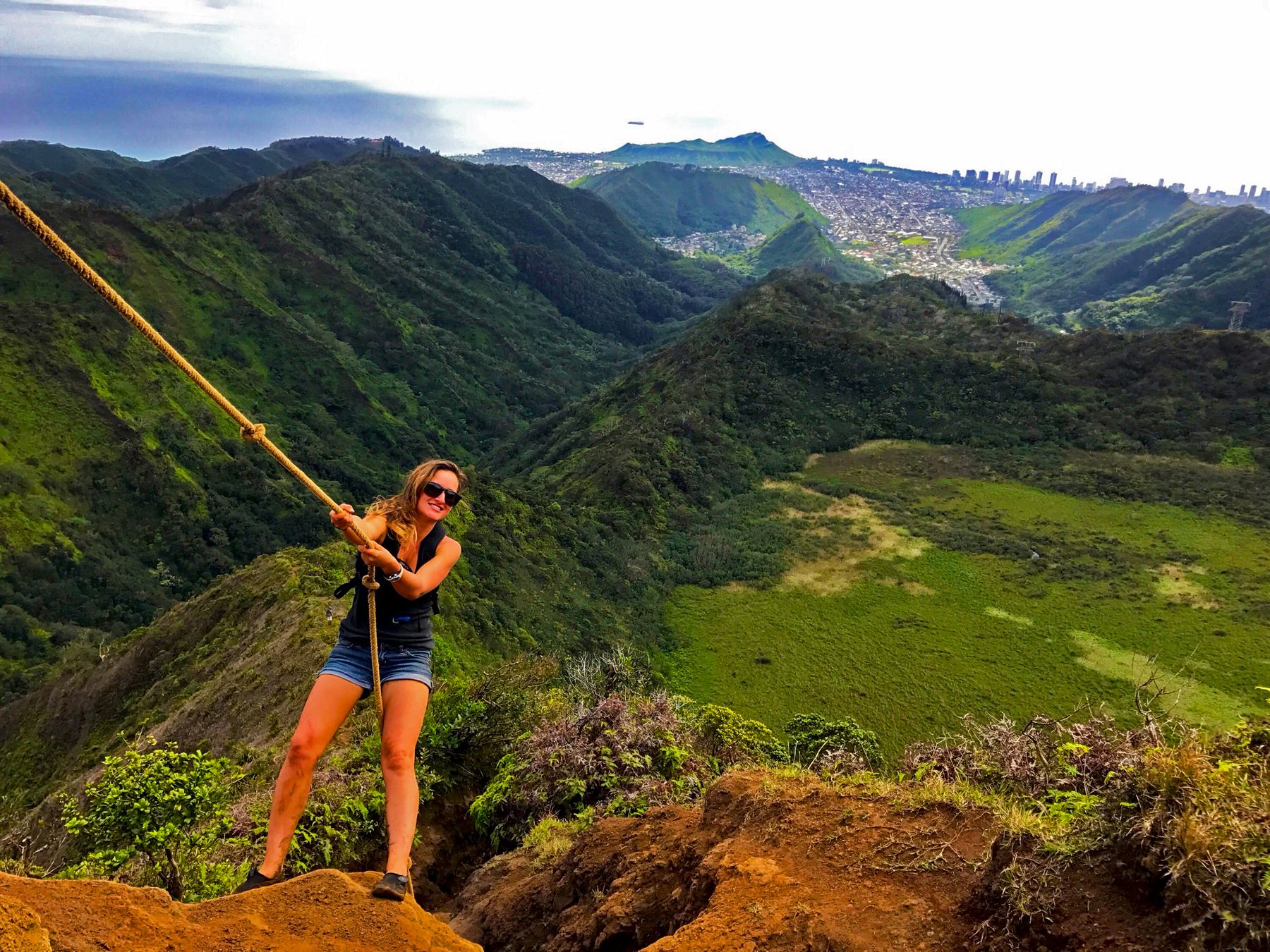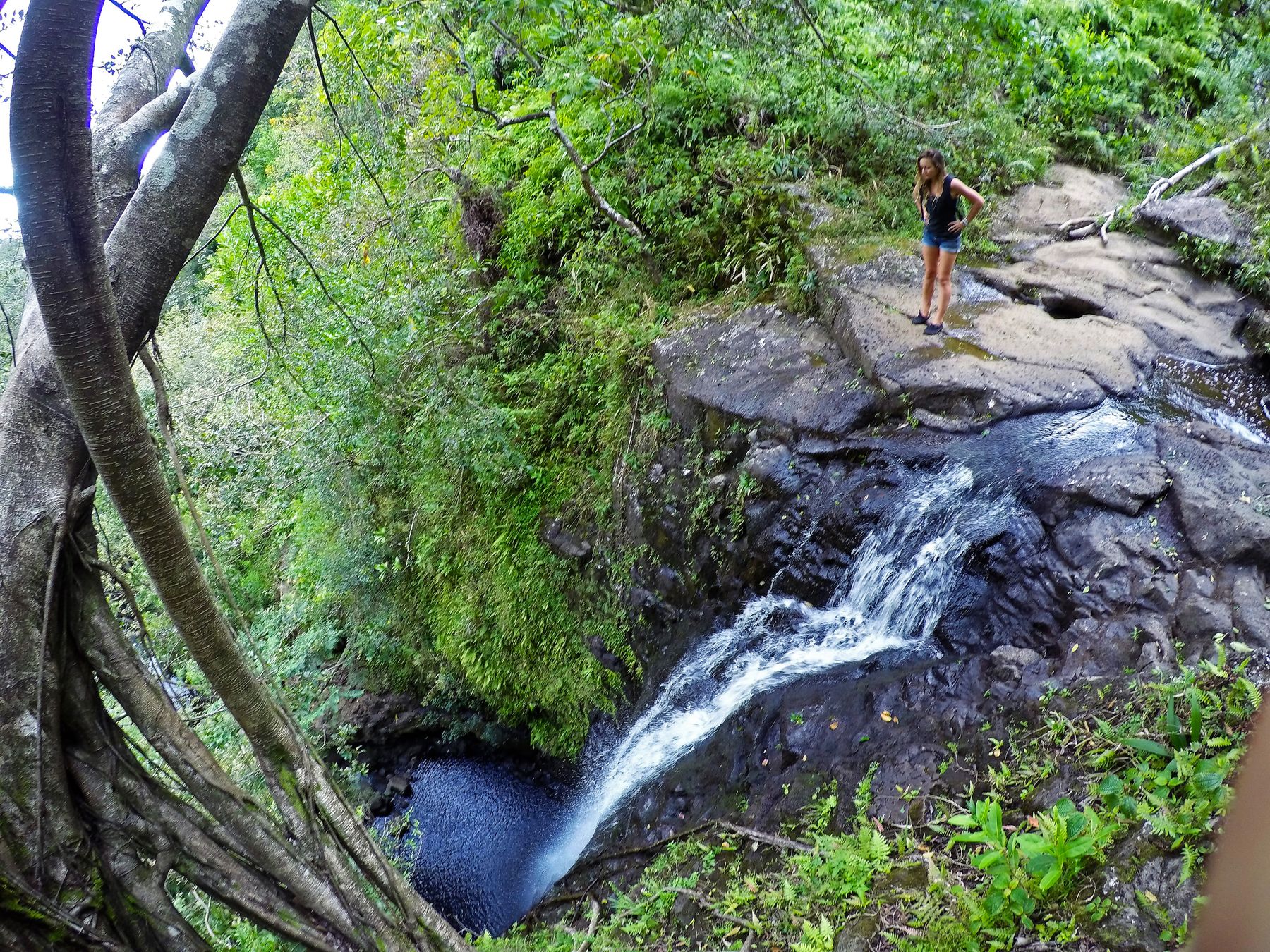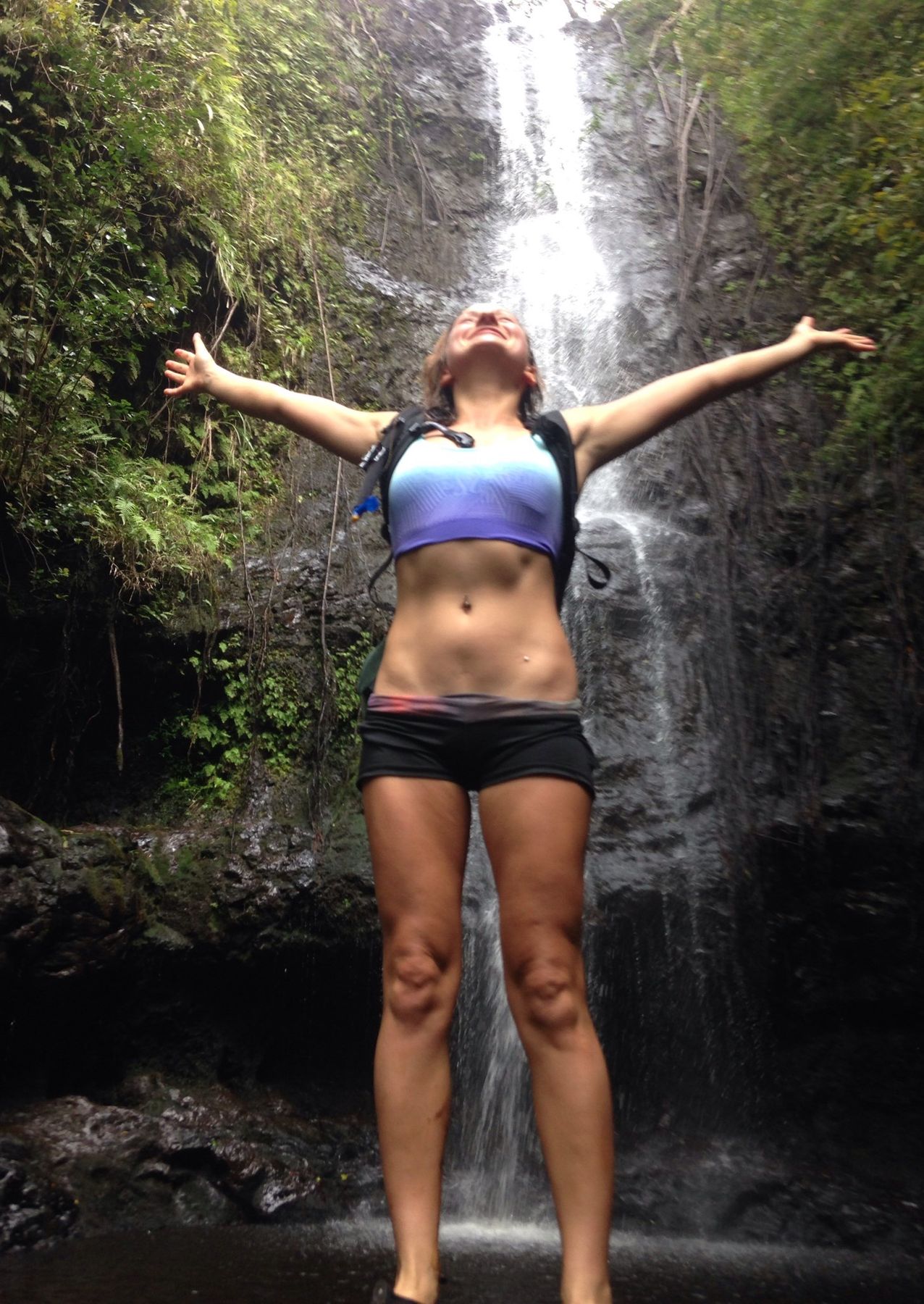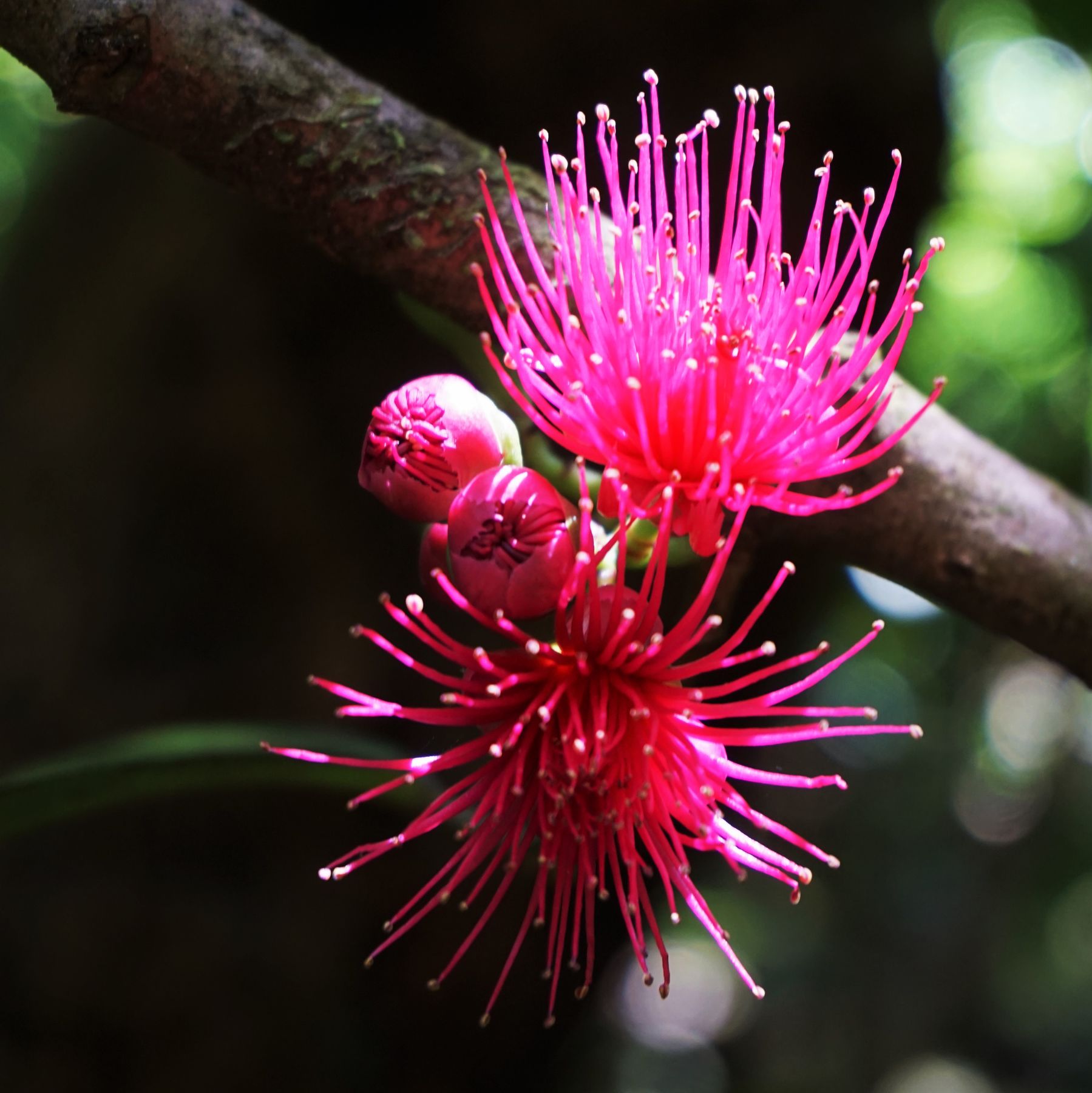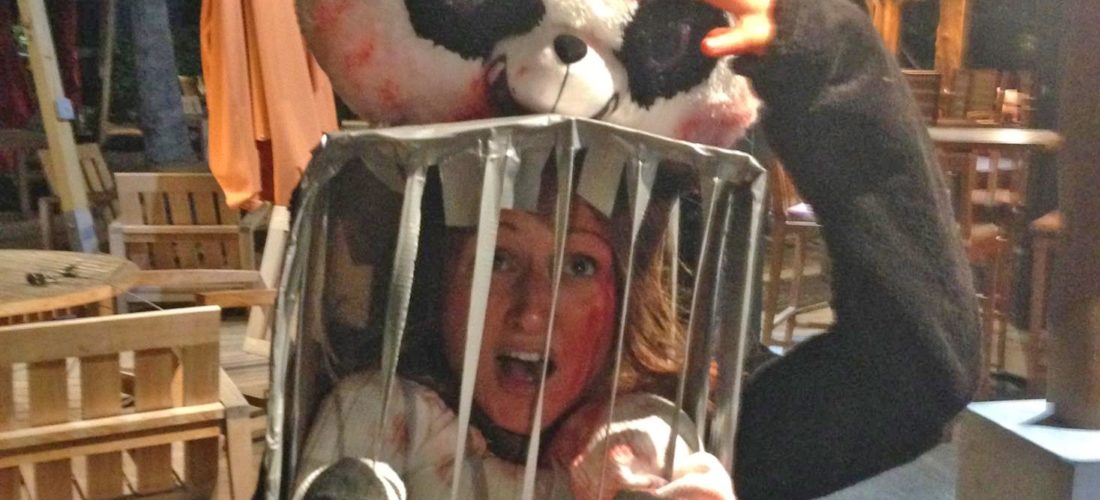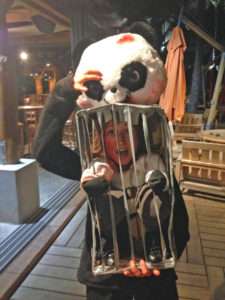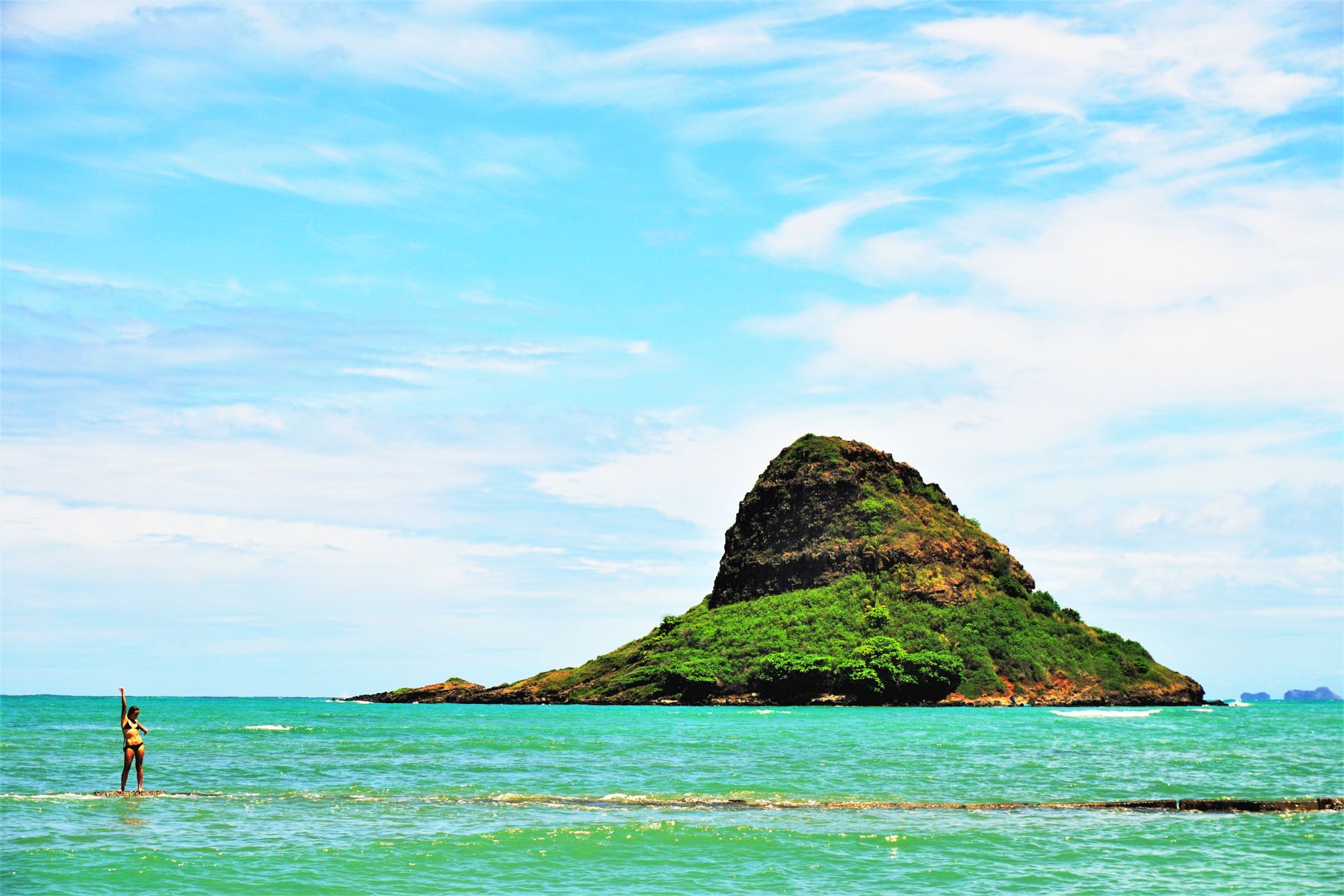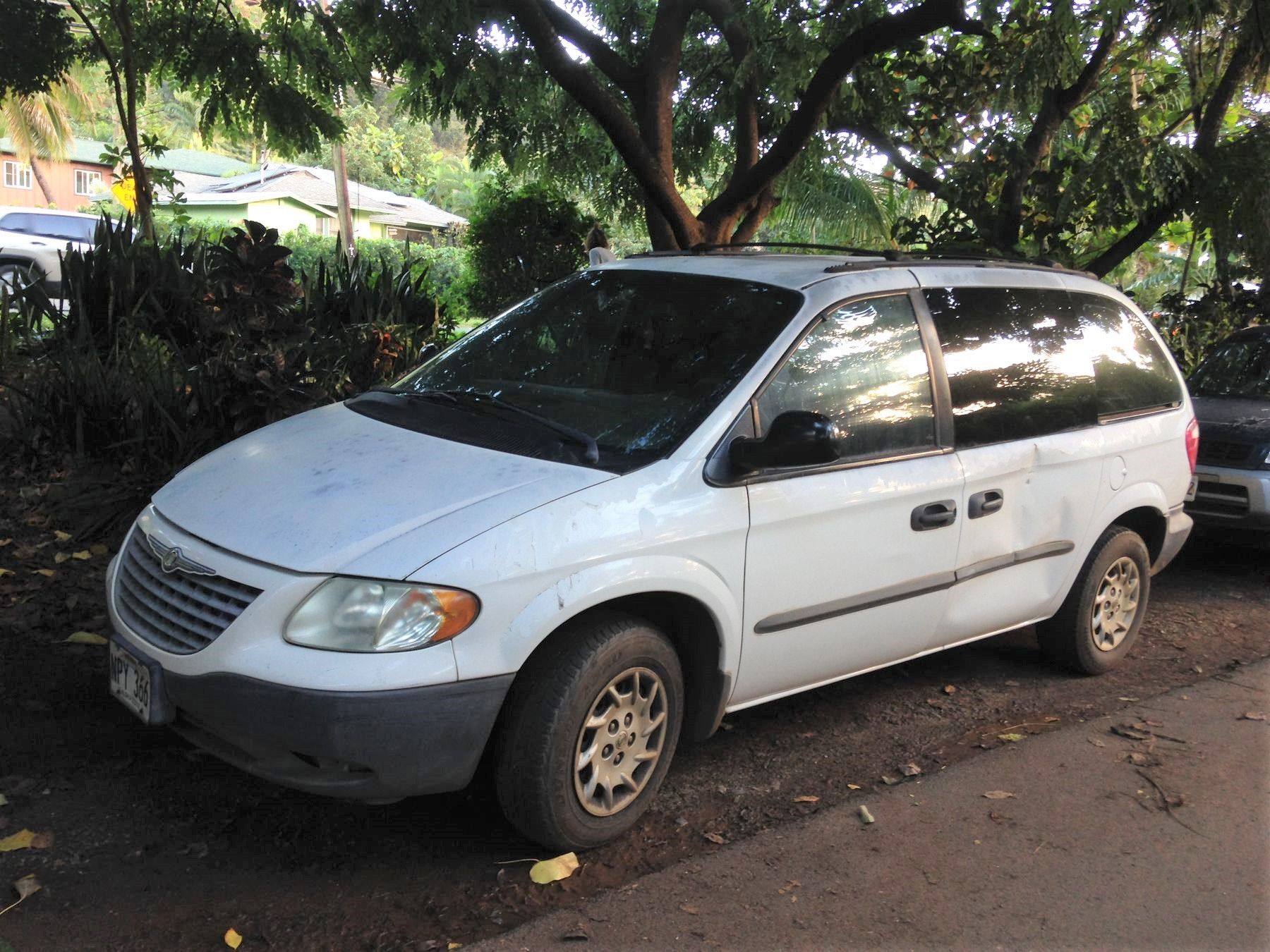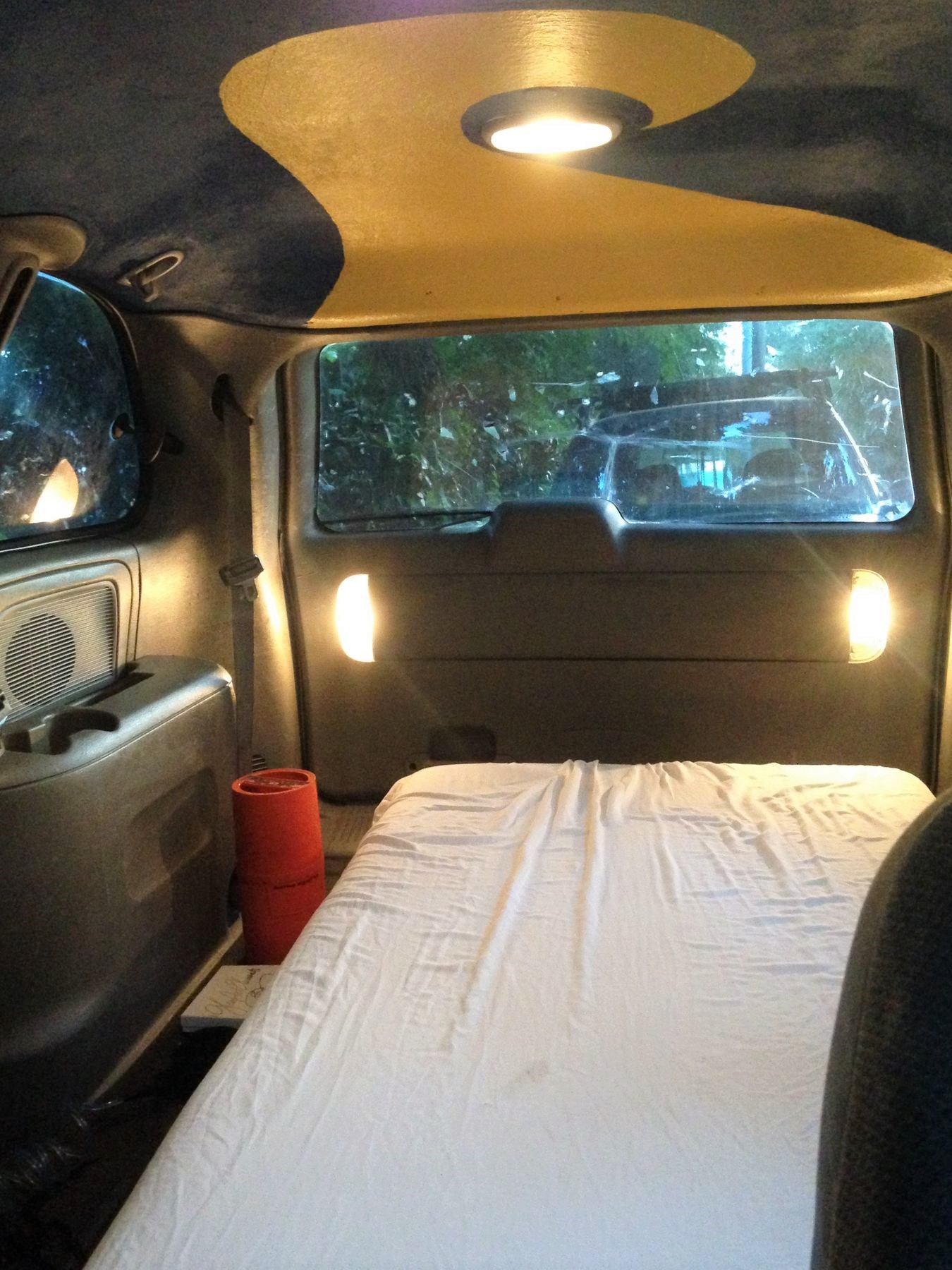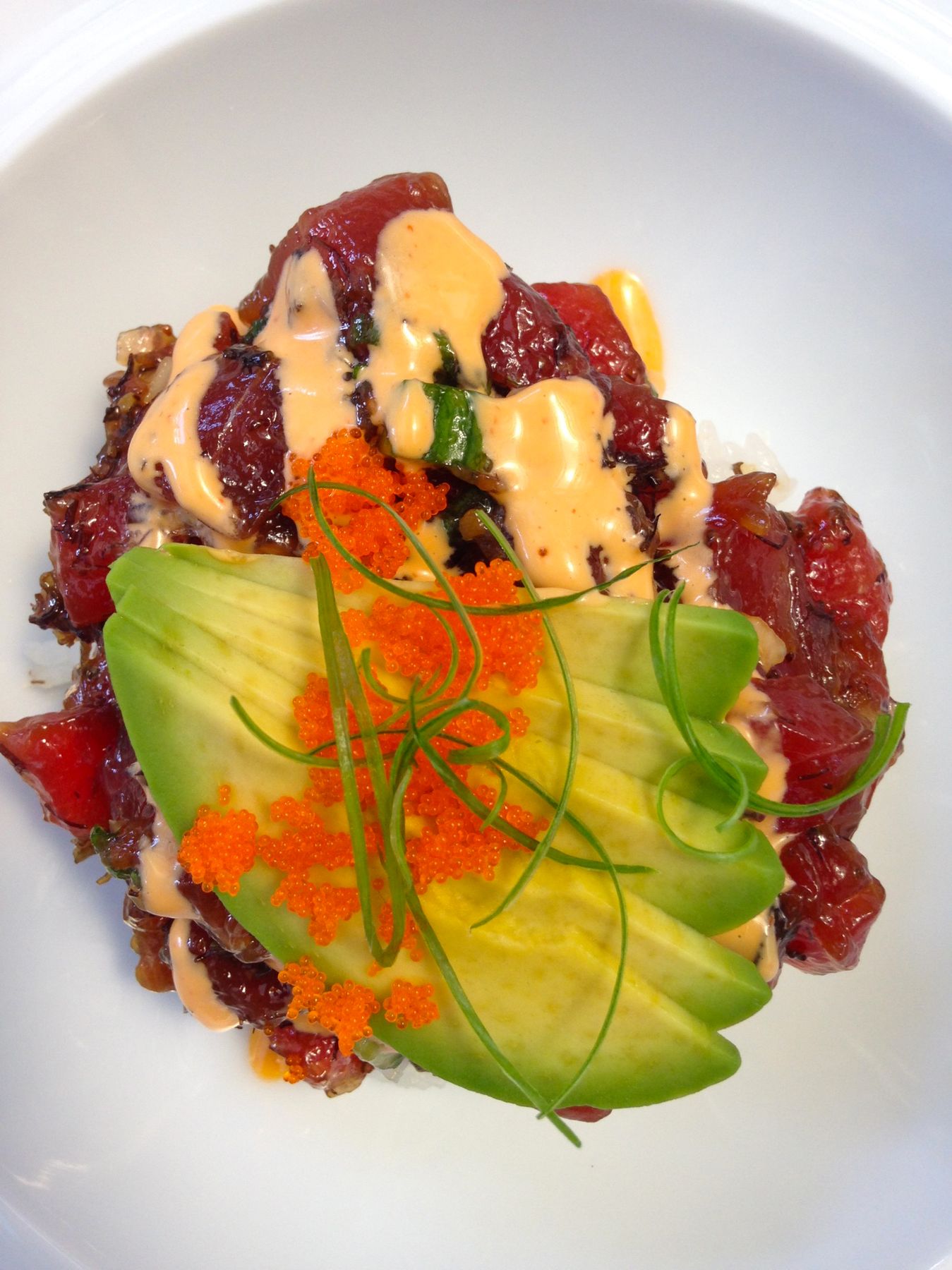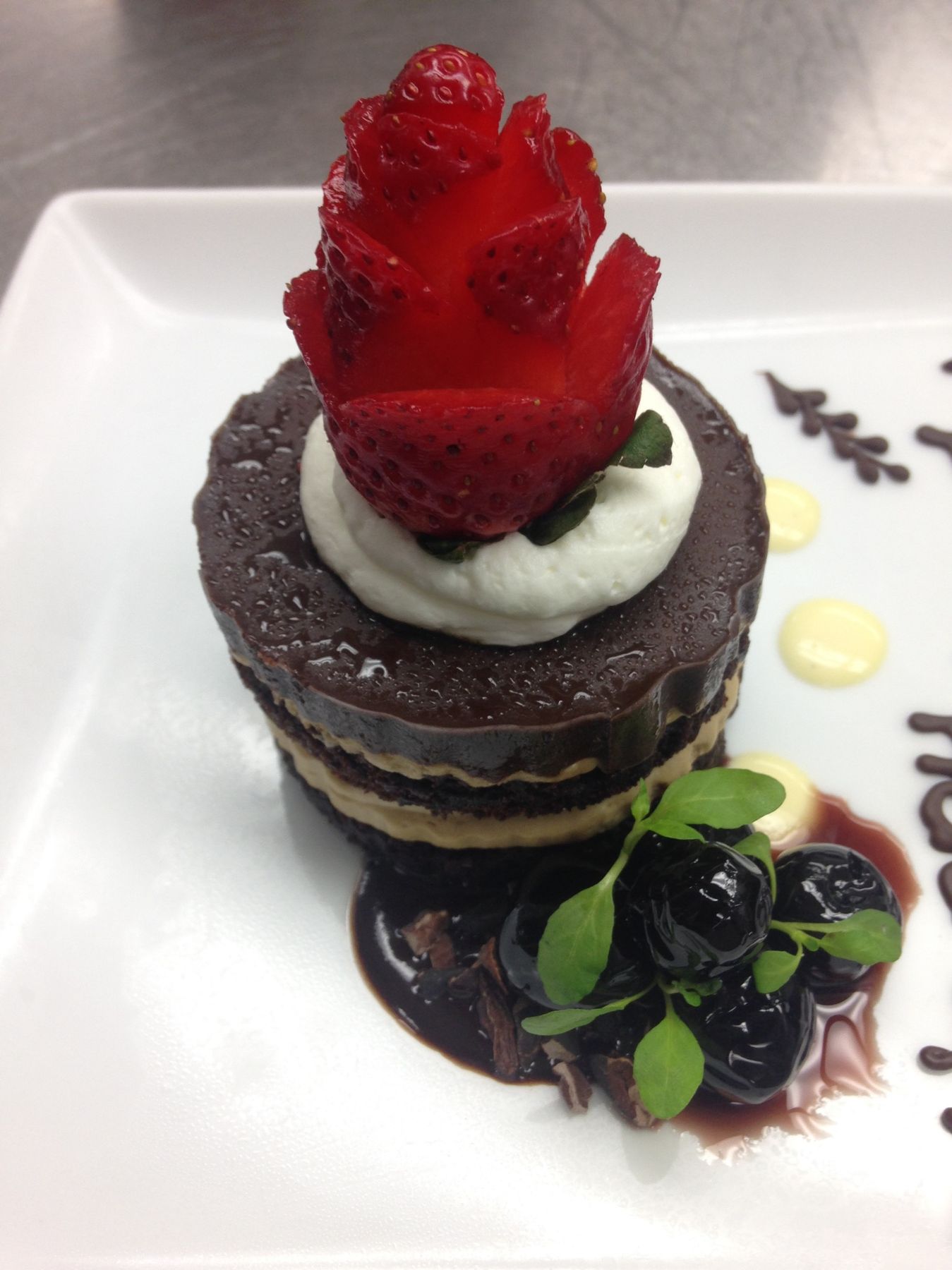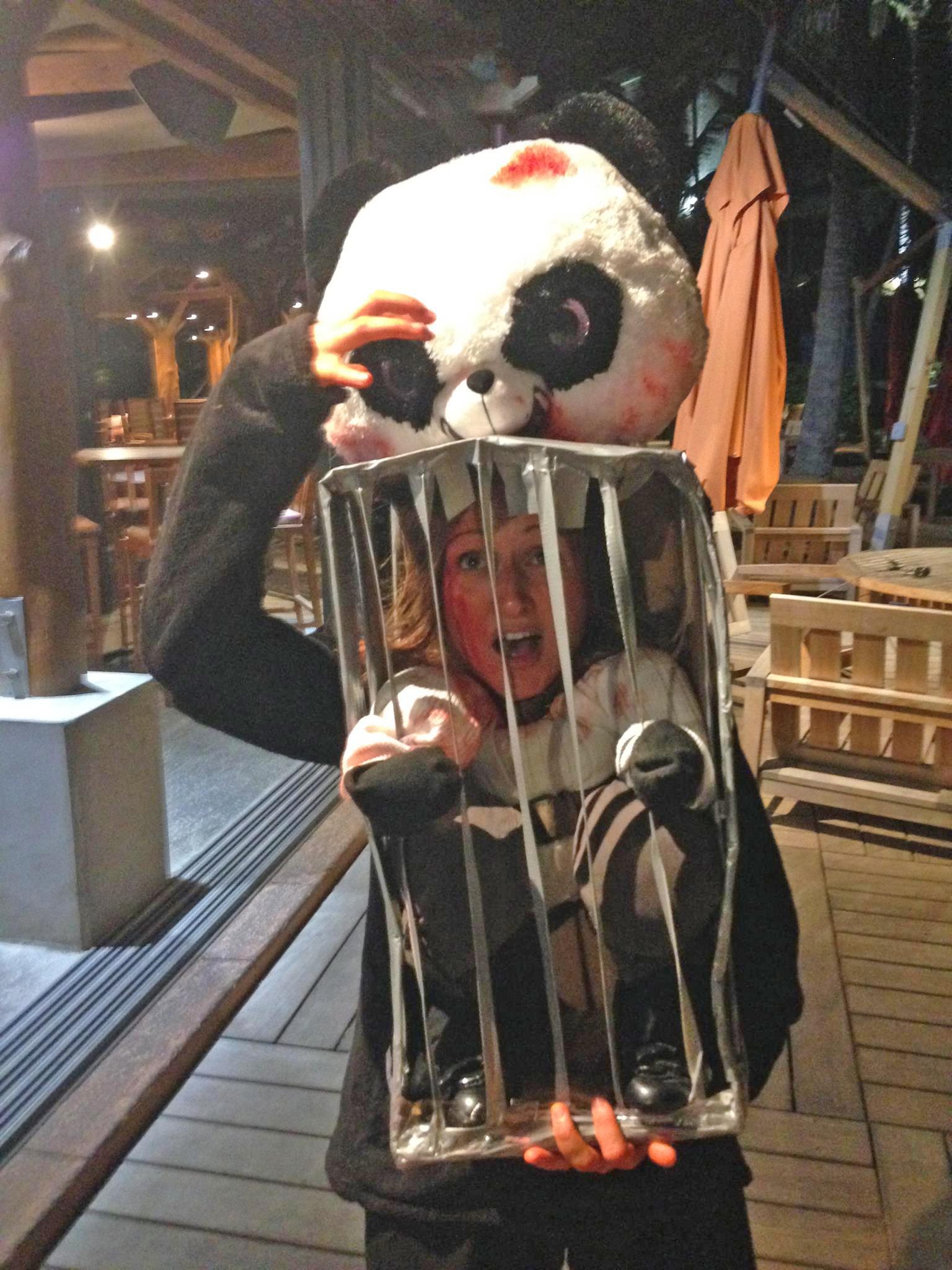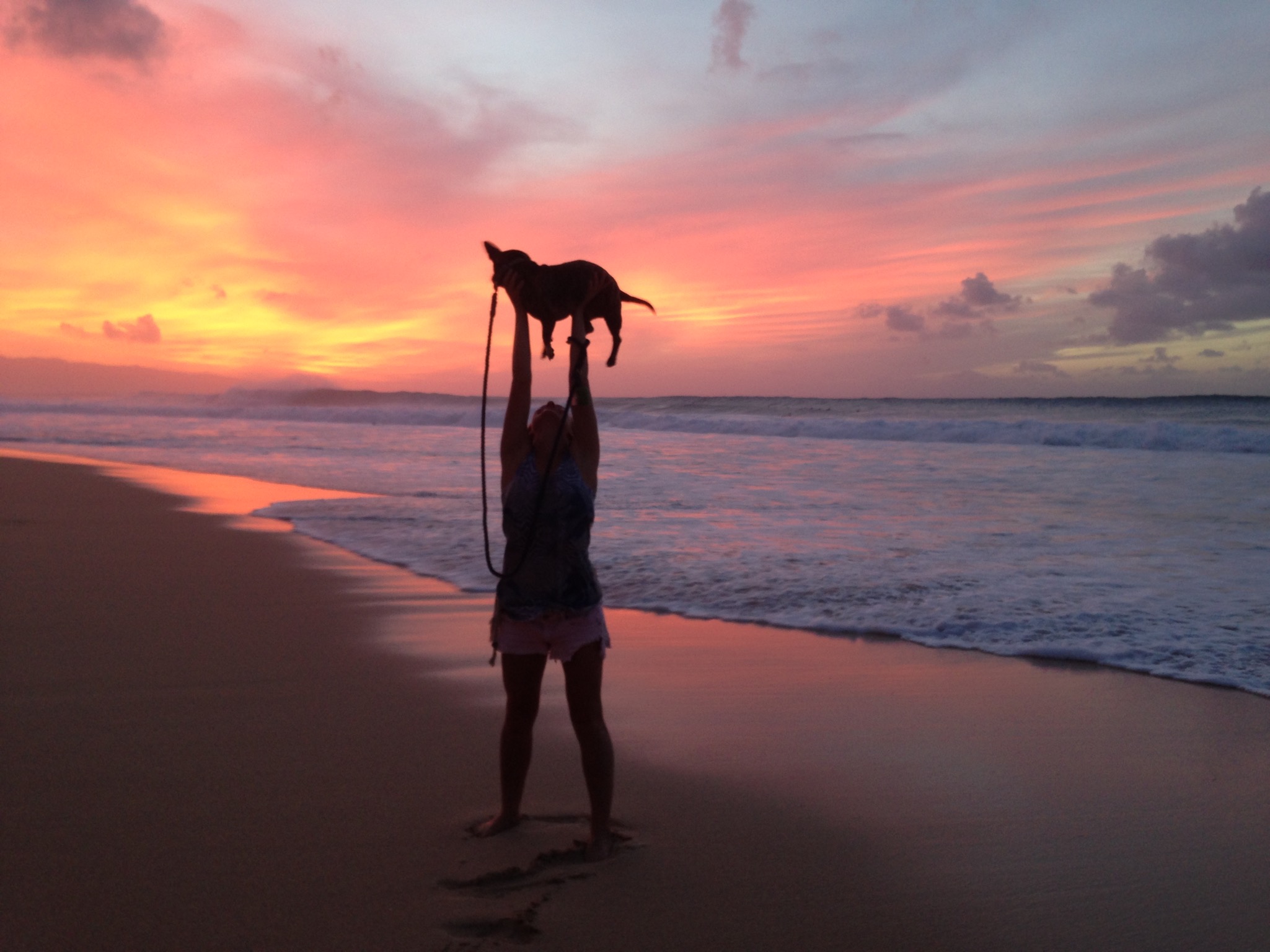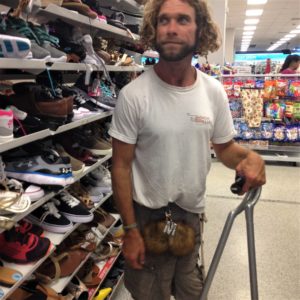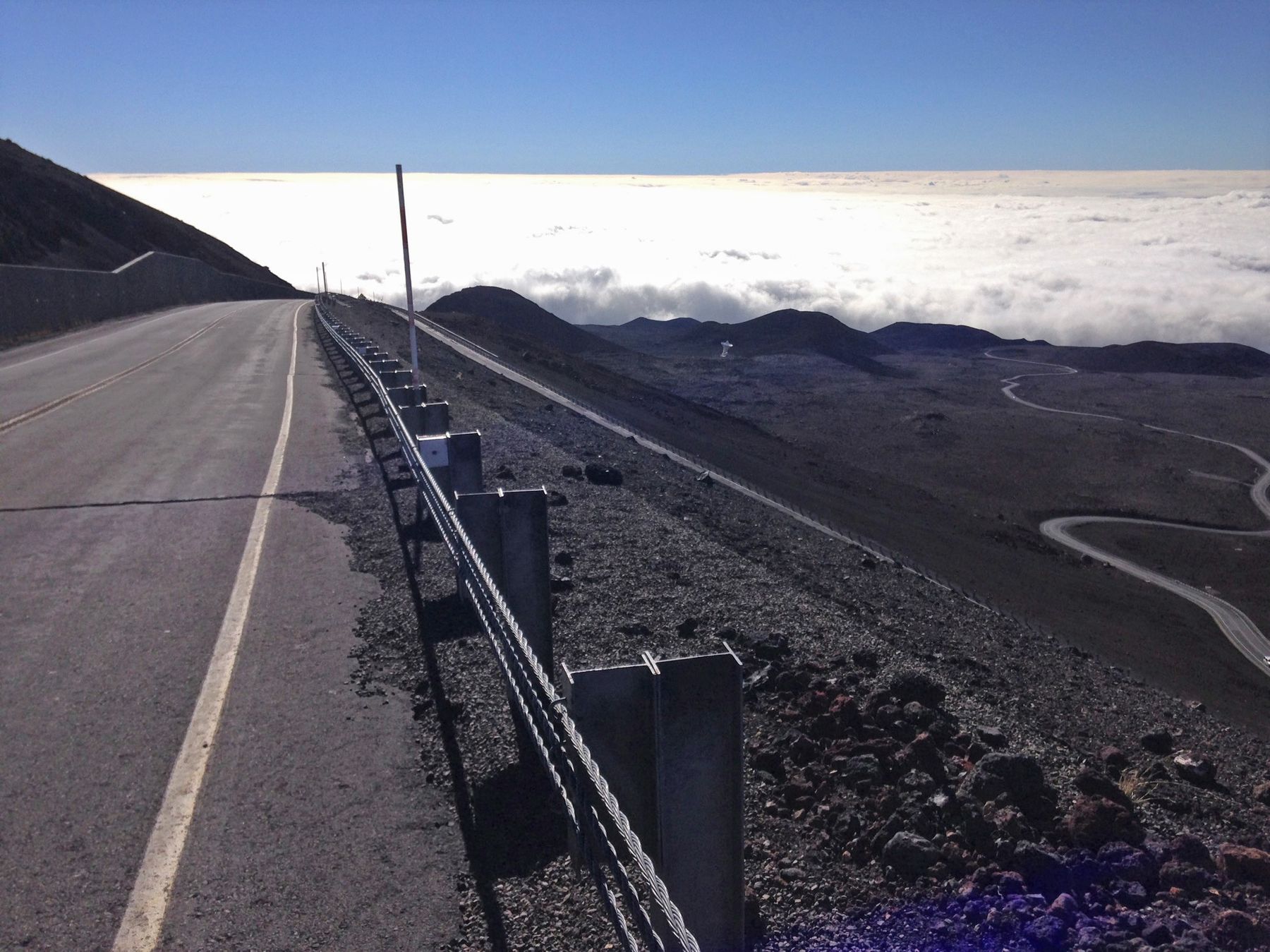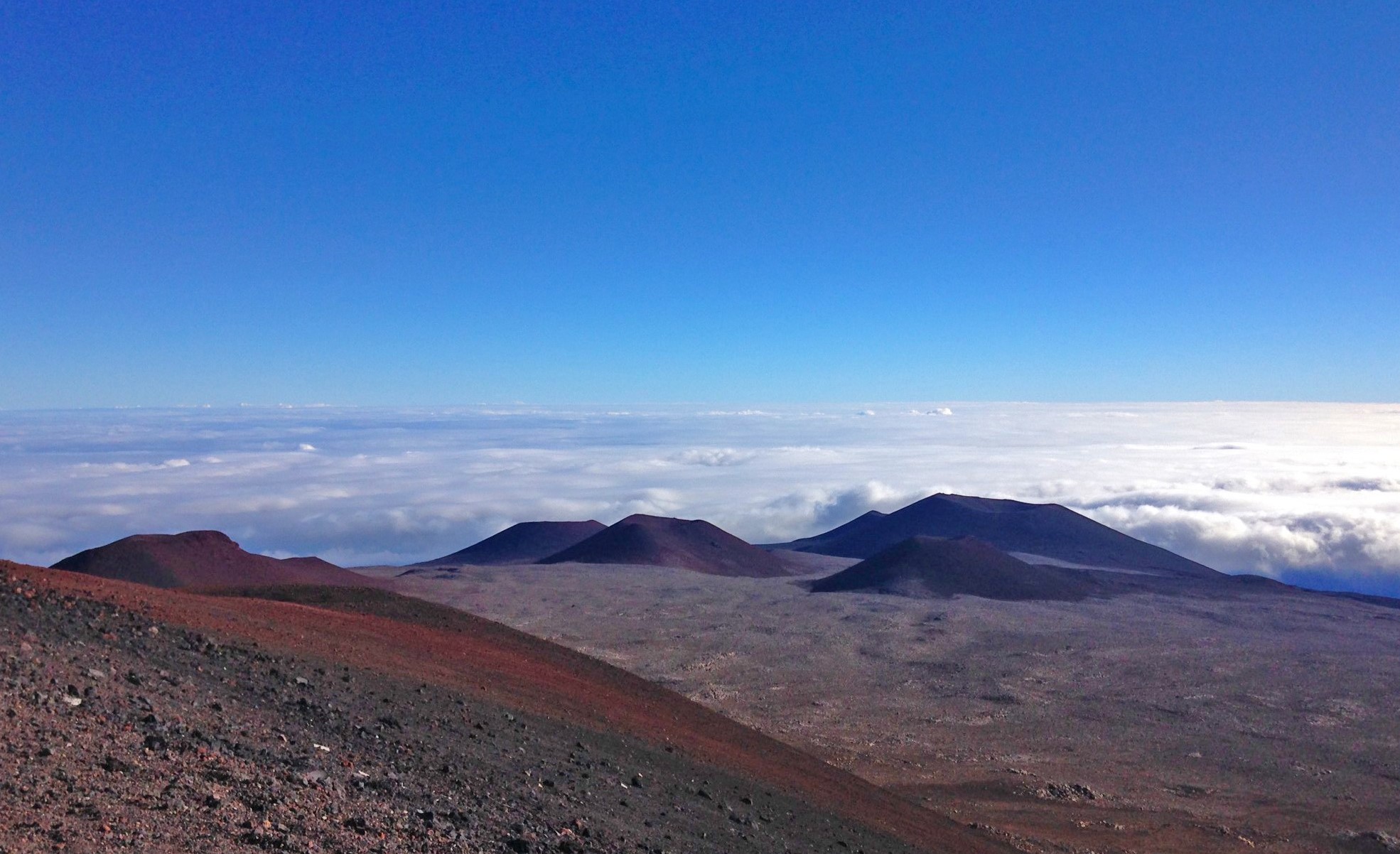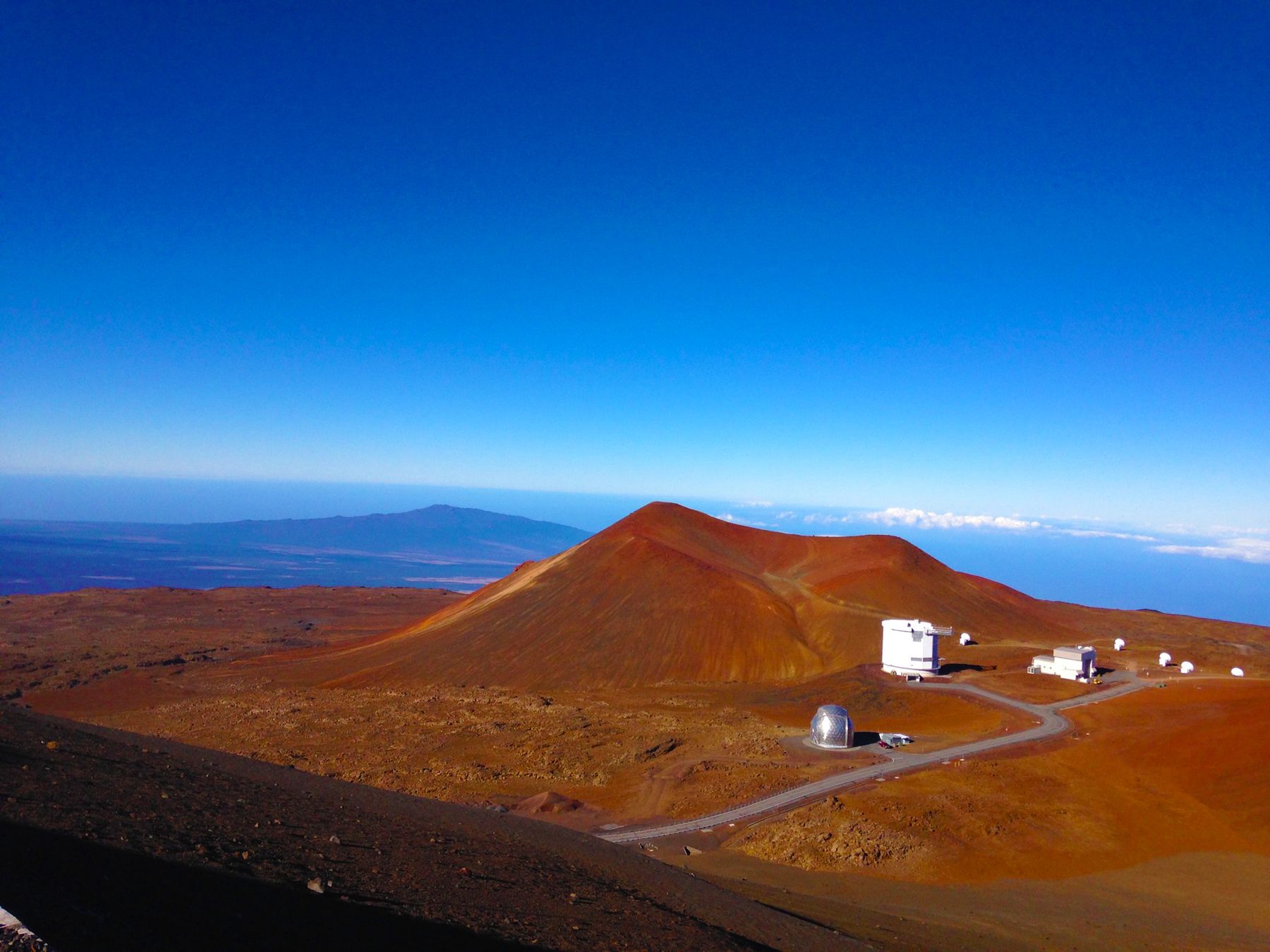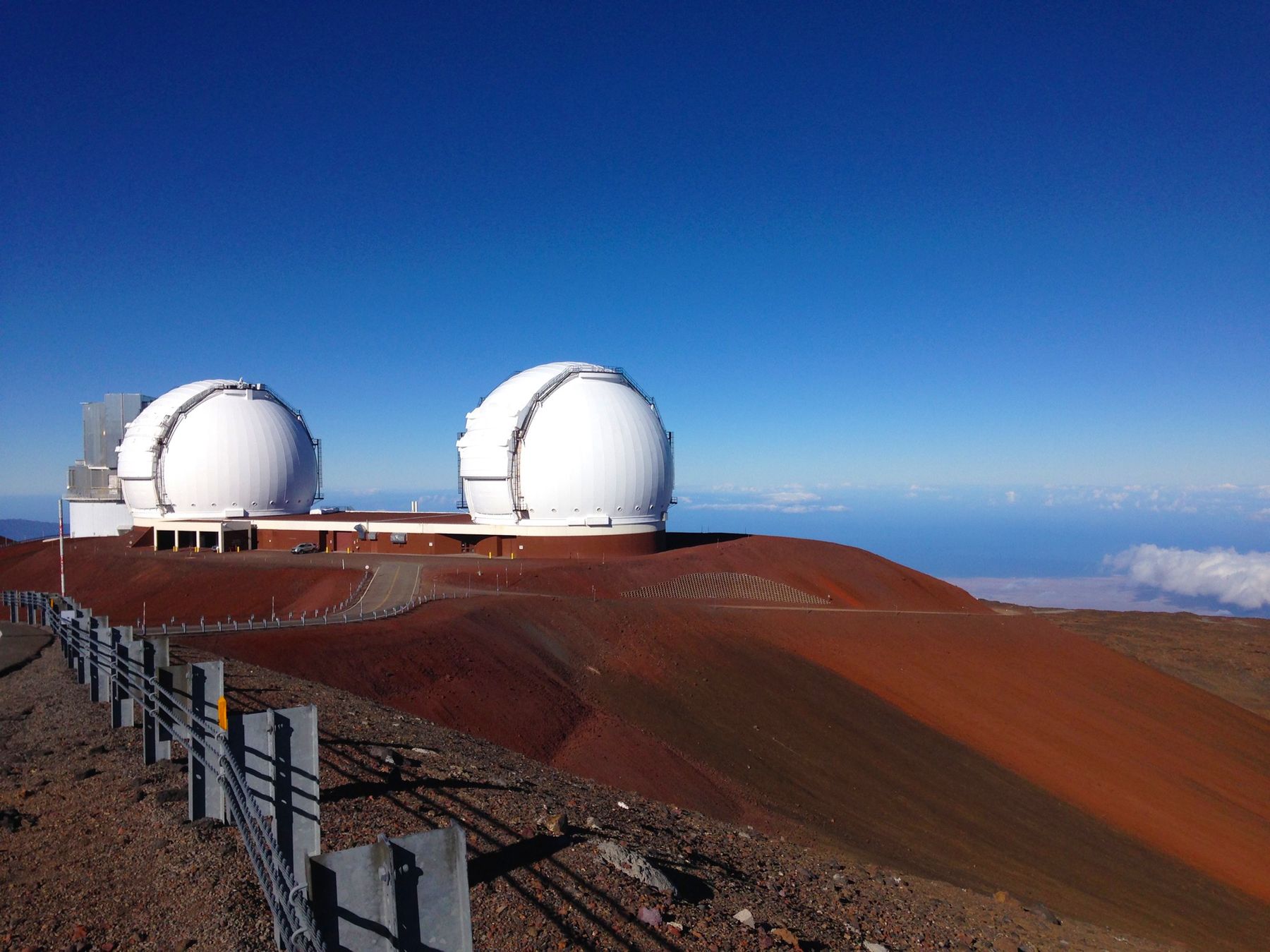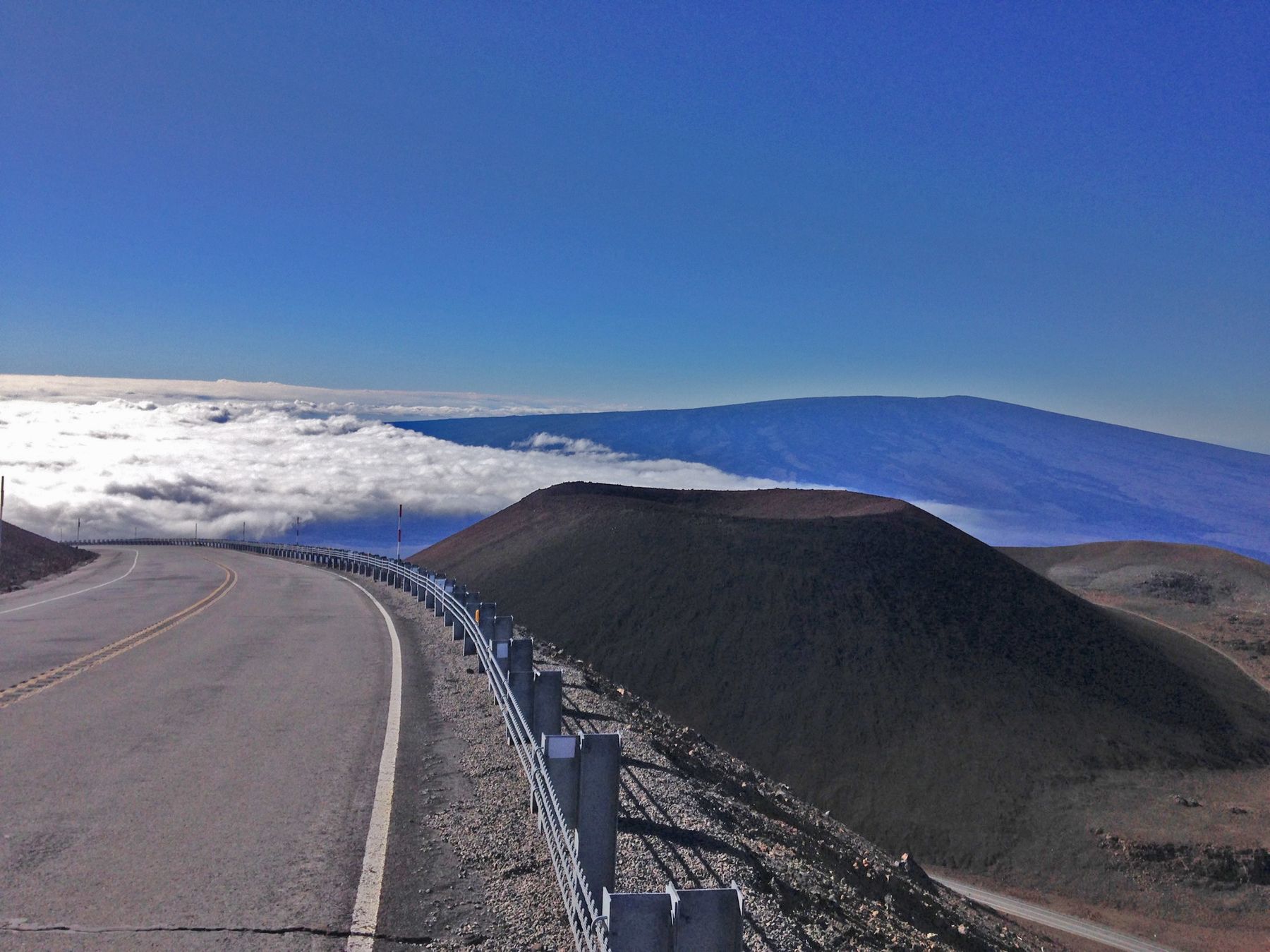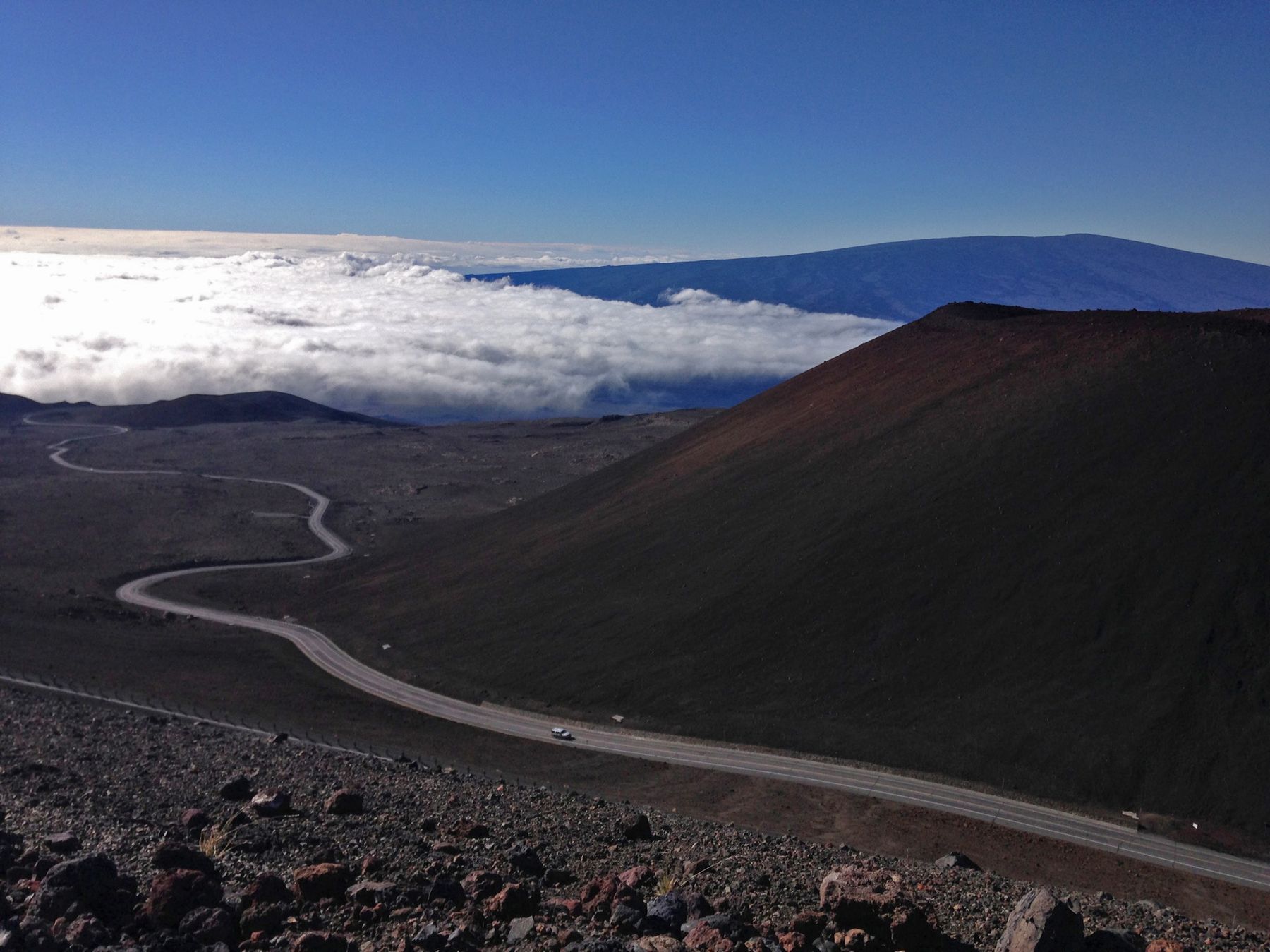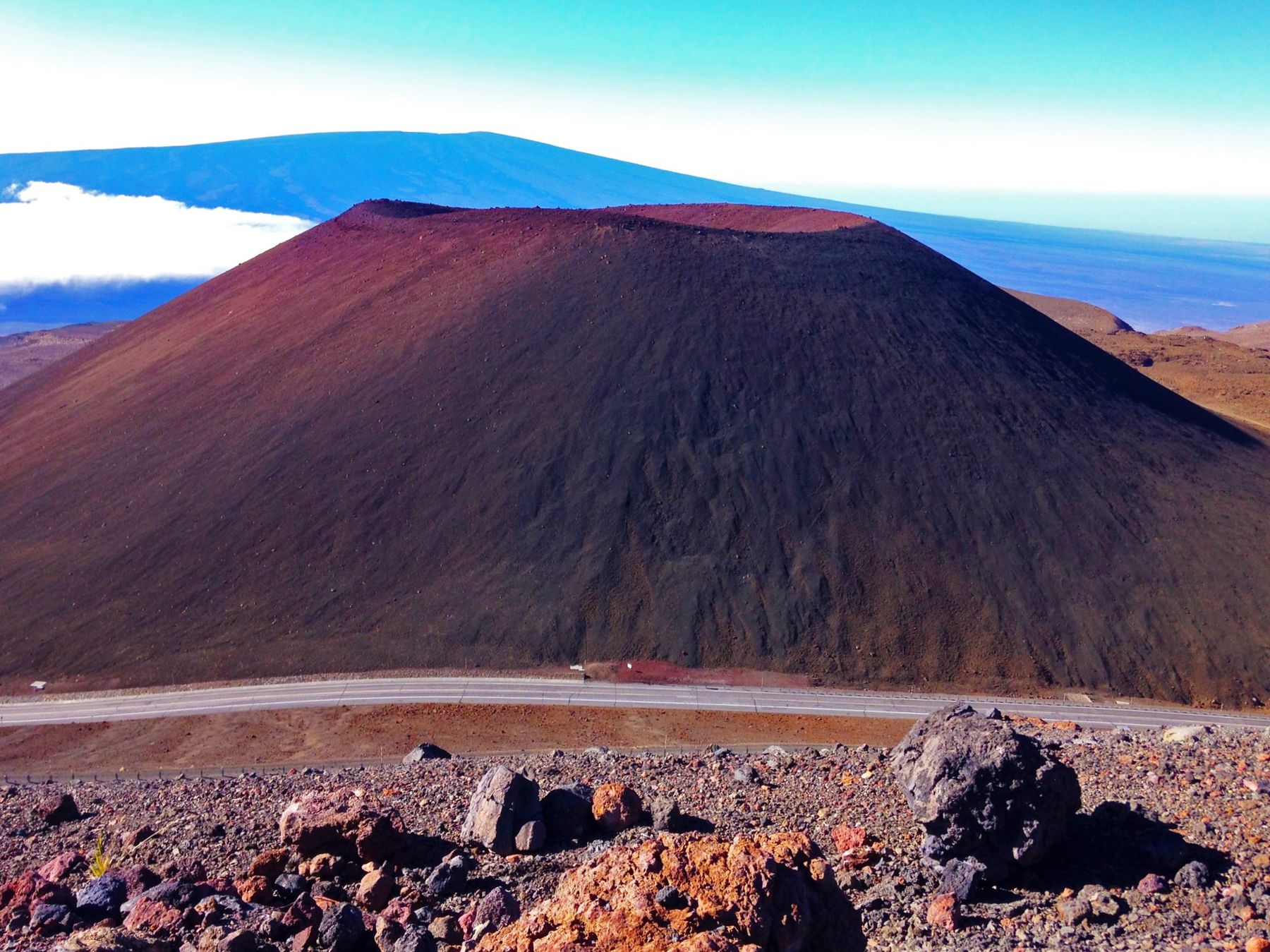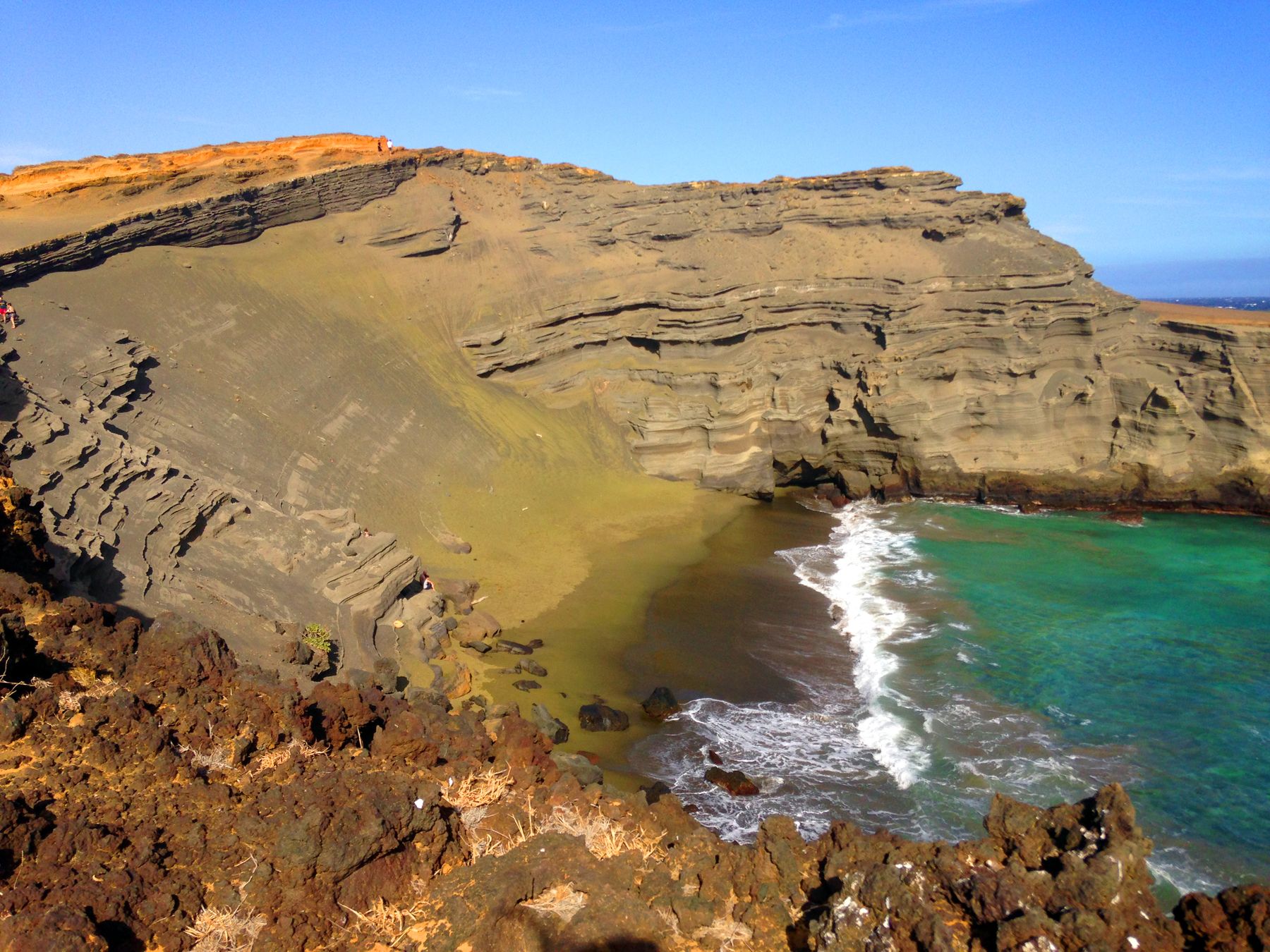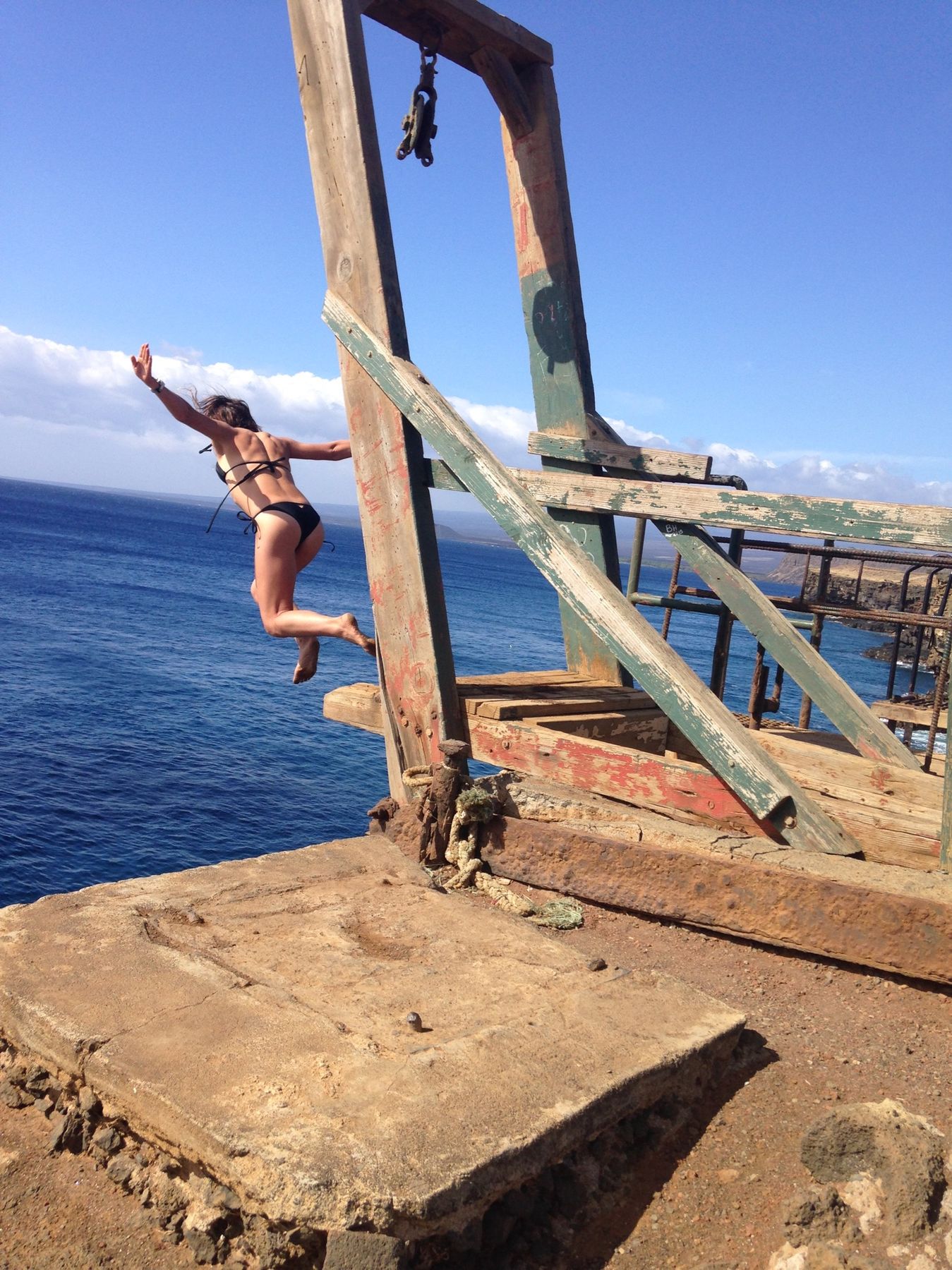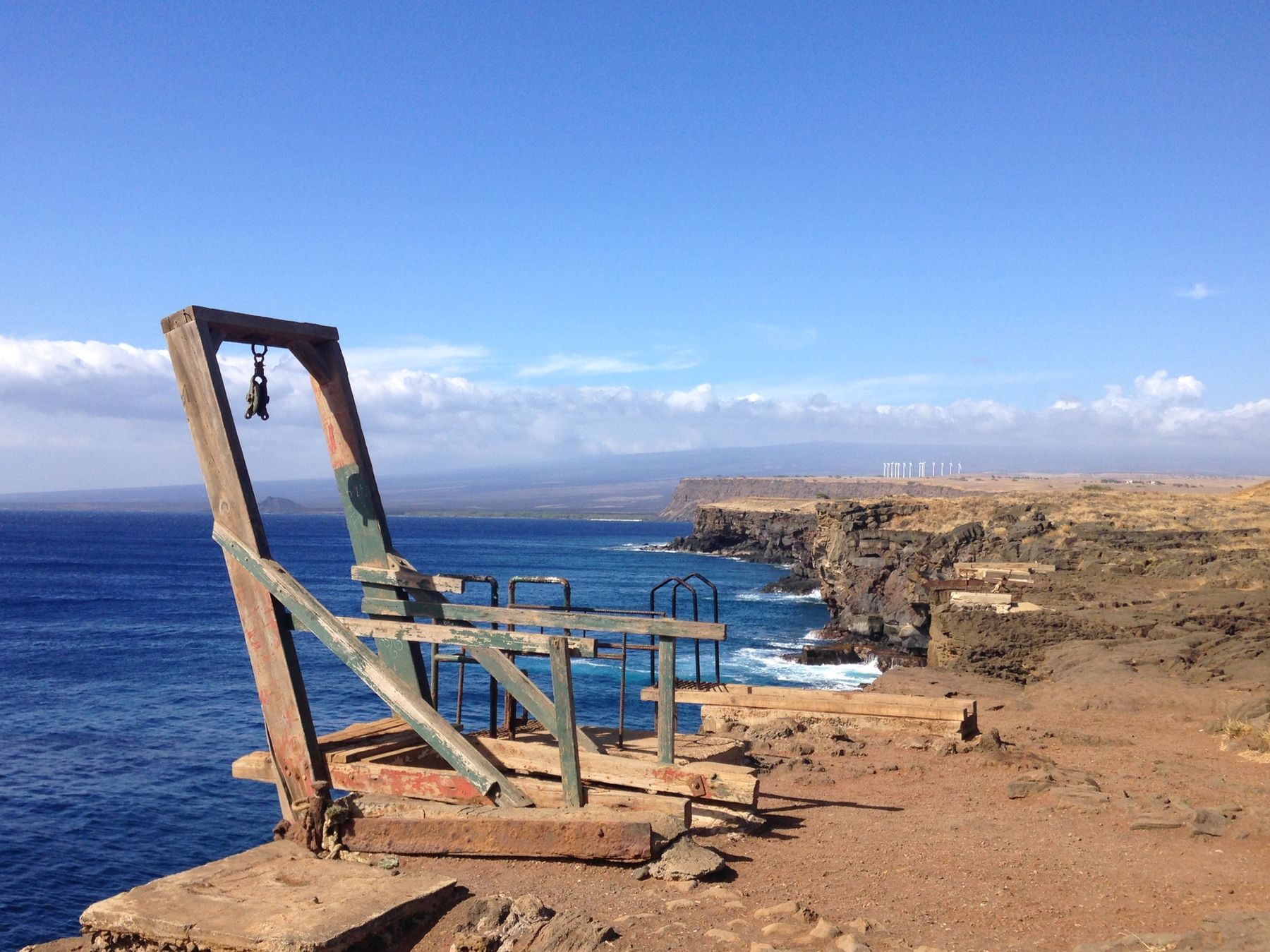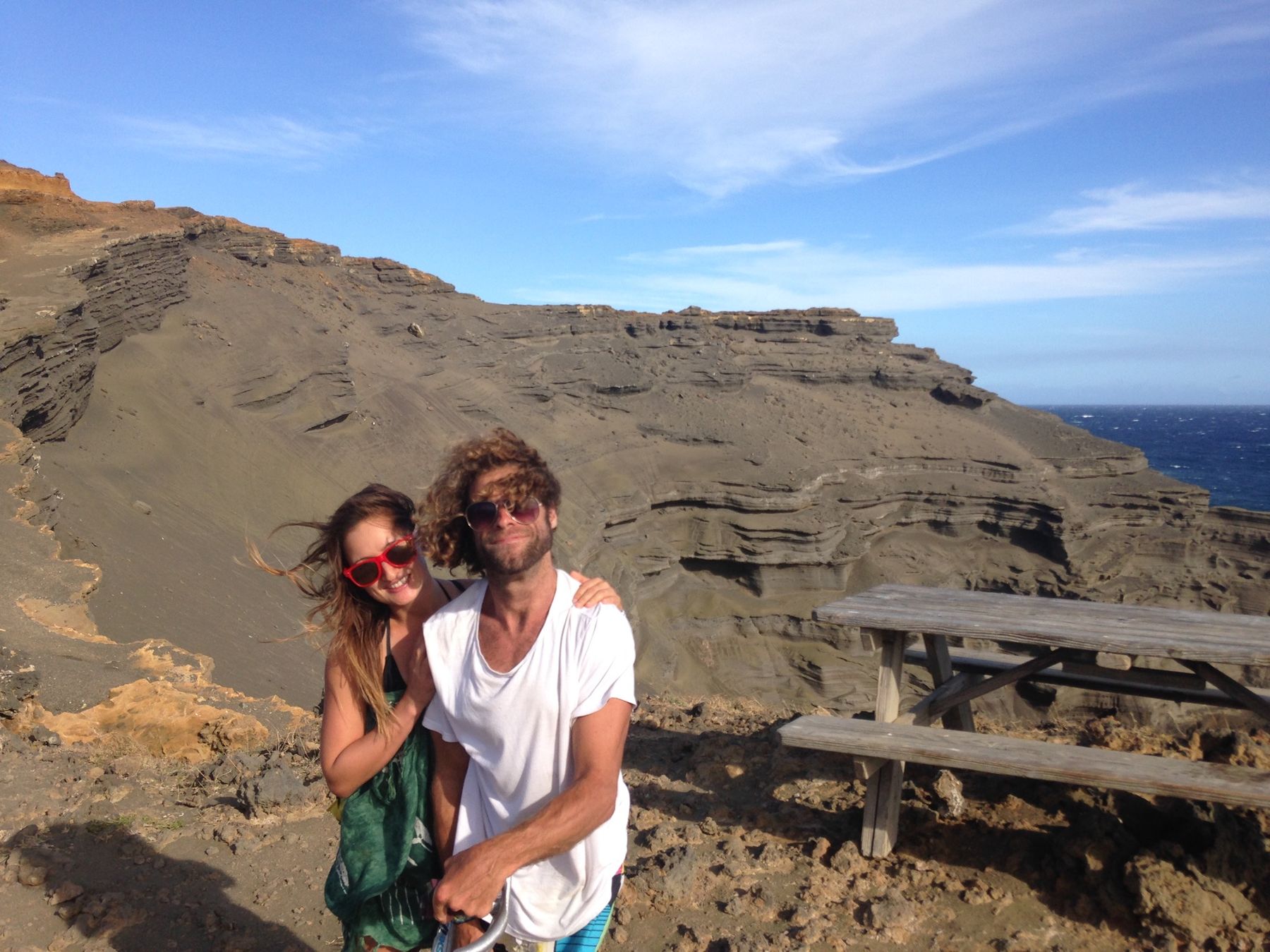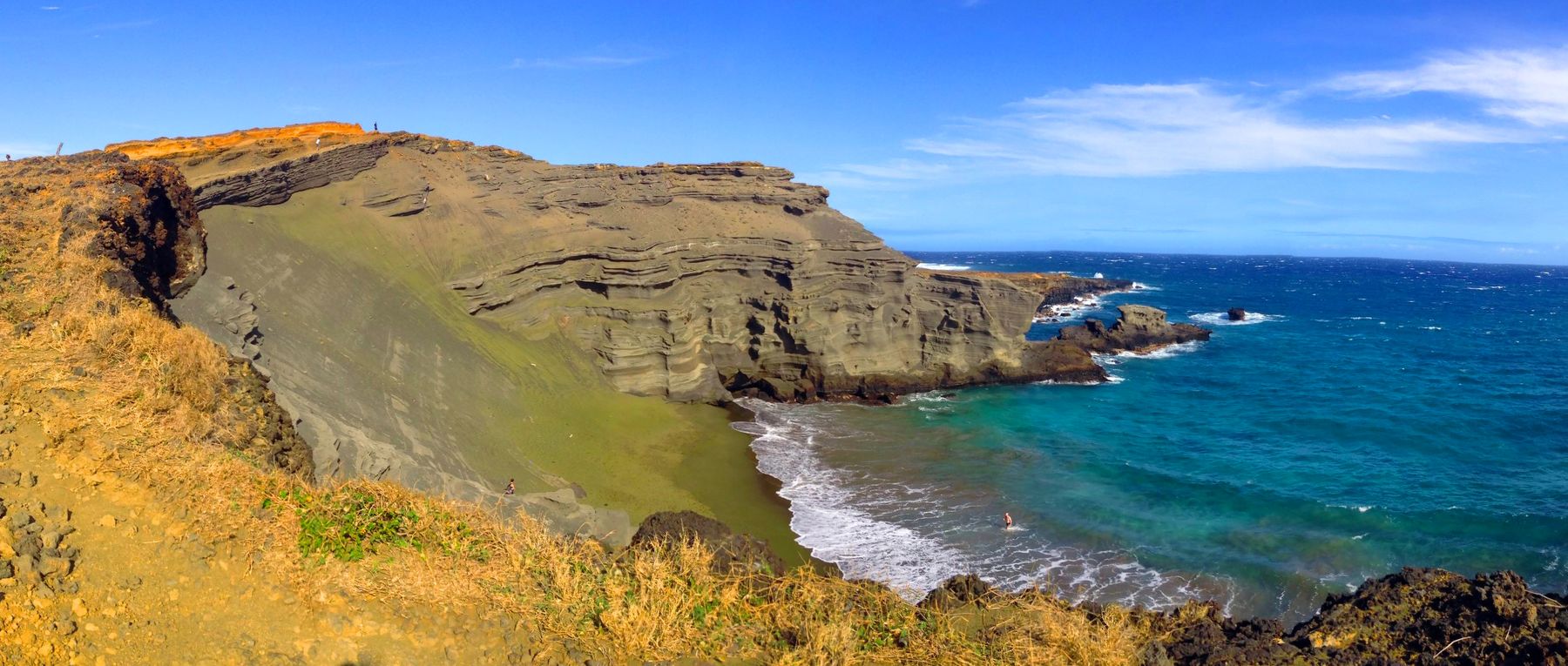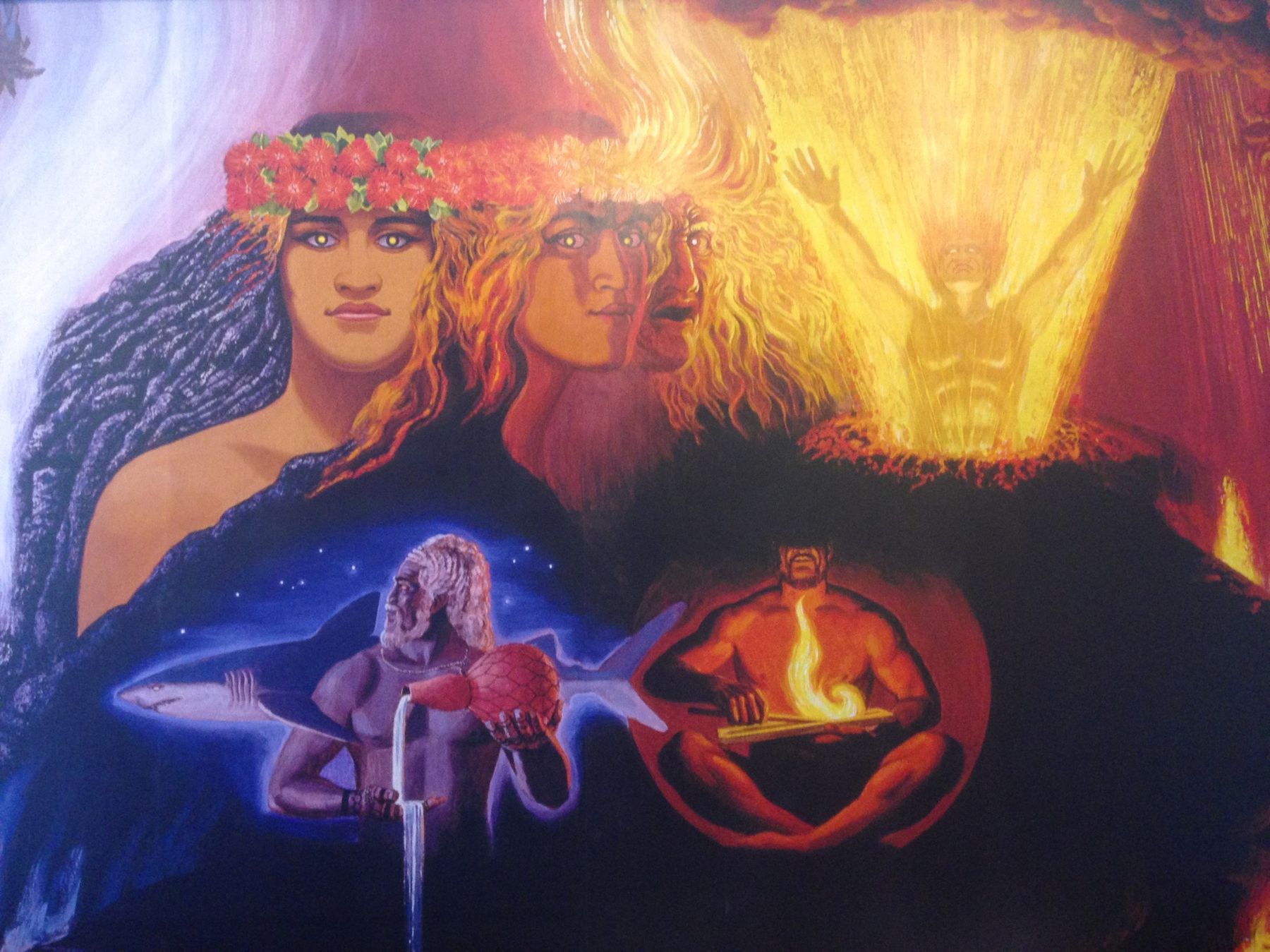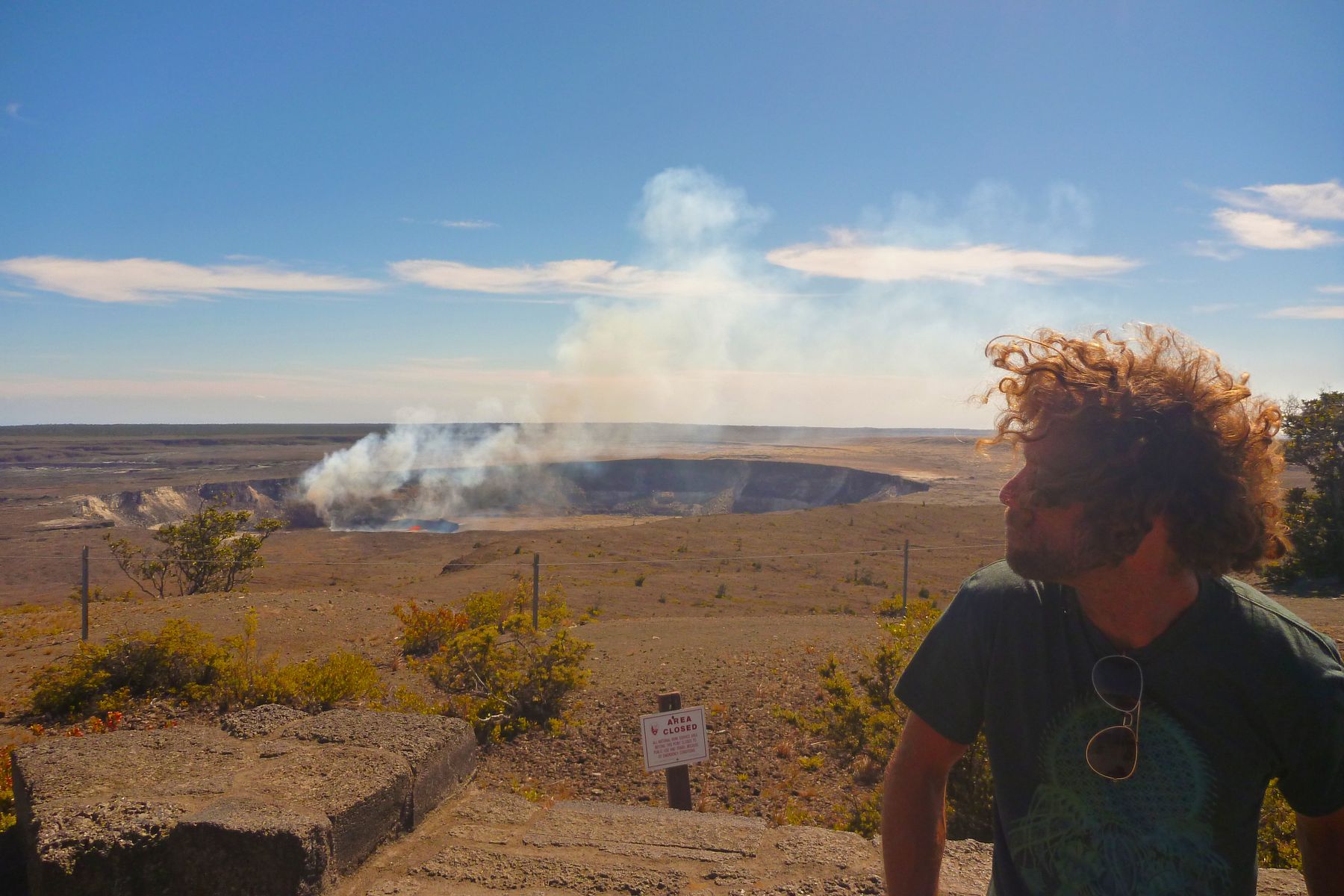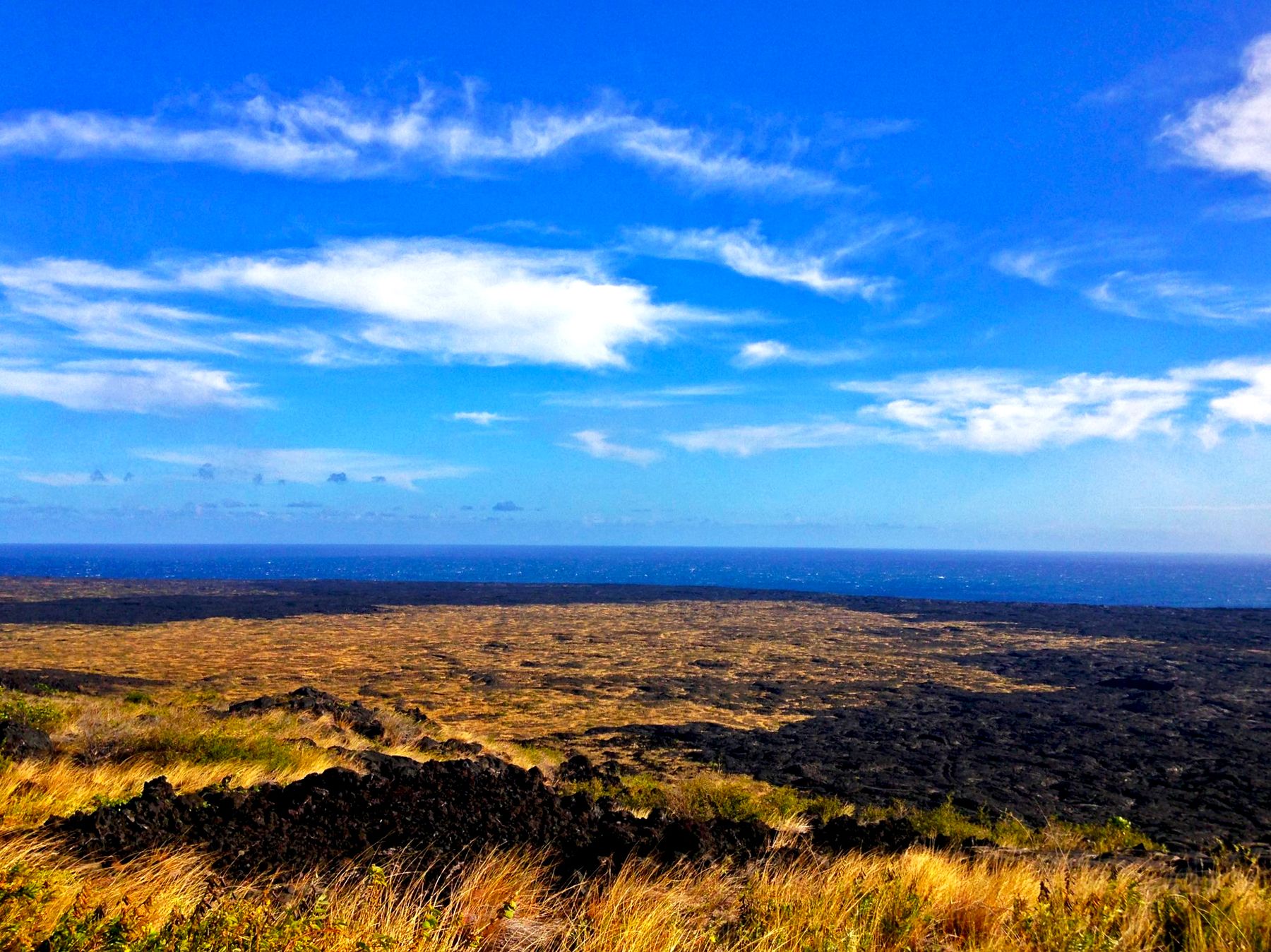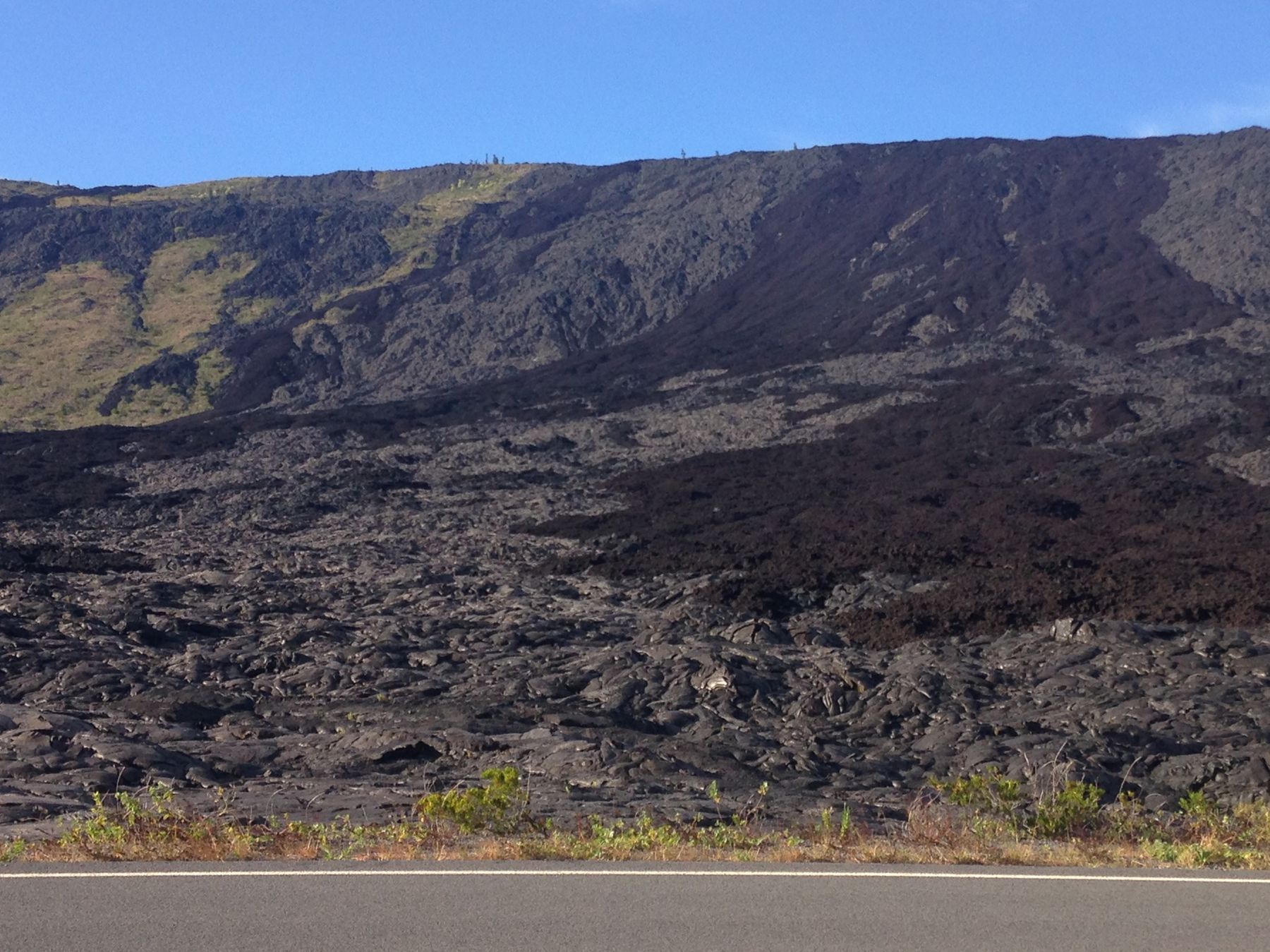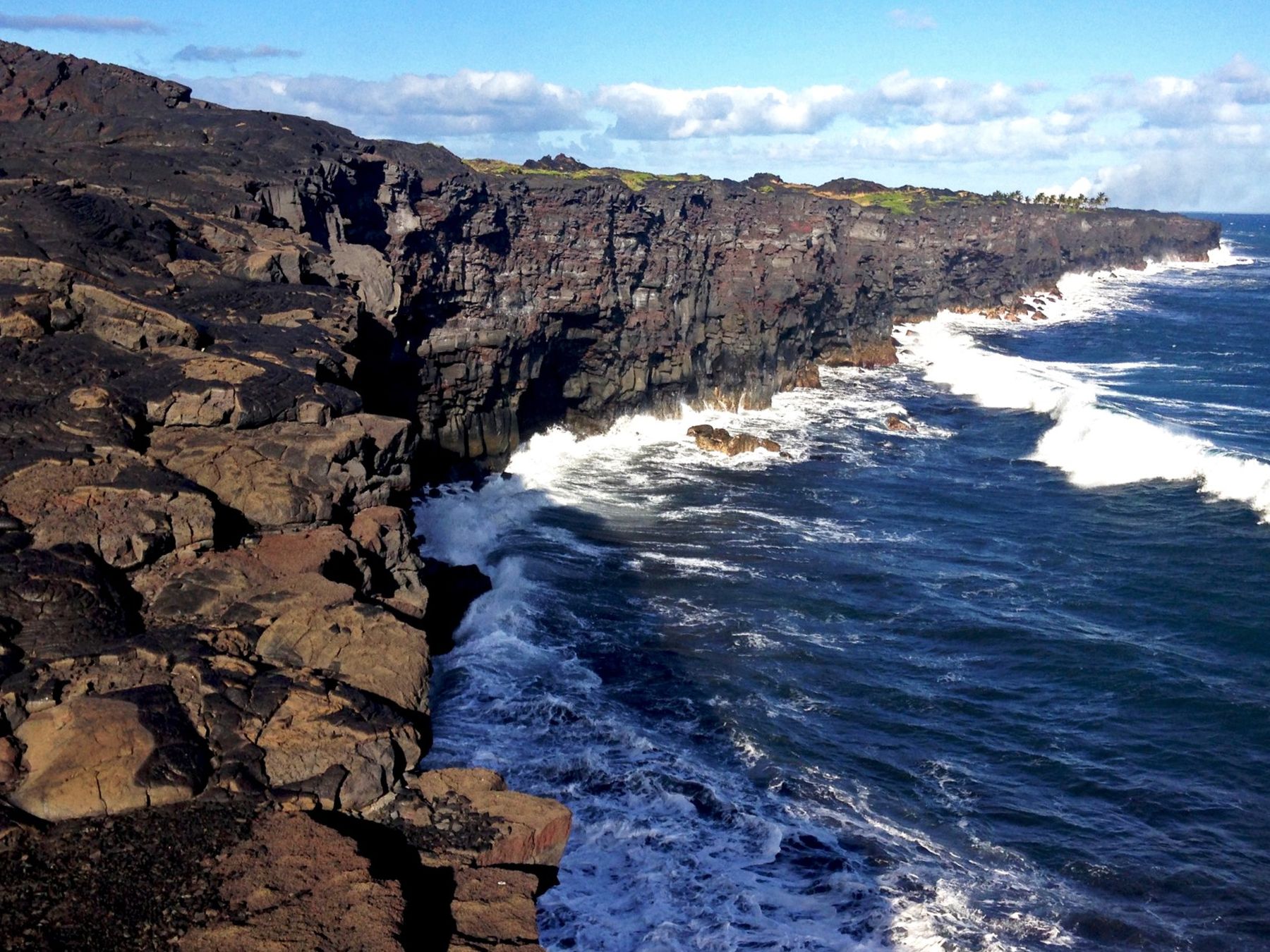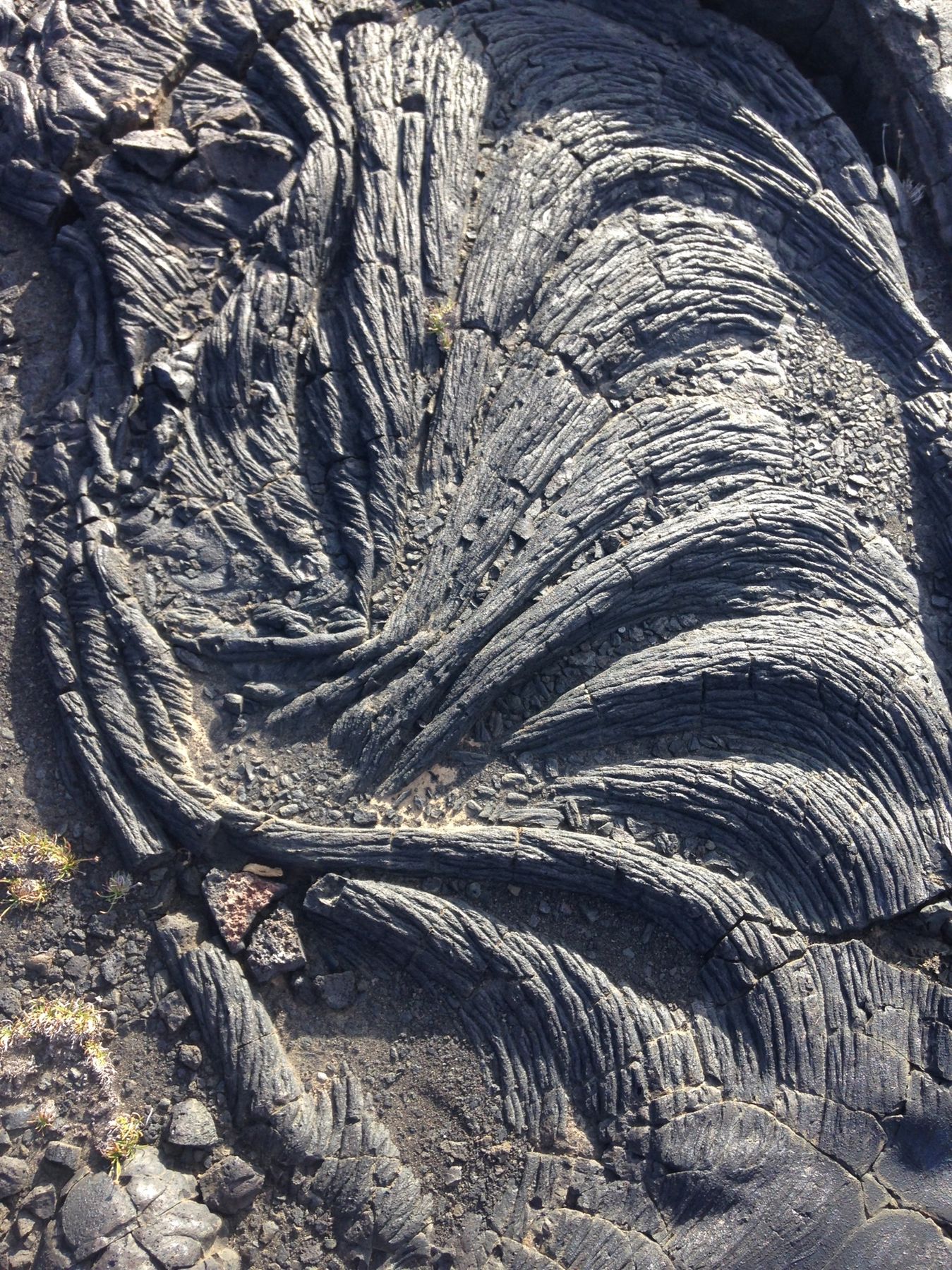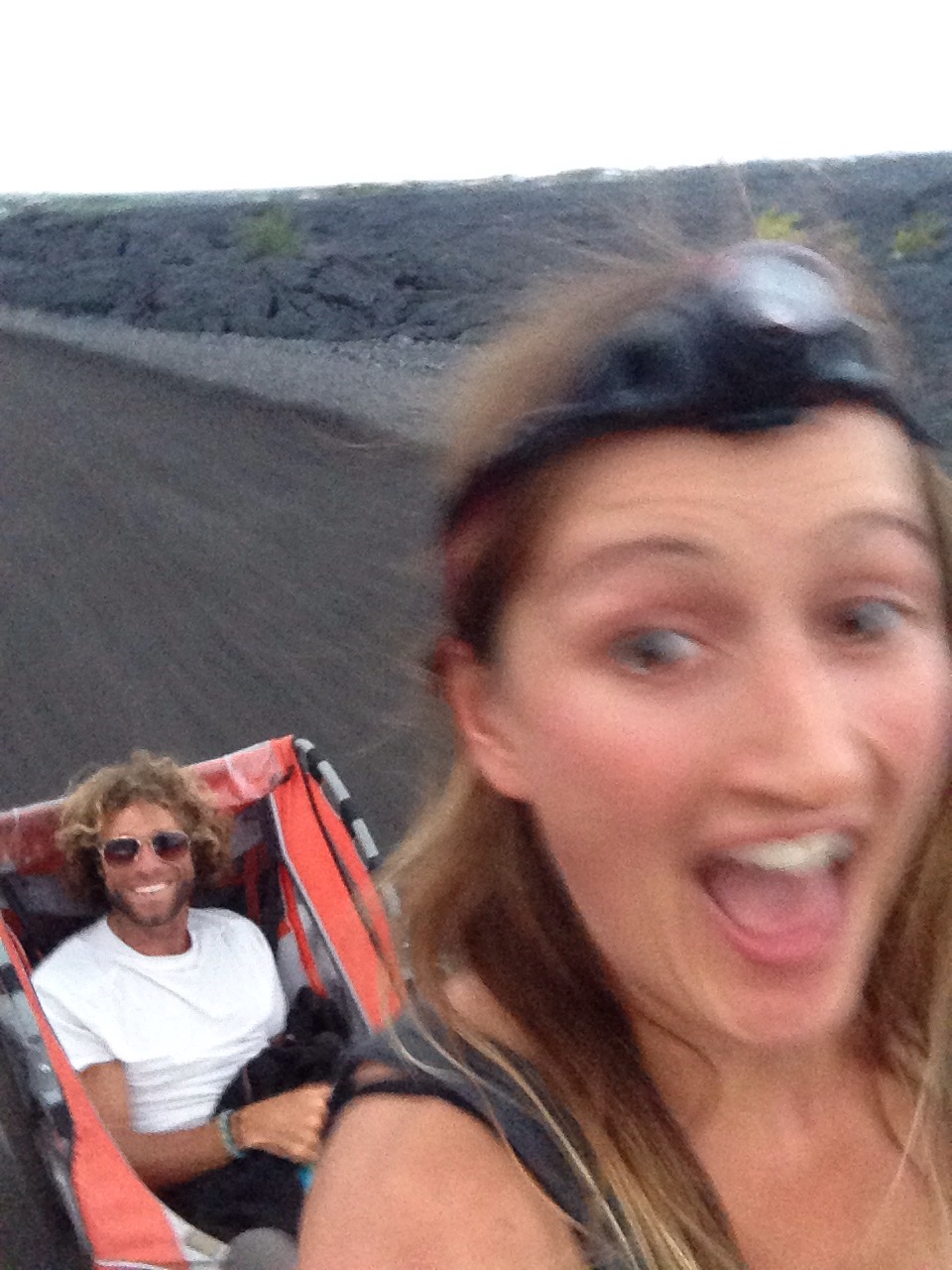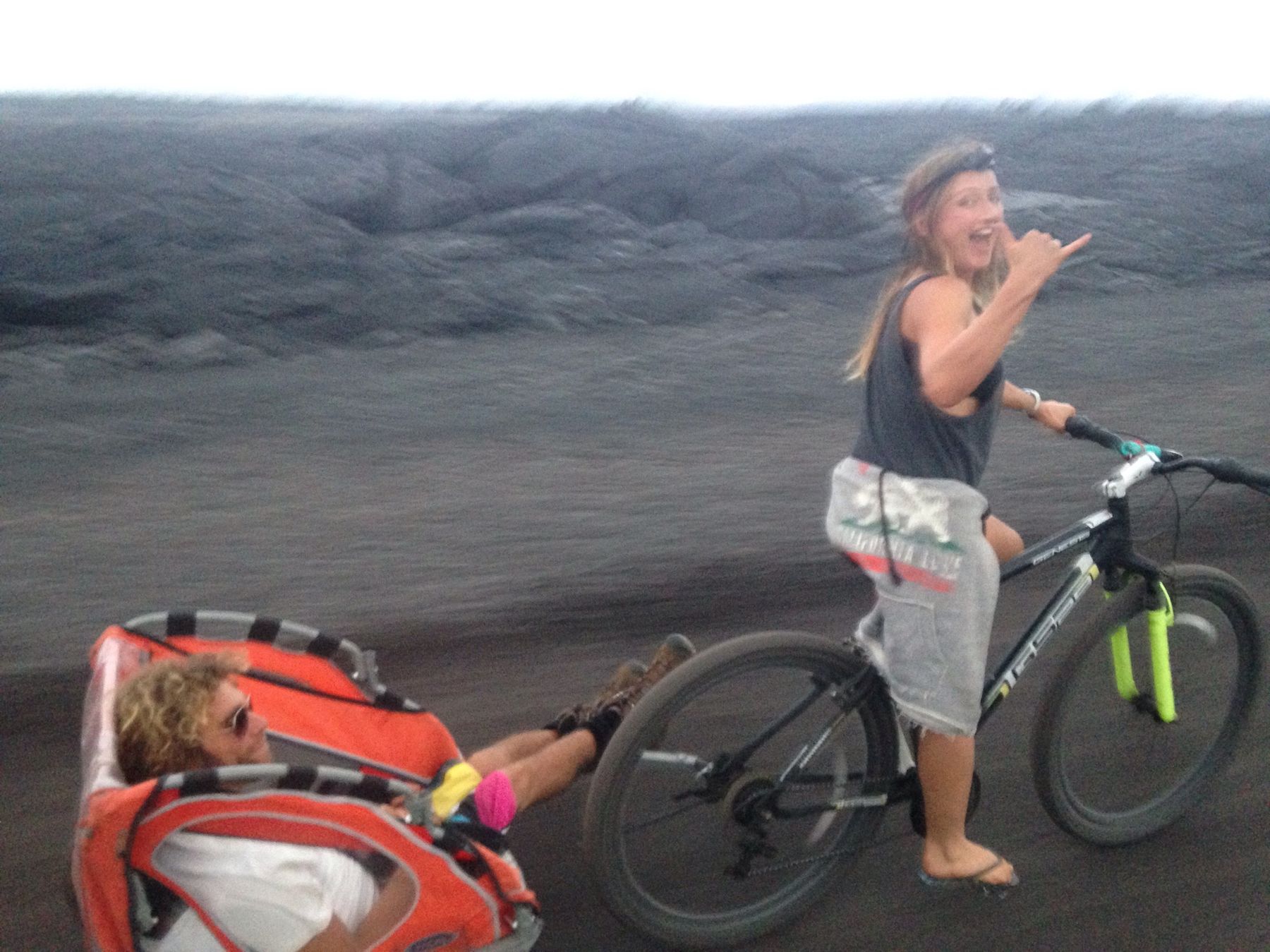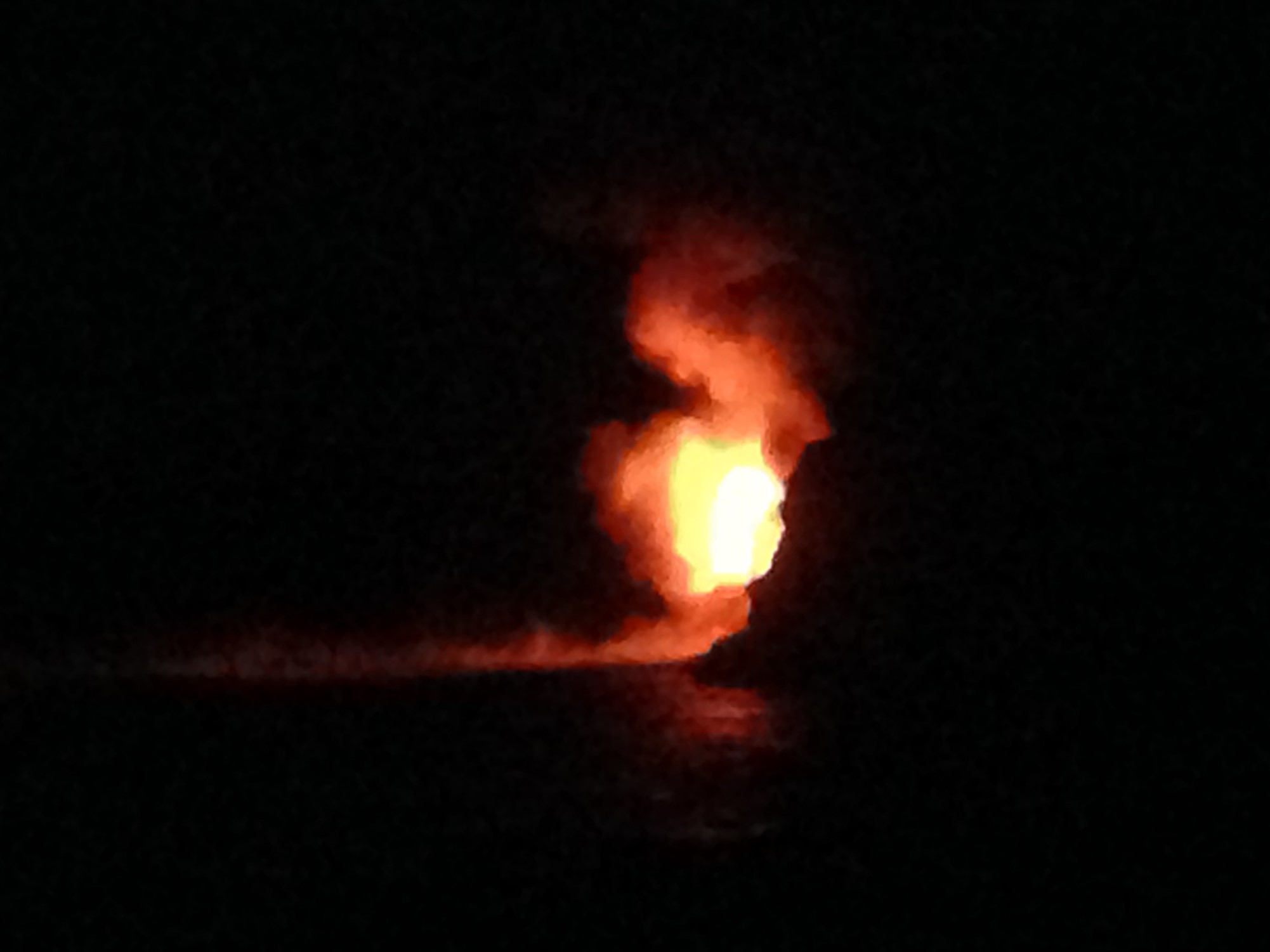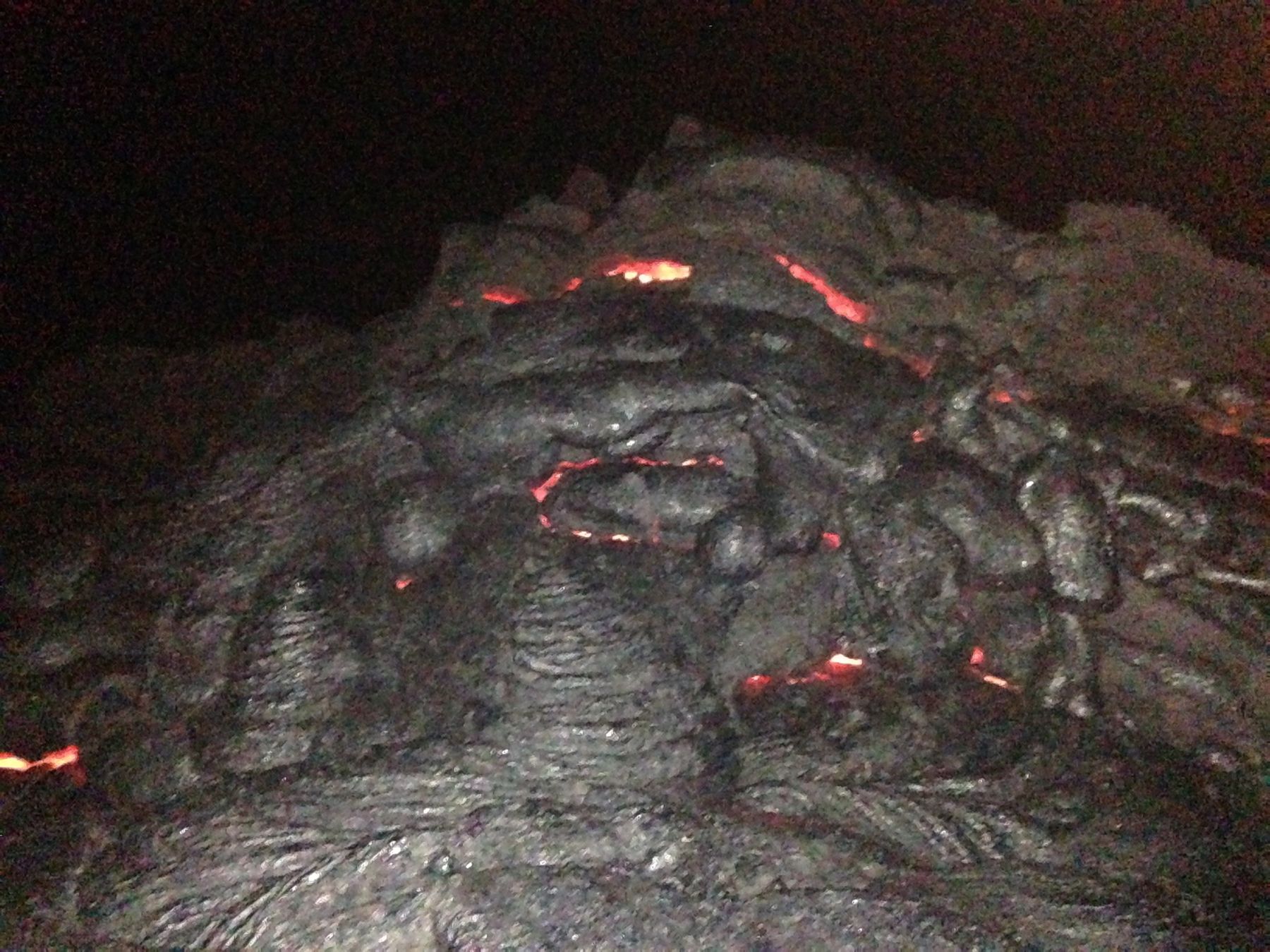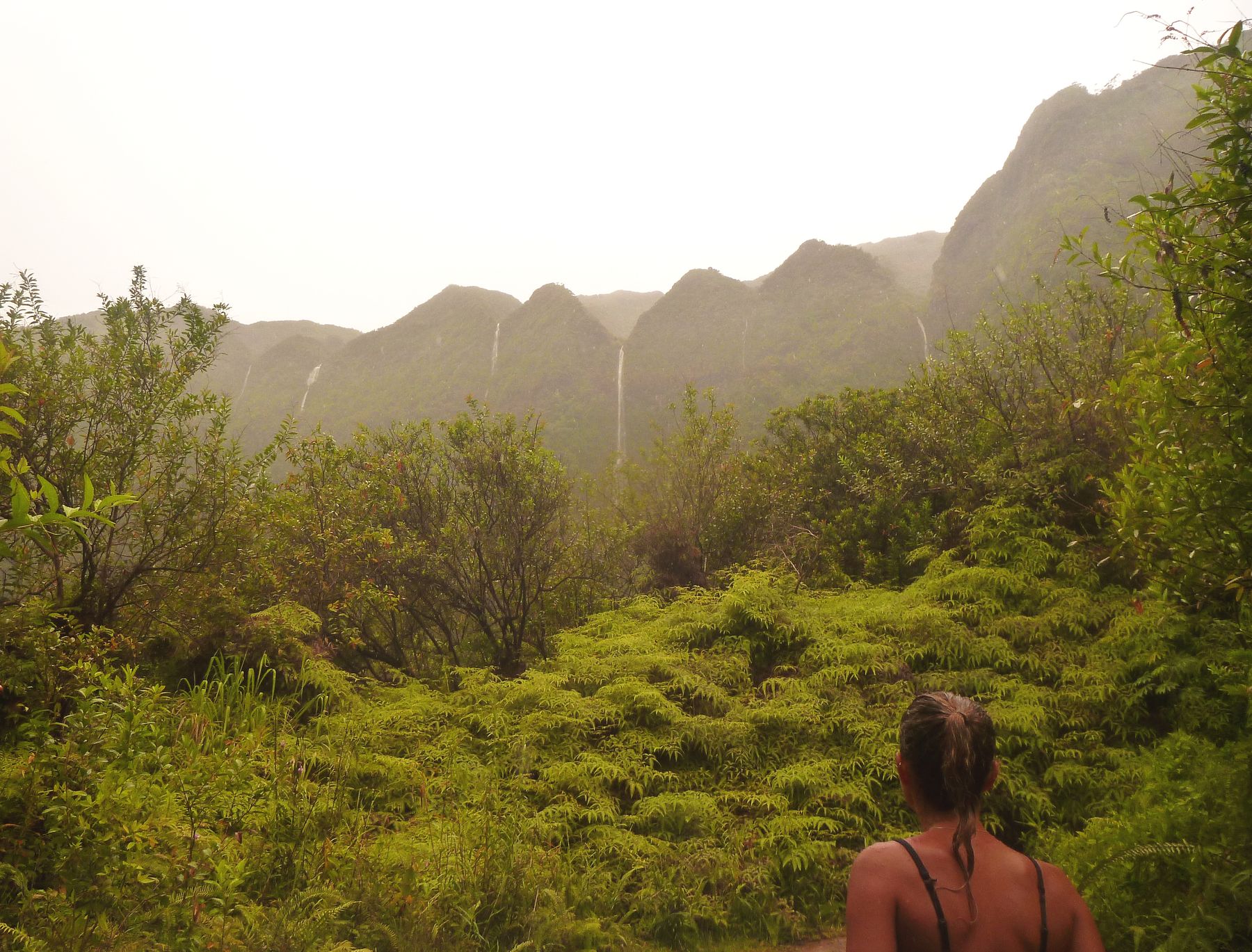
Climate Change 101
Climate change refers to a series of changes in our global climate that are currently occurring as a result of global warming due to the emissions of greenhouse gasses such as carbon dioxide (CO2) and methane (CH4).
To put it simply, the Earth receives energy (radiation) from the sun- this is why we see light and feel heat in the daytime. Most of the energy that comes from the sun to the Earth comes in the form of visible light, which travels in short wavelengths. The Earth’s surfaces (like land and water) absorb some of this energy and then radiate back longer light waves. These longer light waves, called infrared, are not visible to the human eye but can be measured using special instruments.
Back in the 1800’s, scientists figured out that if the Earth was absorbing the sun’s energy and then shooting it all back out to space, the Earth should actually be much cooler than it is today, so there must be something trapping some of this radiation on the Earth’s surface. What they later figured out was that the atmosphere of the Earth, which is composed of a number of gasses (N2, O2, CO2, H2O, CH4 and others), acts like a blanket by trapping heat within some of those gasses. They learned that gases like CO2, H2O, CH4 and others absorb infrared radiation and then emit it in different directions. Some of this heat does go back out to space, but some of it comes back to Earth, thus, making the Earth much warmer than it would be without an atmosphere. This is called a “greenhouse effect,” a term coined in the late 19th century, which implies that the Earth’s atmosphere traps heat much like the glass of a greenhouse traps heat.
* Take note that most of the radiation that comes directly from the sun is not absorbed by greenhouse gases, it is either reflected by surfaces like ice, or absorbed by things like land, water and living creatures.
The thicker the glass of a greenhouse, the better it will be able to trap in heat and the hotter it will get inside the greenhouse. The same thing applies to the Earth’s atmosphere. The thicker the atmosphere (meaning more molecules of CO2, CH4, H2O, etc.), the better it will be able to trap heat and the hotter the Earth will get.
Scientists have known about this effect for over a century, but today’s technology has allowed the scientific community to come to a general consensus that climate change is, in fact, happening, it is caused by the emissions of greenhouse gasses like CO2 and it is very much something that we need to be concerned about.
Some people may say, “Oh but climate change is still just a theory!” What they probably don’t understand, however, is that in science, a theory is not by any means the same as a theory in your day-to-day language. For something to be considered a scientific theory, it first needs to go through an enormous amount of scientific experiments made by many experts in many different fields. A scientific theory is not just something that scientists happen to “believe in,” it needs to be tested, observed and evaluated over and over and over again before it is considered a theory.
In fact, there is a group of thousands of volunteer scientists from all over the world that are dedicated to studying climate change to provide an objective scientific understanding of this theory. This organization is called the Intergovernmental Panel on Climate Change (IPCC), and every scientist involved is an expert in their field and offers their time and knowledge for free.
What does the IPCC do, exactly? Well, for one, they write big reports. They gather information from thousands of scientific papers and many different fields in science to give us a thorough understanding of what is actually going on with the global climate of our planet. There have been five assessment reports written by the IPCC since 1988. Each assessment report takes years to produce, it has to reach an agreement among hundreds of scientists, it is rigorously picked apart and questioned by governments and other agencies, and only indisputable facts are published.
This is an IPCC quote from the 5th assessment report:
“Human influence on the climate system is clear, and recent anthropogenic emissions of green-house gases are the highest in history. Recent climate changes have had widespread impacts on human and natural systems.
The atmosphere and ocean have warmed, the amounts of snow and ice have diminished, and sea level has risen.”1
You can read the full report here yourself.
So yes, climate change is, in fact, caused by humans. Primarily by industrial activities such as the burning of fossil fuels. “Fossil fuels” are basically just a bunch of dead plants and animals that have been cooked and compressed under the ground for millions of years, eventually turning into things like coal, gas or oil. Because this stuff was once alive, it contains stored energy (energy that it got from the sun a long long time ago) -that’s what makes it so great to burn! So when we burn this stuff, we release energy that’s been stored for millions of years. This dead stuff also contains a lot of CO2, so when we burn fossil fuels, we release CO2 that’s been trapped under the ground for millions of years. The more we burn, the more CO2 we emit, the thicker that greenhouse glass will get, and the hotter it will get inside our greenhouse (meaning, on Earth). CO2 accounts for about 80% of all greenhouse gases and the concentration of CO2 in our atmosphere has increased by about 45% since the start of the Industrial Revolution (from about 280 parts per million (ppm) in 1750 to about 413 ppm today).
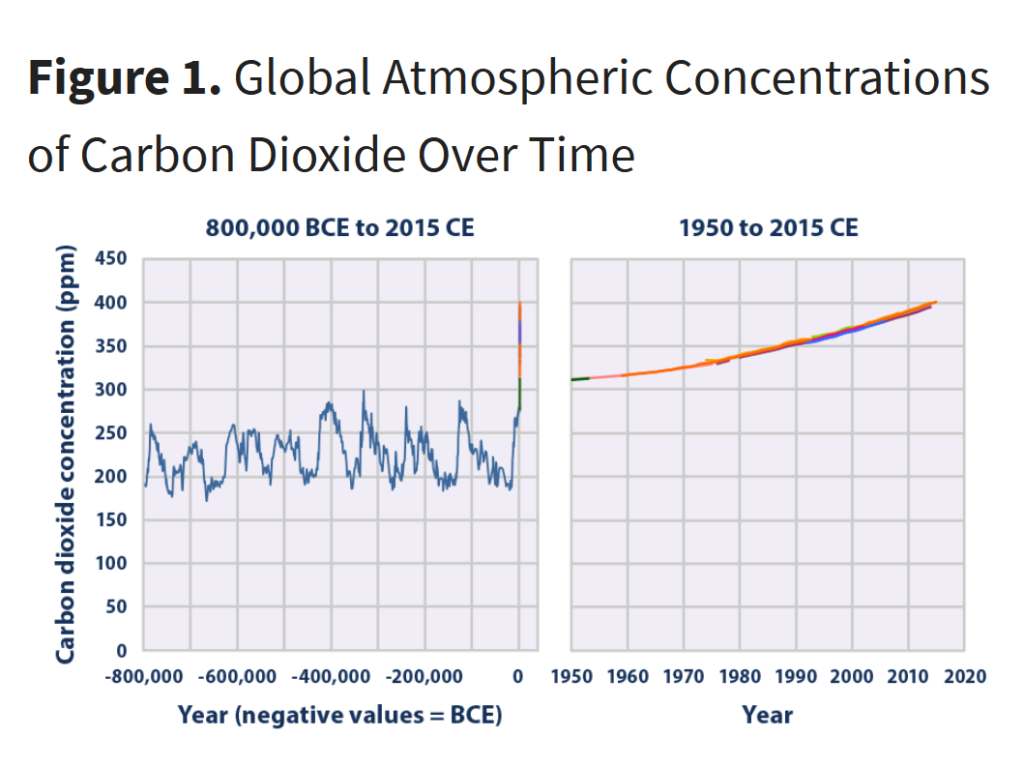
You can see on the chart above that we haven’t seen such high levels of CO2 in our atmosphere for over 800,000 years. That’s a long time. So clearly, there has been an extremely fast jump in the concentration of CO2 in our atmosphere in the last 150 or so years.
What does history tell us about such rapid changes in CO2 levels?
Well you may know that life on Earth did flourish even when the global climate was much warmer and there were high levels of CO2 in the atmosphere, such as during the Jurassic or Cretaceous period. However, it is important to understand that this flourishing life had millions of years to adapt to such warm climate. Abrupt changes in climate, on the other hand, have caused mass extinctions.
You see, Earth, in a way, is like an aquarium in the vast universe. Everywhere else that we know of is too cold or too hot for us to walk around comfortably (plus, there’s a bit of an issue with gravity, oxygen, pressure, intense radiation and much more). Think about fish in an aquarium. They live just fine in their atmosphere as long as the temperature and composition of their water is stable and they have enough to eat. If you very slowly increase or decrease the temperature of their water tank, the fish will probably survive, especially if they continue to reproduce and their offspring have enough time to adapt to these gradual changes. But if you pour a lot of very hot, very cold or acidic water into their tank in a very short amount of time, they will probably die. They will also die if you stop feeding them and they don’t find any other food to eat.
That’s basically how mass extinctions work. Some kind of event (whether an asteroid, volcano, plant and/or something else) triggers a change in the balance of our atmosphere and that quickly changes the composition of our Earth-aquarium. Life that isn’t able to adapt to these changes fast enough dies out. When one species goes extinct, this affects other species who depend on that extinct species for food, habitat or something else. So when a change in climate causes one species to go extinct, this can cause a domino affect that kills off many other species in the food web.

The most catastrophic mass extinction the Earth has seen so far, the Permian-Triassic extinction, happened about 251 million years ago and wiped out about 95% of all living species. There are several theories about why this extinction occurred, but it was most likely triggered by great volcanic eruptions that filled the atmosphere with ash, debris and gasses such as an enormous amount of CO2. This would have initially caused global cooling as ash and debris blocked off sunlight from entering the atmosphere, and would have followed up with global warming as a result of the release of tons of CO2. There is evidence that the average global temperature increased by at least 5°C, triggering a snowball effect when rising ocean temperatures caused the released of methane from the seabed into the atmosphere, raising the temperature even more, causing anoxia, the acidification of the ocean and a runaway greenhouse effect.2,3,4,5 Methane is a powerful greenhouse gas that absorbs heat more than 25 times better than carbon dioxide. 6
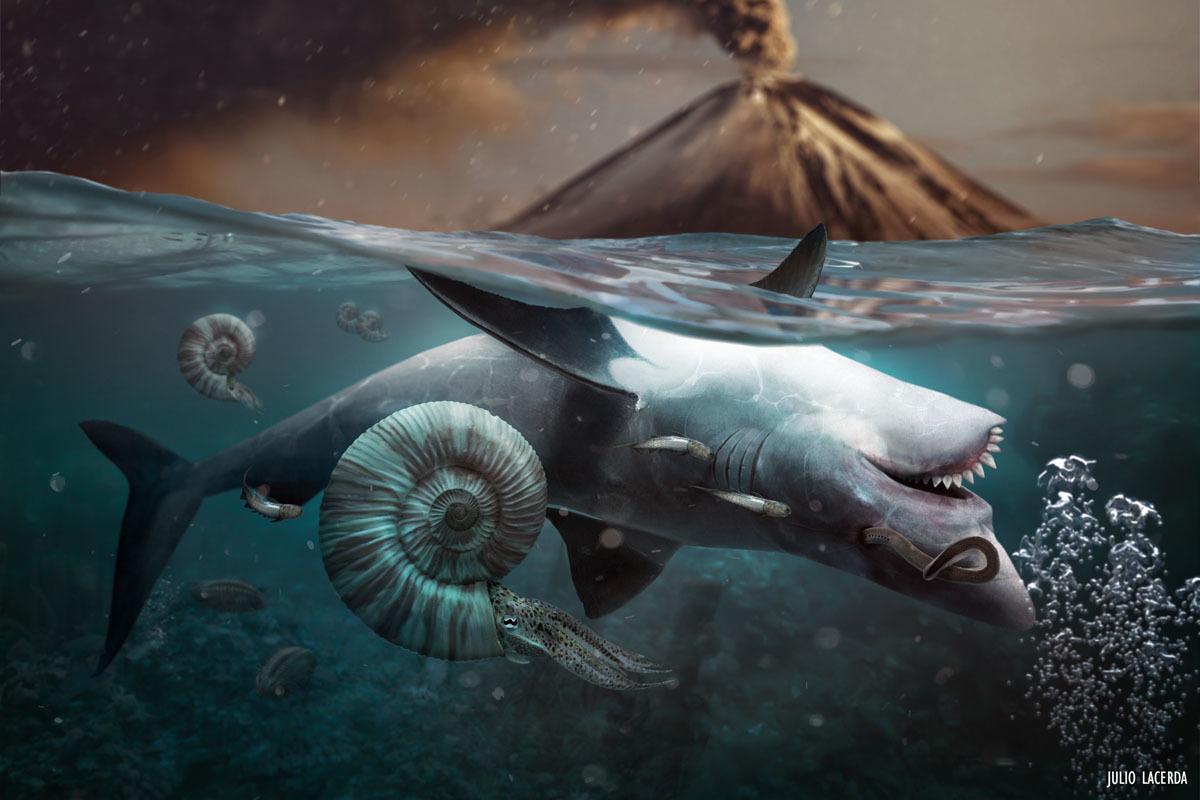
* Note that the Permian-Triassic extinction probably happened in the course of about 100,000 years (which is considered to be extremely fast on a geological timescale) and it’s possible that the runaway greenhouse affect that led to the extinction was triggered by only a 5°C global average temperature rise.
And guess what’s going on today?!
We’ve managed to imitate these gigantic volcanic eruptions by releasing 2.2 trillion tons of CO2 into the atmosphere (just for comparison, today’s volcanoes release 260 million tons annually), raising the average global temperature by about 1°C in less than a century, and consequently setting off some of those “snowballs” that took off during the Permian-Triassic extinction. There’s another name for this type of “snowball effect,” actually, it’s called a “positive feedback loop” and we’re already witnessing a number of these loops start to take affect today. I’ll briefly mention just 3 (there are countless more).
Positive Feedback Loops
1. Water vapor is a greenhouse gas, therefore, the more water molecules there are in the atmosphere, the better the atmosphere will be able to absorb heat; so adding more water to the atmosphere is kind of like adding more layers of glass to your greenhouse.
From basic physics, we know that when the temperature rises, more water evaporates. Since we’ve caused the global average temperature to rise, we’ve also caused more water molecules to evaporate from oceans, rivers, lakes, etc. into the Earth’s atmosphere. Since these extra water molecules are able to absorb more heat, they will make the atmosphere hotter; when the atmosphere gets hotter, more water will evaporate; the additional water vapor will hold even more heat and will make the atmosphere even hotter, causing more water to evaporate, causing the atmosphere to absorb more heat and get even hotter, causing more water to evaporate…. You get why it’s called a feedback loop?
Studies show that water vapor feedback has the potential to double the amount of warming caused by CO2.
2. You’ve probably heard about the ice caps melting, right? Well, this isn’t only a problem for polar bears, it’s pretty bad for us and most other living creatures as well. You see, ice reflects sunlight (the thing that heats up our planet), so the more ice there is on our planet, the more heat will be reflected back out to space, and the less will be absorbed by our oceans and atmosphere. But when ice melts, it leaves in its place either land or water, both of which absorb heat. So melted ice not only loses its capacity to reflect sunlight, but the land or water in its place will absorb heat instead. More heat absorbed by newly exposed land and water will lead to a hotter atmosphere, which will lead to more ice melt, which will lead to more exposed land and water that absorb more heat, leading to a hotter atmosphere, melting more ice, exposing more land and water that absorb more heat, leading to an even hotter atmosphere, melting more ice… You get it?
That’s why warming in the arctic is happening at least twice as fast as in the rest of the world, and why we’ve lost about 75% of arctic sea ice in the last 4 decades.7 At our current rate of emissions, summer sea ice in the Arctic is projected to essentially disappear in the next 20-25 years.8
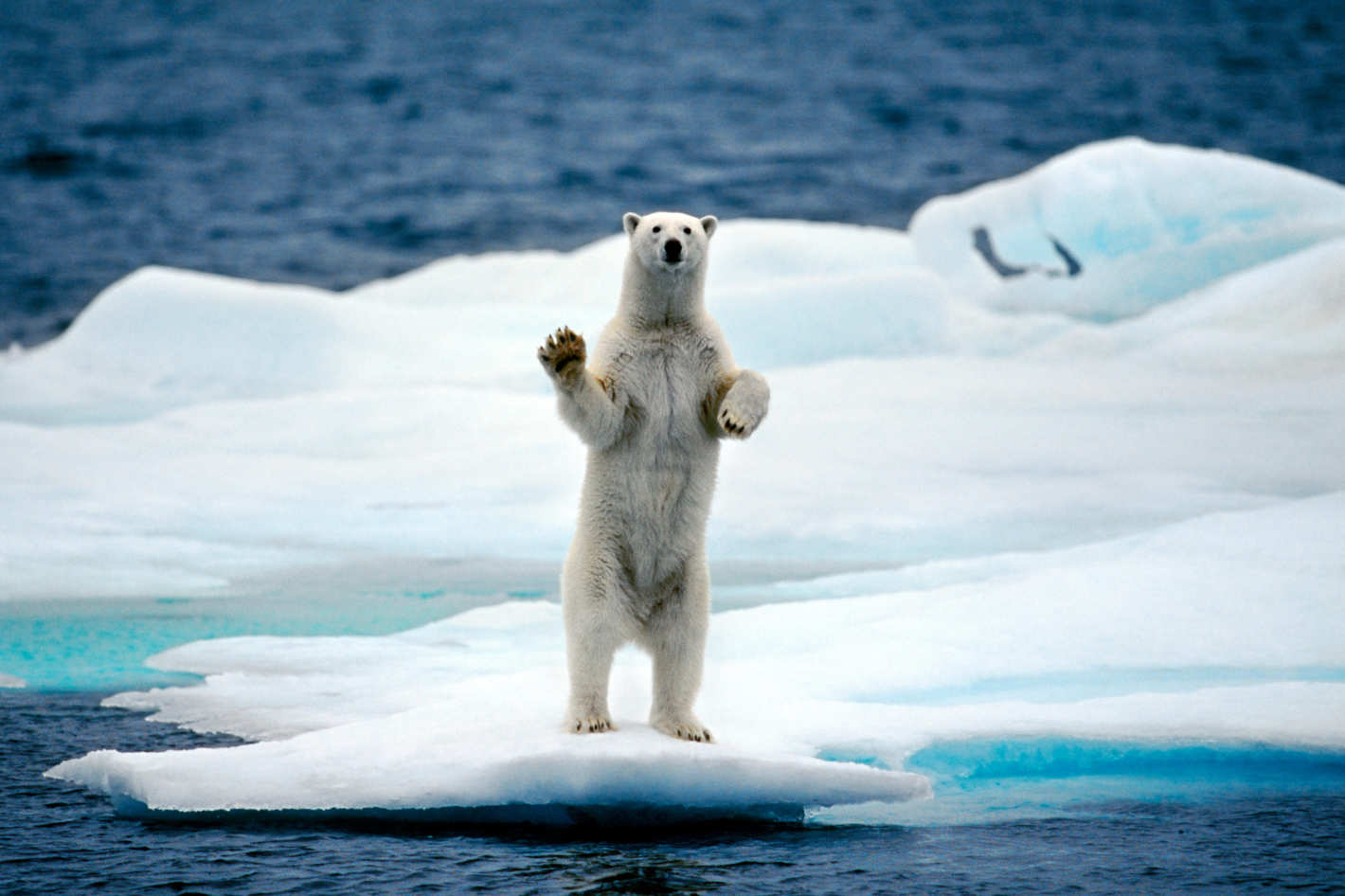
3. Remember that thing I said about triggering a huge release of that super potent greenhouse gas, methane, during the Permian-Triassic extinction?
Well guess how much methane is in the atmosphere now!?
– According to these people it’s about 5 gigatons (billion tons).
And guess how much methane is trapped in the East Siberian Arctic Shelf?!
– Probably somewhere between 500 and 5000 gigatons. That’s up to 1000 times the amount of methane that’s in the atmosphere!
And guess what will happen when temperatures rise in the arctic?
– That’s right, this methane will be released, and so will other enormous amounts of methane and CO2 trapped in the permafrost (permanently frozen ground) that covers about 25% of the northern hemisphere’s land area. This happens because when temperatures rise, permafrost thaws and the methane trapped in the permafrost gets released into the atmosphere. Once the methane is in the atmosphere, it will be able to trap heat much more efficiently than CO2, so it will have the capacity to make the atmosphere much hotter, much quicker. A hotter atmosphere will cause more permafrost to thaw, releasing more methane and causing a dangerous positive feedback loop.
This is just starting to happen, and because climate models are not yet sophisticated enough to include abrupt permafrost thaw, the potential release of methane is not included in our current predictions of climate change. 9
So what does all of this mean?
Are the seas going to boil up?! Are we all going to die from heat strokes?!
Well, not exactly. More likely, we’ll experience more frequent, fiercer and longer-lasting natural disasters such as hurricanes, snowstorms and floods (fed by an increase of water in the atmosphere), heat-waves, droughts and wildfires (when the average temperature is hotter, heat-waves will be even hotter, and droughts and wildfires will be stronger), and other not-pleasant weather-related phenomena. Such natural disasters will devastate natural habitats and infrastructure, and will force millions of people to migrate. Living creatures that aren’t able to migrate or adapt to the changes in their habitat fast enough will be wiped out; that includes many unique and threatened species of plants and animals. The extinction of one species can have a domino effect on other species, causing a dramatic impact on food chains and entire ecosystems.
Natural disasters and a general change in the climate of a particular area can also alter the area’s crop-growing capabilities. And what happens when lots of crops fail? – Famine! Migration! And sometimes, war!
The number of climate-related disasters has already more than tripled since 1980 and will very likely continue to rise and intensify as the average global temperature rises.
Another phenomenon that we’re already experiencing, and will experience more and more of as the Earth warms, is sea level rise.
Sea level rises because when water gets hotter, it expands, and also because gigantic hunks of ice are melting from the land and going into the ocean. Sea level is currently rising at a rate of 3.4 millimeters per year, but since the rate of melting ice shelves and glaciers is accelerating, so is the rate of sea level rise. If this current pace continues, sea levels are projected to rise by 65 centimeters or more by 2100. 10
This will be destructive for many cities and coastal regions, causing habitat loss for many plants, fish, birds and other creatures such as humans. Sea level rise can cause flooding, destructive erosion, powerful storm surges, salt contamination of aquifers and agricultural soil, and more.11 Cities such as Venice, Miami, Shanghai, Mumbai and hundreds of others will be affected by sea level rise. Countries like Bangladesh (population 163 million) and Indonesia (population 271 million) are already affected.
If all the ice from glaciers and ice sheets melted, the sea level would rise by over 65 meters (216 feet)! This is what an ice free Earth would look like. Some scientists say that it would take over 5,000 years to melt all of our planet’s ice, but if we continue to indiscriminately burn all of the Earth’s fossil fuels, it very well could happen. This would wipe out London, New York, Tokyo, Hong Kong, Baghdad, Buenos Aires, Bangkok, thousands of other cities, the entire state of Florida, and entire countries like Bangladesh, the Maldives and the Netherlands. 12
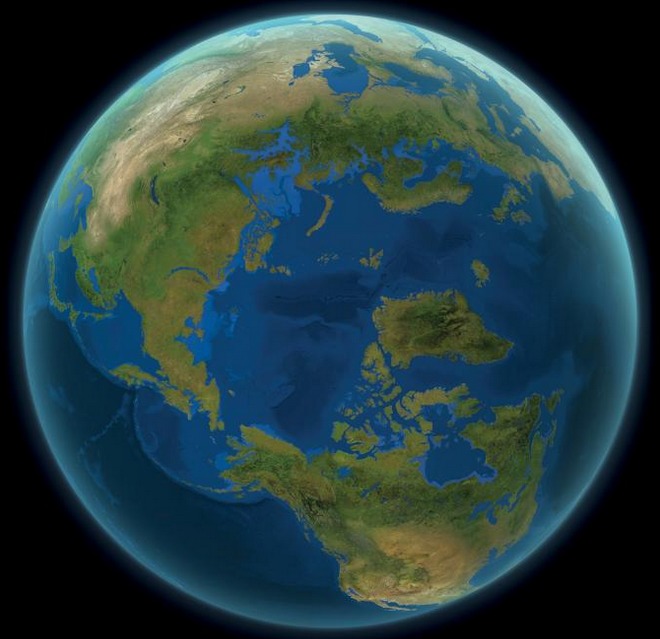
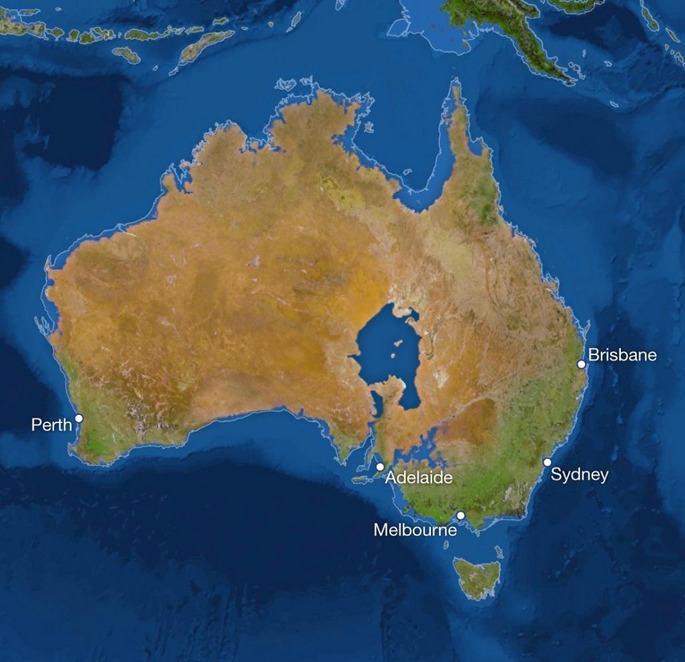
Speaking of the ocean, did you know that about 30% of the CO2 that we pump into the atmosphere is absorbed by the ocean? And do you know what happens when the ocean absorbs a lot of CO2?
Due to a series of chemical reactions, ocean water gets more acidic (you know, like lemon juice). When the ocean gets more acidic, this affects marine life such as clams, oysters, crabs, coral reefs, many types of plankton and other “calcifiers” because it makes it difficult for them to form shells and stony skeletons. With enough CO2 in the ocean, the shells of these organisms can even dissolve. Since coral reefs provide habitat for a quarter of the world’s fish and plankton are the food of many small fish that are eaten by medium-sized fish, that are eaten by large fish, that are eaten by seals, sharks, humans and their cats, you can probably imagine that losing the foundation of this food chain and ecosystem would be quite disastrous. This will have a huge negative impact on entire ocean ecosystems as well as on the 2 billion people who eat seafood as their main source of protein,13 not to mention all of those people who depend on the seafood industry to make a “living.”
As of now, about 60% of the world’s coral reefs are heavily threatened. If we somehow manage to halt global warming at a 1.5°C rise, we will probably lose about 70-90% of coral reefs by 2100. If we manage to halt global warming at a 2°C rise, we will probably lose more than 99% of our reefs.14 Unfortunately, at the rate we’re burning fossil fuels now, it’s likely that the average global temperature will rise by 3.5°C or more by the end of the century.15

The great thing about the ocean is not only that it has absorbed a lot of excess CO2, but it has also absorbed about 90% of the extra heat that’s been trapped by human-generated greenhouse gasses. As a result, the world’s corals are also bleaching.
Half of the Great Barrier Reef is already dead. And unfortunately, phytoplankton are also very sensitive to heat. Phytoplankton are incredibly important not only because they are the base of the marine food chain, but also because they perform photosynthesis and absorb about as much CO2 from the atmosphere as the world’s forests, making the ocean a very important carbon sink.16 So the more phytoplankton we lose, the more CO2 will remain in the atmosphere, the hotter it will get, and the more phytoplankton we will lose, the more CO2 will remain in the atmosphere, the hotter it will get, and the more phytoplankton we will lose … Sound like a positive feedback or what?
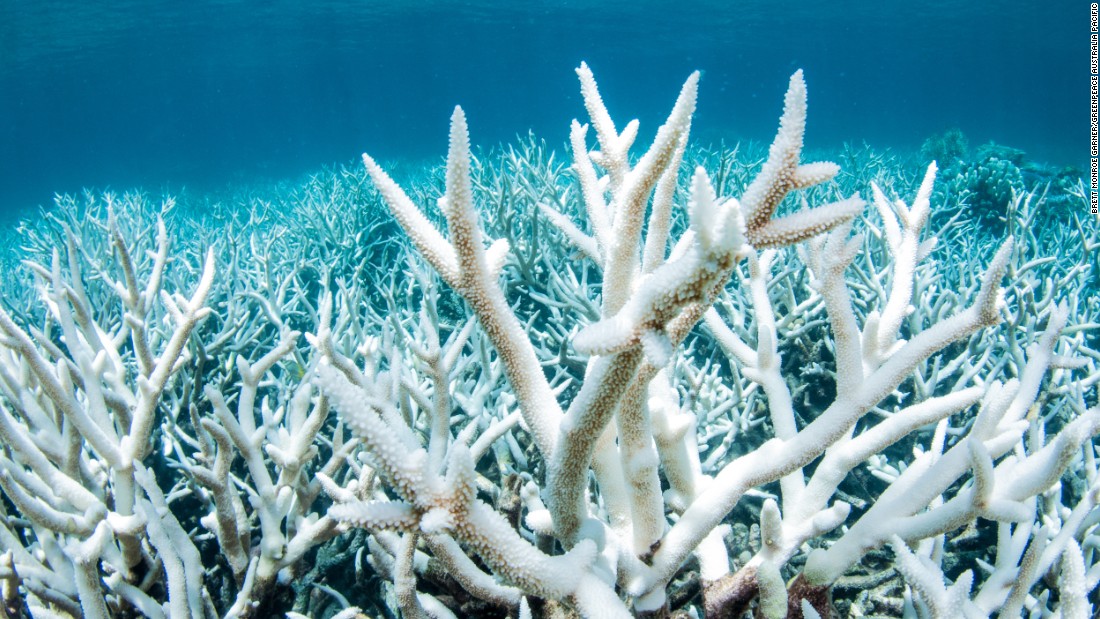
I’ll mention just one more potential climate change disaster, and then we can move on to today’s “solutions” and why they don’t work :).
Ever hear of the great conveyor belt of the ocean? (Technically termed the thermohaline circulation). It’s basically a giant circuit of currents that loops around our planet’s oceans, bringing warm water to the colder parts of our planet and cold, nutrient-rich water to the warmer parts. This on-going oceanic circulation is very important because it regulates our planet’s weather. This is actually the reason that it is so warm on the west coast of Europe even though Europe is located at the same latitude as the northern US and Canada- because the Gulf Stream (one part of the conveyor belt) brings warm water from the gulf of Mexico, across the Atlantic and towards Europe. Without this conveyor belt, weather would be much different in western Europe and many other parts of the world.

Another thing that would be different without this conveyor belt is life in the ocean. These great ocean currents are critical to marine life because they circulate oxygen around the oceans and bring essential nutrients from the depths of the oceans to the surface. This happens because cold water absorbs nutrients better than warm water and because there are a lot of nutrients (from dead, sunken organisms) at the bottom of the ocean. So it’s important that cold water currents bring these nutrients to the surface because living creatures like plankton depend on them. Without these nutrients, plankton and many other microorganisms wouldn’t be able to survive in the great quantities that they live in today. …And we already know what happens when a lot of plankton die, so let’s not go back there again.
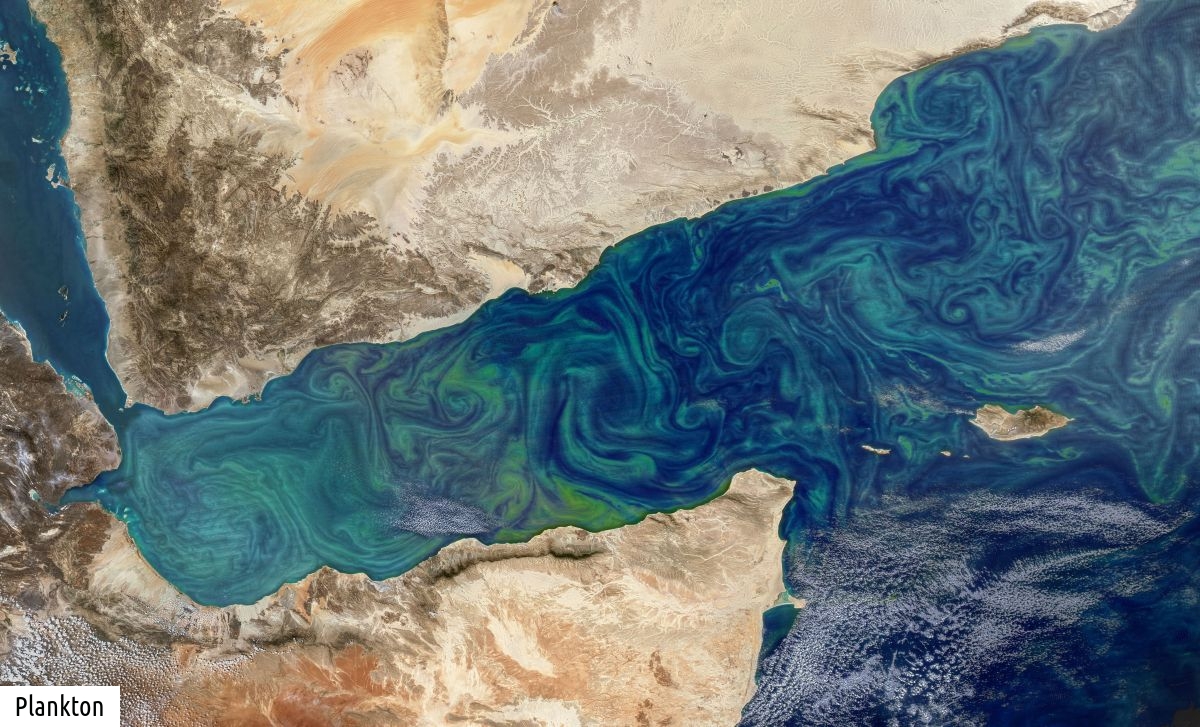
Now that we know how important the thermohaline circulation is, lets go over how it functions. Basically, it works like this: wind currents drive surface water from the equator towards the poles. Once this warm water reaches higher latitudes, it cools down. At the poles, some of the water freezes and leaves behind salt (making non-frozen water saltier than before). Colder and saltier water is more dense than warmer, less-salty water, so it sinks- this drives the movement of deep water ocean currents. Once this water reaches lower latitudes, it gains heat and moves up towards the surface of the oceans, bringing nutrients with it. So in short, deep-water ocean currents are driven by differences in temperature and salinity. Without enough cold, salty water, the global ocean conveyor belt would shut down. If the conveyor belt shut down, it would cause a mass extinction in the ocean and crazy, unpredictable weather above the ocean.
Right now, scientists aren’t exactly sure whether human-driven climate change will cause the thermohaline circulation to shut down, but what they do know is that the Arctic is warming two to three times faster than the world average, sea ice and the polar ice sheets are melting at an alarming rate (adding light fresh water to dense, salty water), and that the Atlantic meridional overturning circulation (one part of the conveyor belt) has slowed down by about 15% since the mid 1900’s.
In general, there are a lot of uncertainties about how fast (or whether) some of these apocalyptic events might unfold, but what scientists are quite sure of is that the more greenhouse gasses we pump into the atmosphere, the faster these scenarios will approach us, and the worse they will get.
Today’s “Solutions”
Now let’s take a look at what humans are trying to do to solve this global climate change problem:
In 1992, some of our planet’s tribes signed an international treaty called the The United Nations Framework Convention on Climate Change (UNFCCC) (informally known as the Rio Earth Summit), which was an agreement with suggested limits of greenhouse gas emissions for each “country” that signed the treaty. The agreement was non-binding (not enforced by law) and did not include penalties. The objective was to “stabilize greenhouse gas concentrations at a level that would prevent dangerous anthropogenic (human induced) interference with the climate system.” (source) Today, there are 197 tribes involved in this agreement, and each year, they get together for international climate change conferences to assess the world’s “progress.”
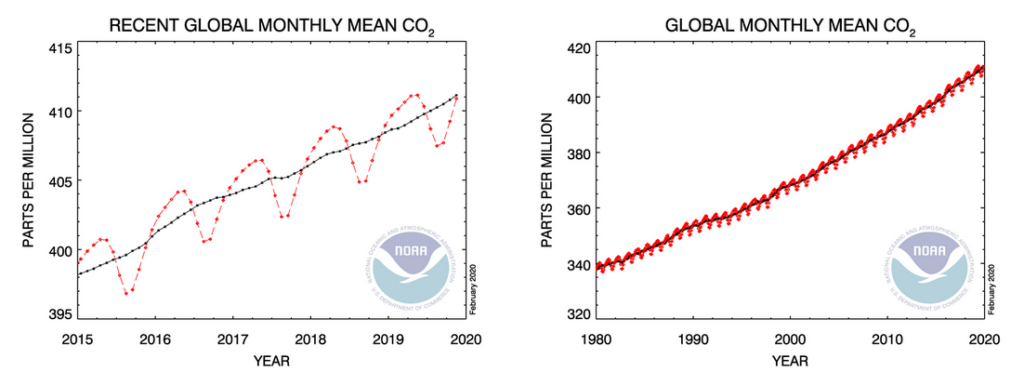
In 1997, some tribes signed another treaty called the Kyoto Protocol. This treaty was linked to the UNFCCC but this time the agreement was legally binding (with penalties) and established obligations for developed countries to reduce their greenhouse gas emissions between the years of 2008-2012. One part of the agreement included an emissions trading scheme. There were no binding targets or penalties for developing countries such as China and India, and the US chose not to participate in this agreement. Together, those three tribes make up for more than half of all global greenhouse gas emissions. Canada later withdrew from the agreement because restricting oil production posed a financial threat to their economy. Although a few countries did manage to reduce their emissions, many simply paid their penalty fines and continued “business as usual.” Globally, greenhouse gas emissions increased by 35% from 1990 to 2010. The agreement was extended until 2020.
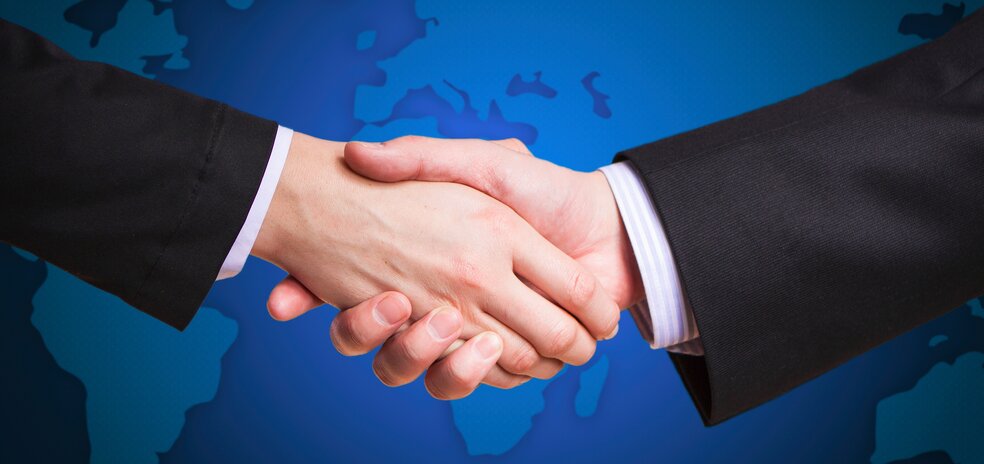
In 2010, the annual United Nations Climate Change Conference created an agreement stating that we, humans, should limit global warming to less than 2°C relative to preindustrial levels. They chose that number because the IPCC warned that if the global average temperature rose beyond 2°C, this will likely lead to “severe, wide-spread and irreversible impacts.” That is, it will likely trigger changes in our global climate that are beyond our control. The IPCC’s updated 2018 special report, “Global Warming of 1.5°C” made it clear, however, that it would be much wiser for the human species to keep global warming below a 1.5°C rise, as opposed to 2°. That report describes that even a 2°C rise can lead to disastrous consequences such as the extinction of over 99% of coral reefs, the triggering of an irreversible loss of the Greenland ice sheet and/or the collapse of the Antarctic ice sheet, and much more.
In 2016, our planet’s tribal leaders met in Paris to sign the most recent climate change “agreement.” This one was called the “Paris Agreement.” This is another non-binding agreement where each tribe that wants to participate can set their own goals and submit their own plan for how to lower emissions. This is basically a voluntary “pledge” and there are no penalties or enforcement mechanisms involved. The agreement urges humanity to keep the average global temperature from rising beyond 1.5°C above preindustrial levels.
According to the IPCC, such a goal is still achievable, but in order for us to avoid a rise above 1.5°C, humanity has to decrease carbon emissions by about 45% from 2010 levels by 2030 and reach net zero by 2050.17 From a technical perspective, we have the means to do this- we’ve already developed renewable energy, we know how to plant forests and we’ve developed negative emissions technologies. If we treated climate change as a global emergency, we could certainly solve this problem.
But what are the world’s tribes doing today?
Instead of planting forests, switching to renewable energy and heavily investing into negative emissions technologies, humans are instead cutting down forests at the rate of one football field per second and are planning to produce 120% more fossil fuels by 2030.
“All major fossil fuel-producing nations—including the United States, China, Russia, Saudi Arabia, India, Canada, and Australia—have ambitious plans to increase production.” (source)
Chinese companies plan to build more than 700 new coal plants around the world. The US plans to become the world’s largest oil producer by 2023 (source). Countries like Norway, Denmark, Canada, Russia, the US and France are fighting over the Arctic because the melting ice gives them new opportunities to find new oil and gas reserves and create new shipping and cruise ship routes in places that were previously frozen (source: 1, 2).
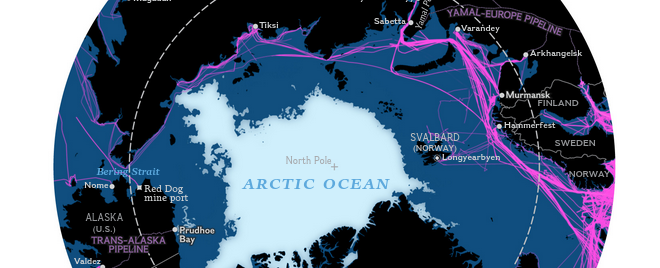
Meanwhile, the last decade (2010-2019) was the hottest on record and we’re on track to hit the 1.5°C mark somewhere between 2030 and 2052 (source). If “business as usual” continues, it’s likely that we will hit the 2°C mark well before 2100 and by the end of the century, we’ll be somewhere between 3.7 and 4.8°C above preindustrial levels (or up to 7.8°C if you include climate uncertainty).18
Millions of “young people” and “environmental activists” are screaming at their governments to do something about climate change, but somehow, “business as usual” overpowers their wishes.
It seems to have become “trendy” to protest for climate change and to “go green,” but somehow, every year, greenhouse gas emissions are higher than the year before, and the global average temperature continues to rise.

And it seems to me, that somehow, nobody seems to be asking the most important questions:
Why?
Why does this problem exist?!
Why are humans changing the Earth’s climate?
And why wont they stop?
You see, I don’t think we can solve such a big global problem unless we understand why it occurs in the first place. So let’s think about these questions.
Better yet, let’s try to access this situation from an outsider’s point of view. Let’s pretend, for a moment, that an alien from a distant planet came over to Earth and observed the current situation.
Just for fun, let’s pretend that an alien could have a conversation with a human. It might go something like this:
Alien: “Hey, humans! I see you’re heading into some trouble! What’s causing this climate change problem? Is it your sun? Is it another alien? Is it the trees? Or some weird disease?!”
Human: “No, no, it’s not the sun, aliens, trees or a disease. Actually, it’s us, humans, that are causing climate change”
Alien: “Well that’s silly! What’s causing you humans to do this?”
Human: “We started burning fossil fuels a couple of hundred years ago, when we realized that it helped improve our lives. Fossil fuels provided us with energy, powered all kinds of machines, allowed us to make really cool gadgets, cars, even airplanes!”
Alien: “So you humans haven’t figured out any other way to provide energy for your civilization?”
Human: “No, actually, we’ve created many alternative energy sources: solar, wind, geothermal, tidal, wave, and more… But it’s complicated, you see, throughout all of these years we’ve created an entire economy based on fossil fuels and that makes it really hard to switch to the renewable energy sources.”
Alien: “What’s an economy?”
Human: “Well, you know, it’s how we humans have organized ourselves on this planet. We have 7.8 billion people on Earth and they all need food, water, shelter, healthcare, clothes and a number of other things like phones and cars. Some people grow food and then trade it for money. Then they take this money and trade it for something else like clothes or electronics. Someone else sells oil, sews clothes, fabricates cars, does computer work or whatever else, and in return, they get money (that’s called “work” or a “job”), then they trade this money for other things like food, housing, cars, petrol, etc.”
Alien: “So your entire “economy” is based on trades?”
Human: “Yes, basically, you can’t really live inside of a house unless you trade money for living there. You can’t ride a bus or own a car unless you trade money for it. You can’t even eat unless you trade for the food. That’s how the economy works.”
Alien: “Why do you guys do this? Is there not enough food, homes, transportation, clothes or the other stuff that you need?”
Human: “Oh no, actually, we have more than enough of almost everything. We throw away 25-30% of the food that we produce, we have more empty houses than homeless people, we have an abundance of clothes, gadgets, cars, almost everything! But we don’t have access to this stuff unless we trade for it. And unfortunately, a few wealthy companies and people own and control most of the stuff that gets traded, and the rest barely have enough. Those guys have a lot of power, and some of them control the fossil fuel industries. They don’t want the world to switch to renewable energy because they want to continue to sell fossil fuels so that they can continue to get more and more money. Unfortunately, governments are also a part of this mess because they also want to have more money, and the more money the fossil fuel industries in their country make, the more money they will be able to have, and the better that country’s economy will be. ”
Alien: “Sorry if I missed this question, but what is money, exactly?”
Human: “It’s just some paper that we use to represent how much the stuff we trade is worth”
Alien: “That sounds quite stupid to be honest. You have enough resources for your entire population to live well, but you trade with each other for these resources and because of that you allow only a few humans to control them?
Human: “Yes, basically…”
Alien: “You have developed the technology to stop climate change, but those that control most of the resources don’t want to switch to it because they’ll lose this thing called “money”?”
Human: “Yeah…”
Alien: “Well, it sounds like you need to organize yourselves in a smarter way. I mean, it sounds like the point of your “economy” is just to make more and more “money,” not to solve problems. Actually, that seems to be getting in the way of you being able to solve problems. If you people care more about making “money” than you do about climate change, then how could you ever expect to solve climate change?
Human: “I don’t know.”
Alien: “Maybe you should figure out a way to make “money” irrelevant. If you already have an abundance of resources, then you don’t need to trade them. If you don’t trade anything, then you won’t need to use “money” or organize yourselves through this kind of “economy.” If you don’t organize yourselves through this kind of trade-based “economy,” then those “powerful” humans will be made irrelevant, and maybe then, you’ll be able to make decisions based on science, instead of making decisions based on who makes more and more “money.””
Human: “Well, that’s a pretty bold statement, Alien. How could we possibly do that?”
Alien: “The only advice I can give to you right now is to stop trading with each other. If you have an abundance of resources, then you don’t need to trade them.”
Human: “But how can we just “stop trading?!””
Alien: “I don’t know. I’m not your God, I’m just an alien. Try making trade-free stuff and tell the rest of your fellow humans to do the same.”
Human: “What do you mean make trade-free stuff?”
Alien: “You humans need to have access to the resources on your planet. Right now, the only way you can get access to resources is by trading money (or something else) for them. – That’s what needs to change: the need to trade.
So if you at least tell the other humans that “the need to trade” is a problem, then maybe some humans will try to fix this problem. Maybe some humans will make trade-free food, trade-free housing, healthcare, information, transportation, books, videos, gadgets, computer software, whatever else you need. If you do this on a massive scale, you would change the structure of your society.
Or maybe some humans would try to fix this problem some other way that I haven’t even thought of. What I am quite sure of though, is that you humans won’t fix your problems if you don’t understand them in the first place- and that’s where you seem to be at now.”
Human: “OK, alien. So what’s the first step then?”
Alien: “The first step is to understand the problem”
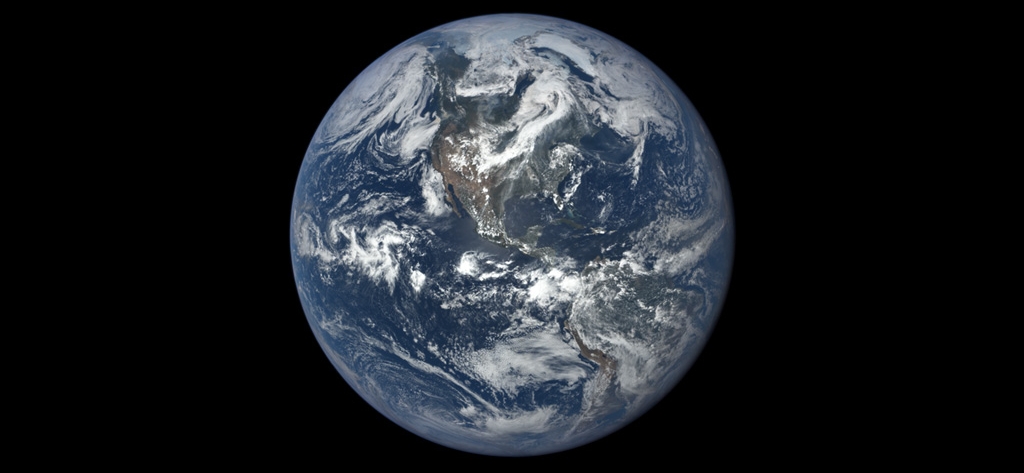
My Bottom Line:
You cannot treat climate change as if it is a problem that’s separate from the structure of our society, because climate change is just a byproduct of our unsustainable system.
When our system is based on profiting from an infinite amount of resources, yet we live on a planet of finite resources, it is inevitable that we will create waste, pollution, destruction, inequality, and a ton of other problems like climate change. If people are incentivized (with billions of dollars) to extract and burn fossil fuels, they will do that regardless of the cost that future generations will face.
Out of all of my years of traveling and learning about the world and its problems, I’ve only ran into a few groups that regard problems such as climate change from a truly global and holistic point of view.
These groups include: the Venus Project, the Zeitgeist Movement and TROM.
The Venus Project (TVP), created by Jacque Fresco, depicts an idea, or a vision for a world without the use of money, barter or servitude of any kind (so basically, without the need to trade). However, as I explained in this blog, this vision should be taken as inspiration, and as an idea to learn from, not as something that we can simply “implement” in the next few years.
TROM is a project that decided to take a different approach: rather than creating a vision for a new world, TROM aims to analyze the current system, understand the problem of the structure of our society, and take small steps to try to tackle it. As I explained in the dialogue above, we narrowed this problem down to “the need to trade” and explain this idea in detail through books, videos, podcasts and more.
If you’d like to learn more about this direction you can read the following e-books and visit TROMsite.com.
